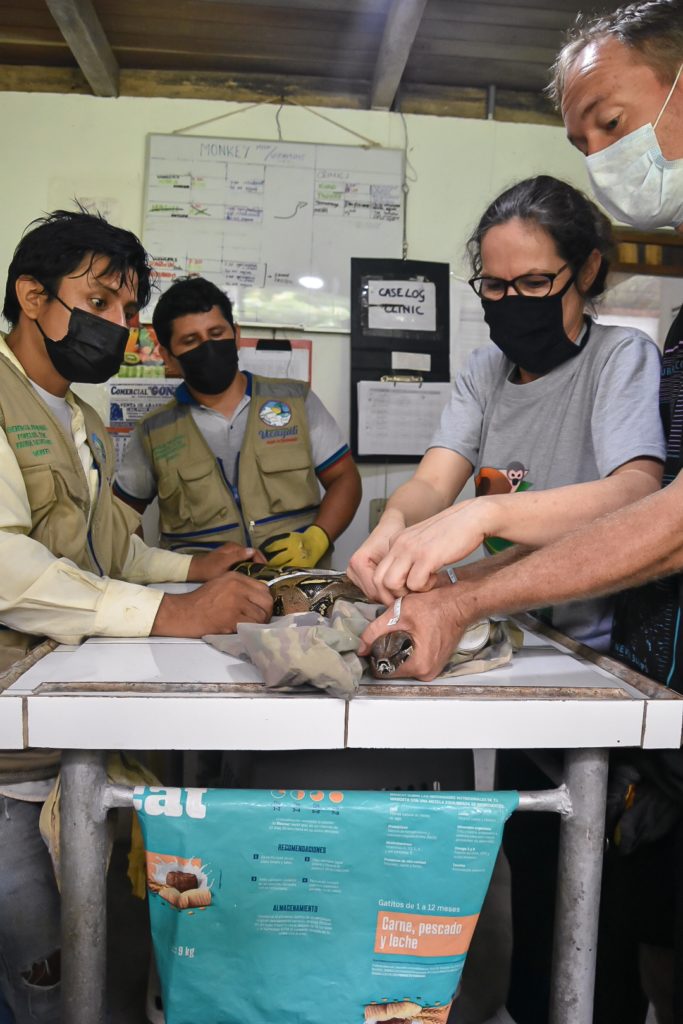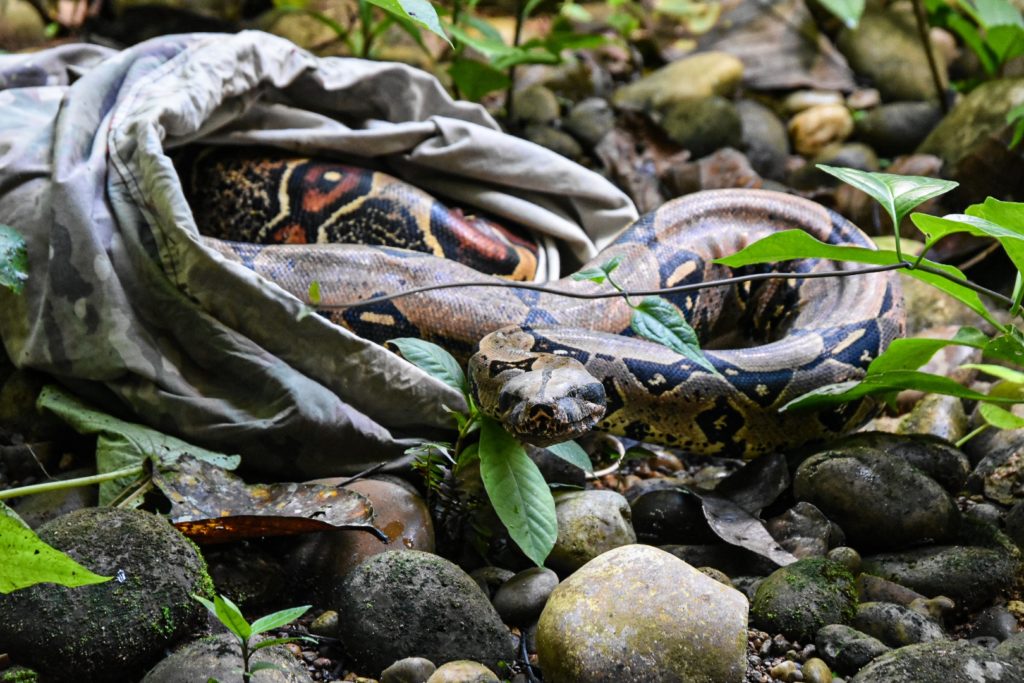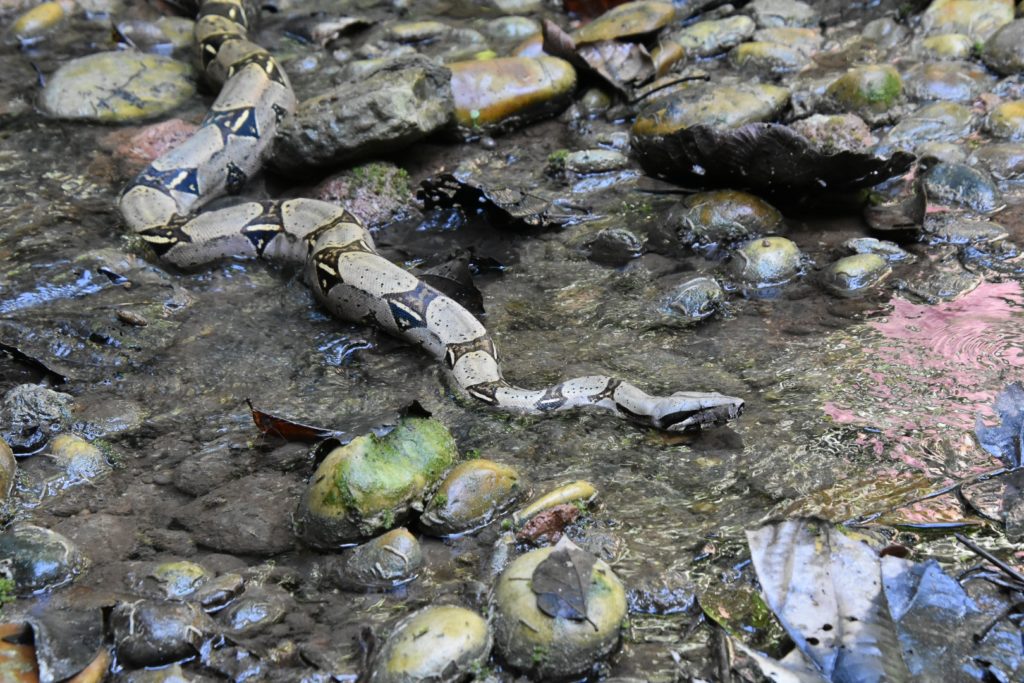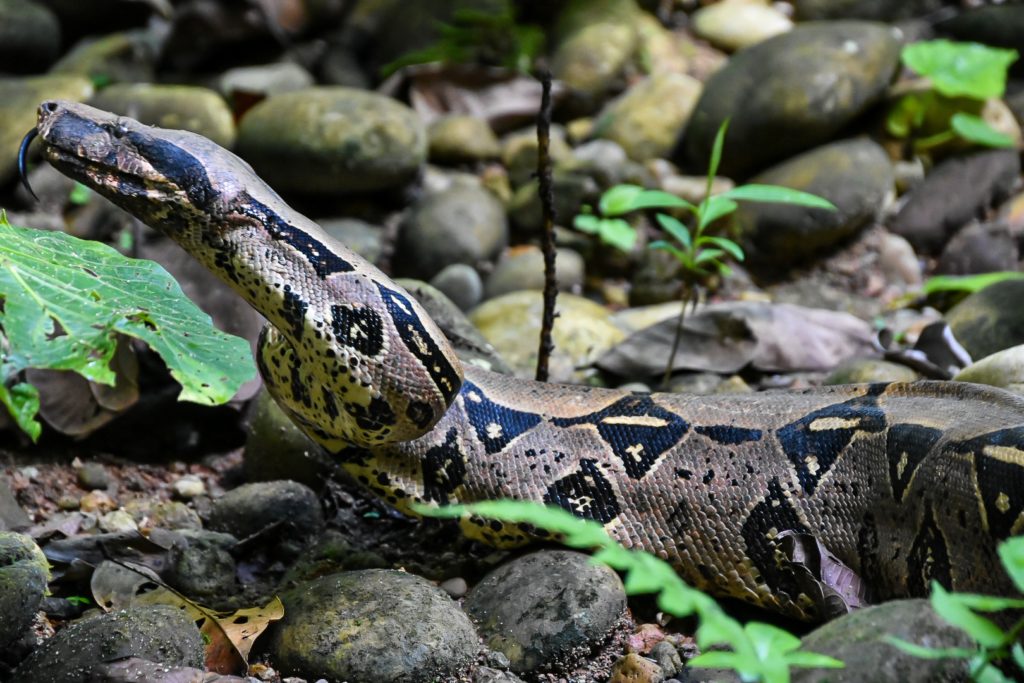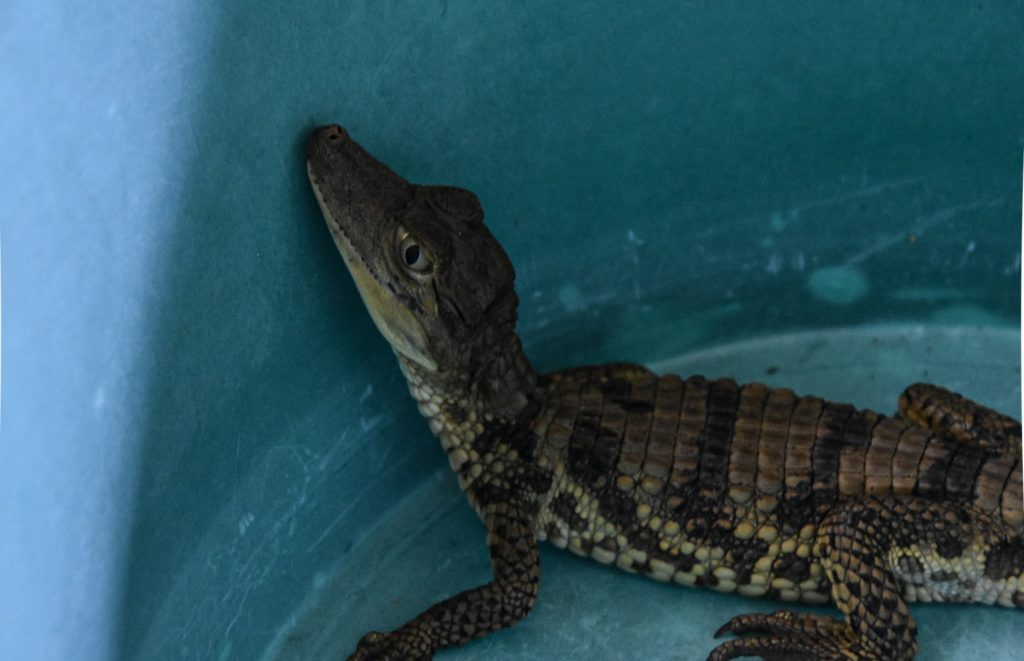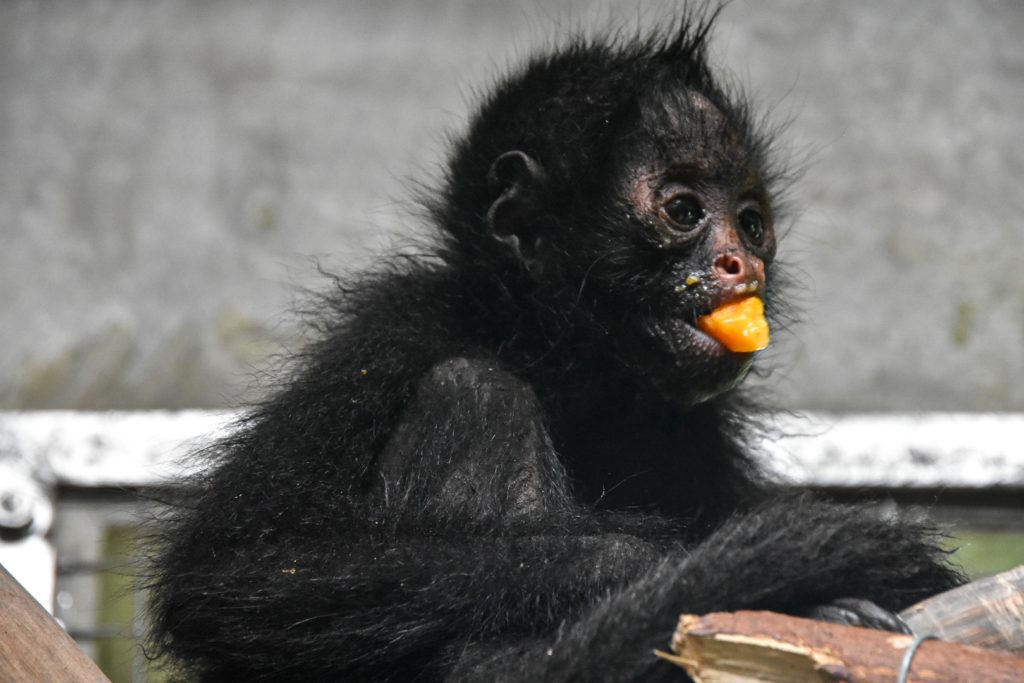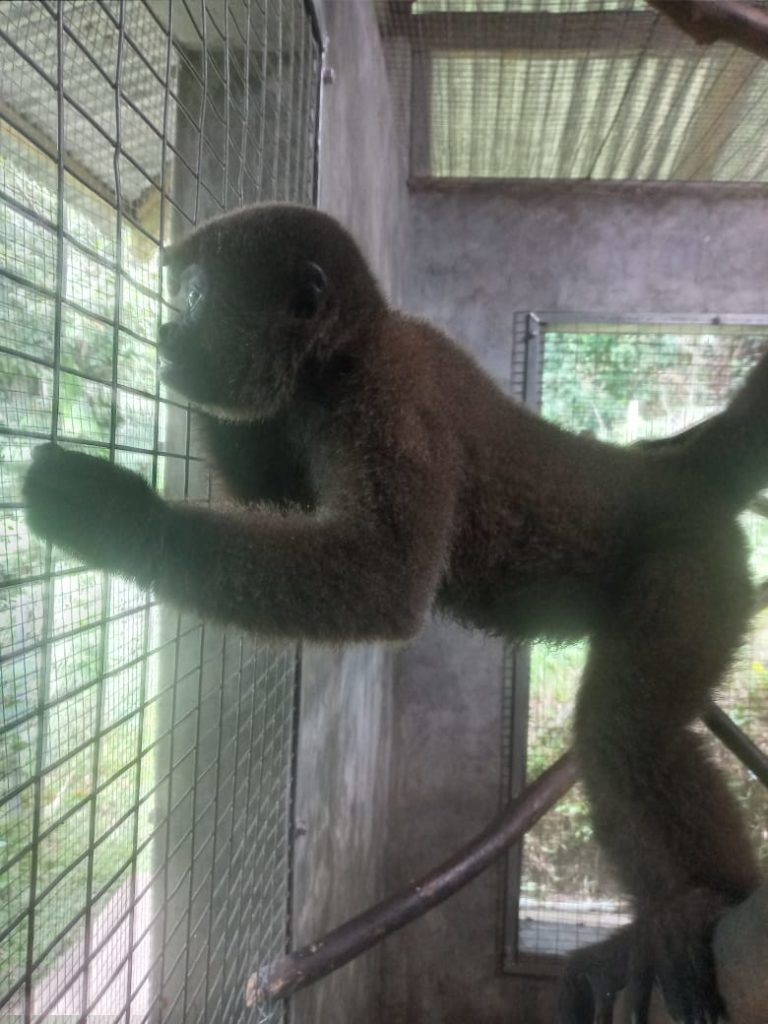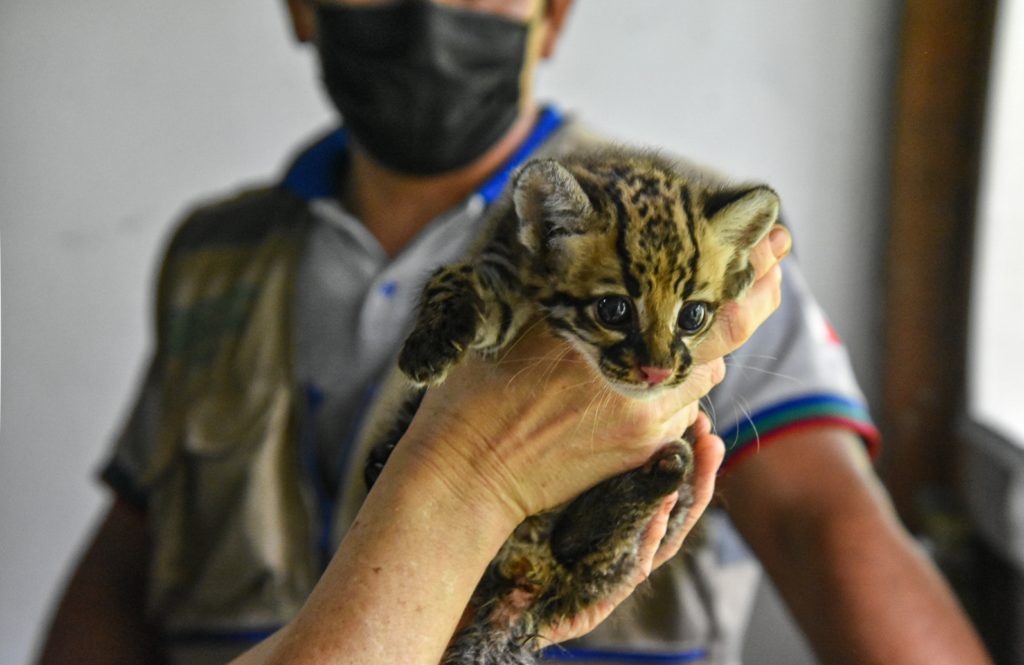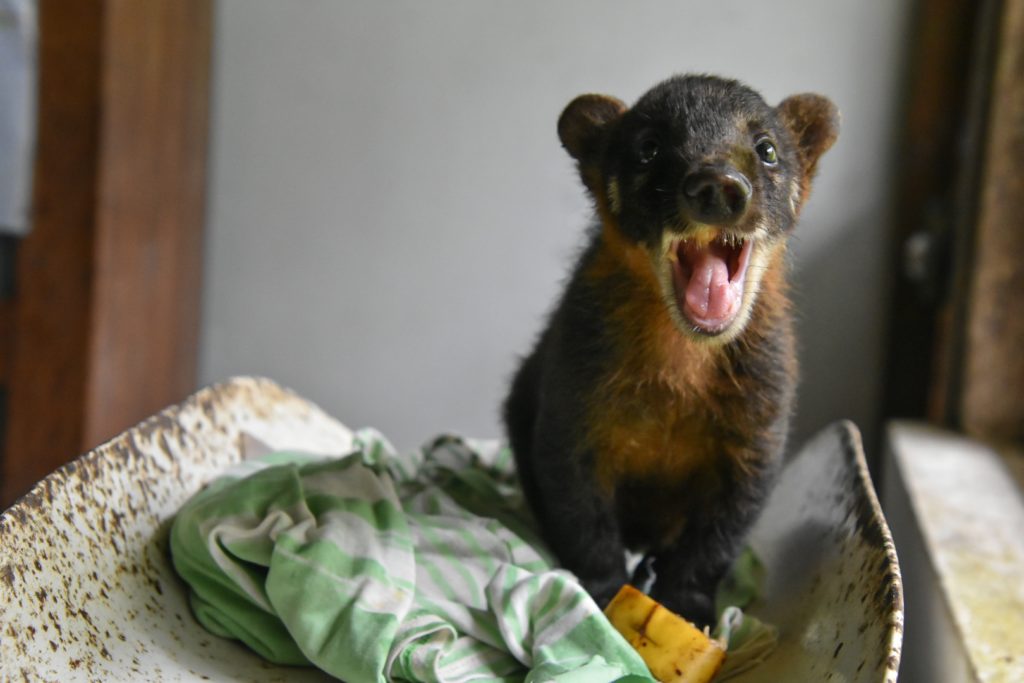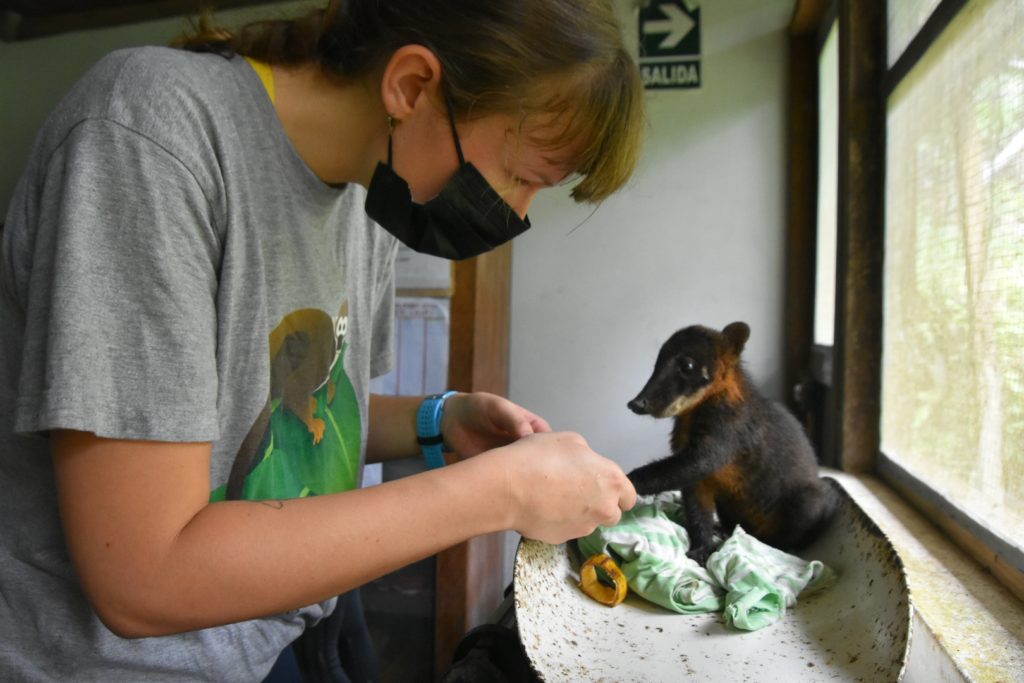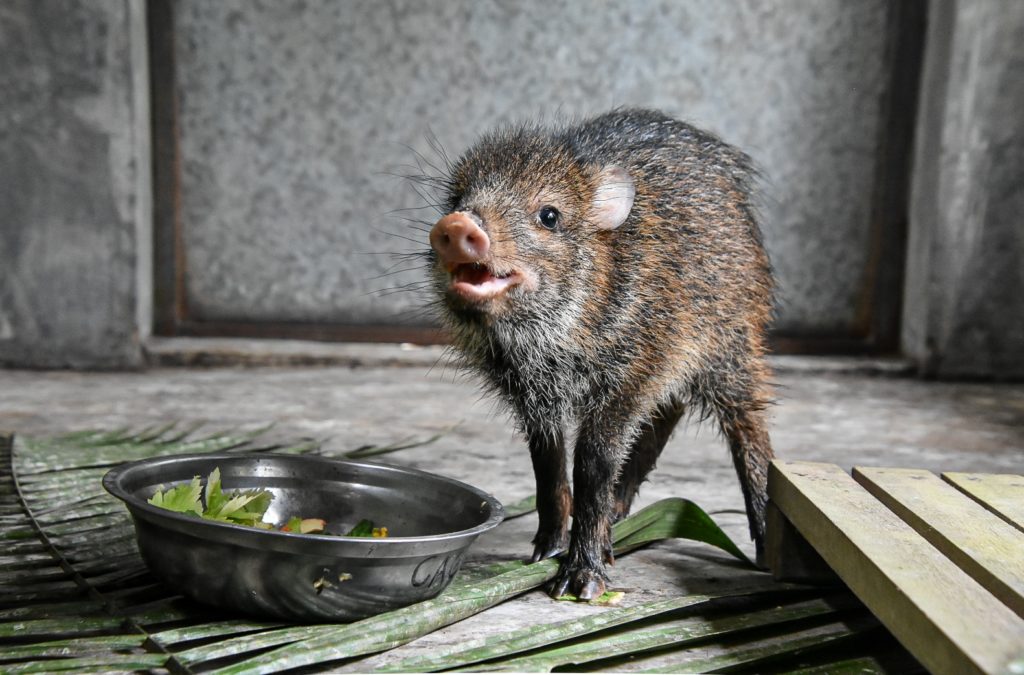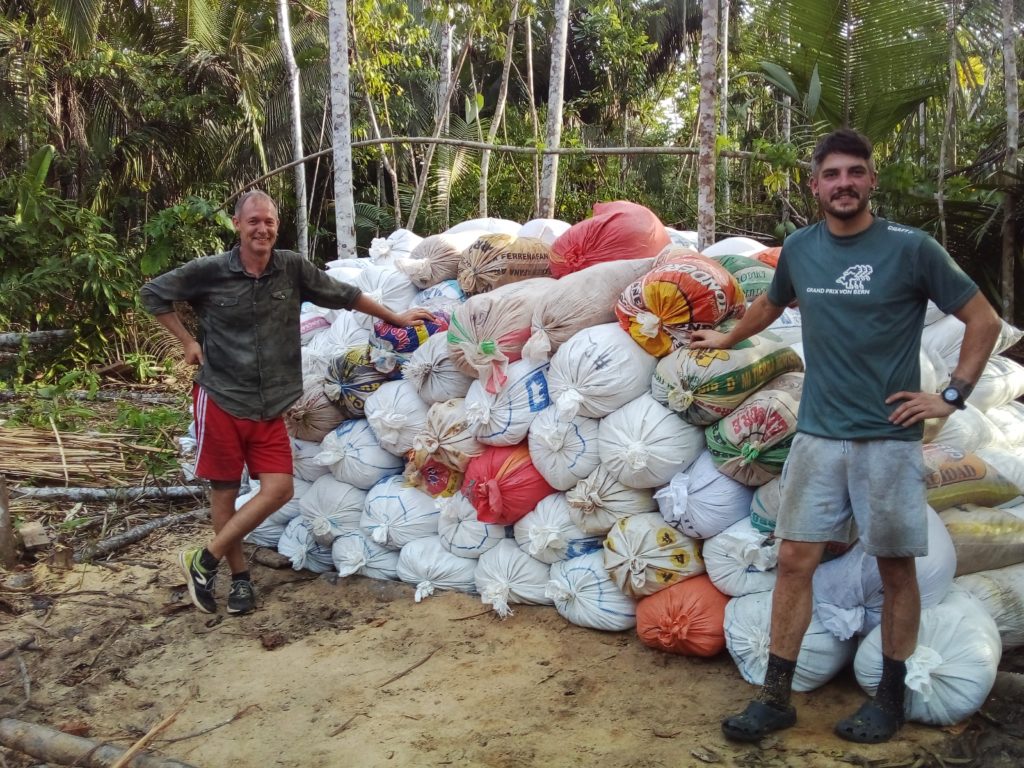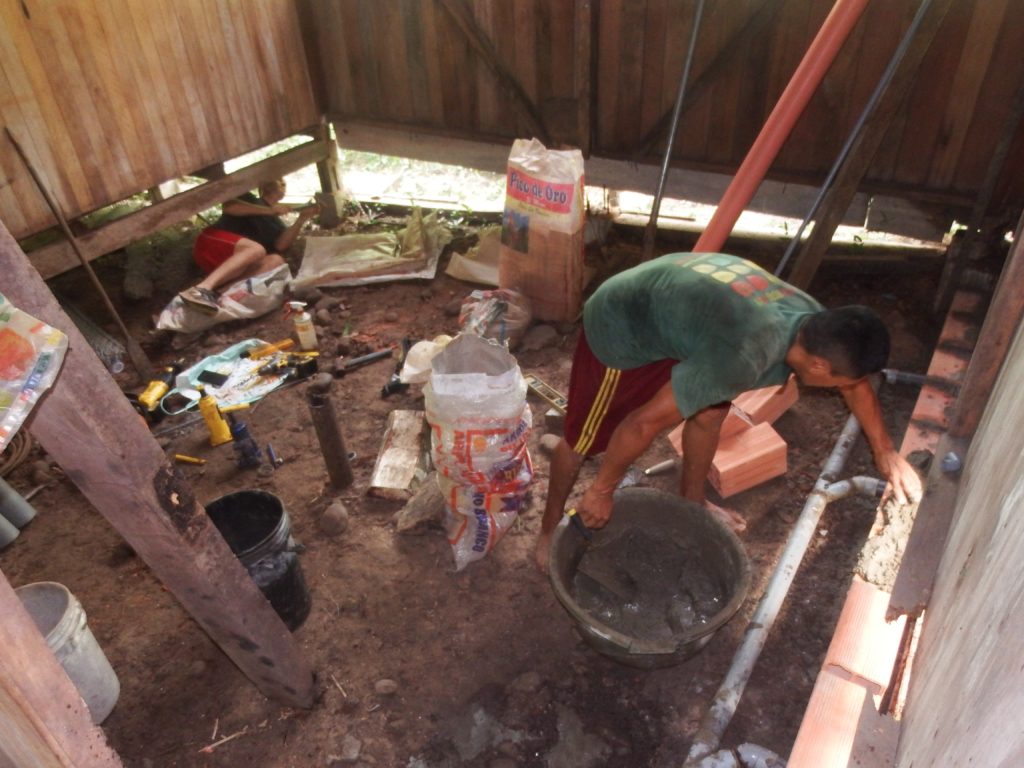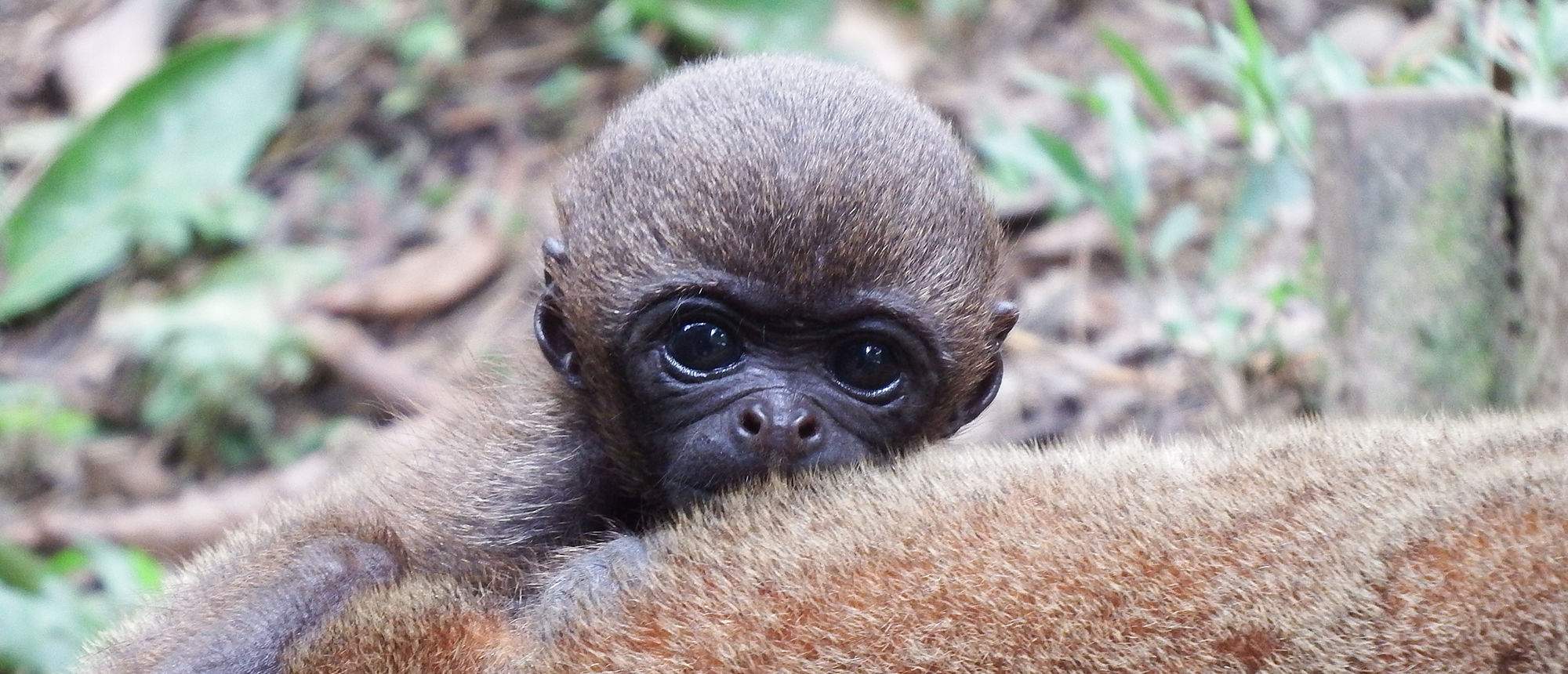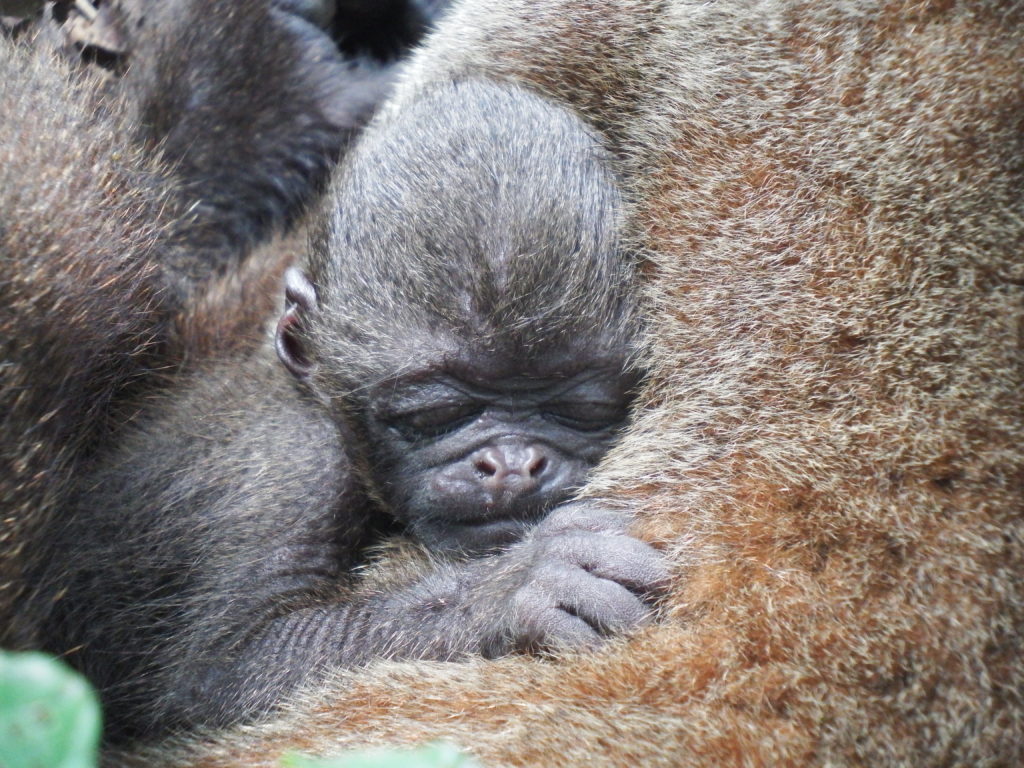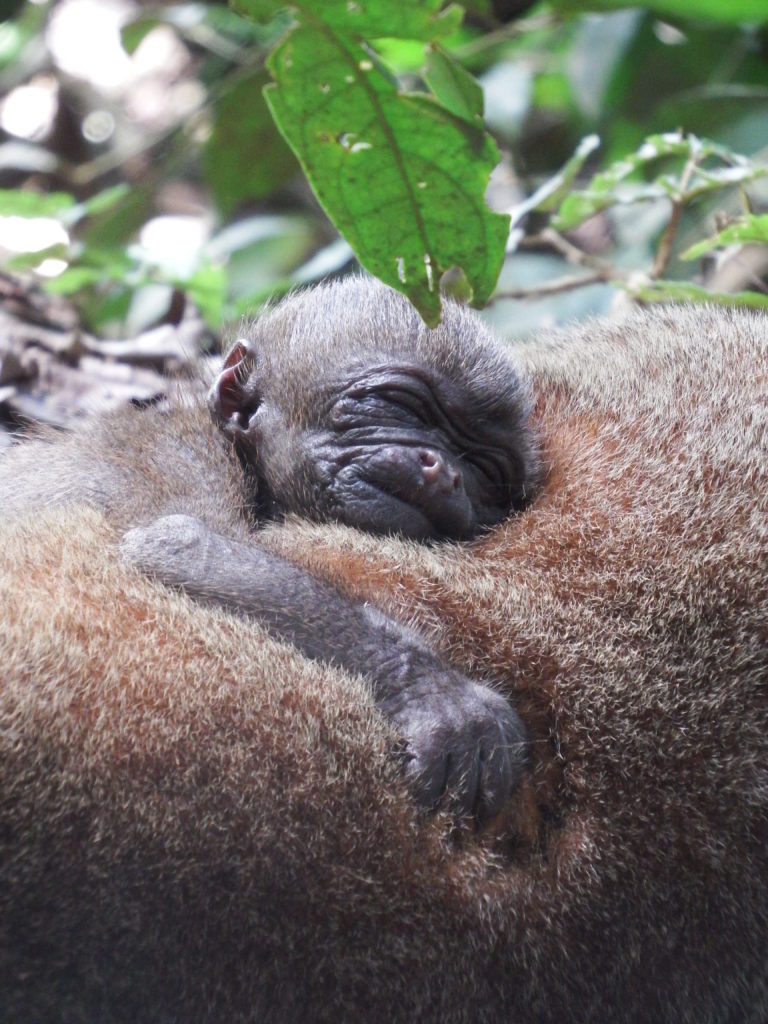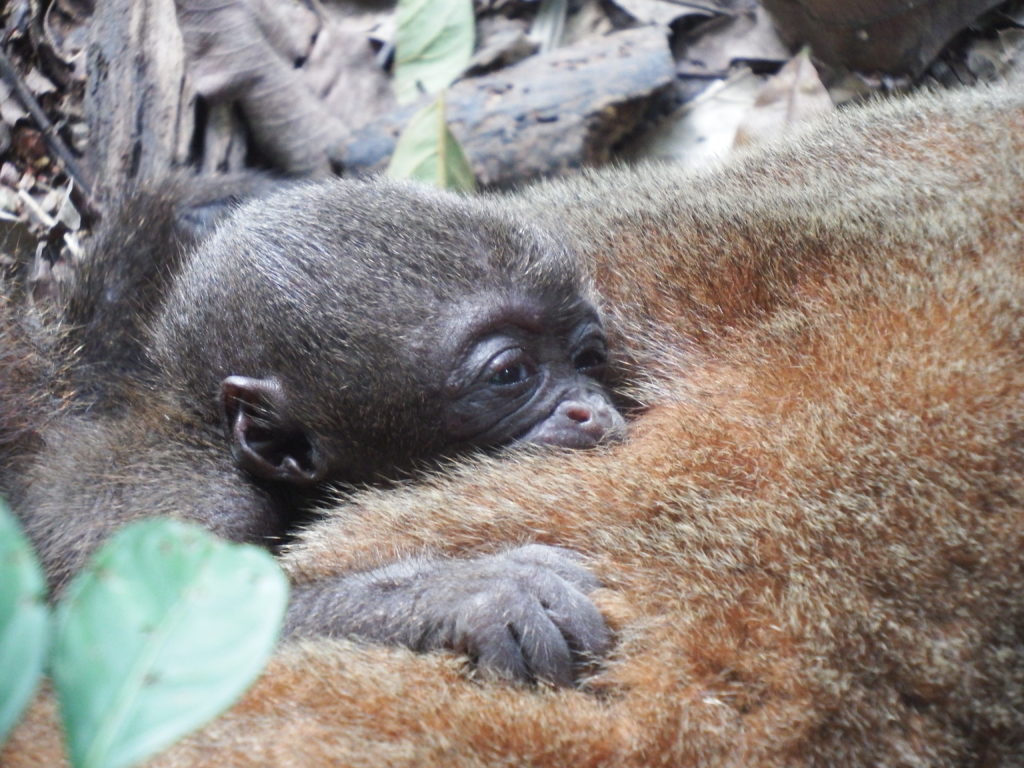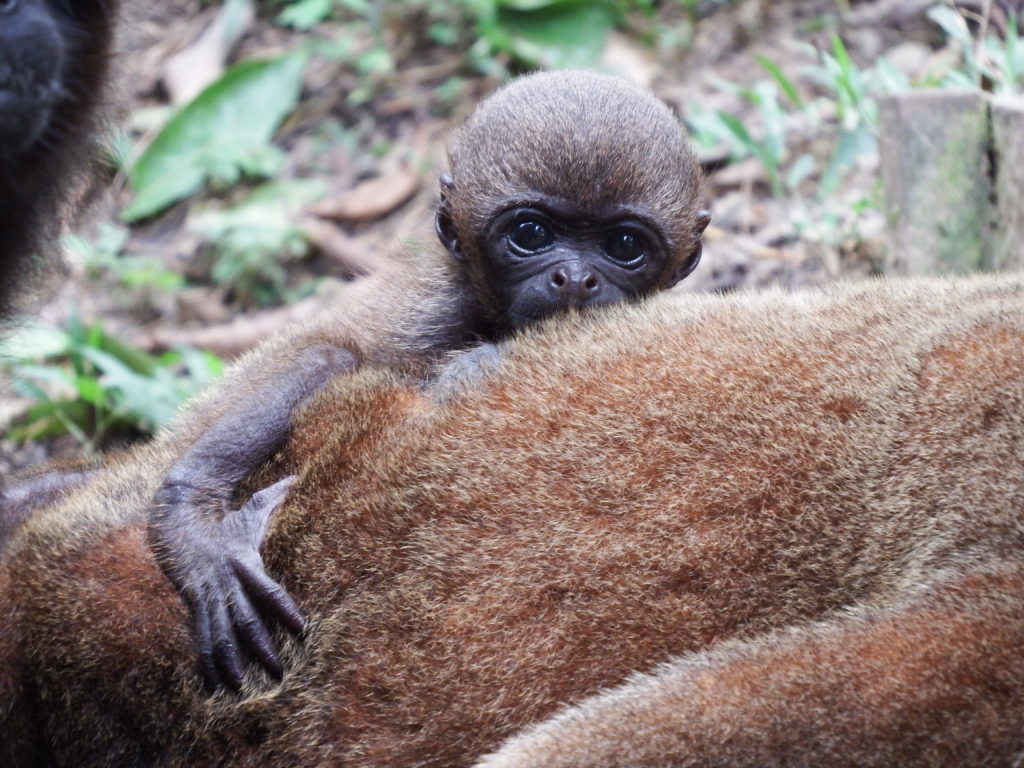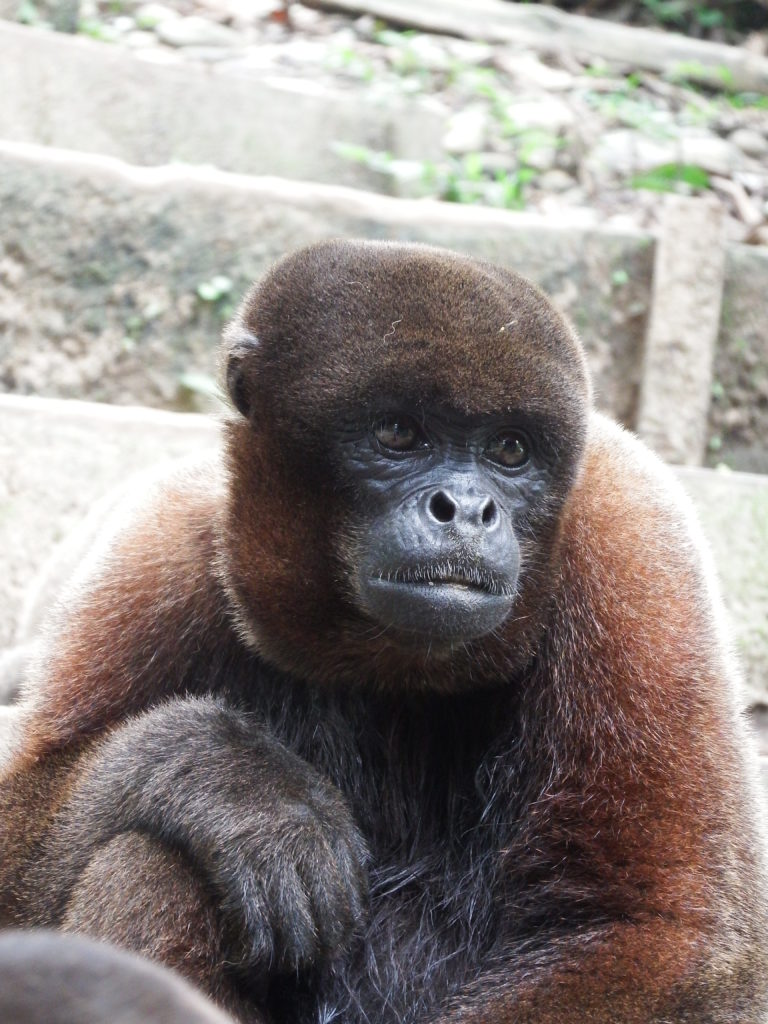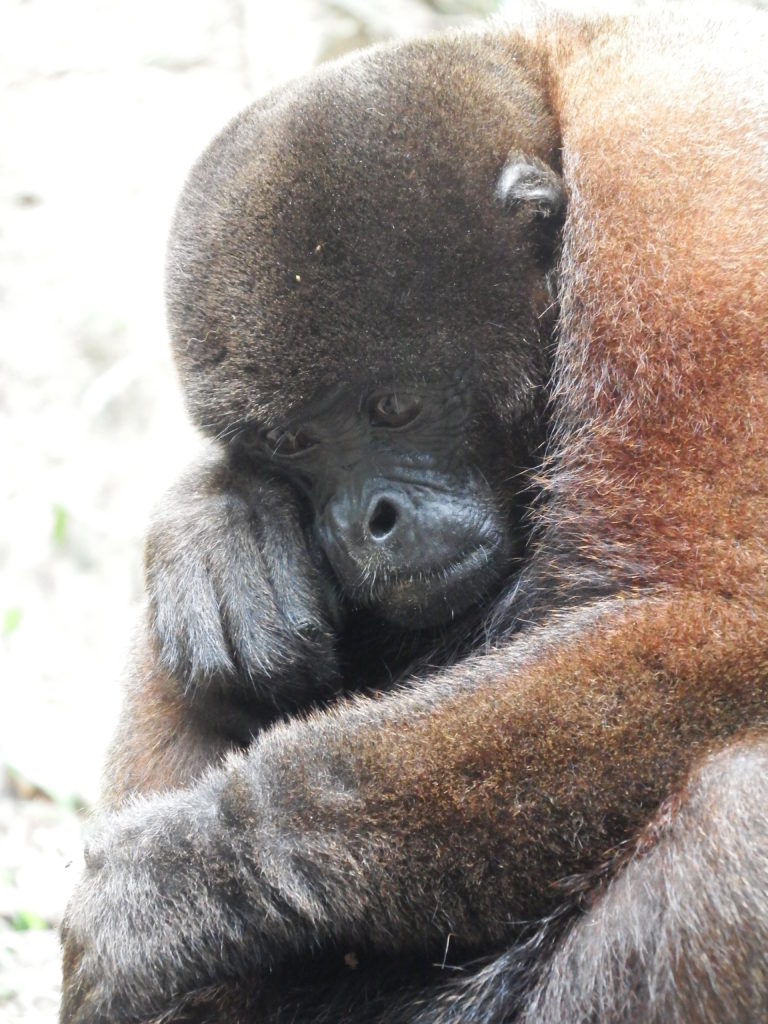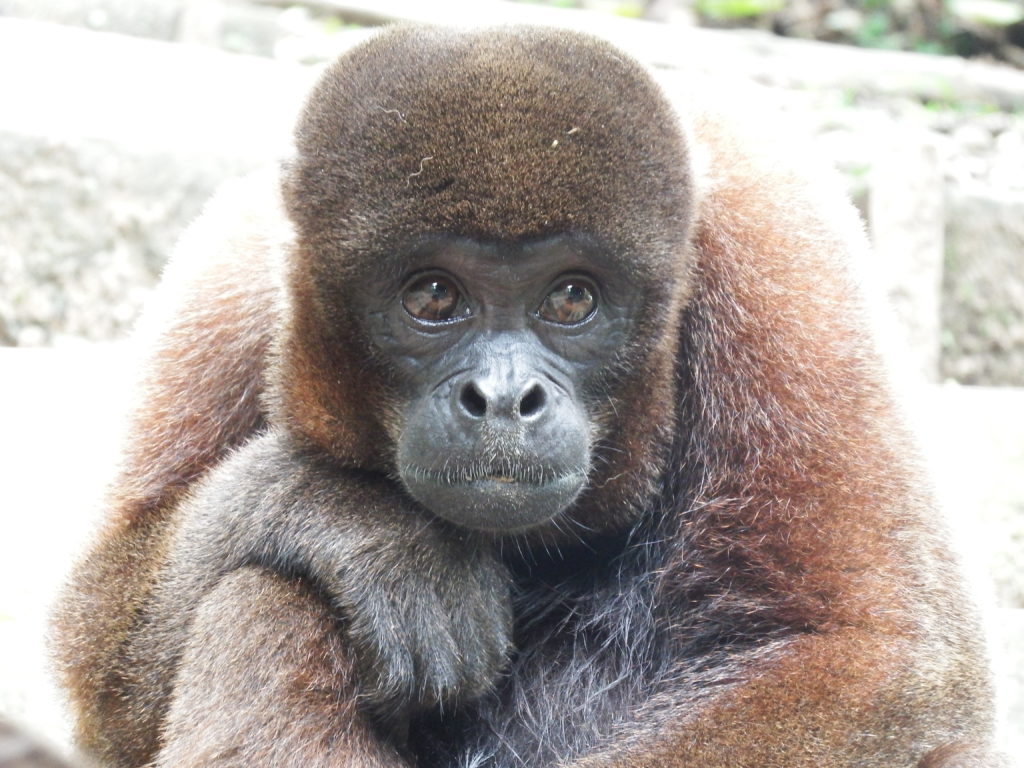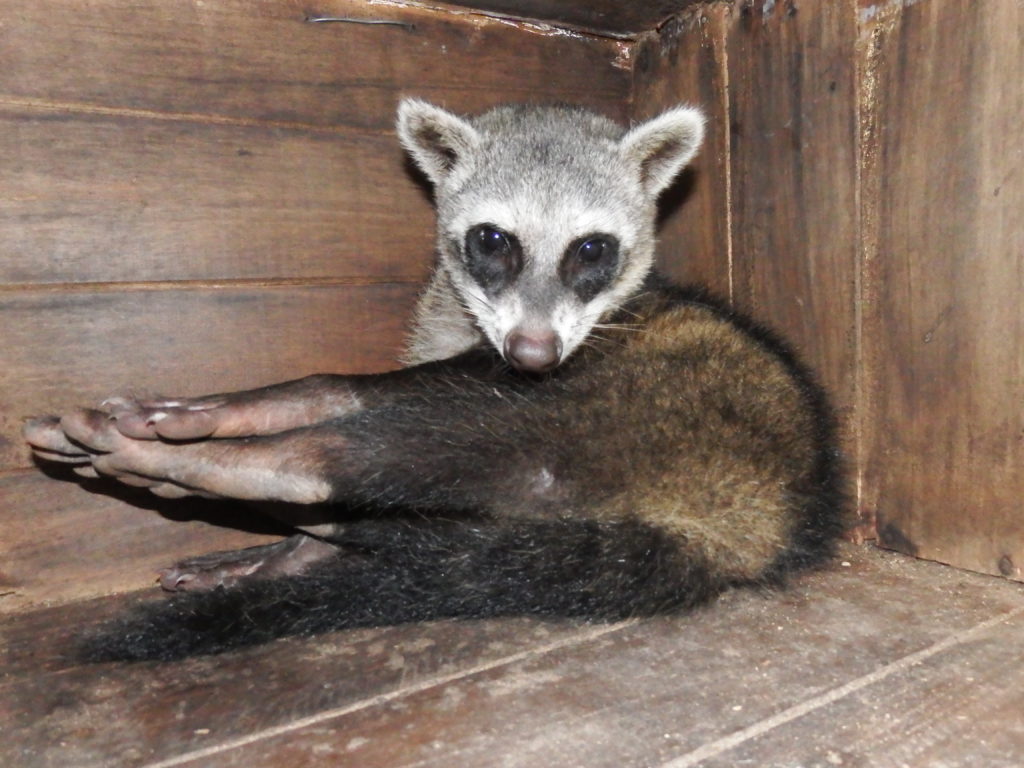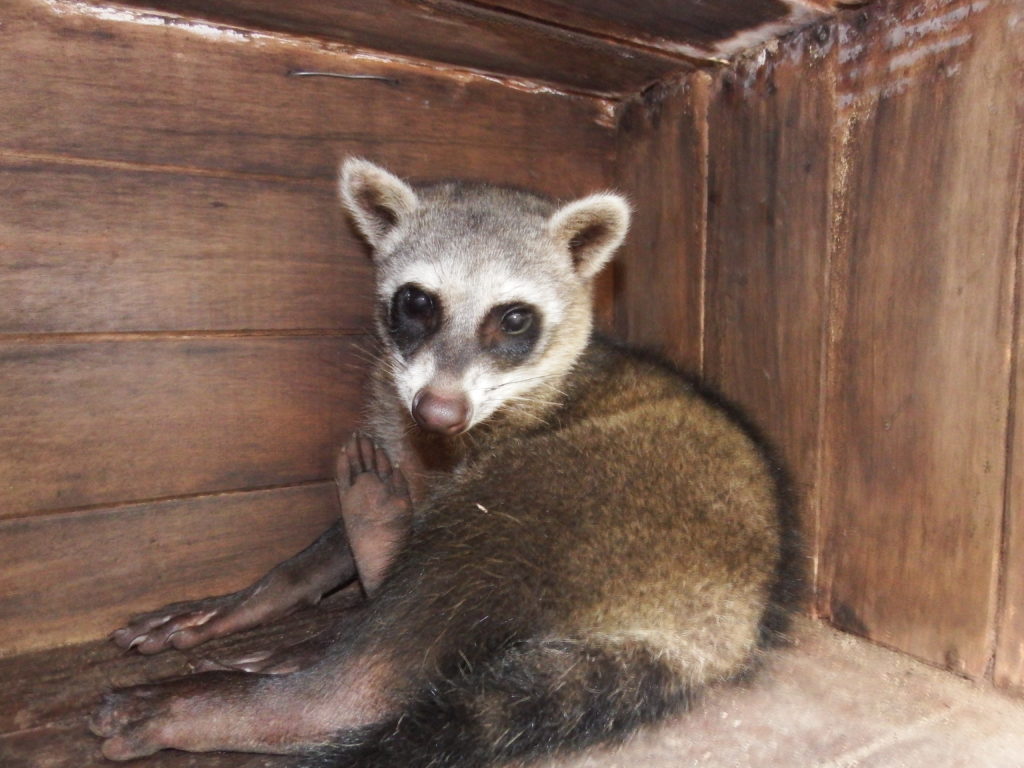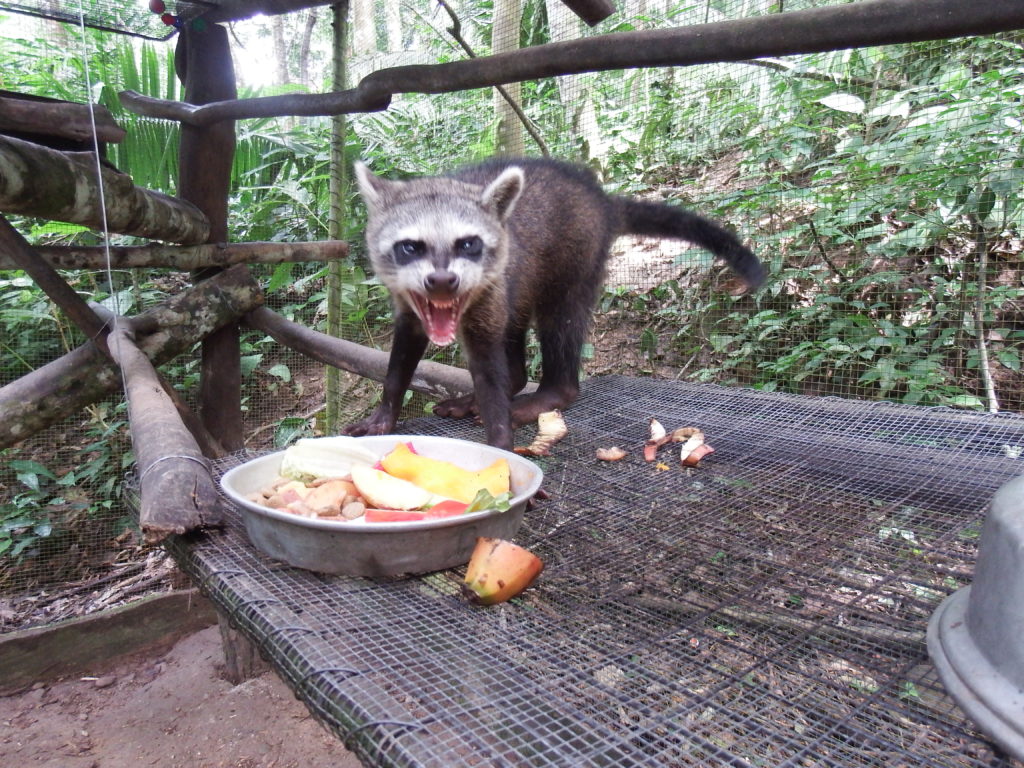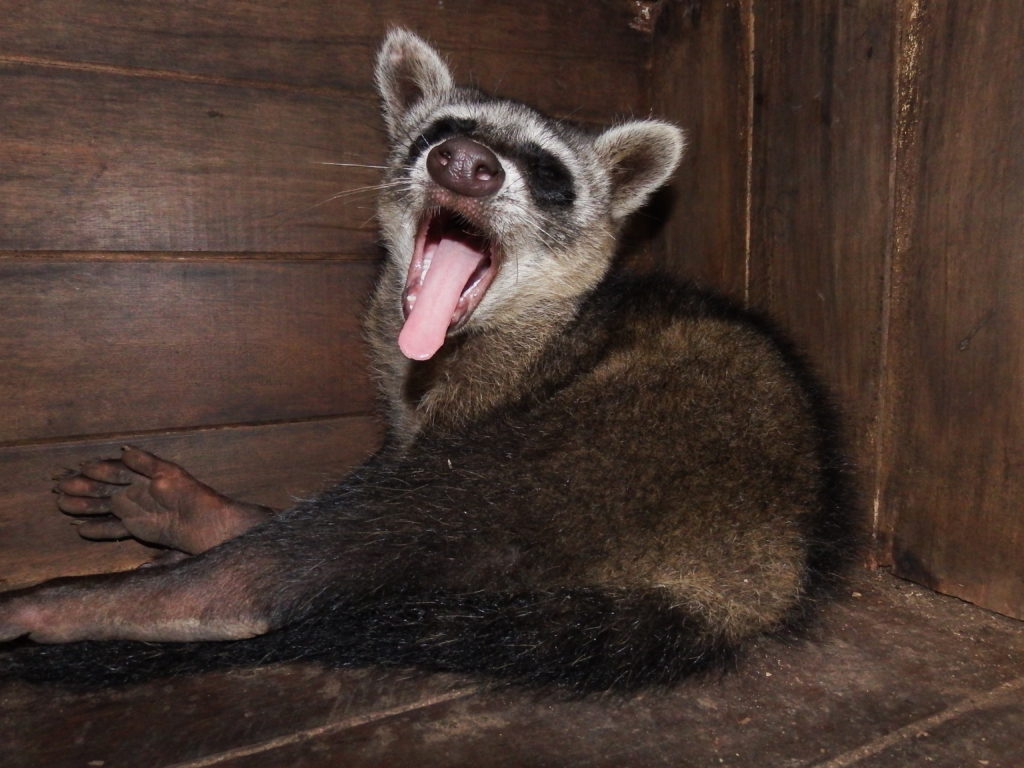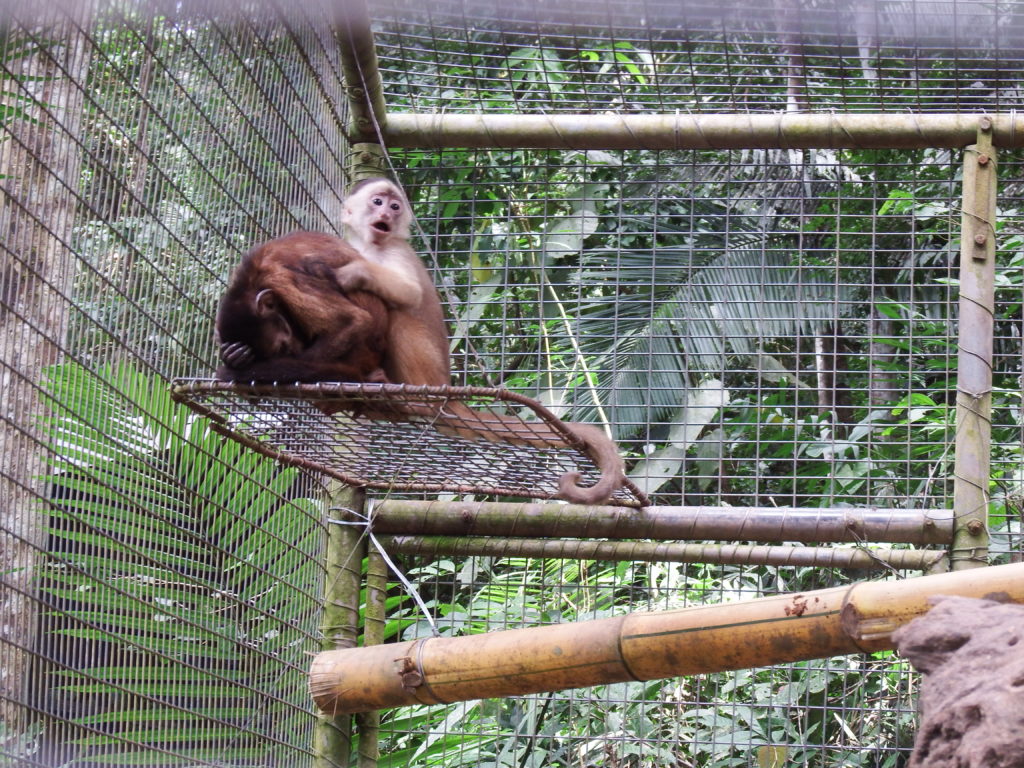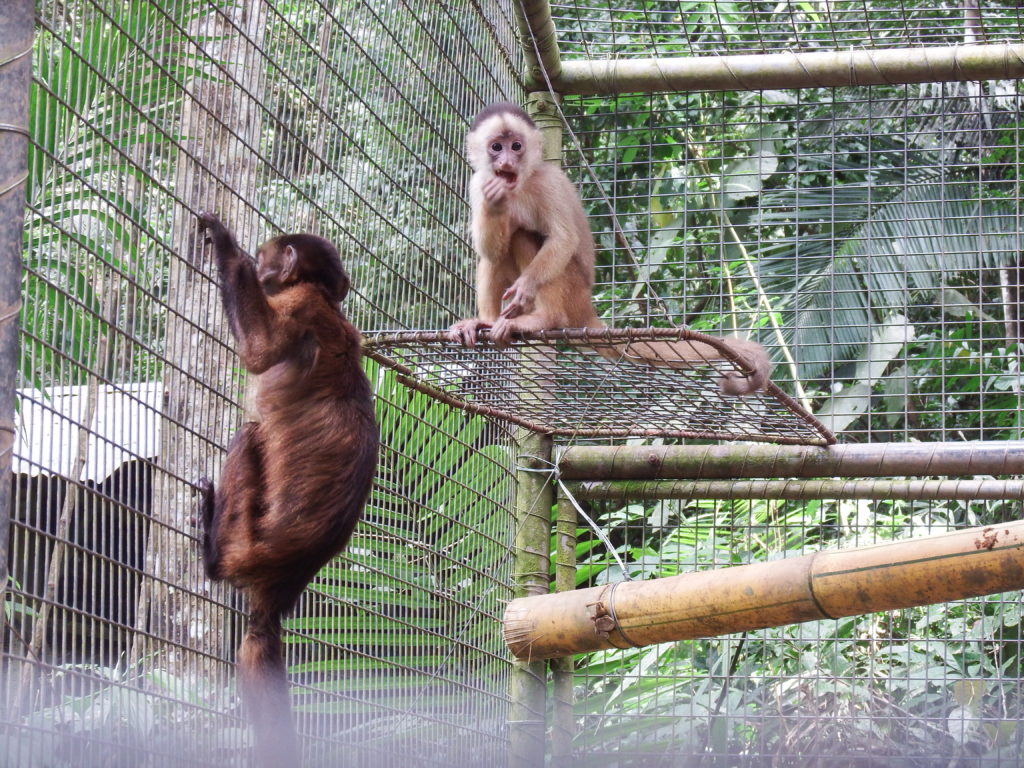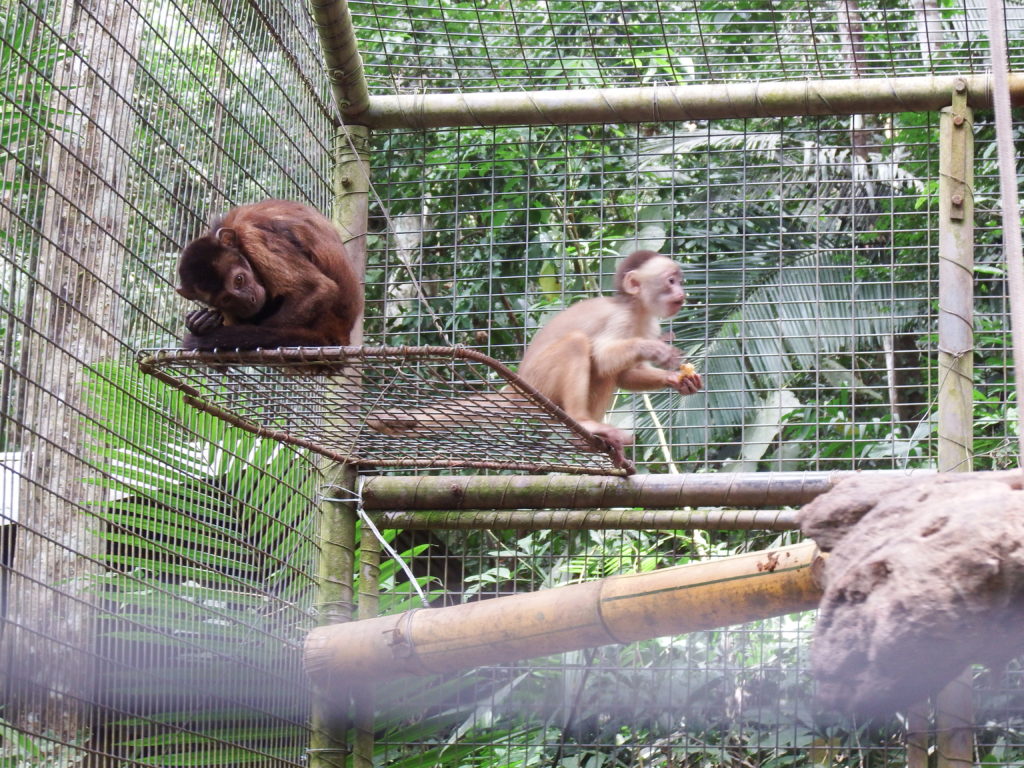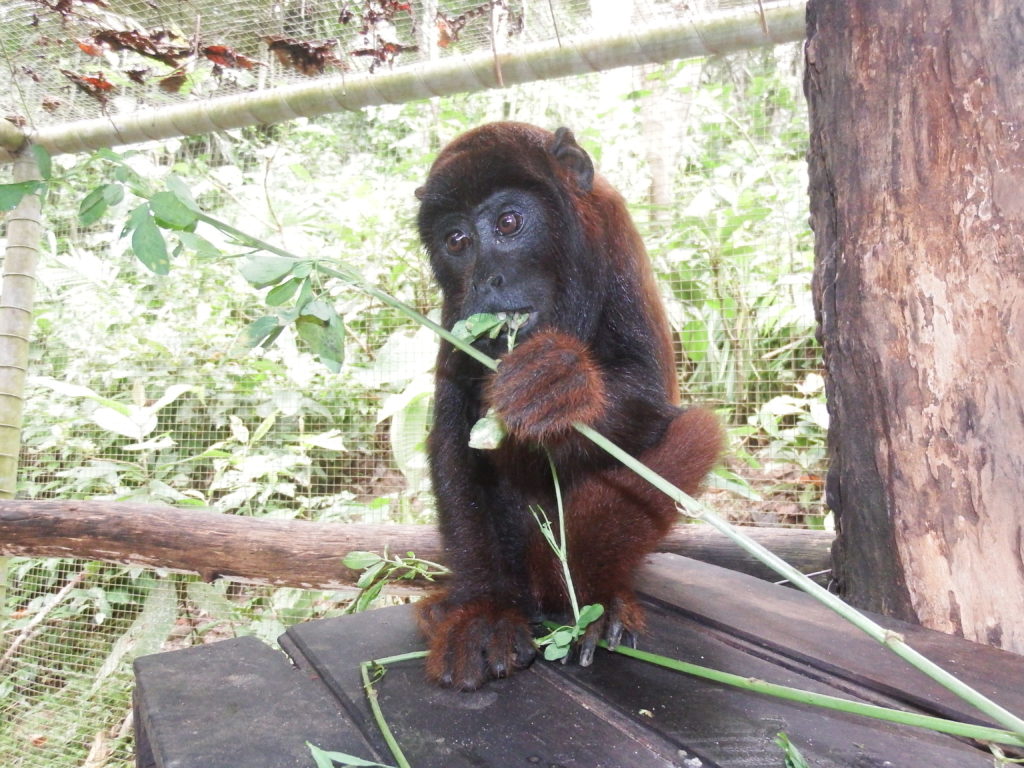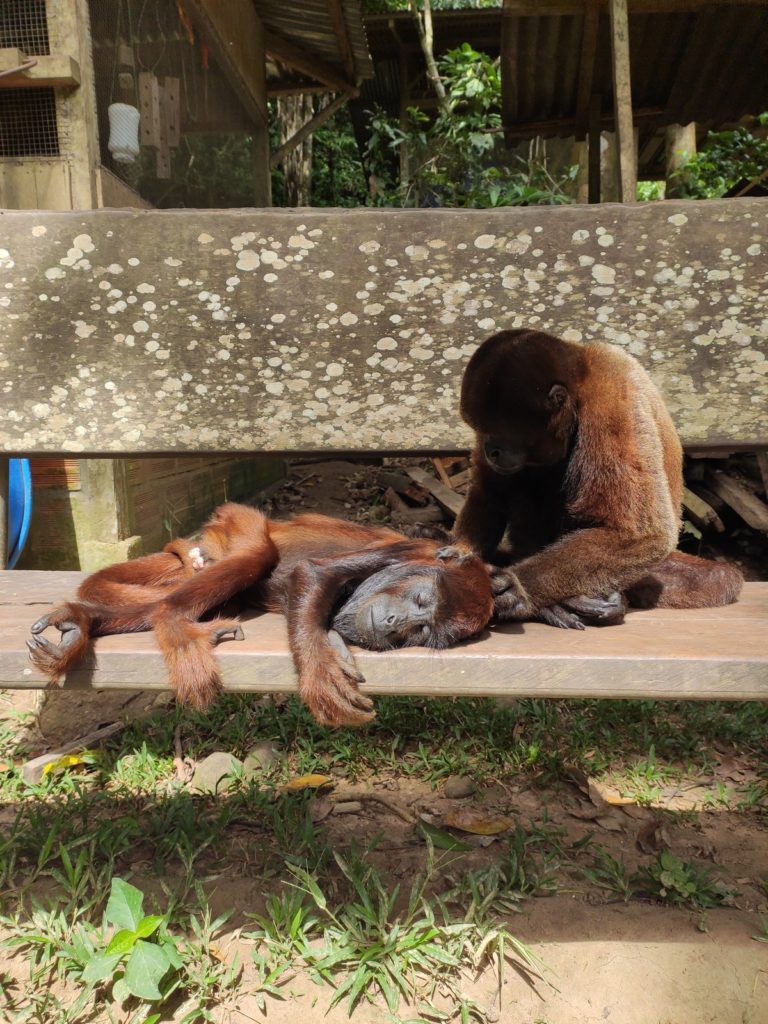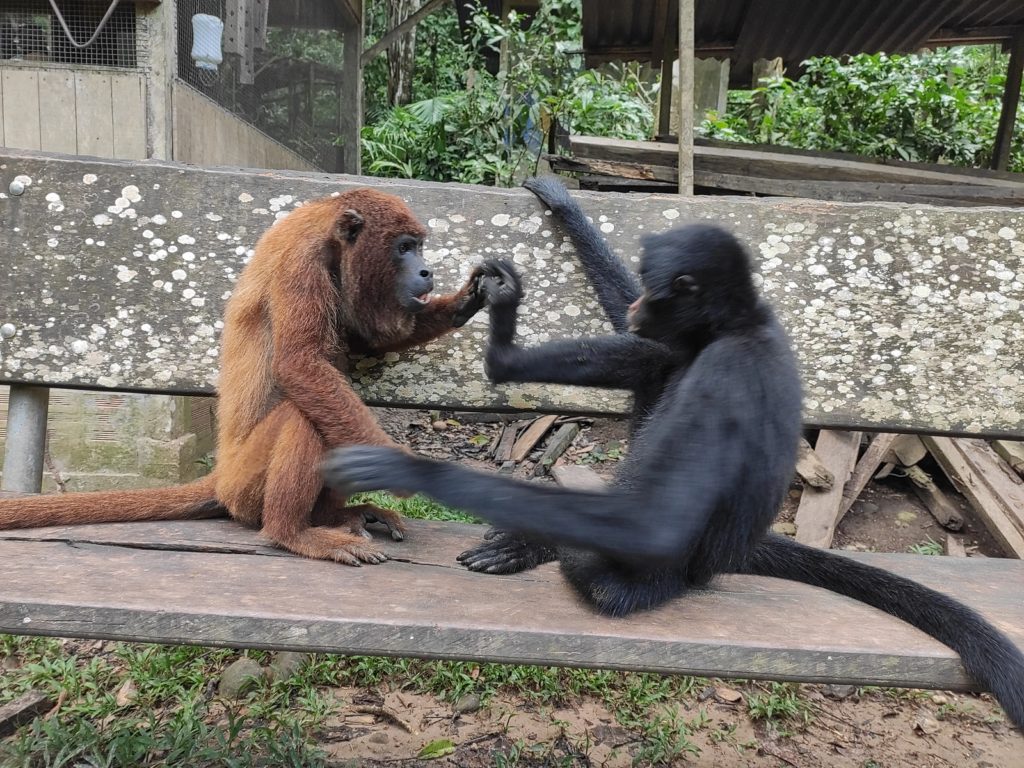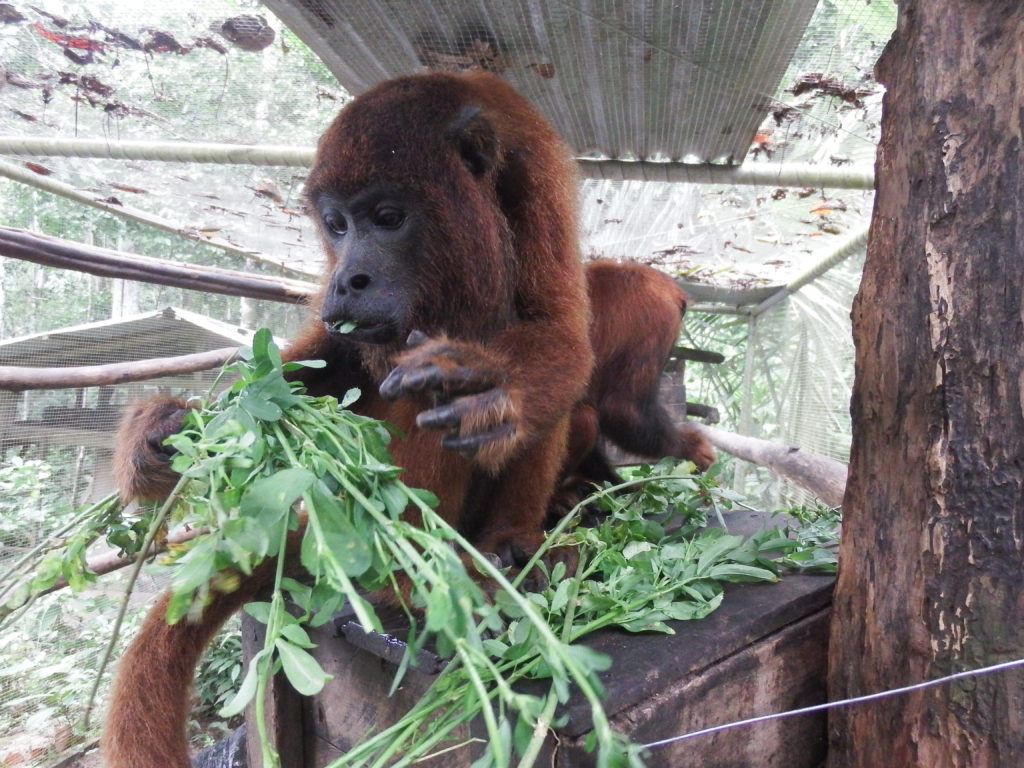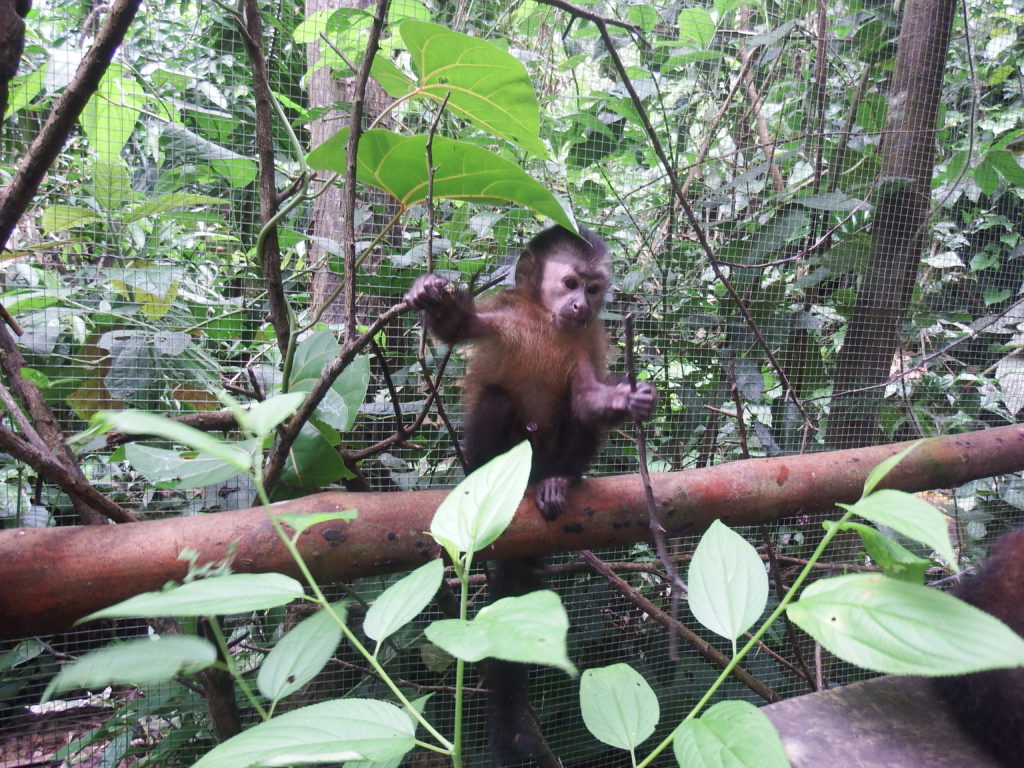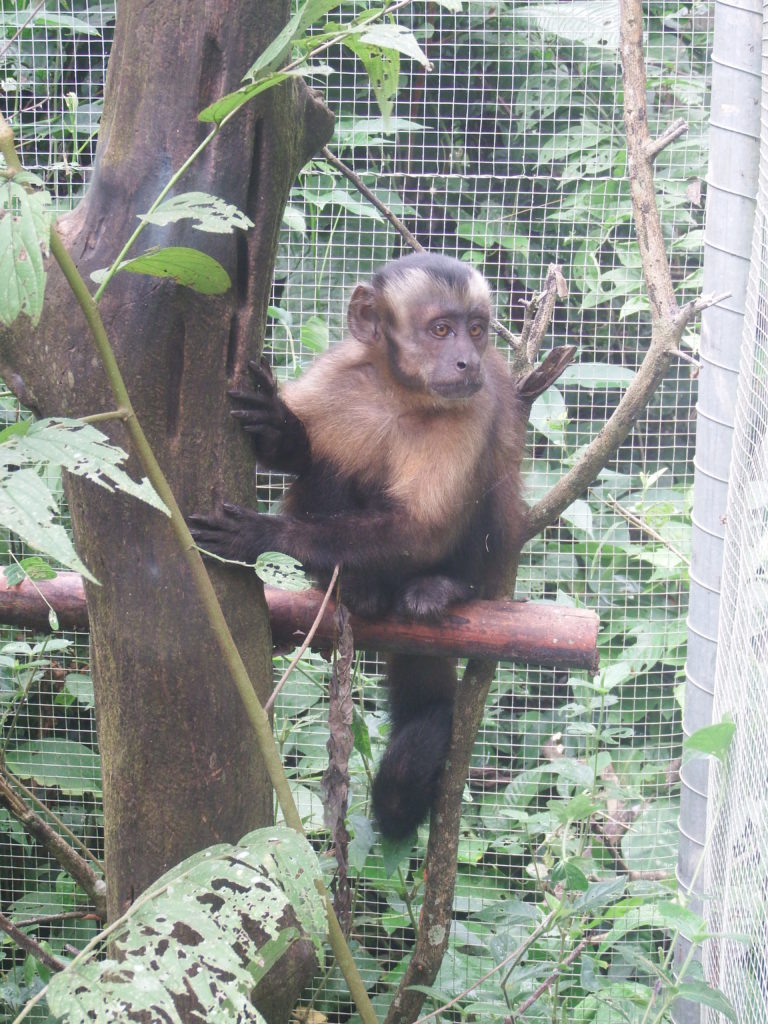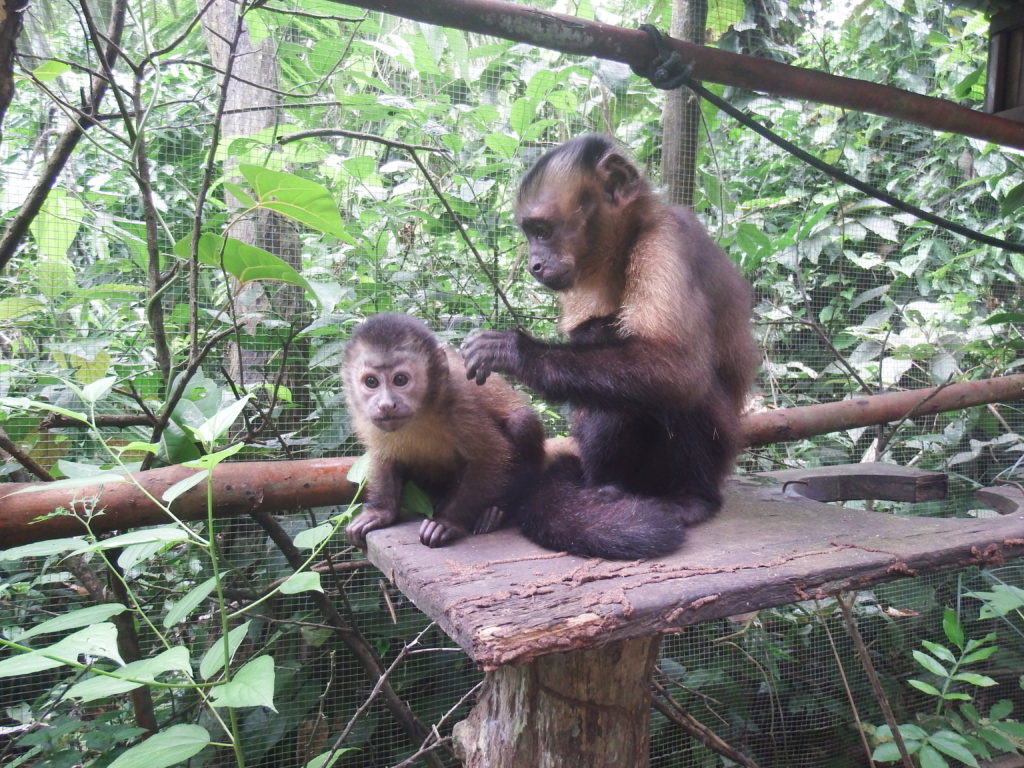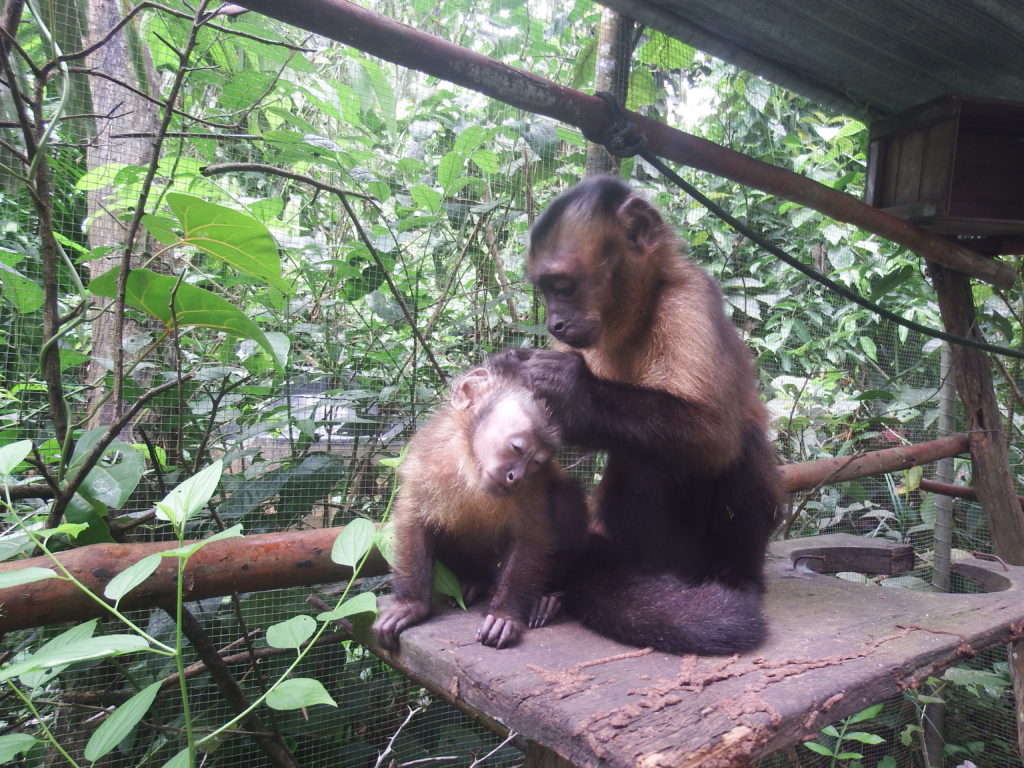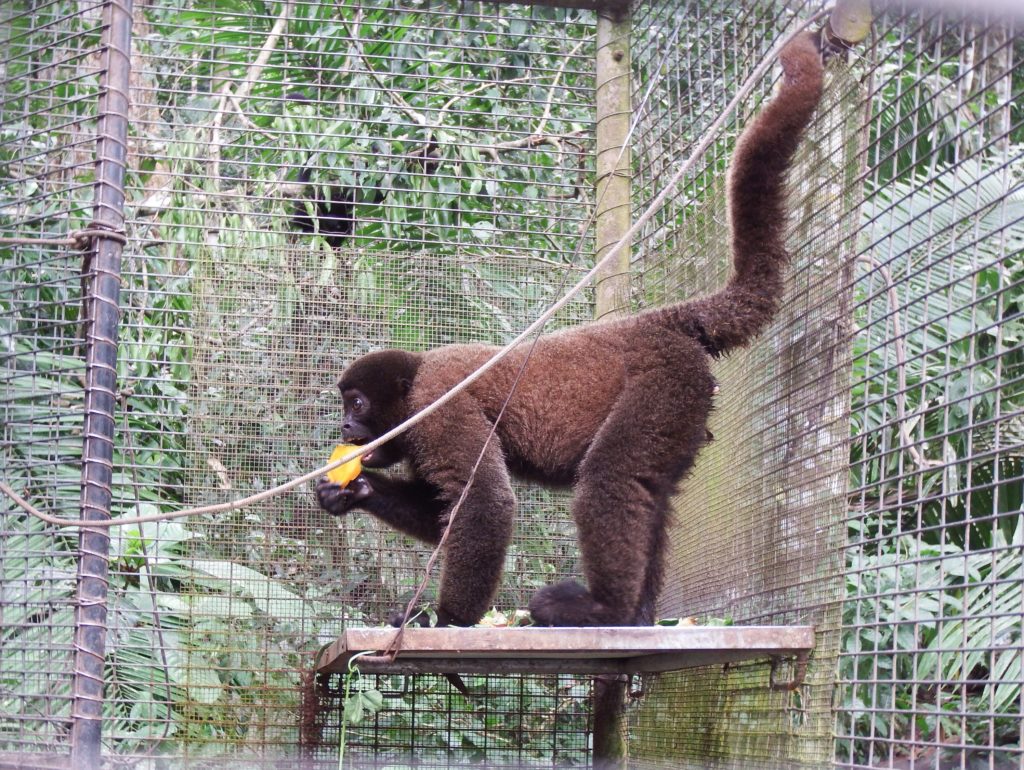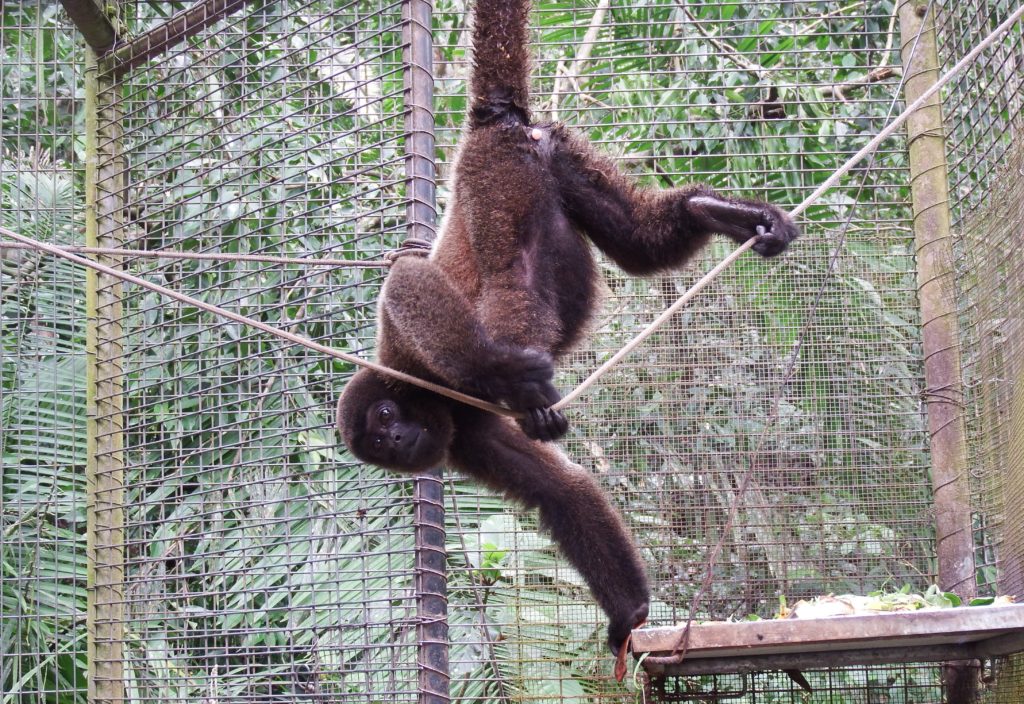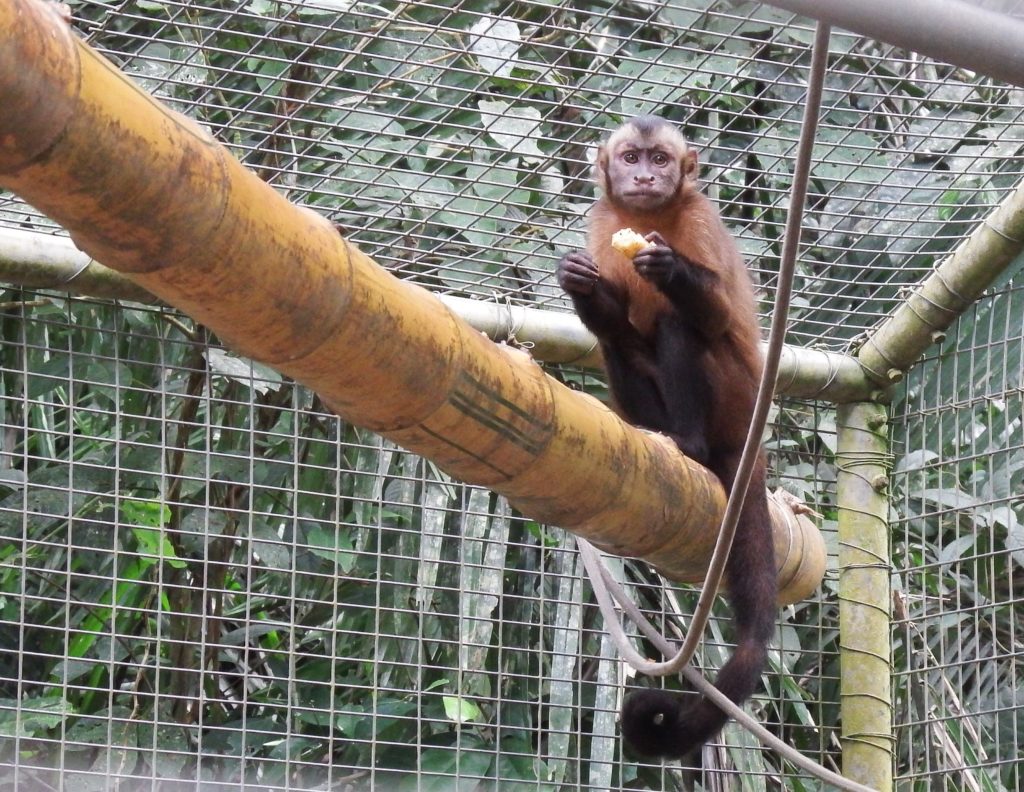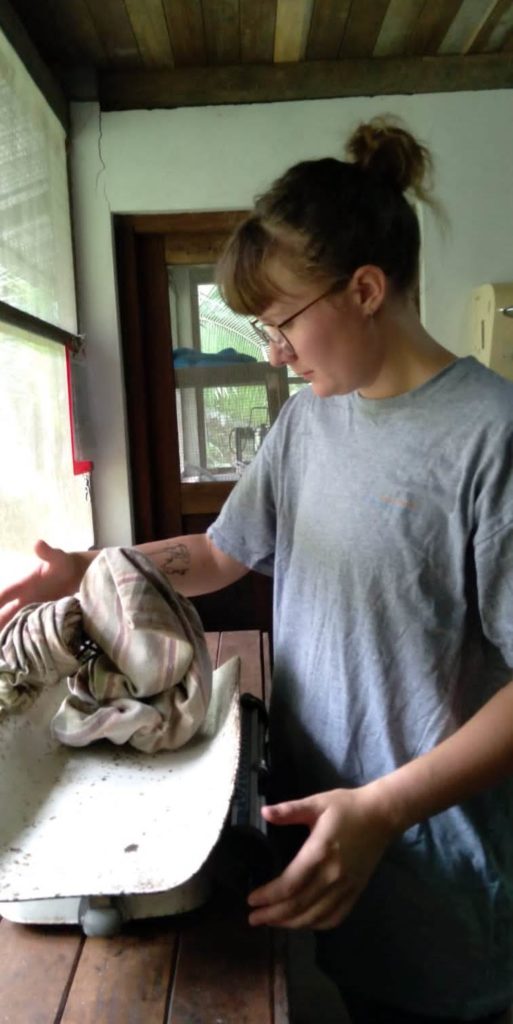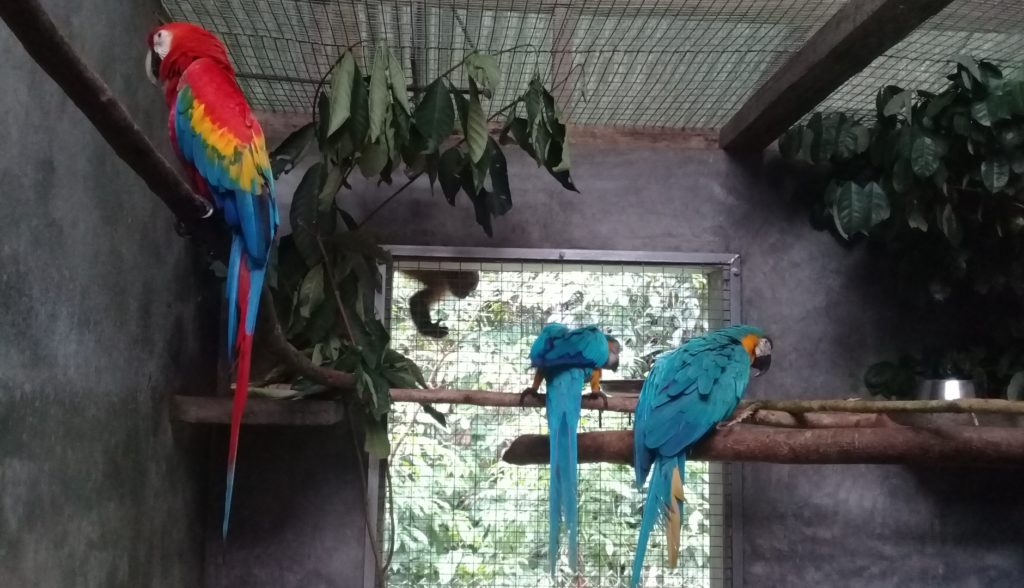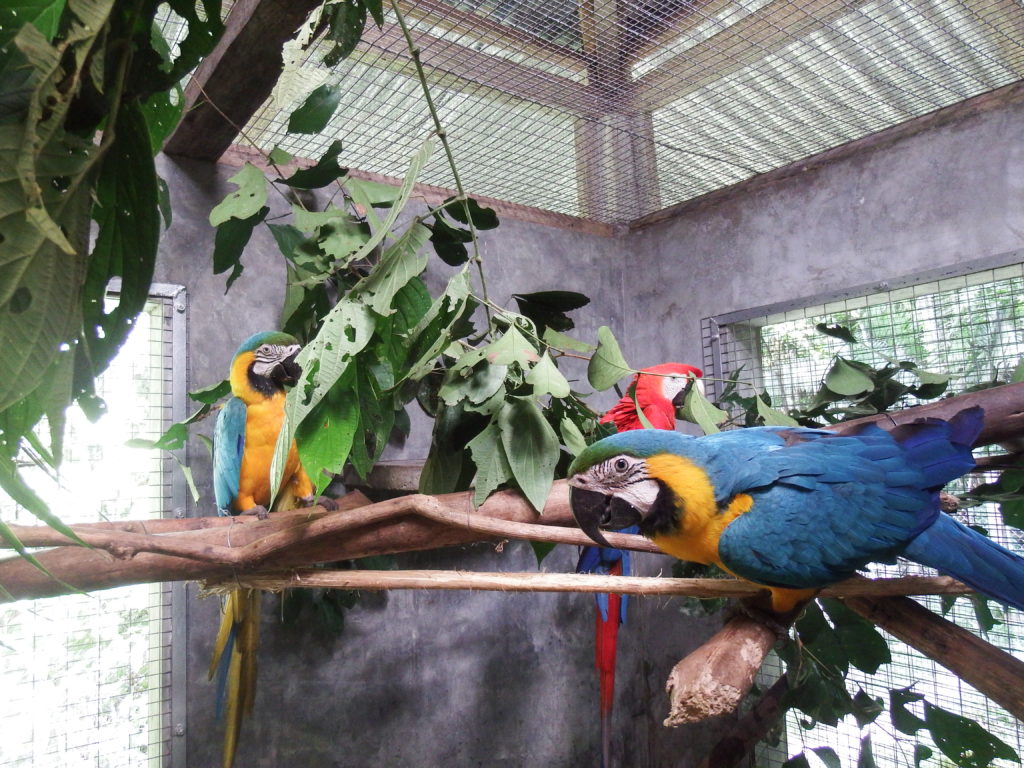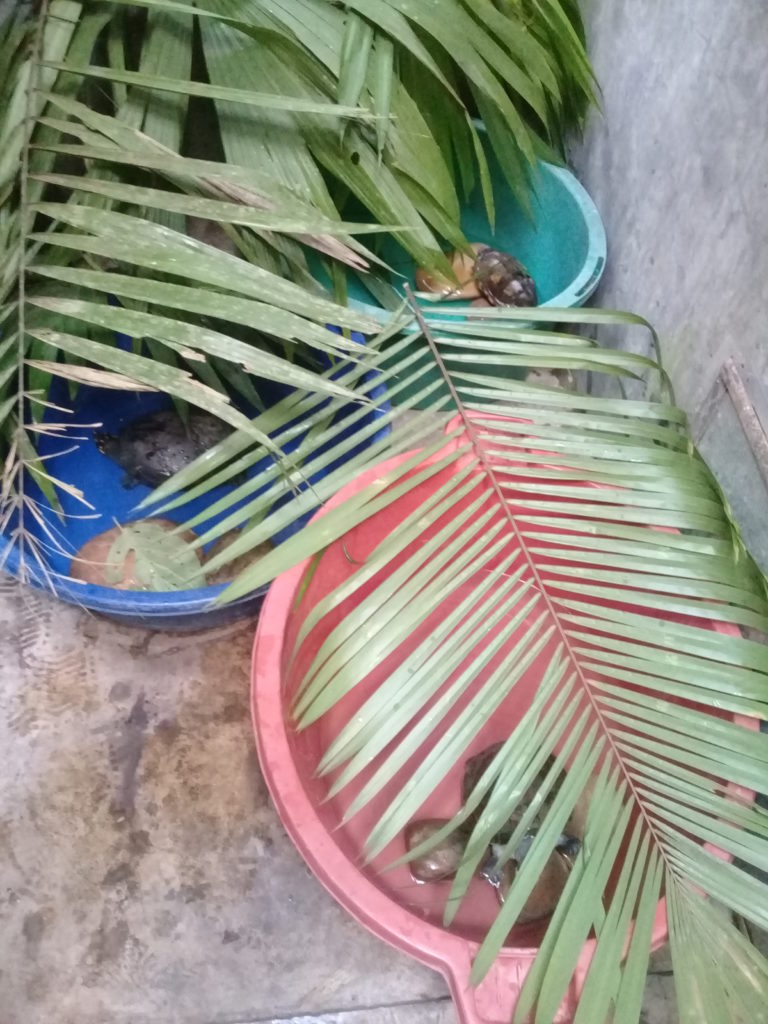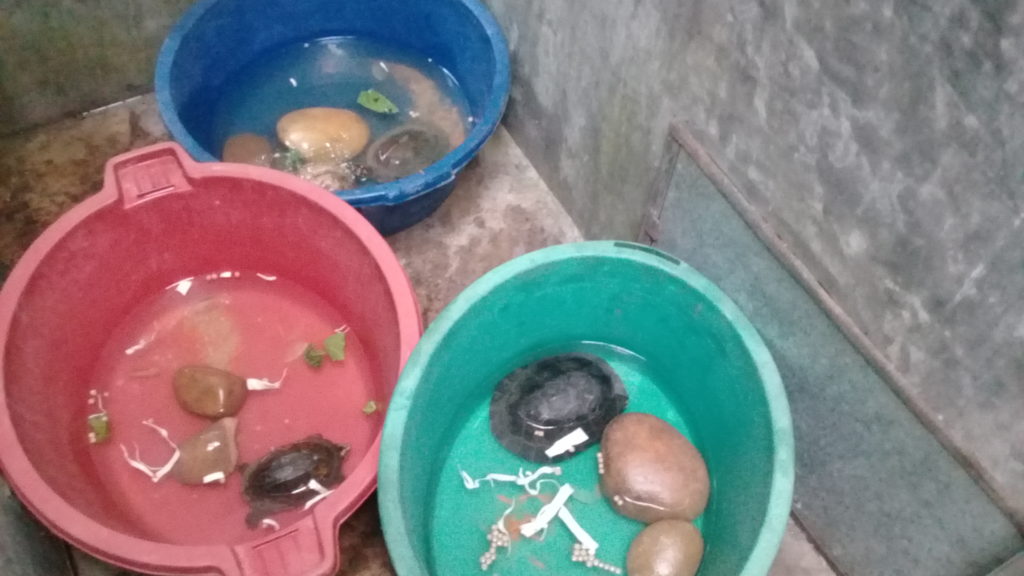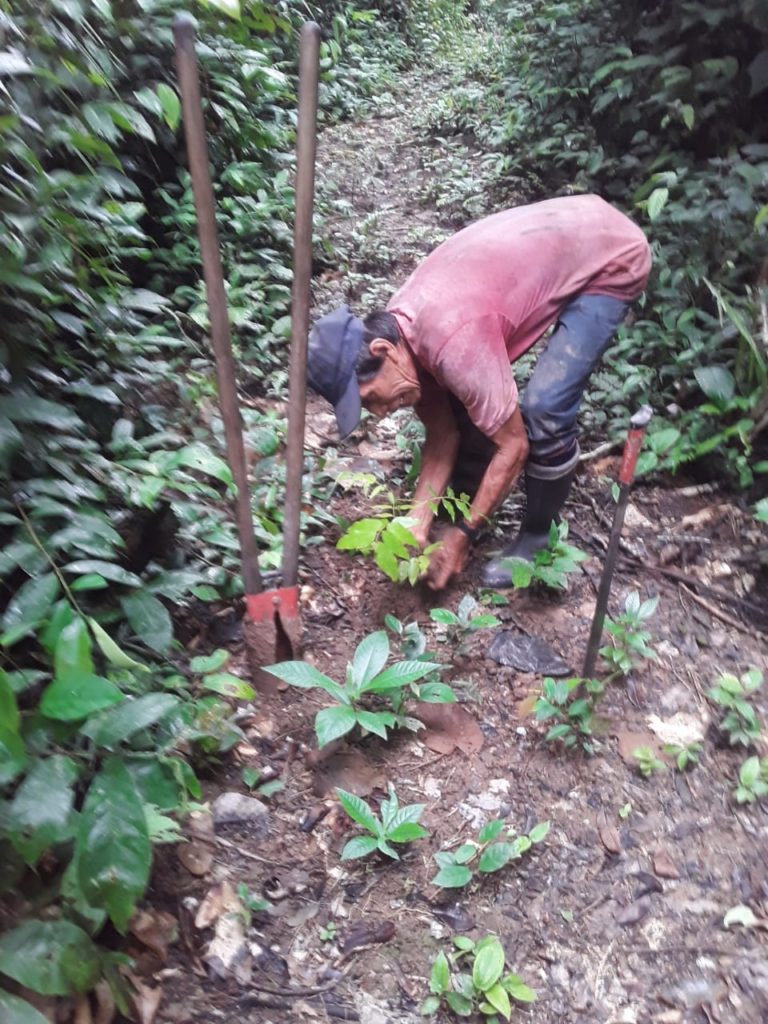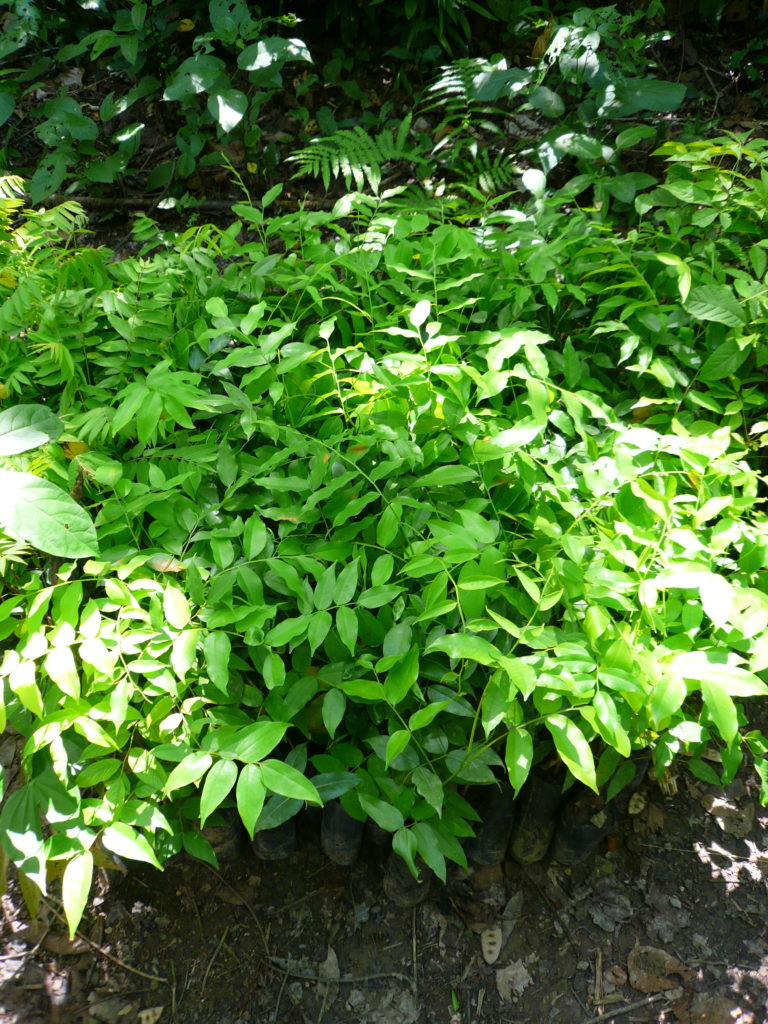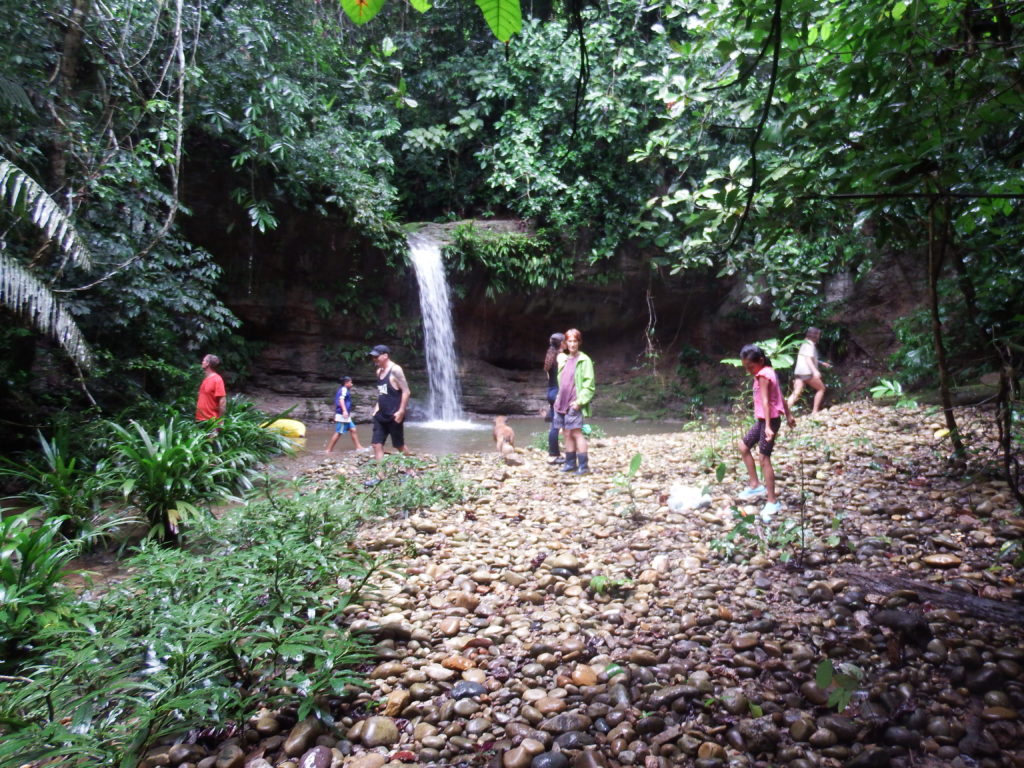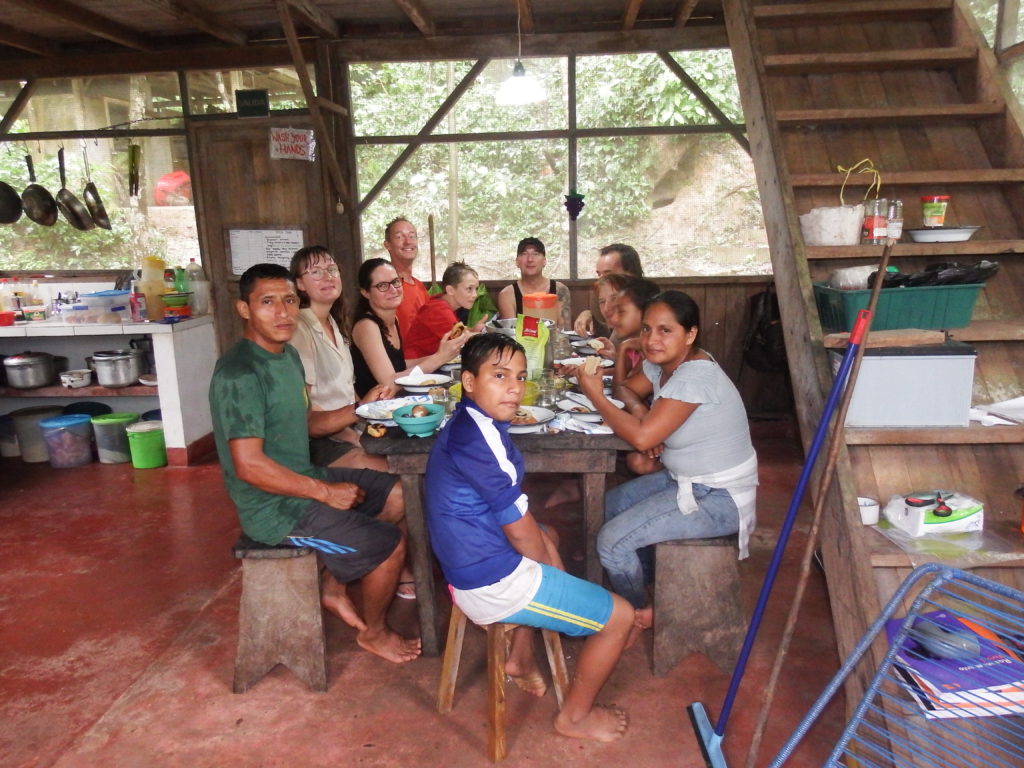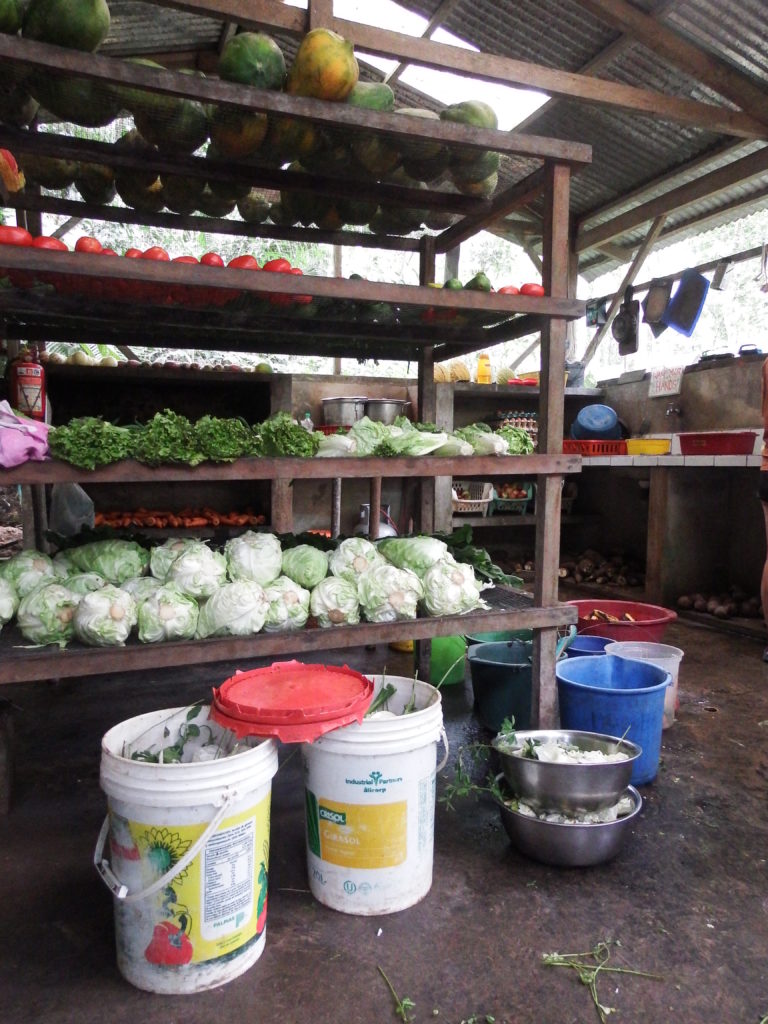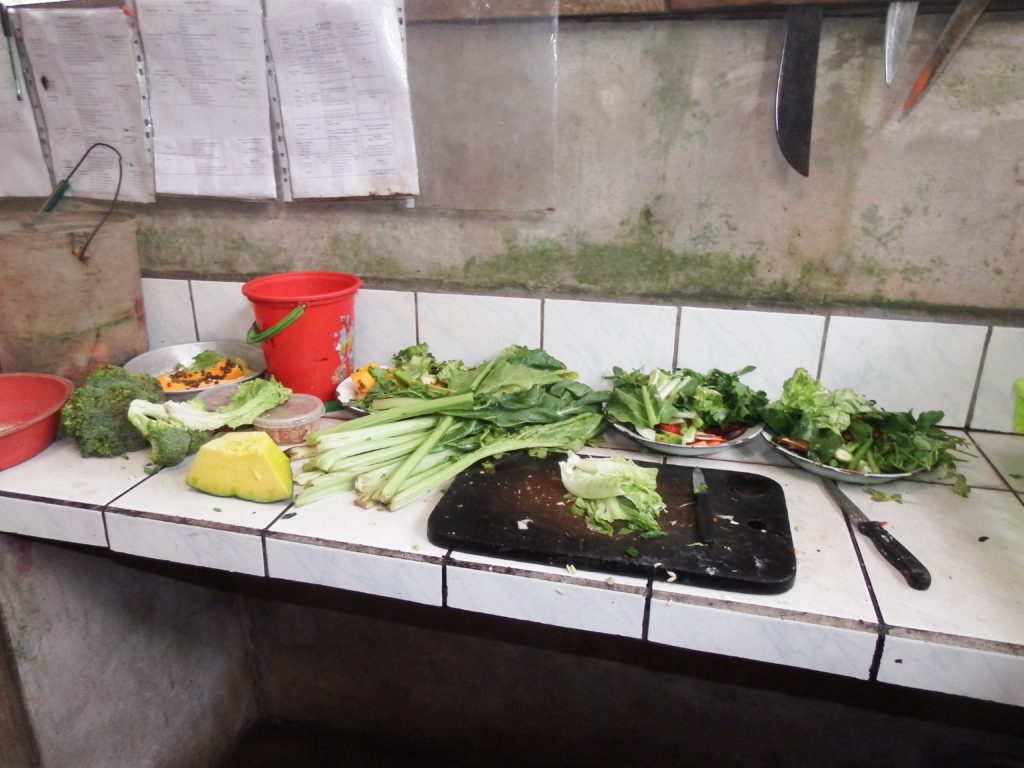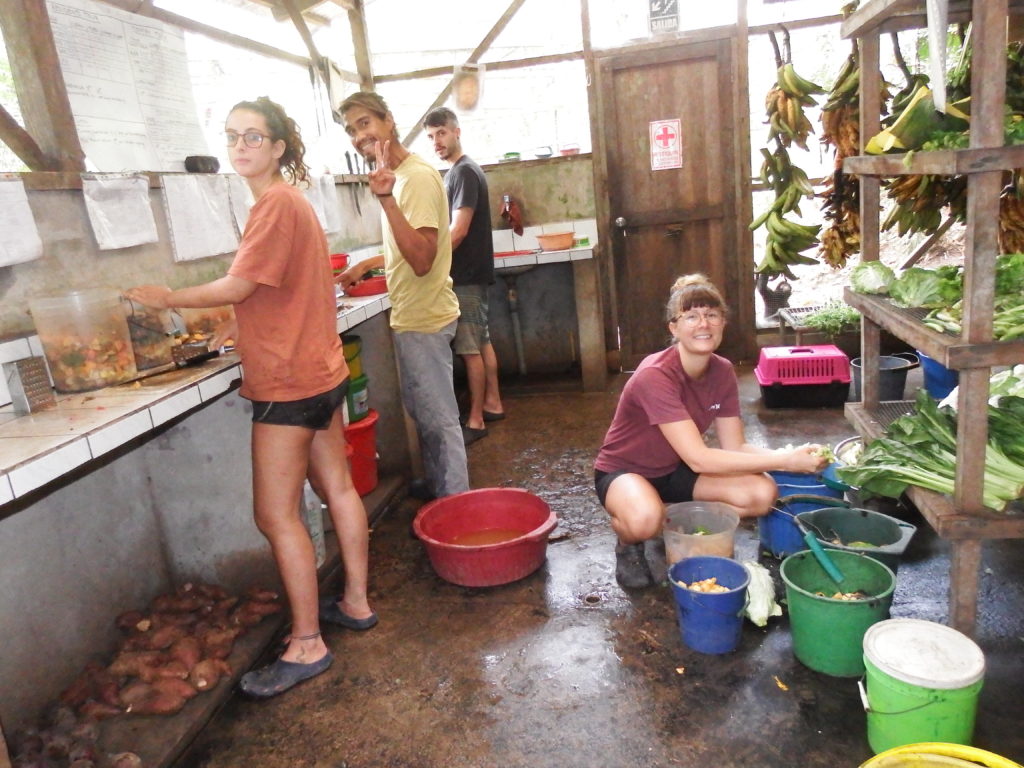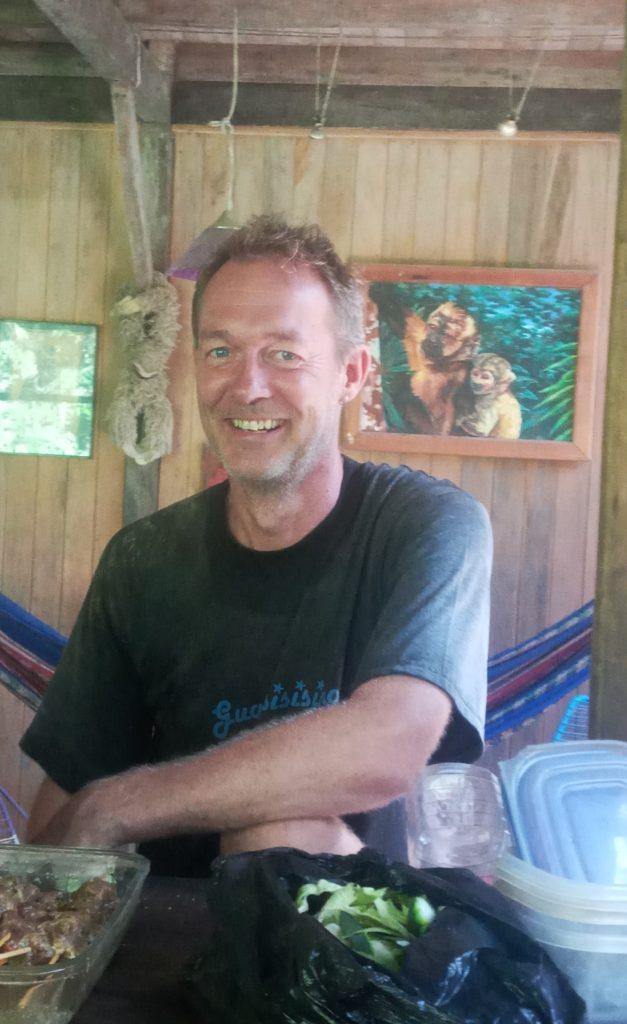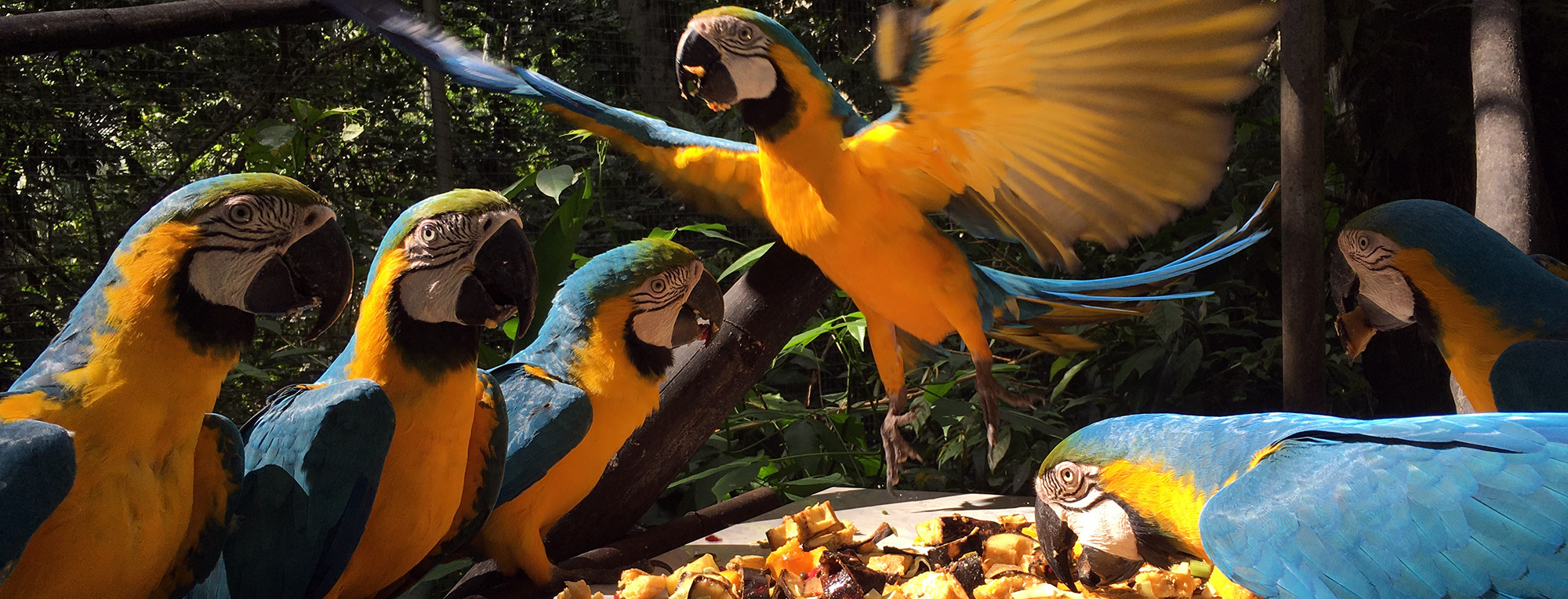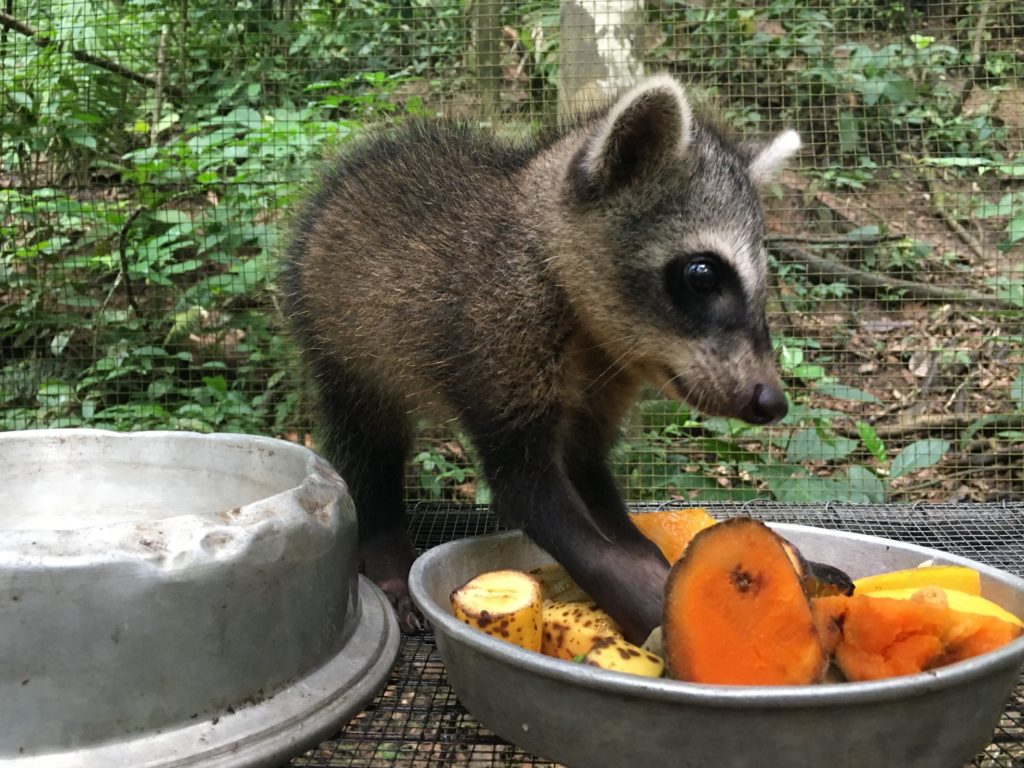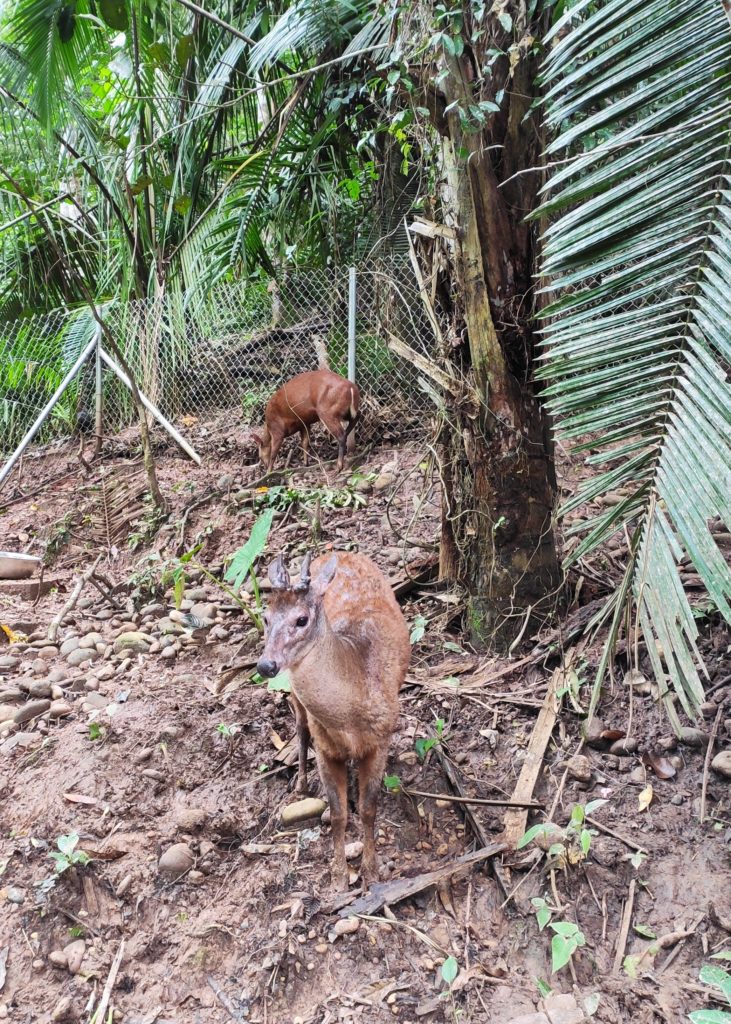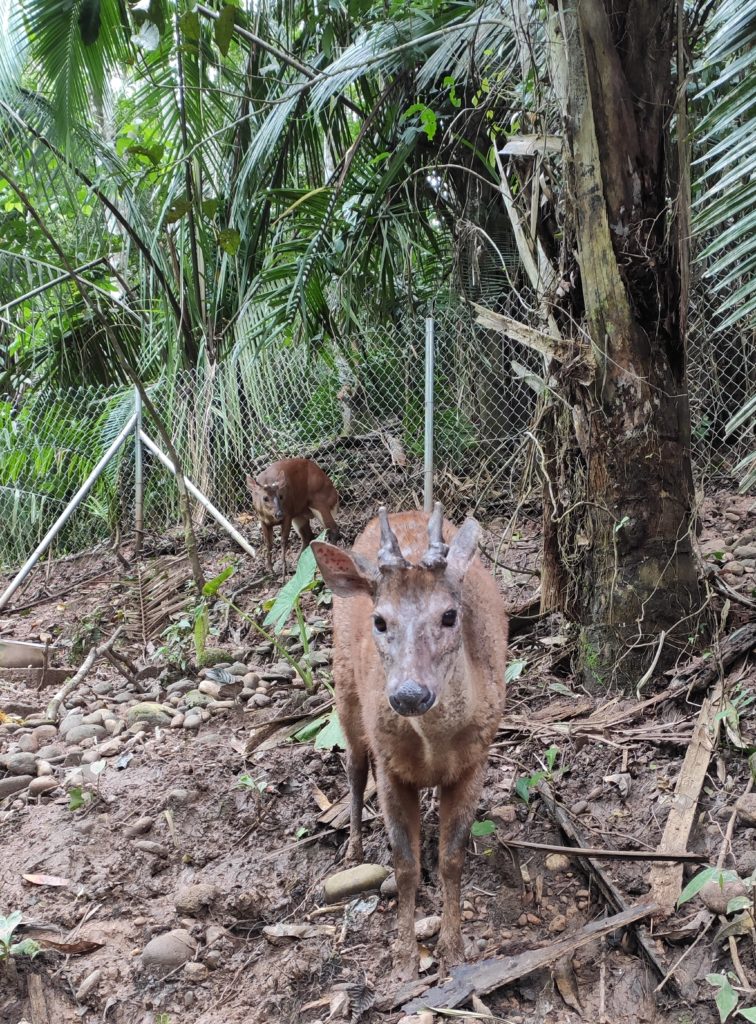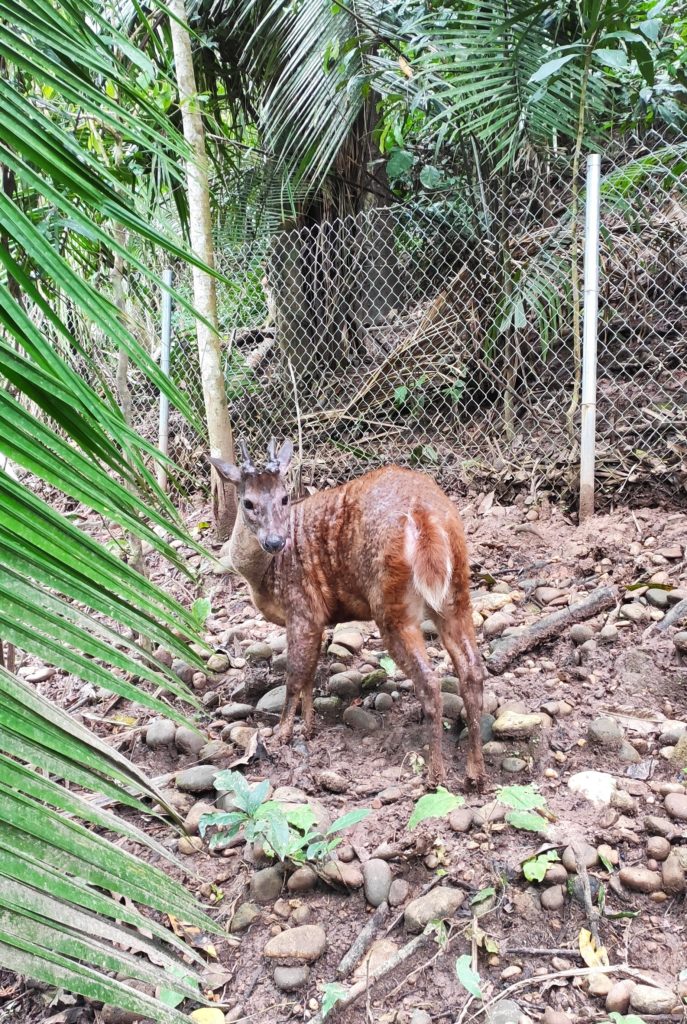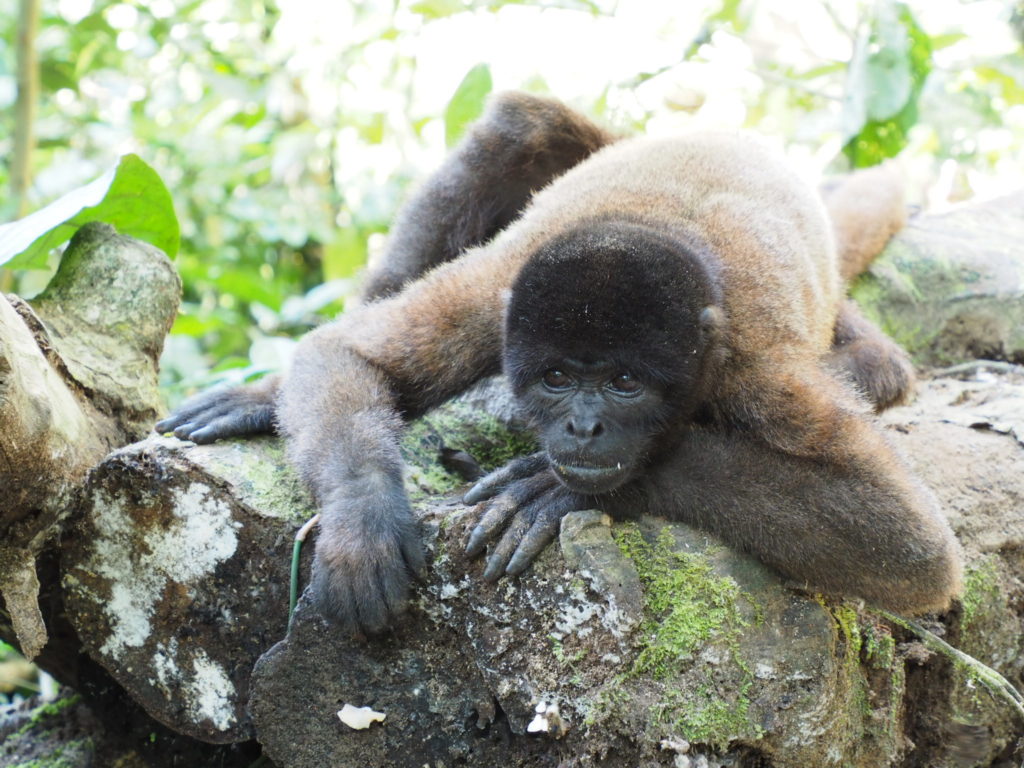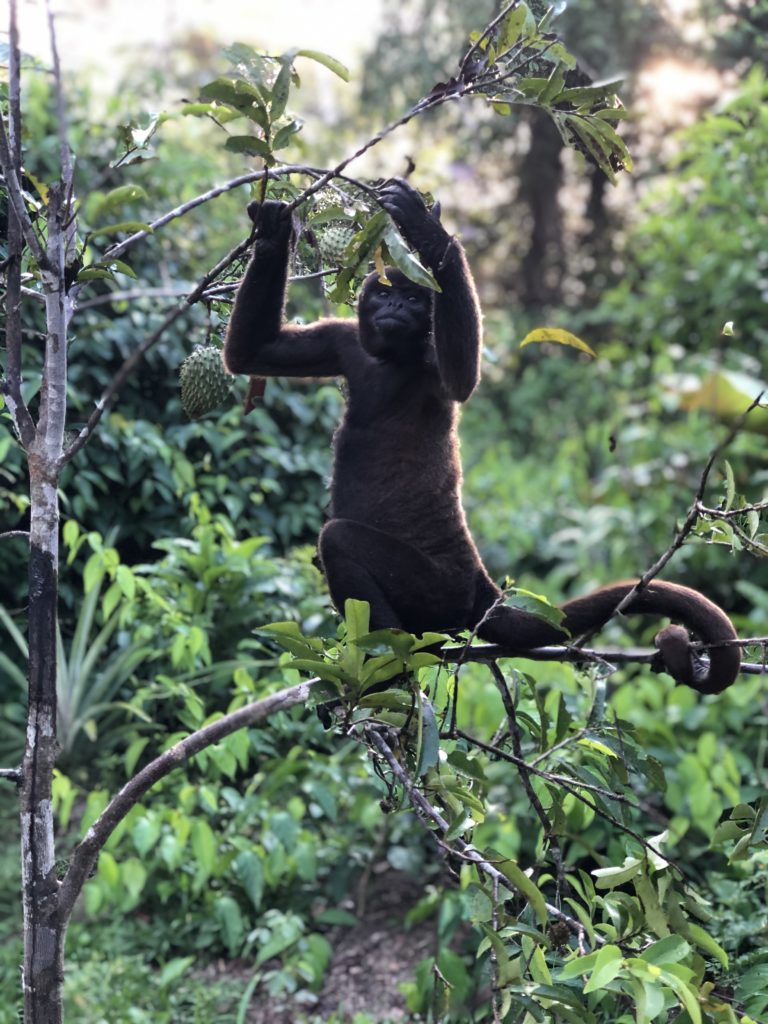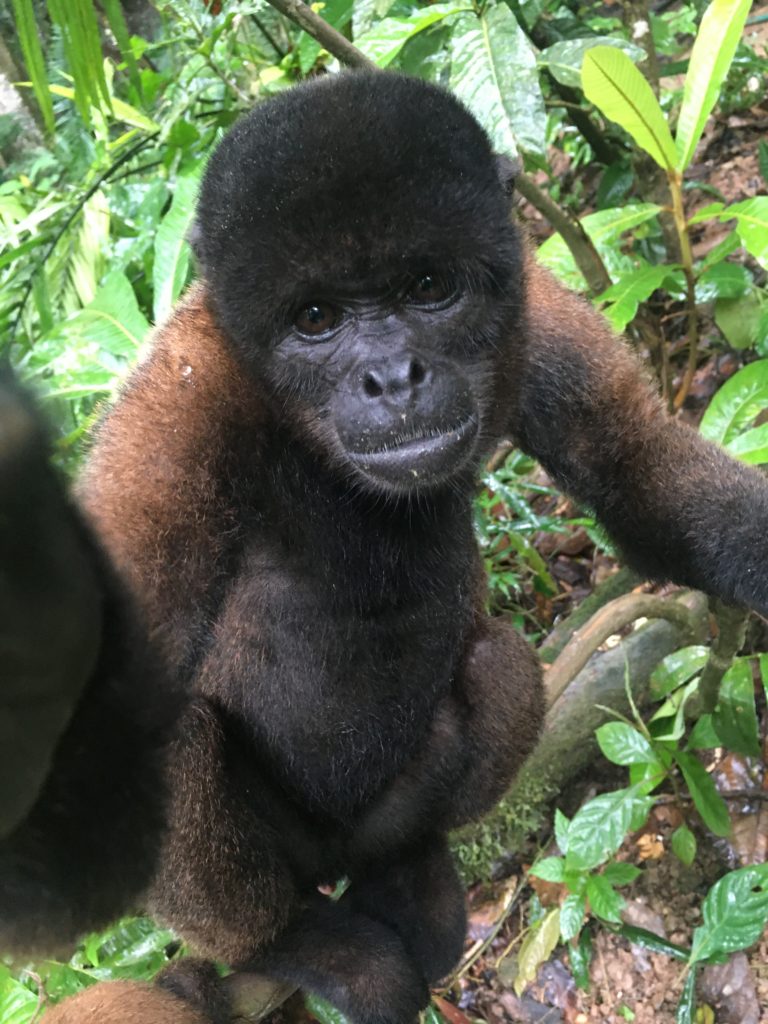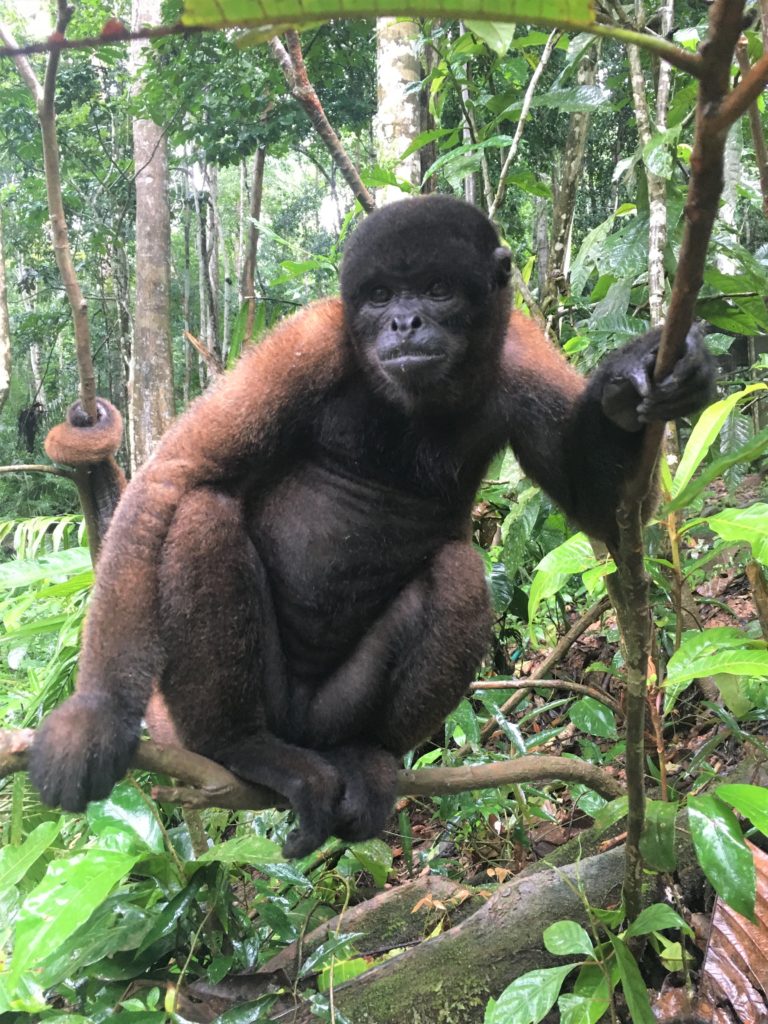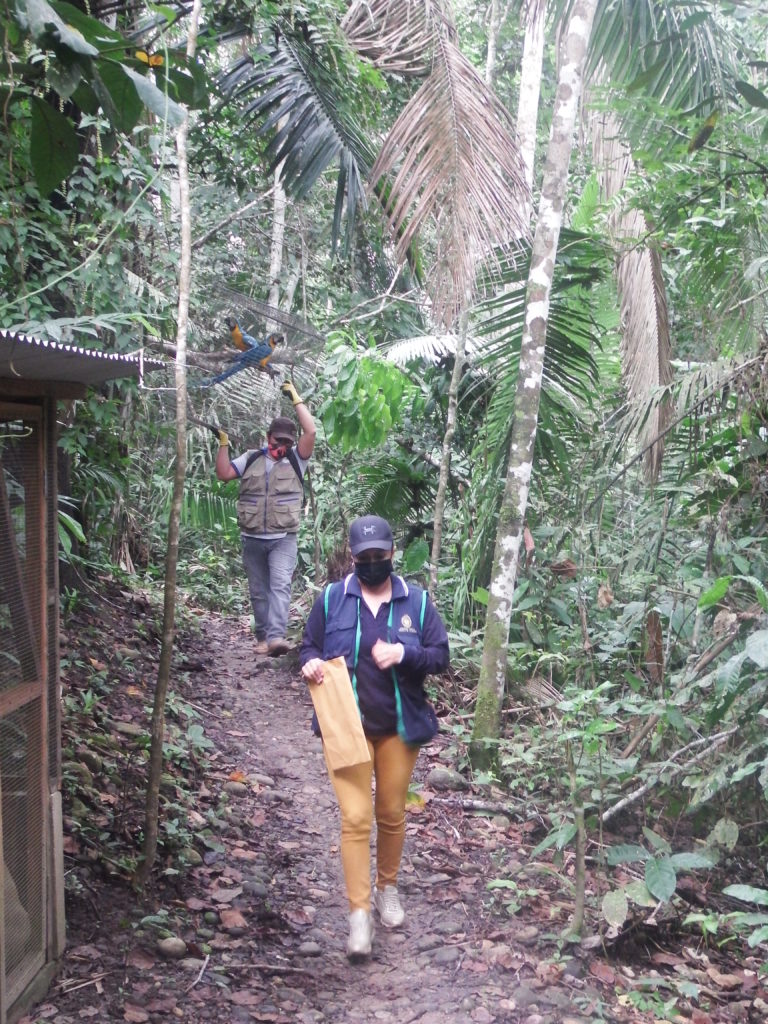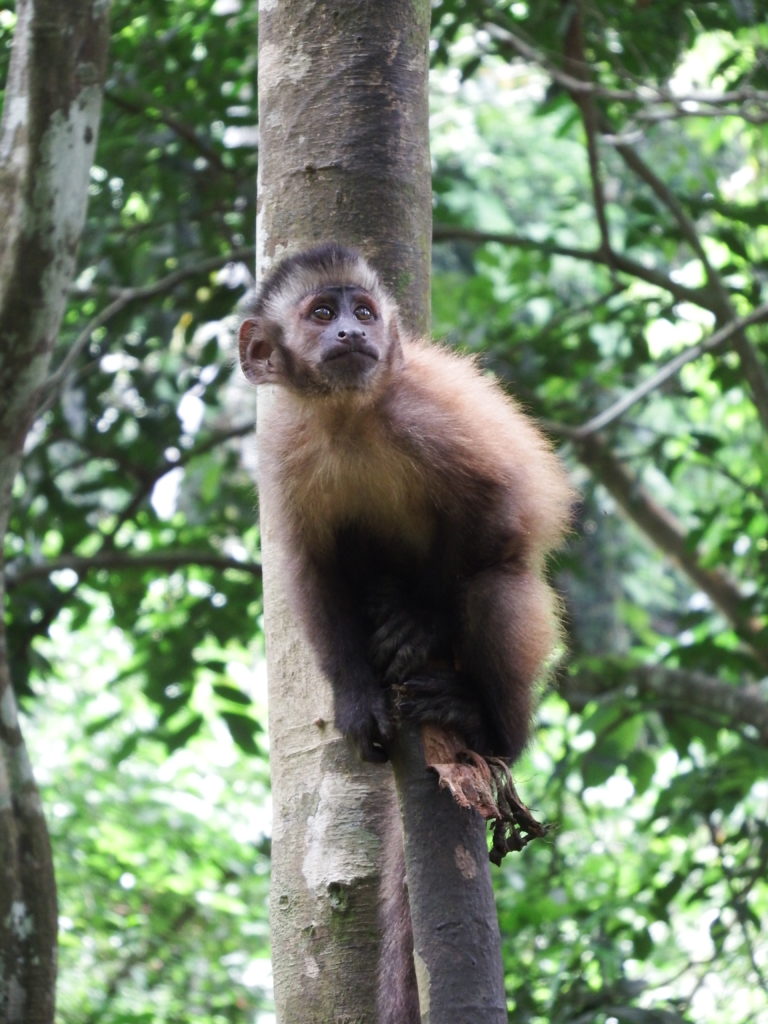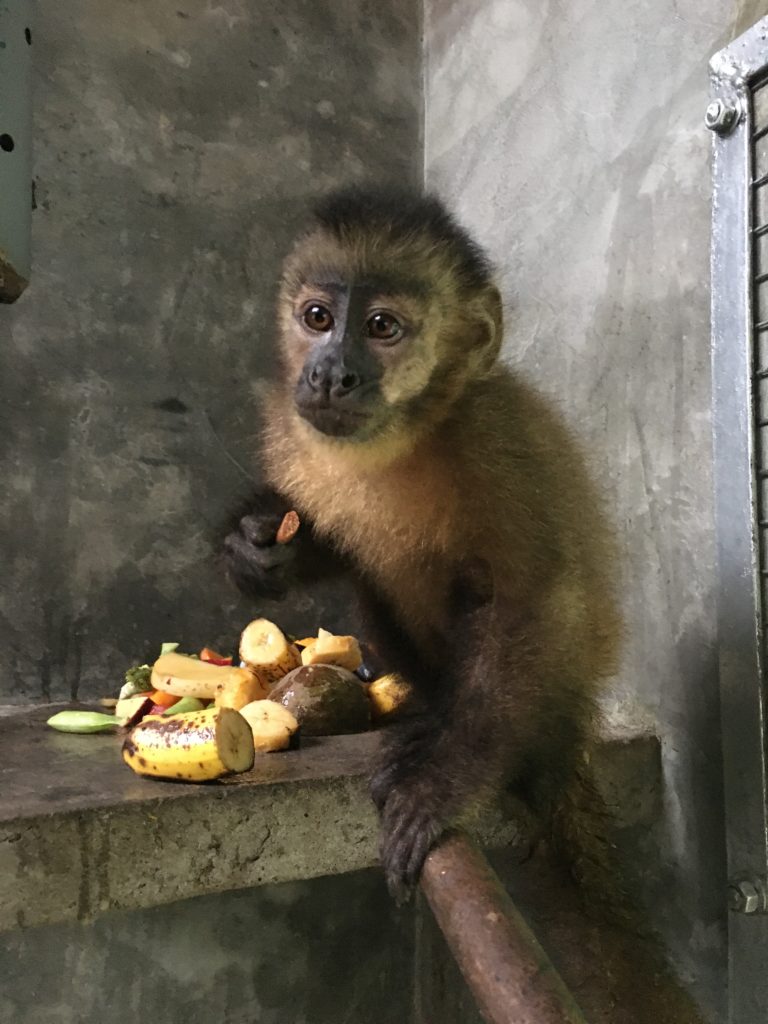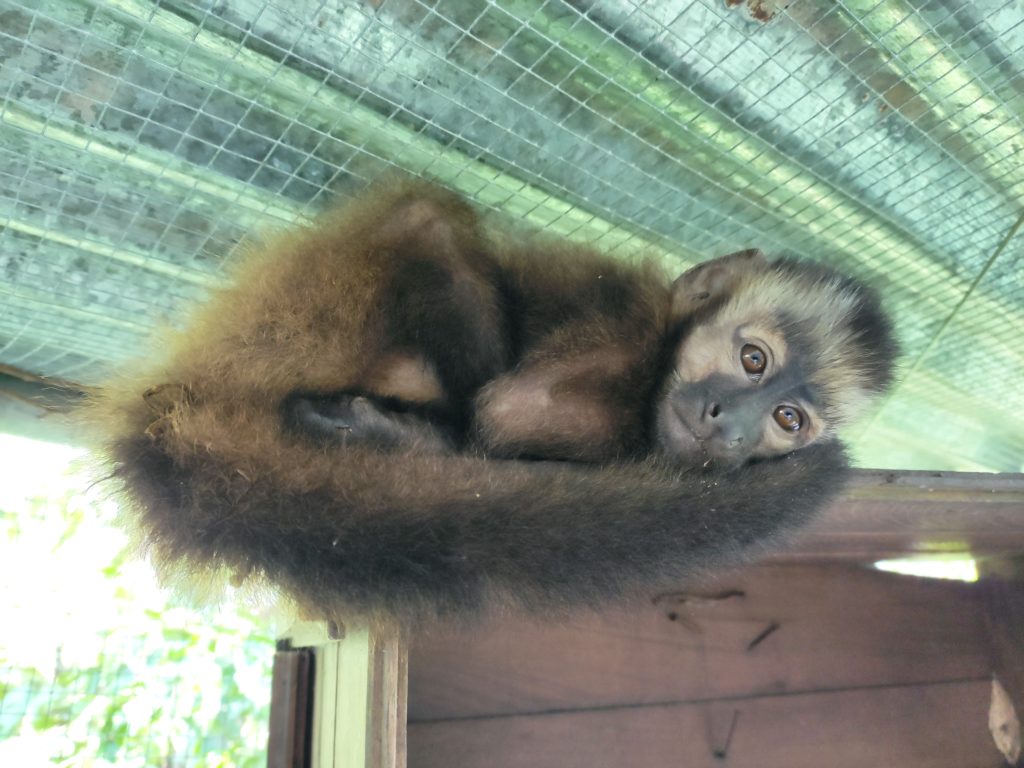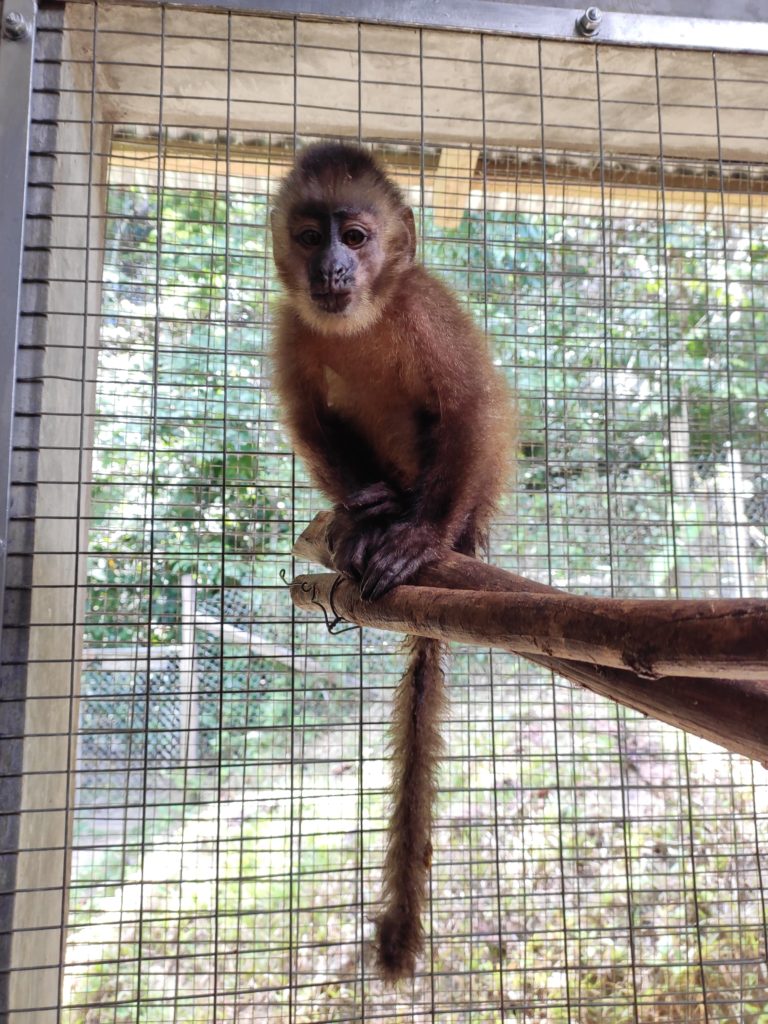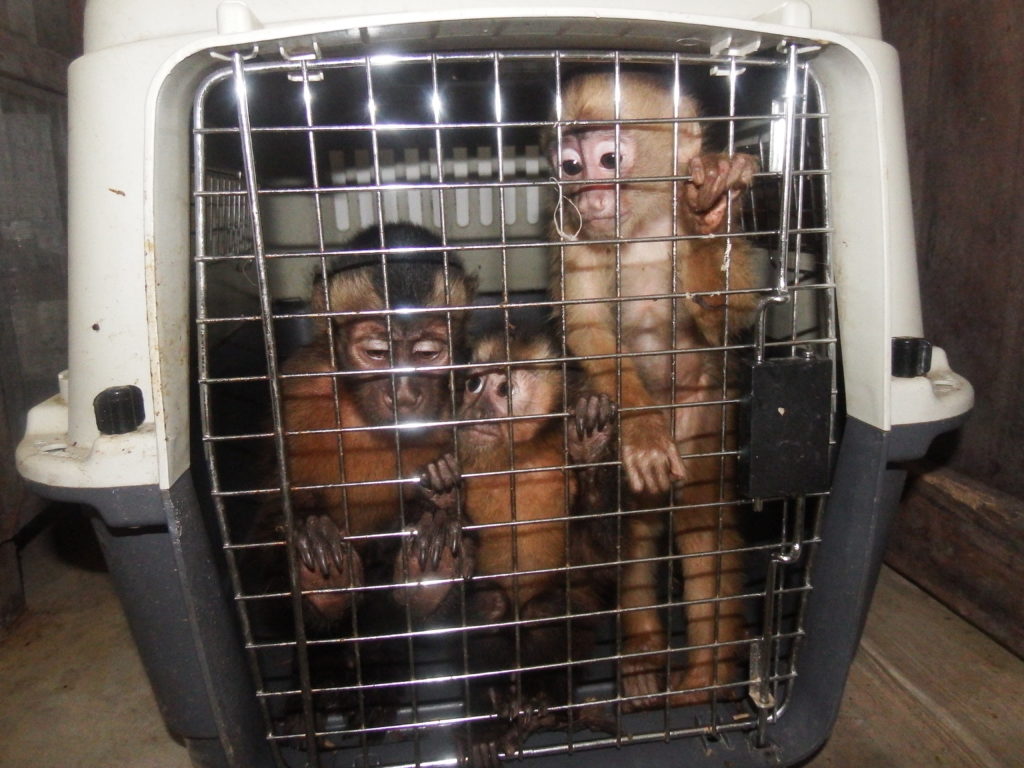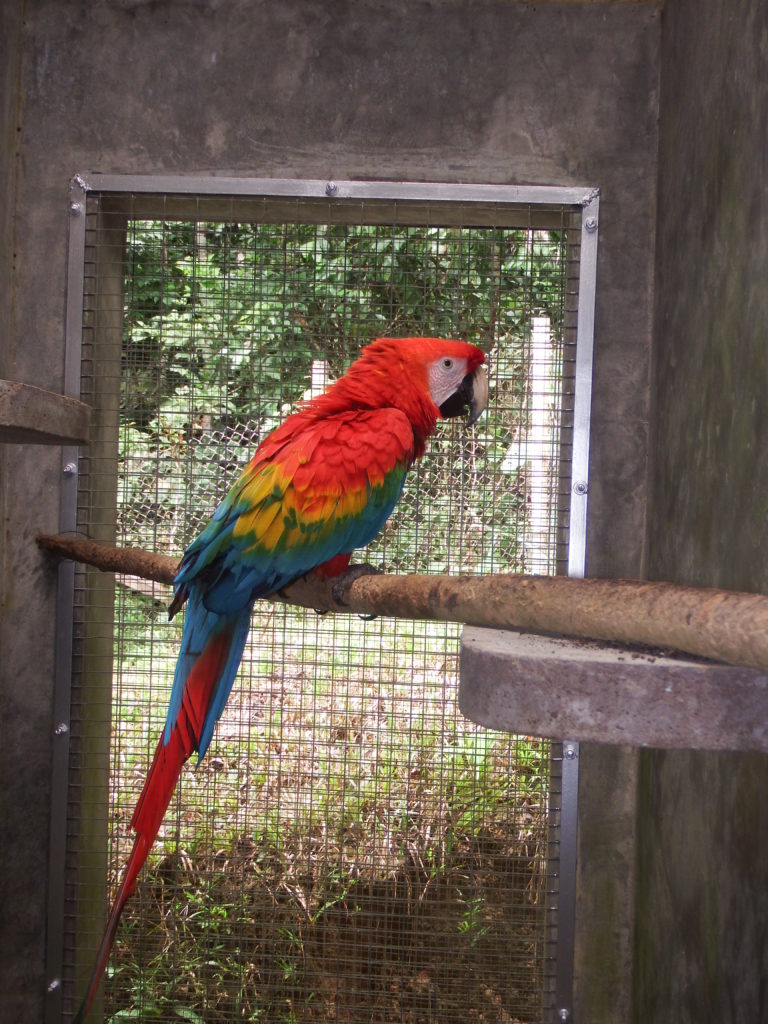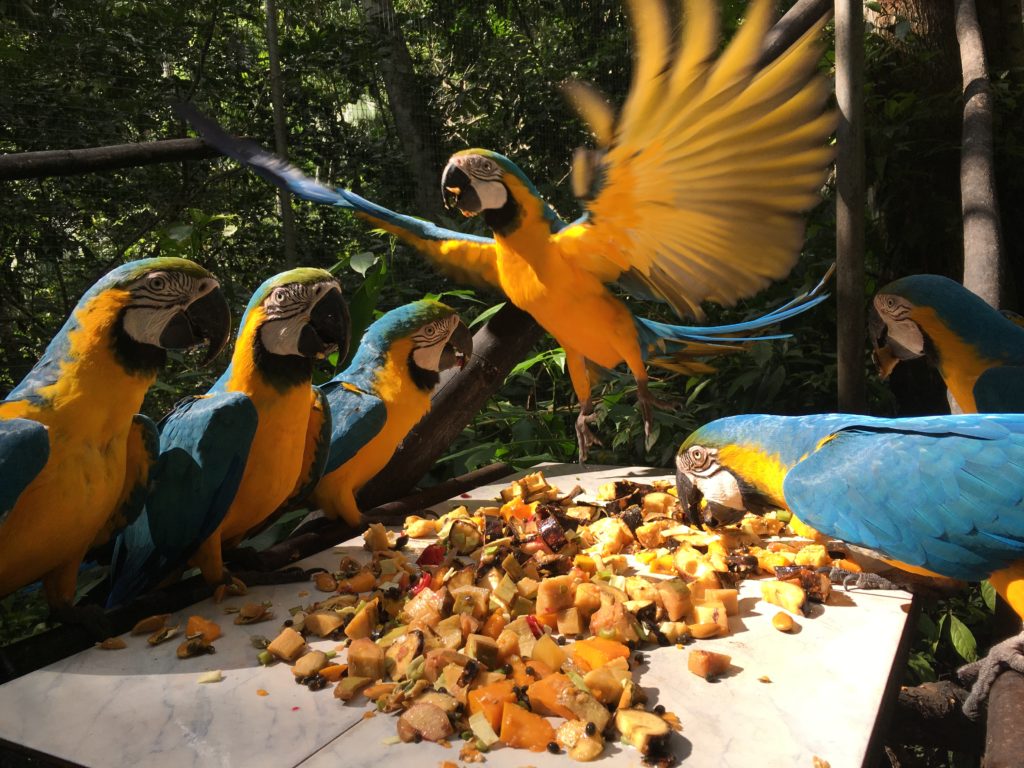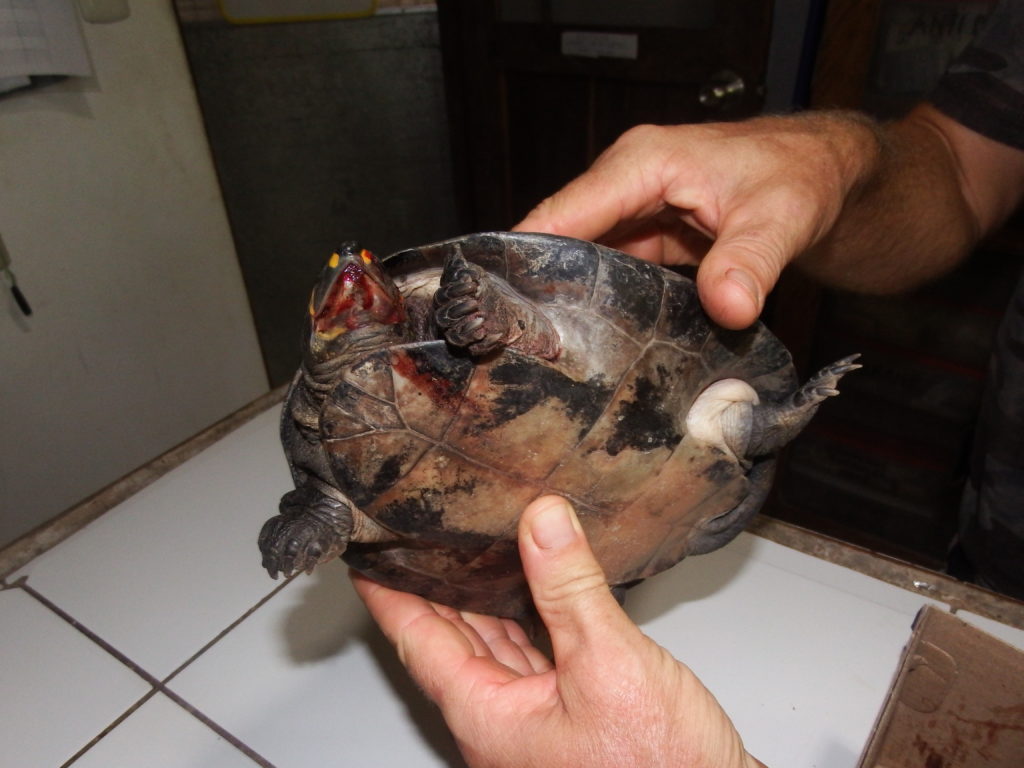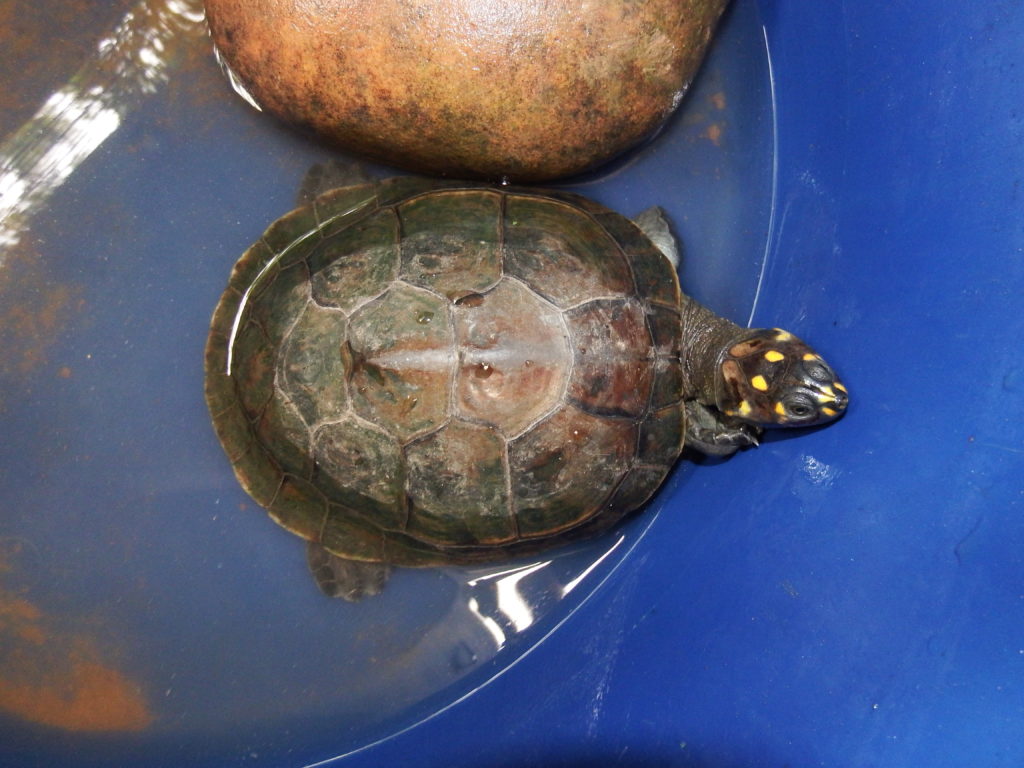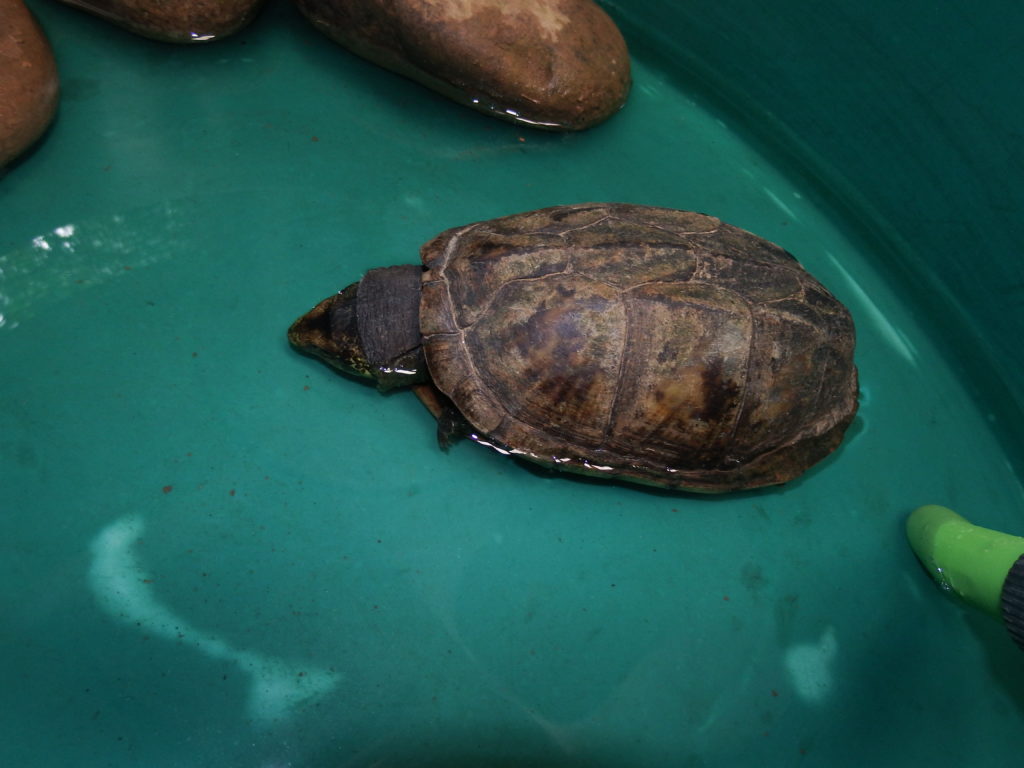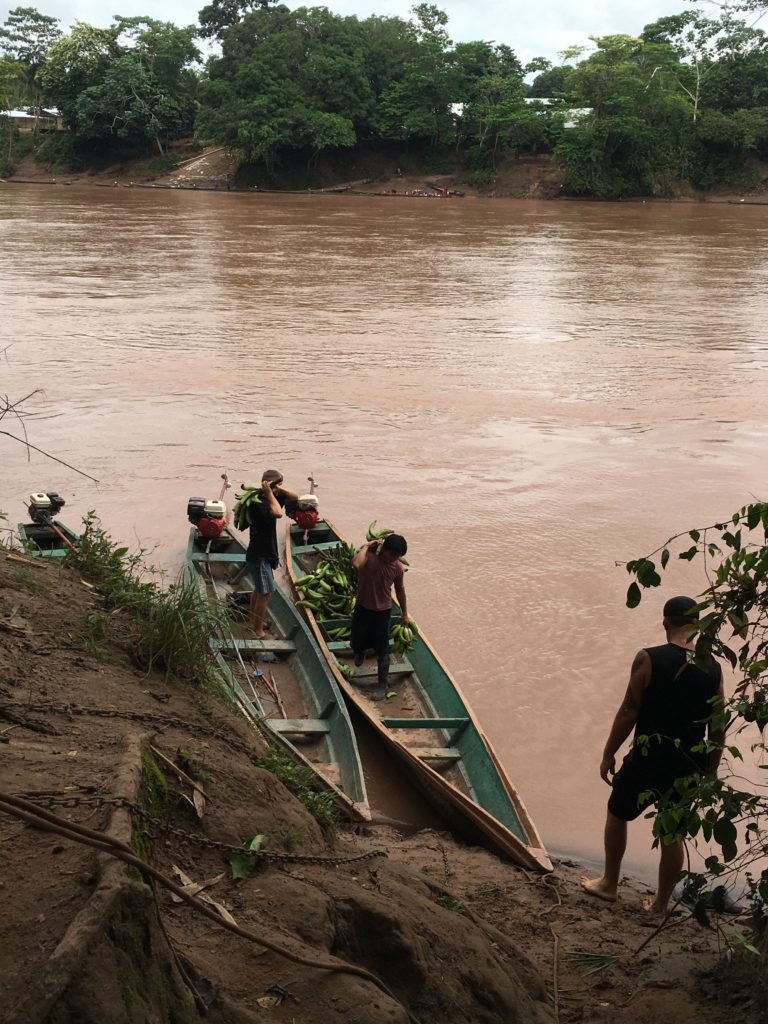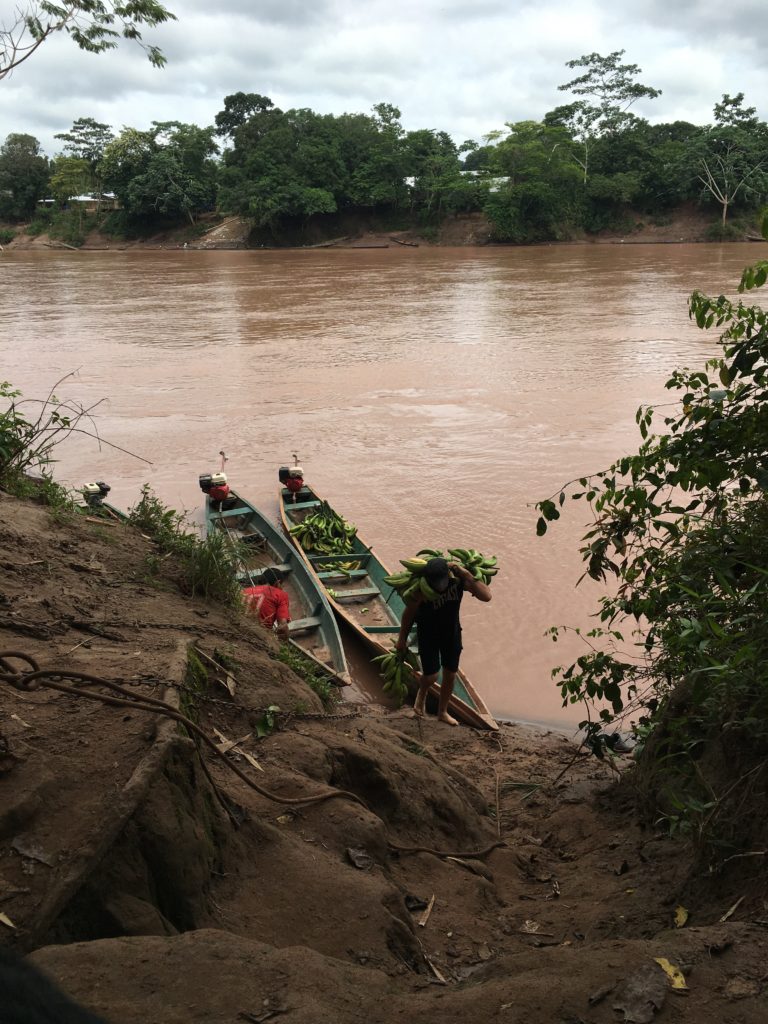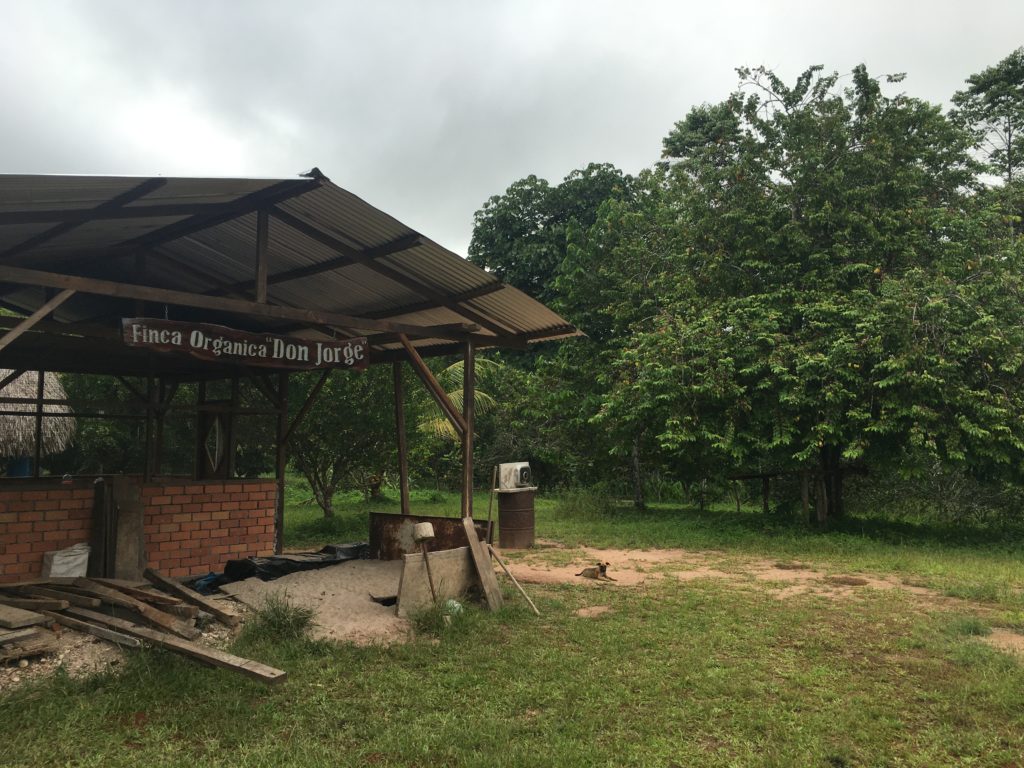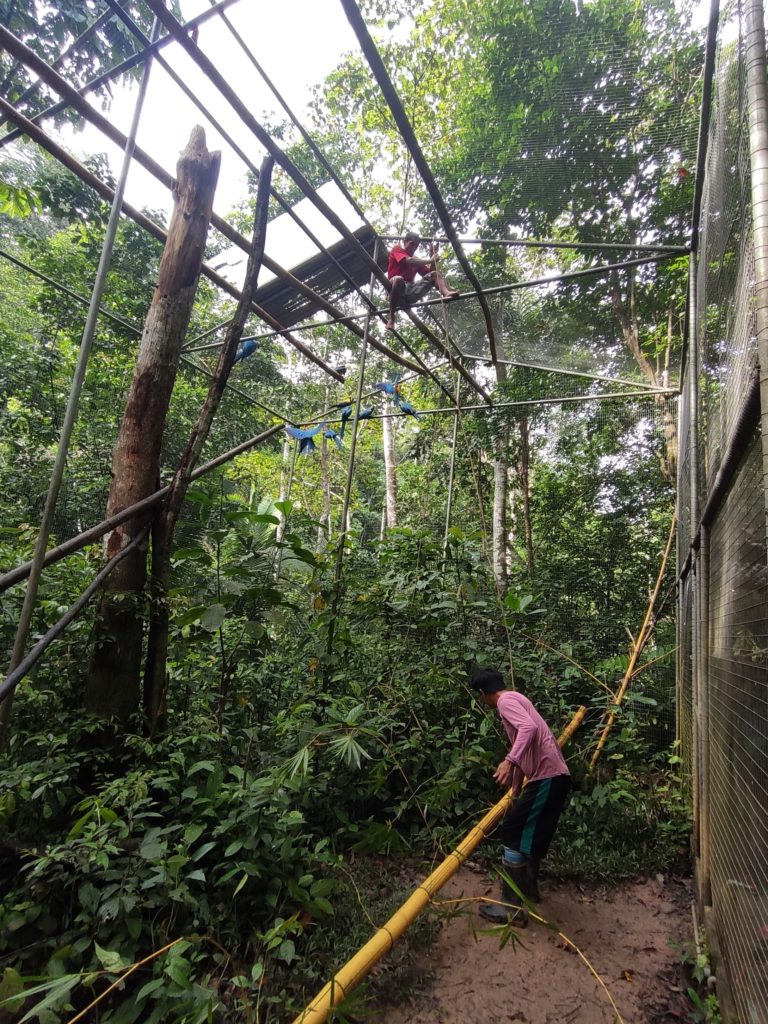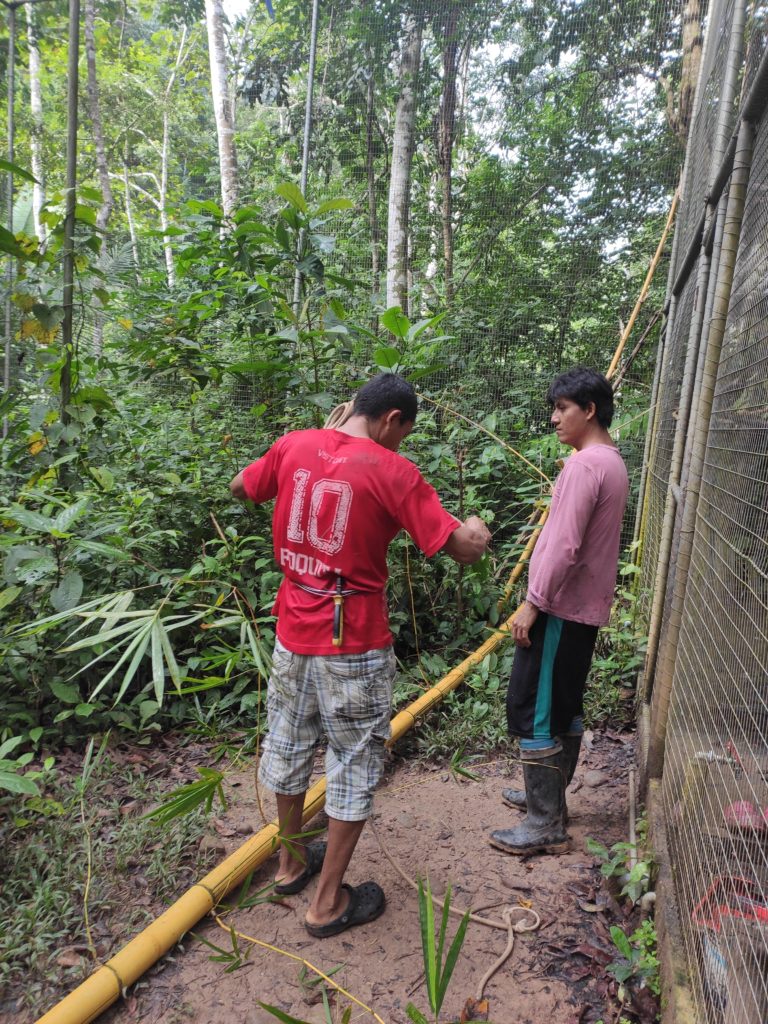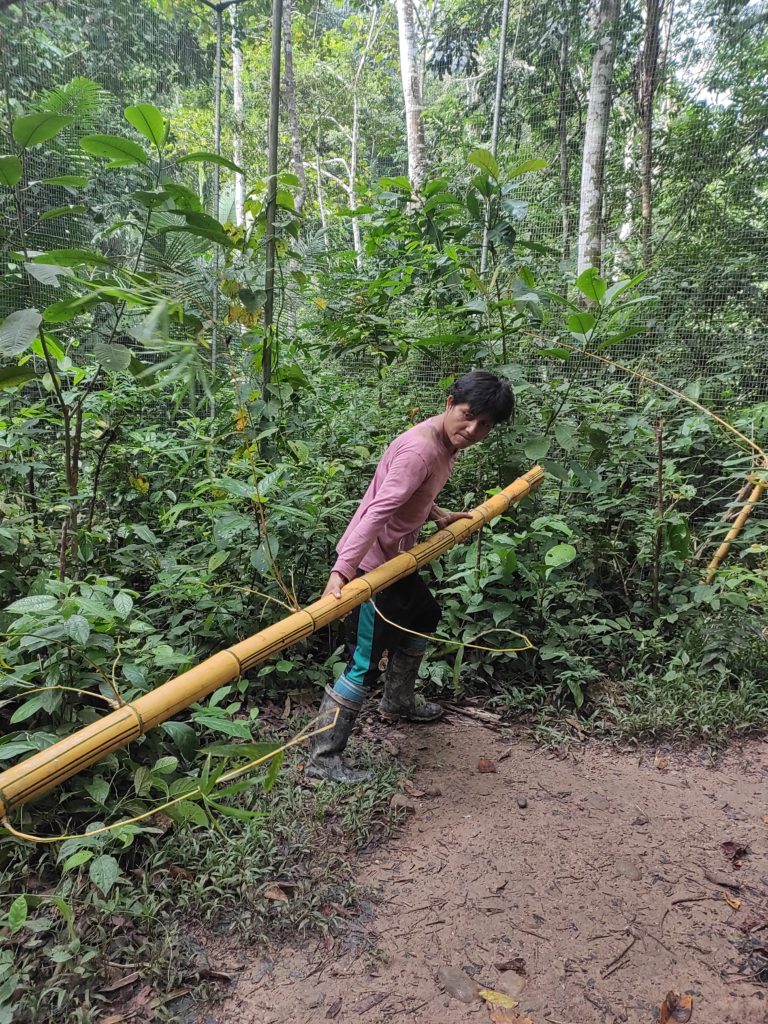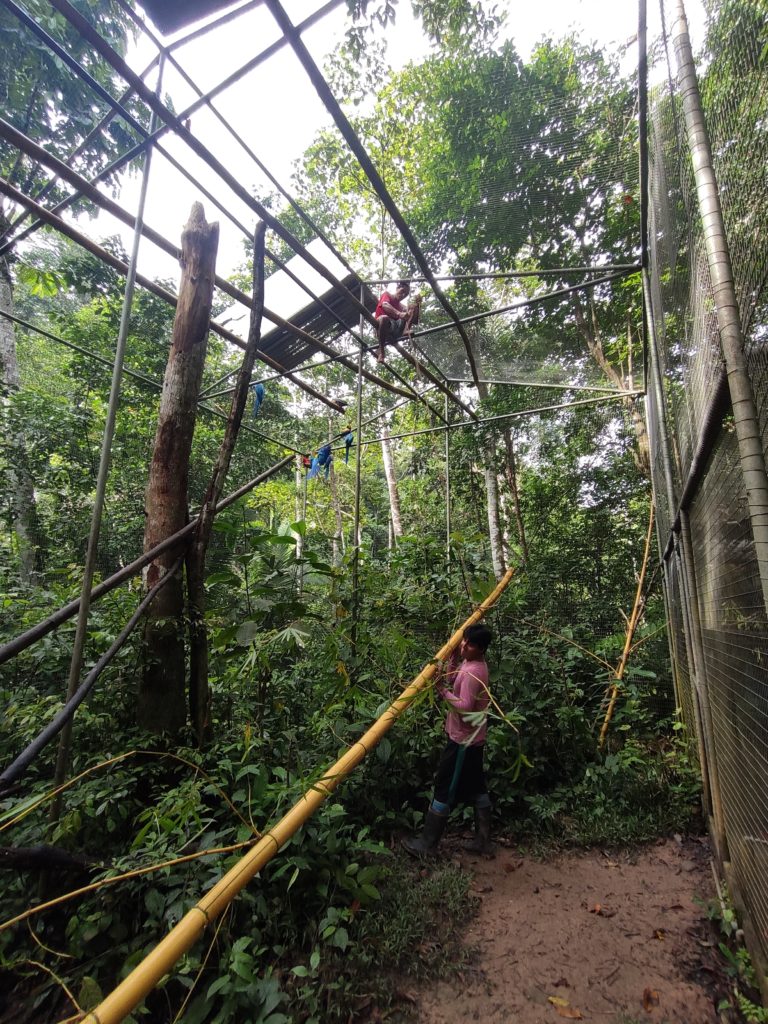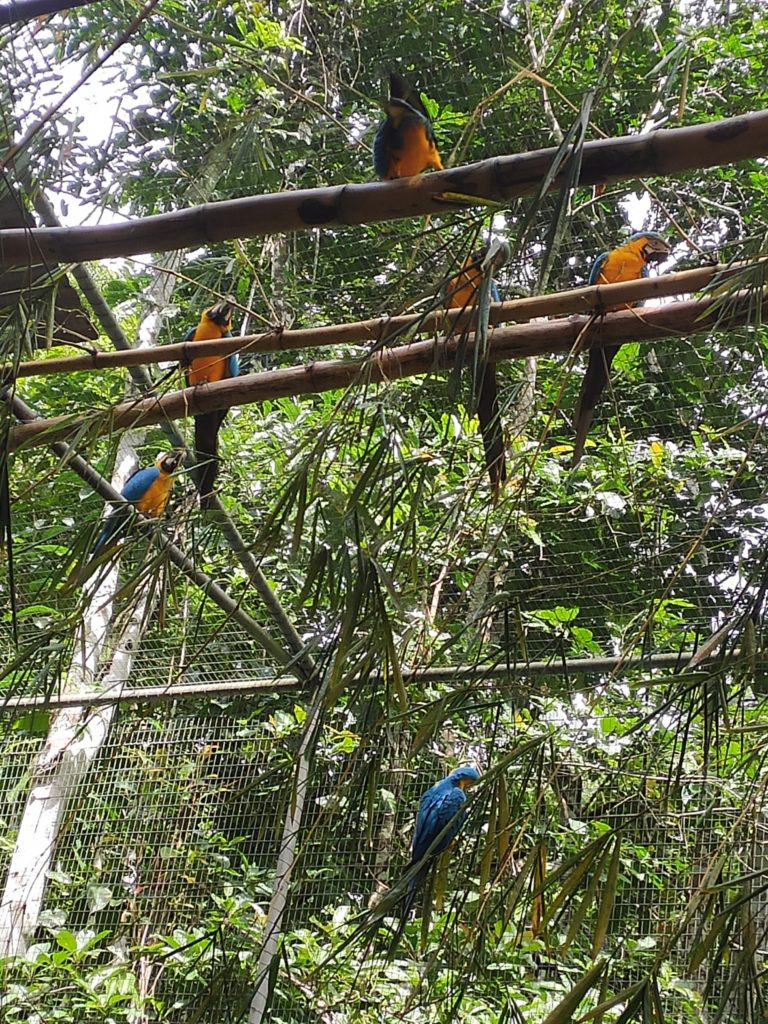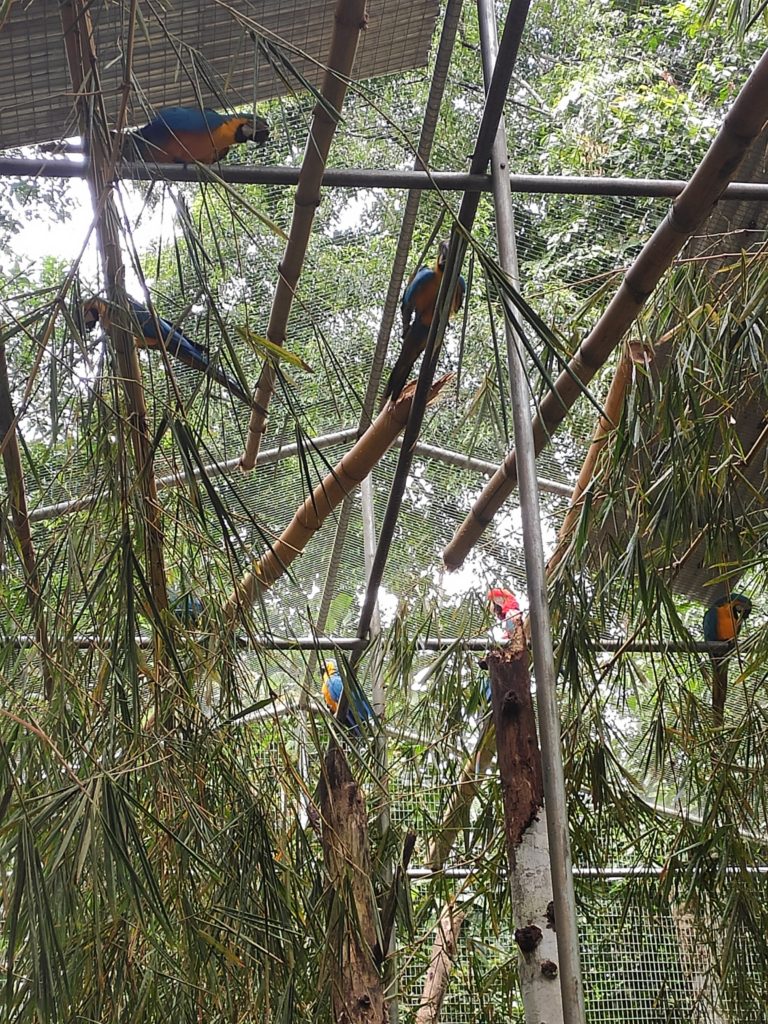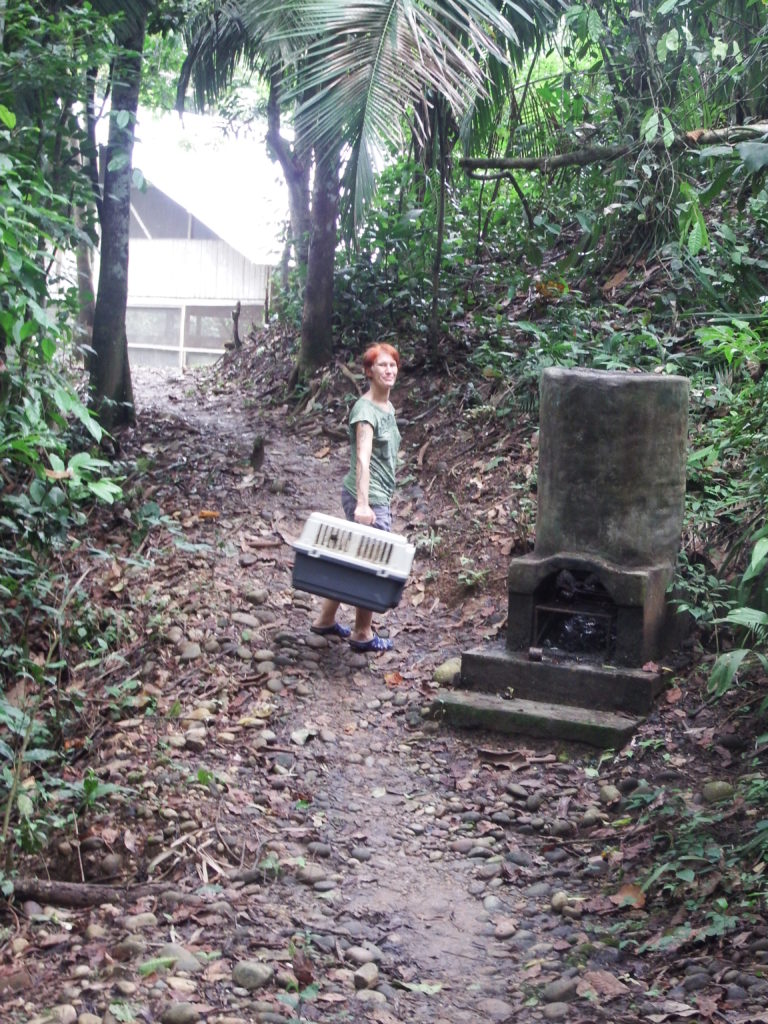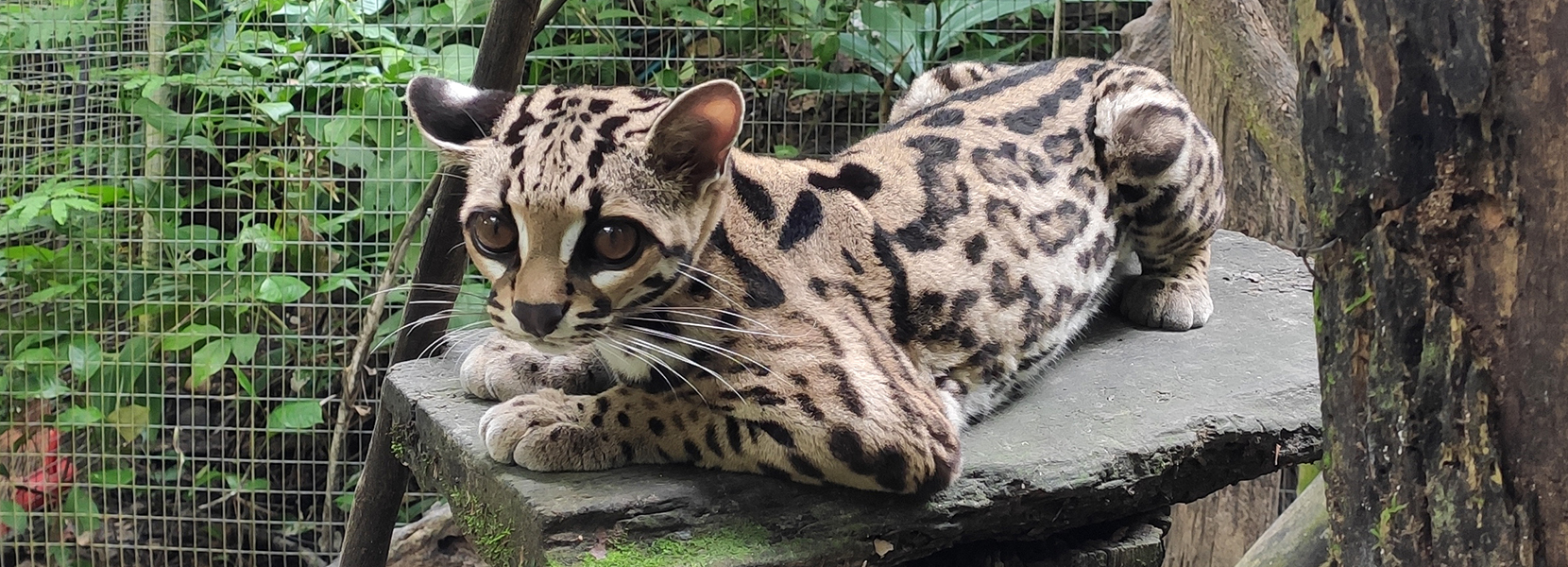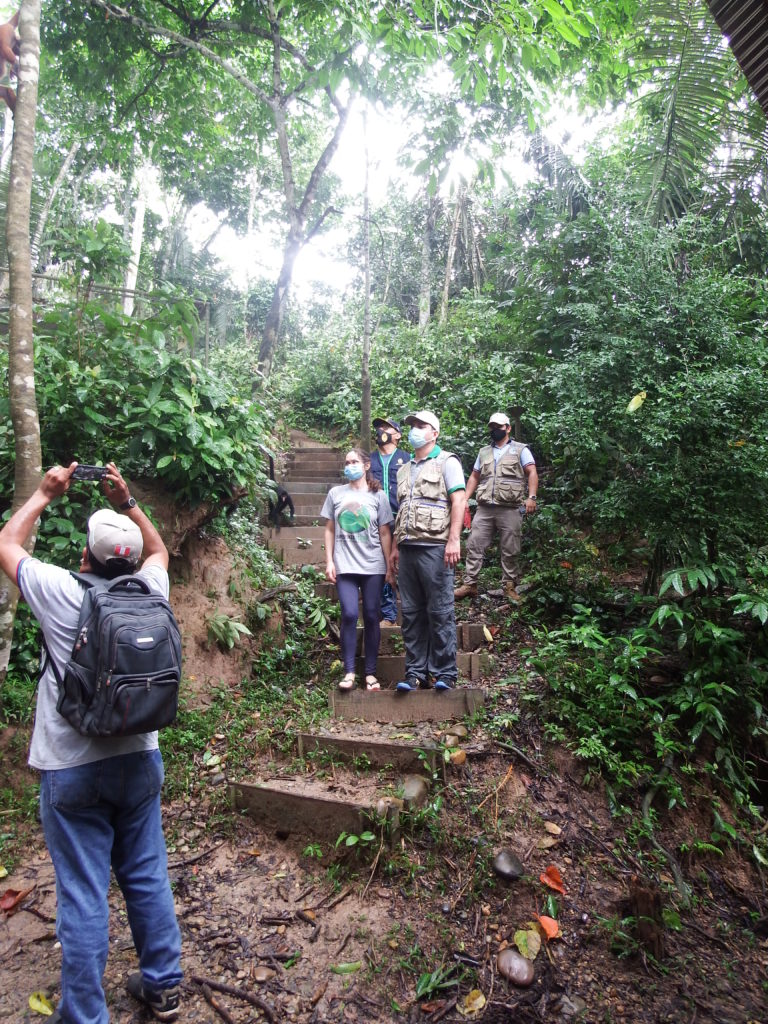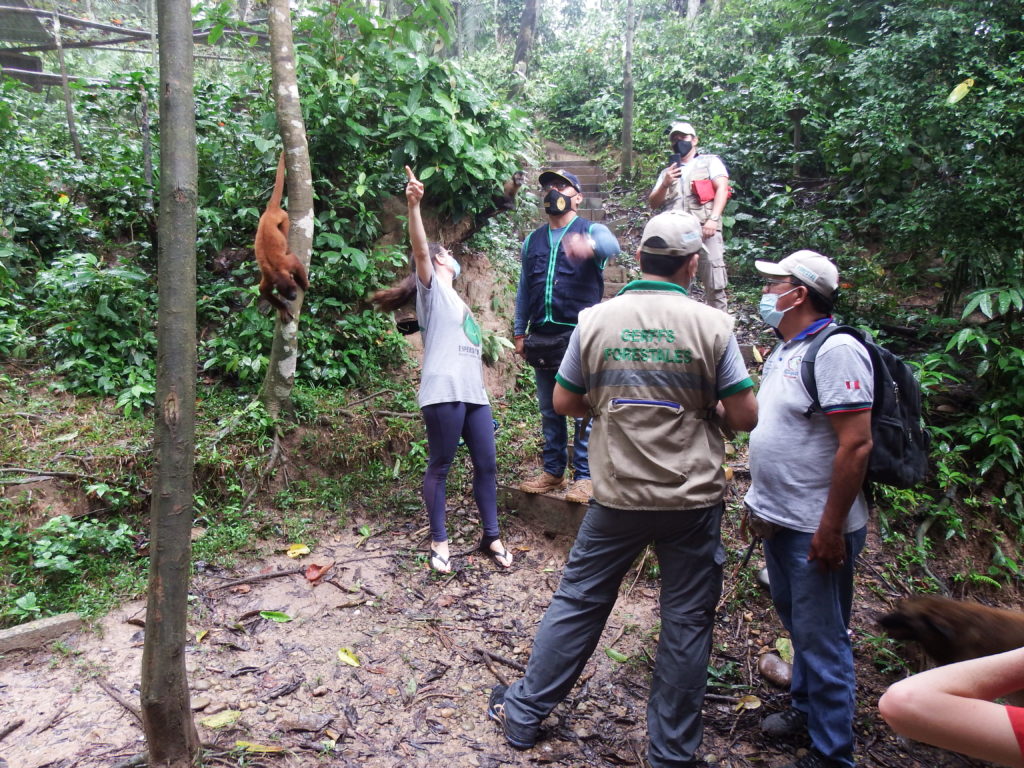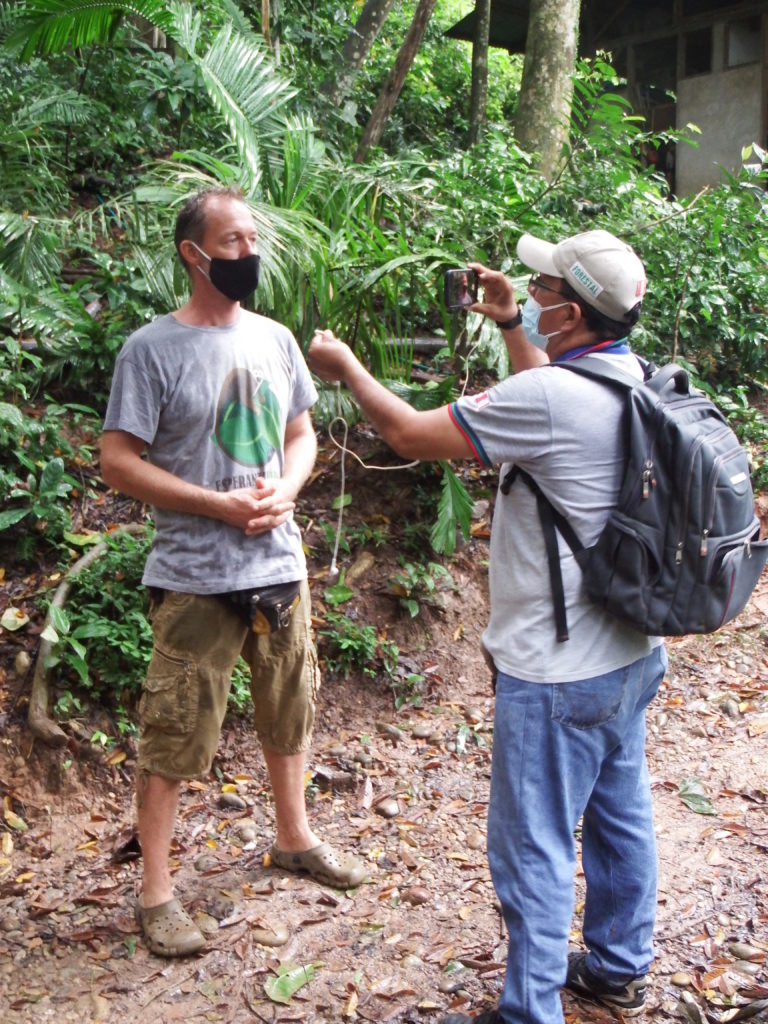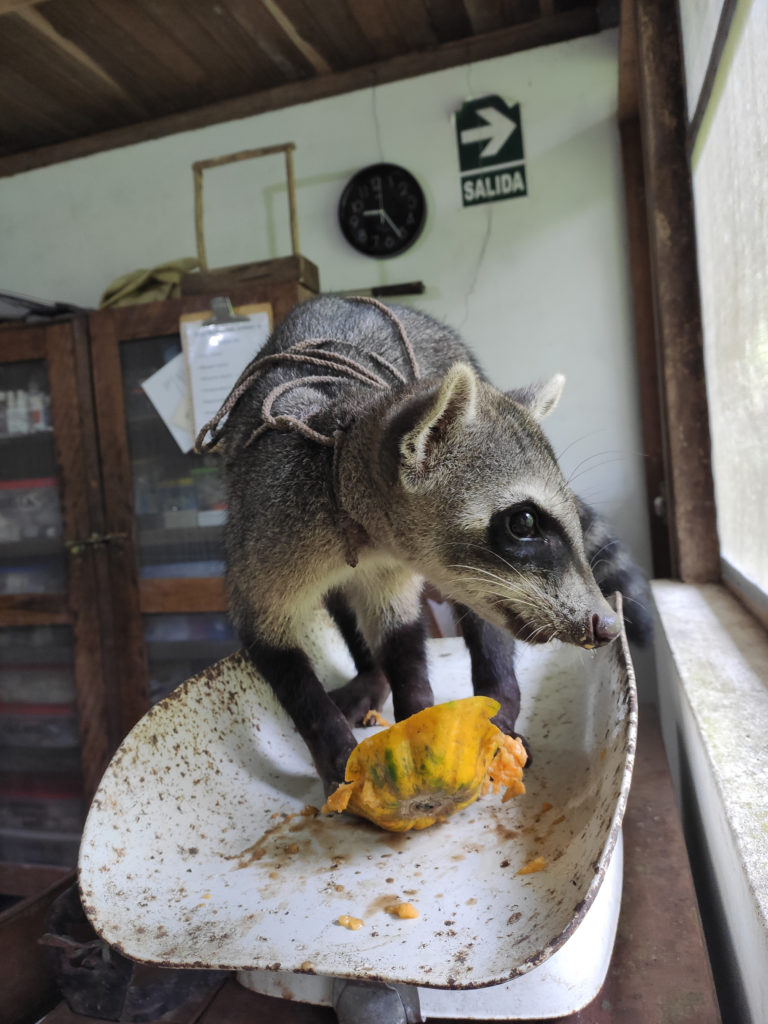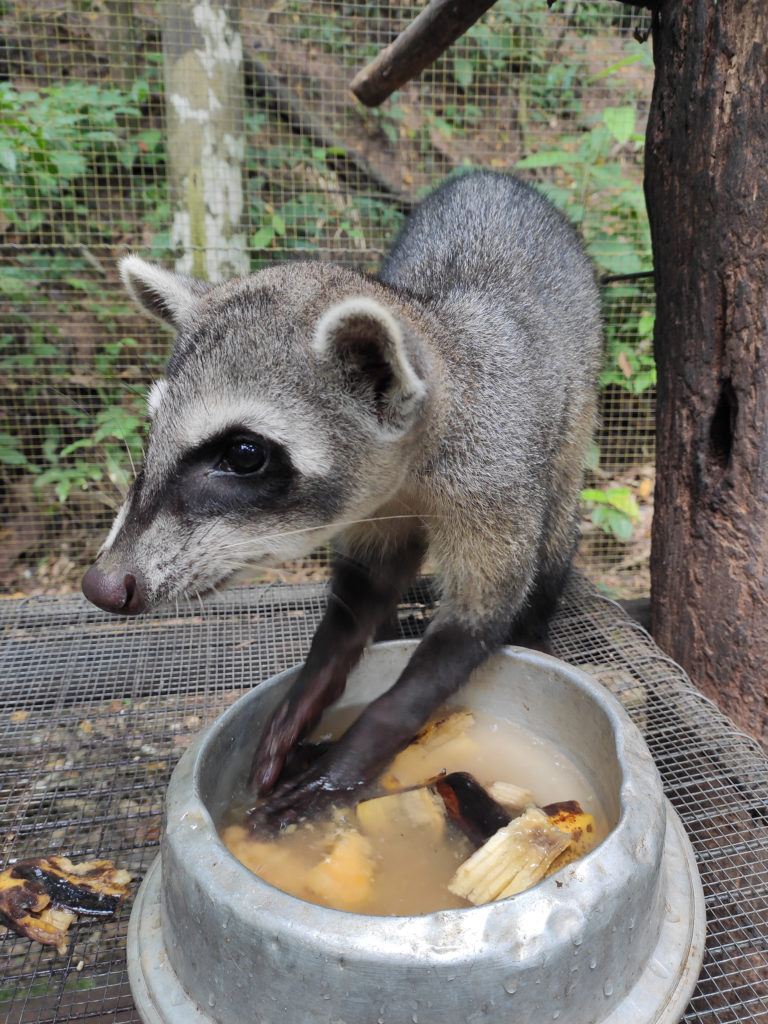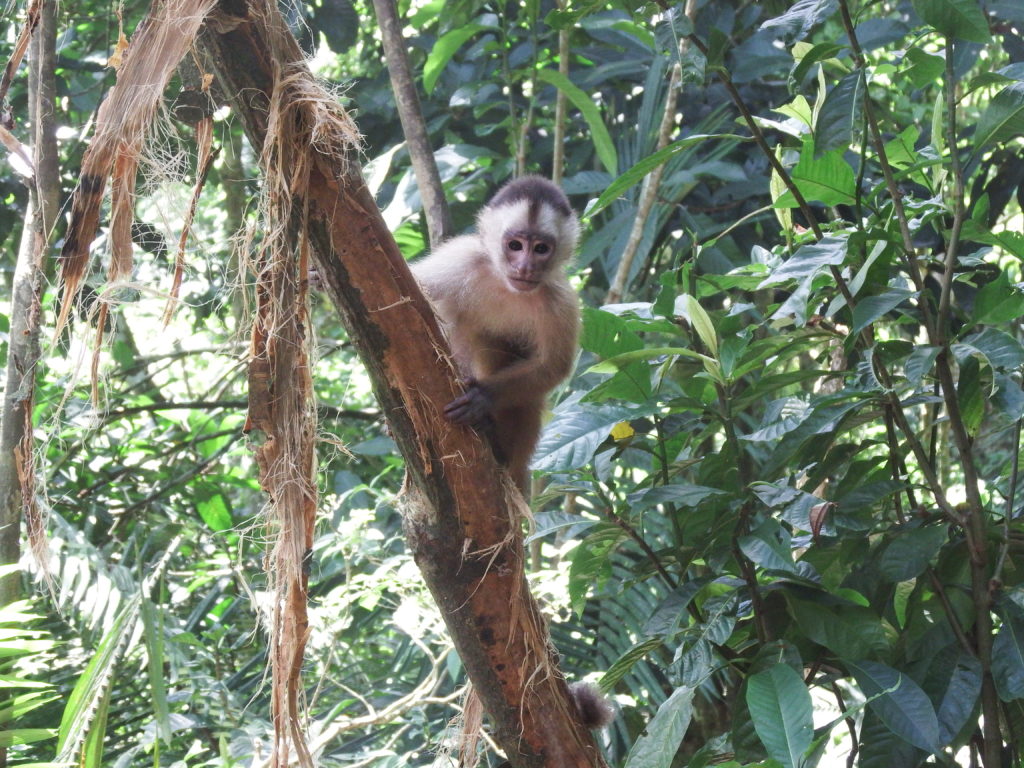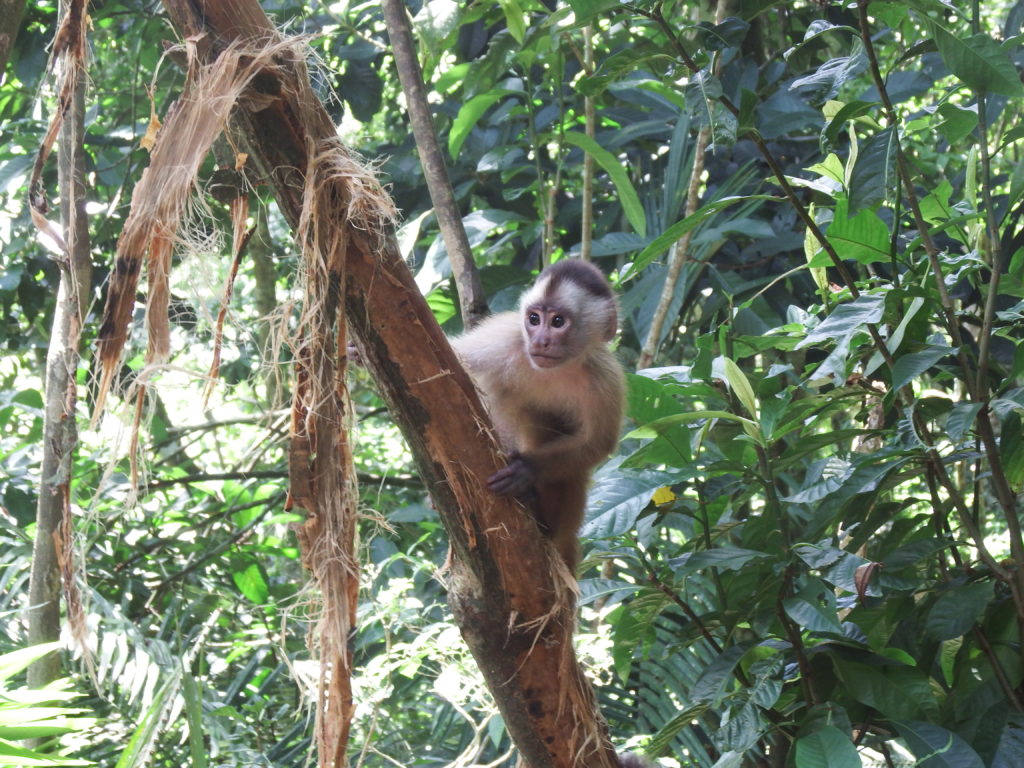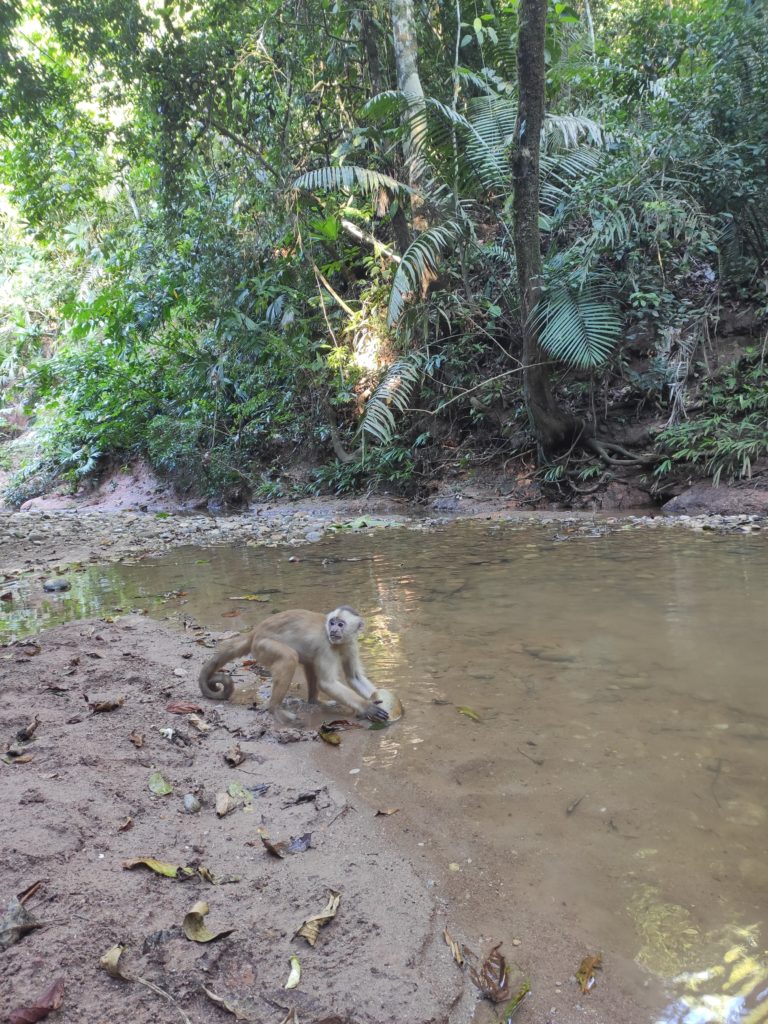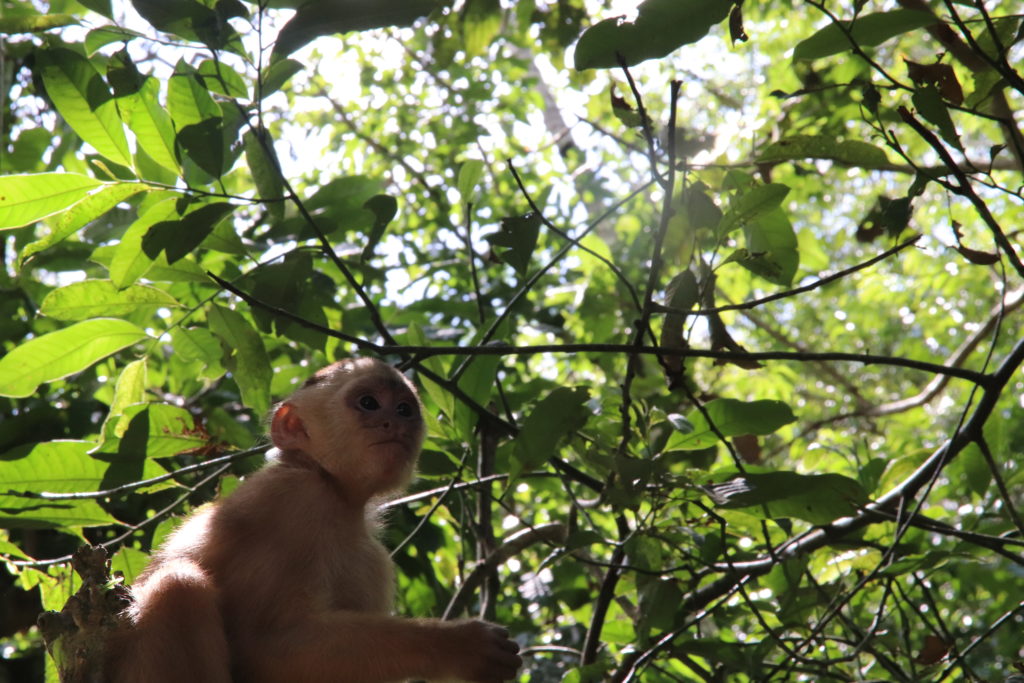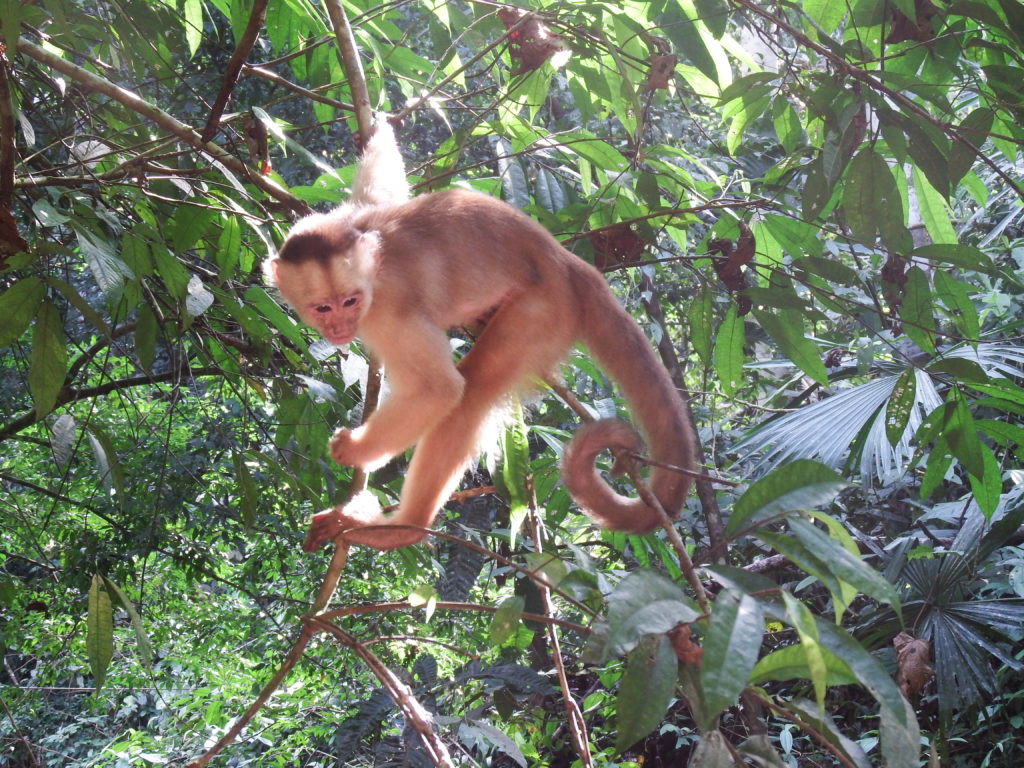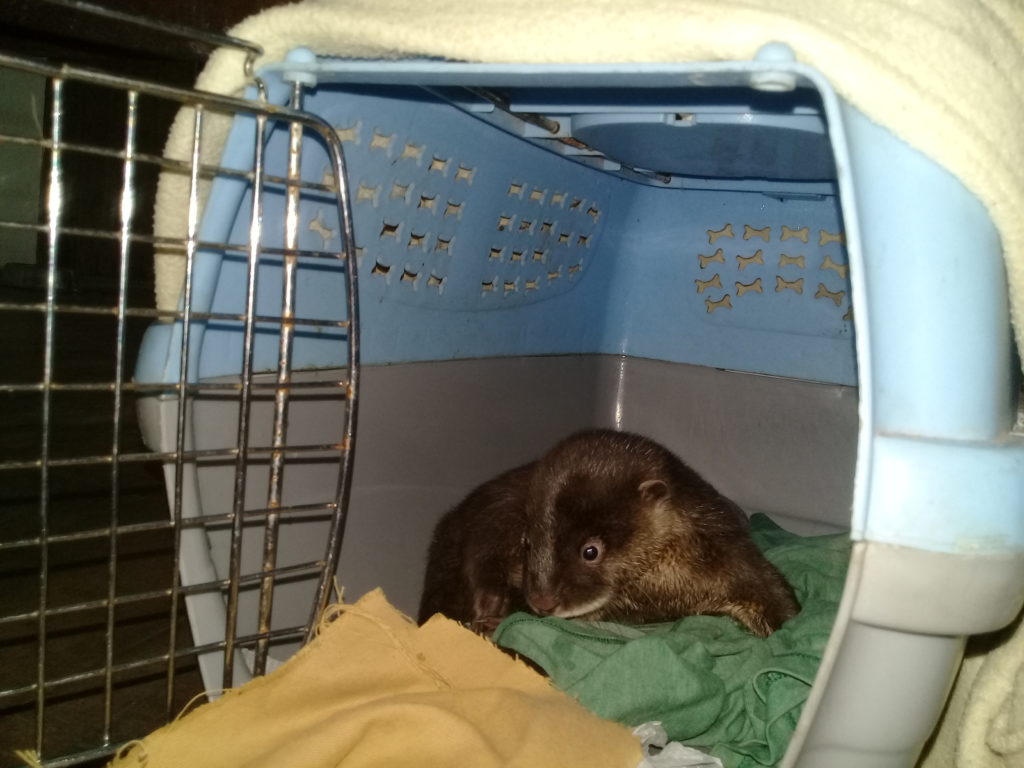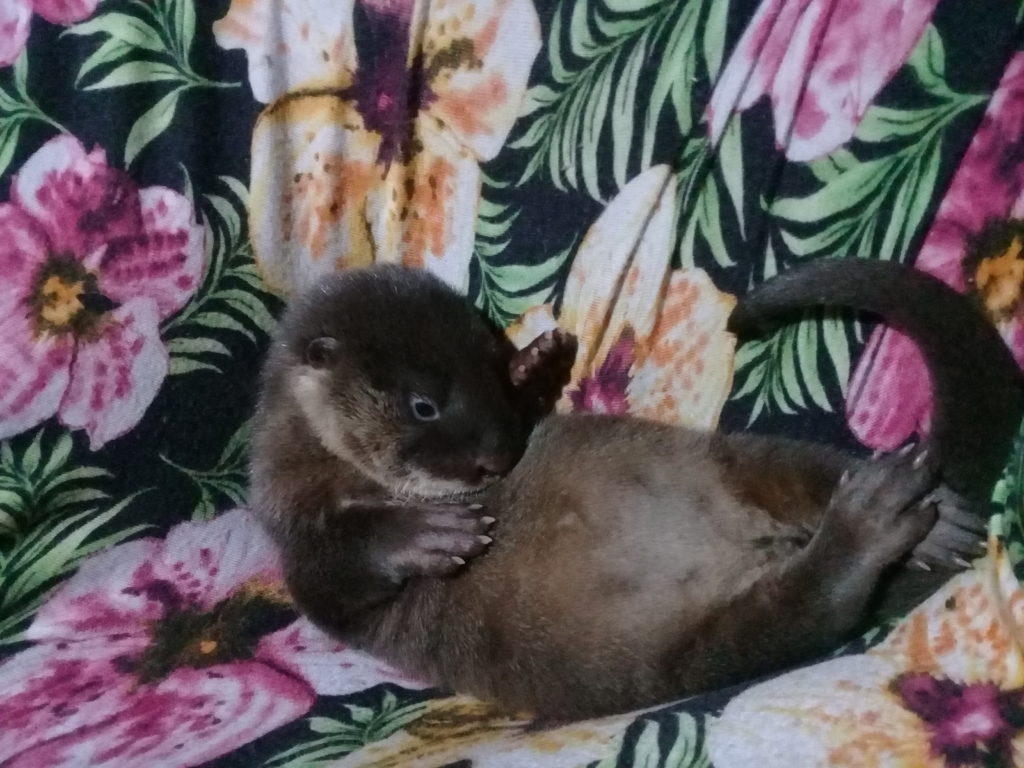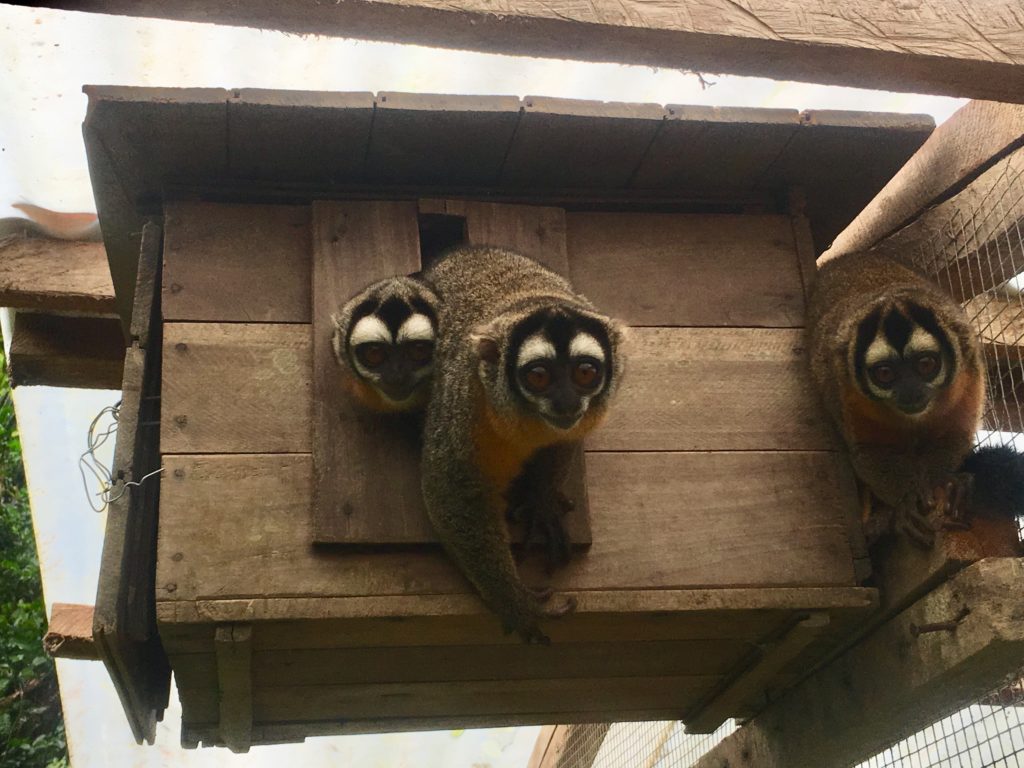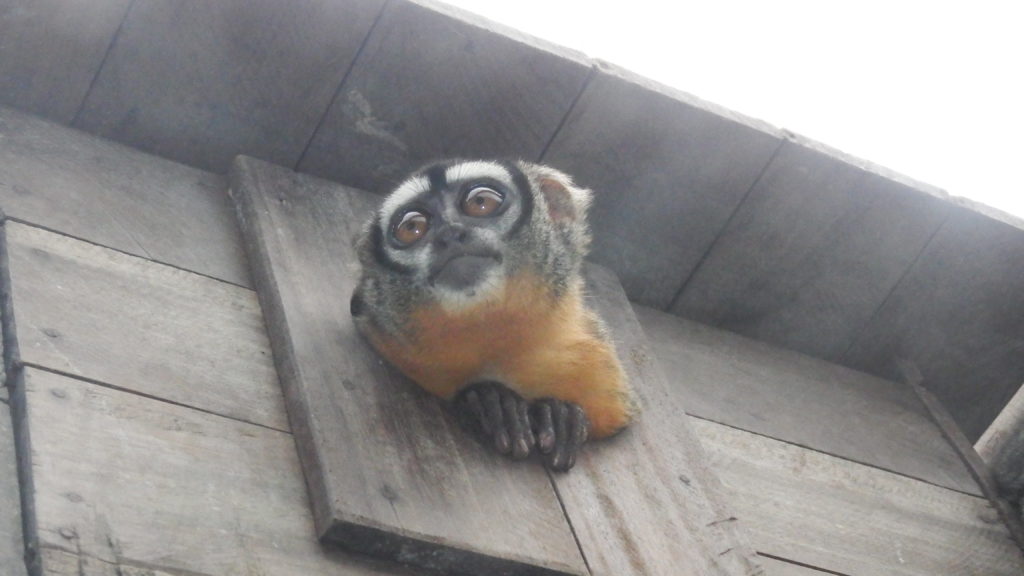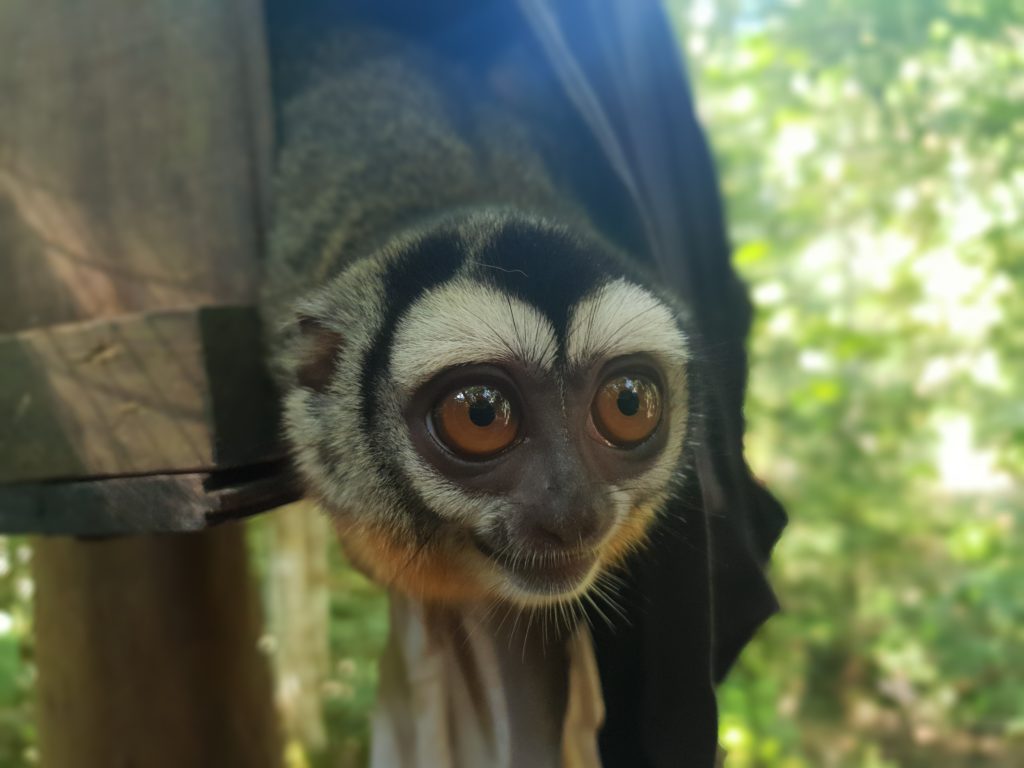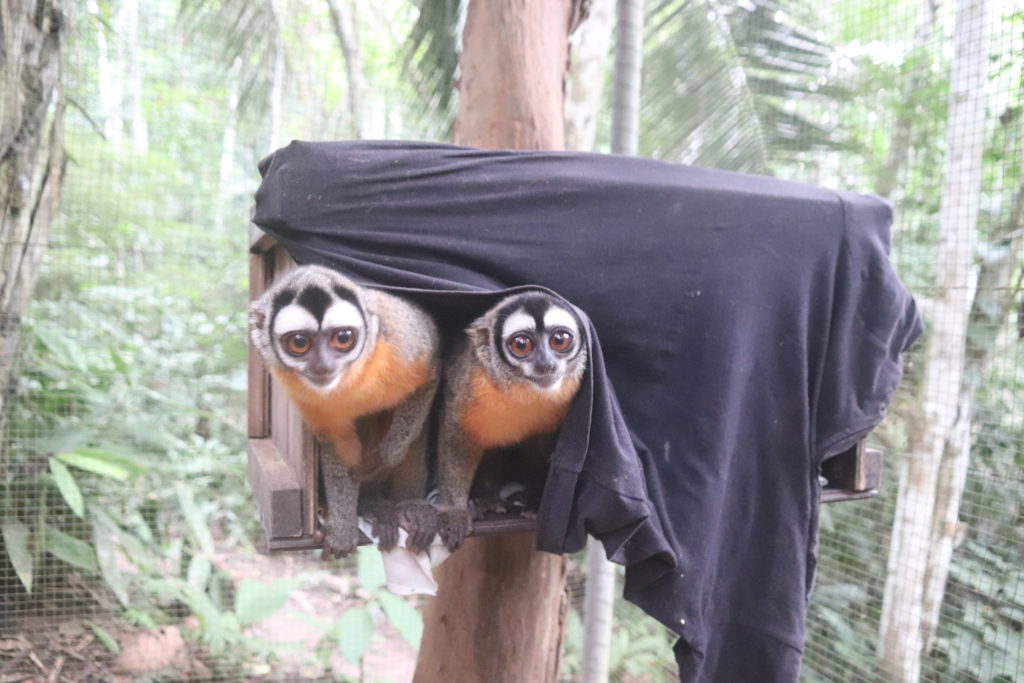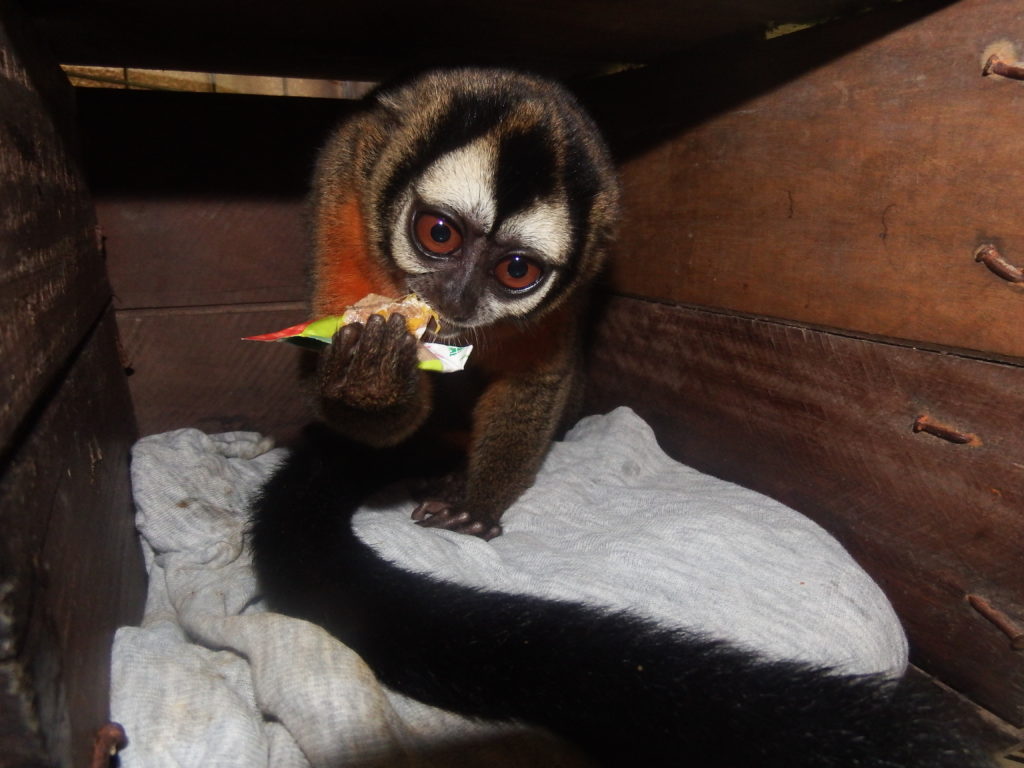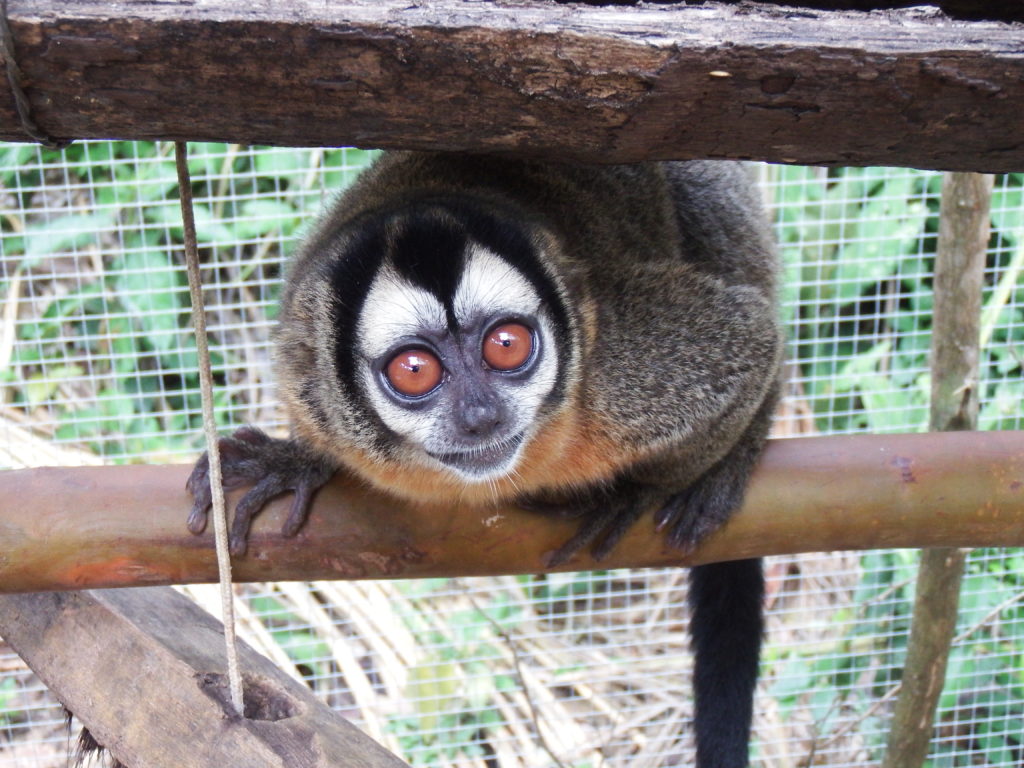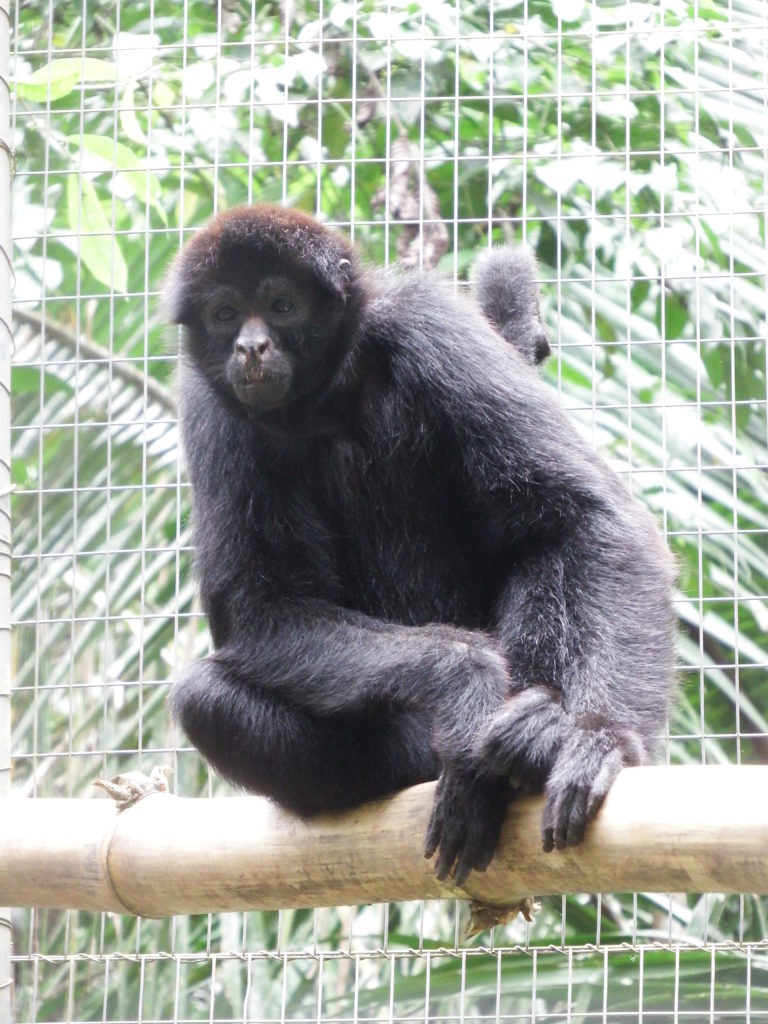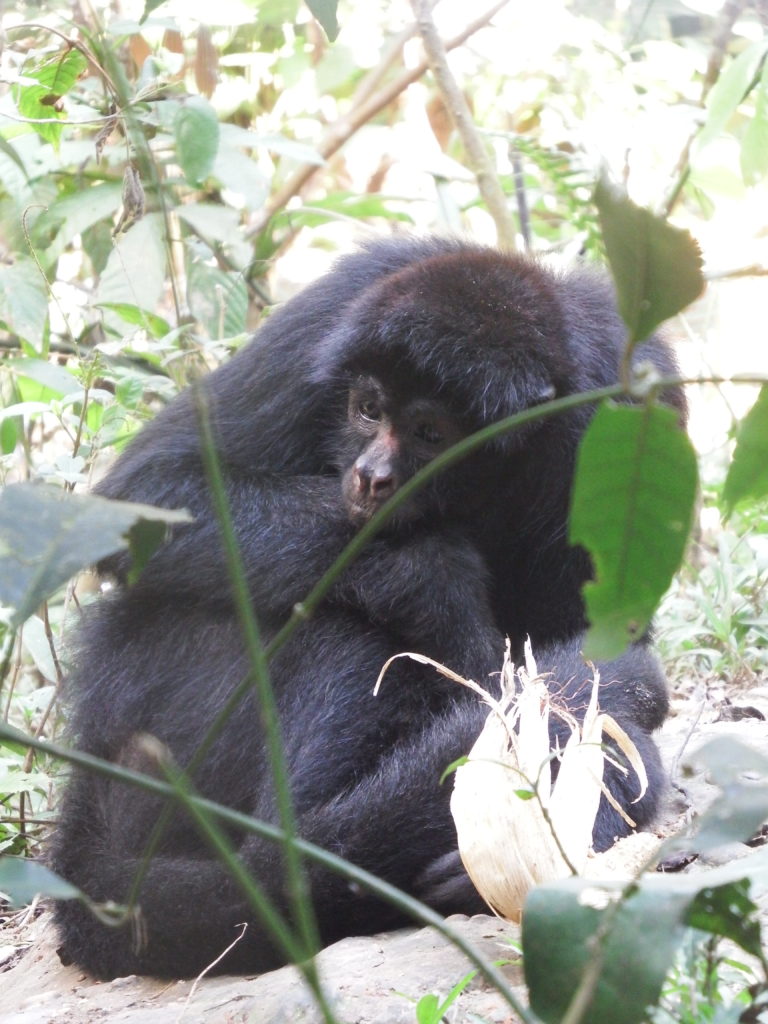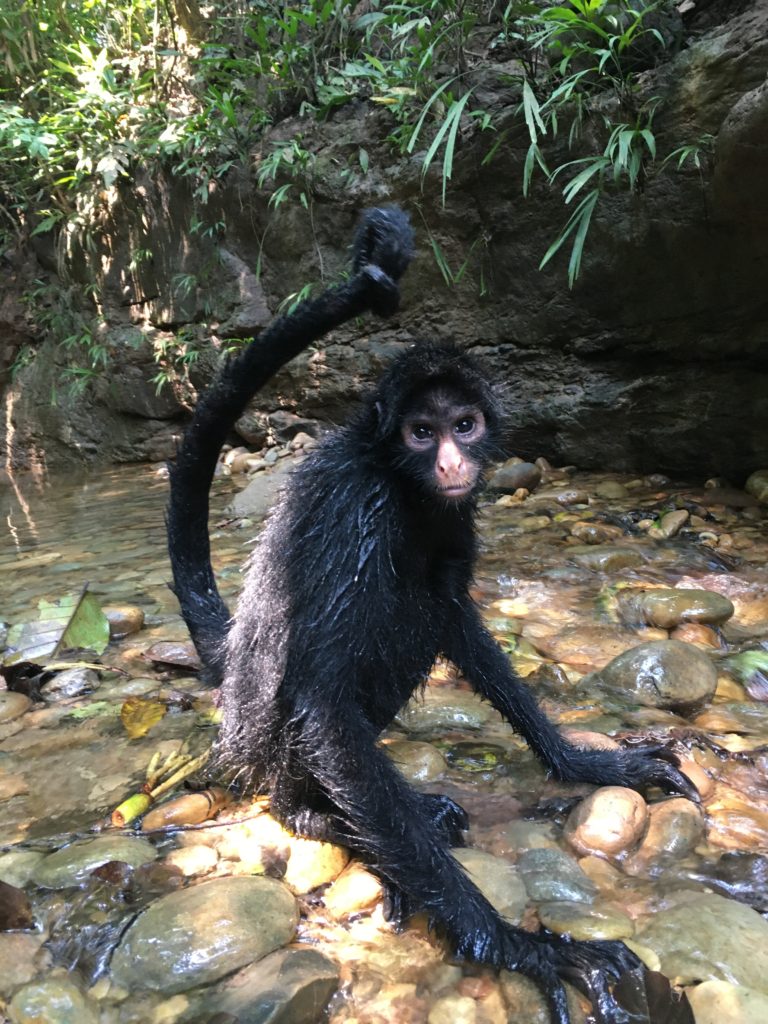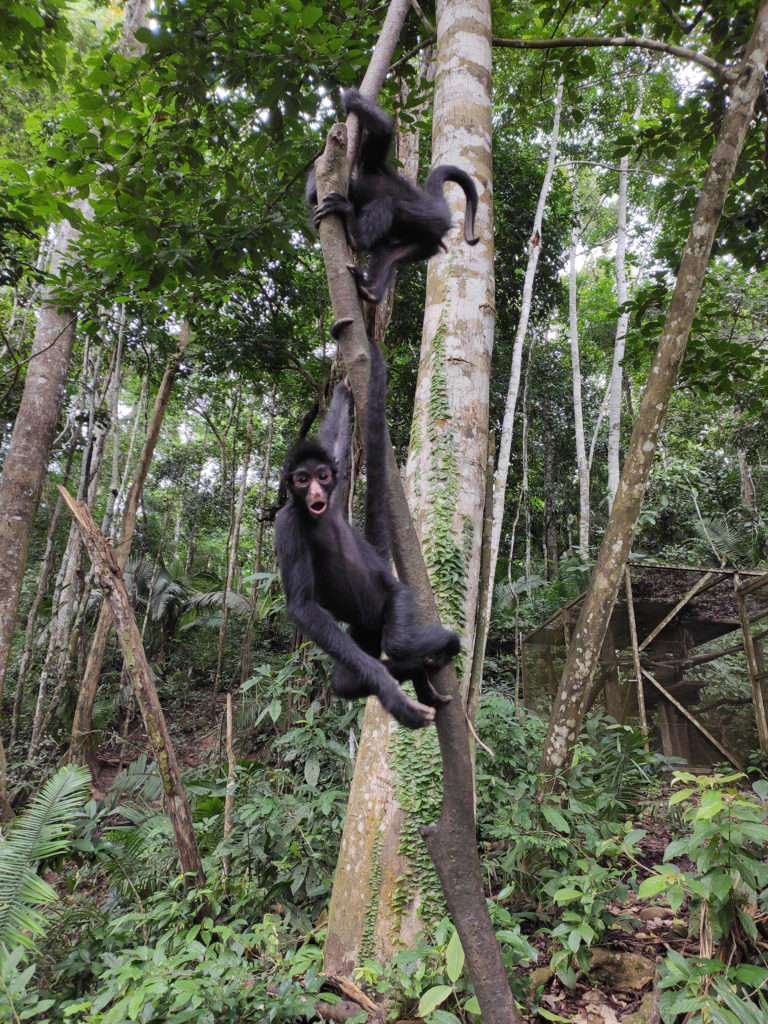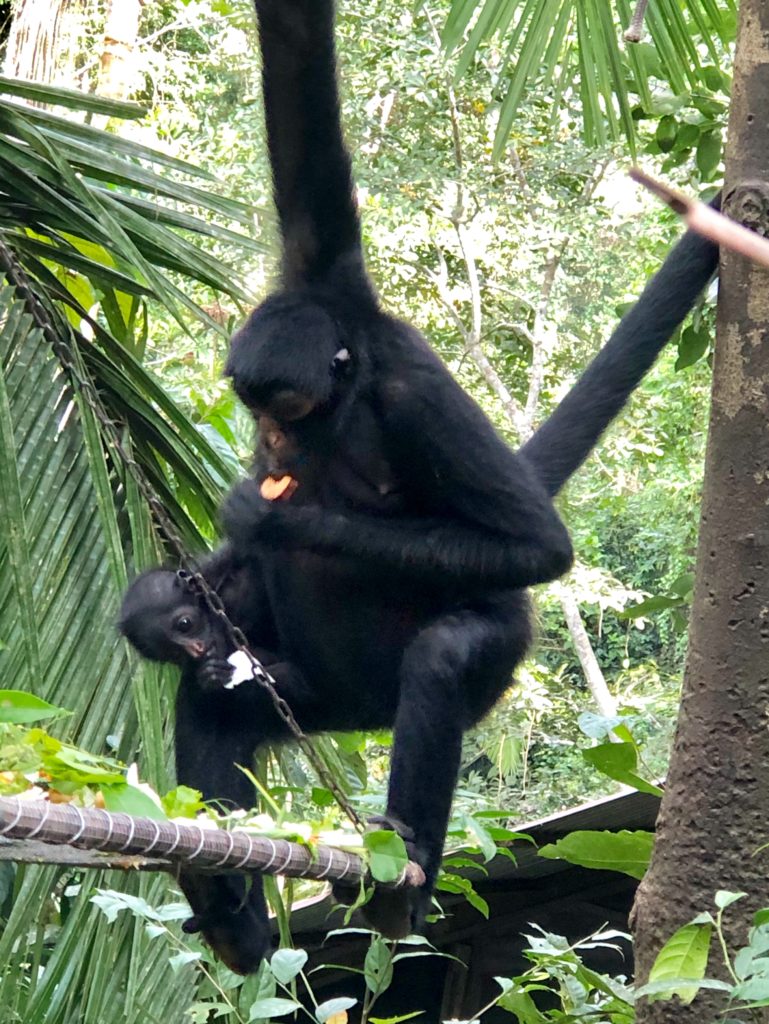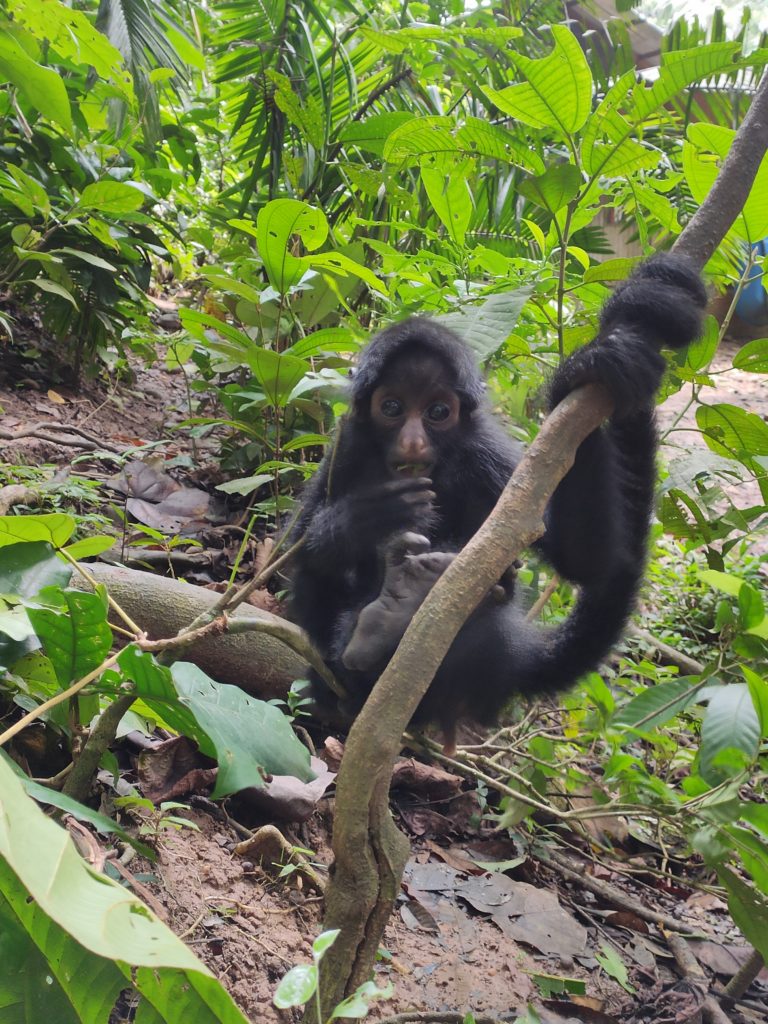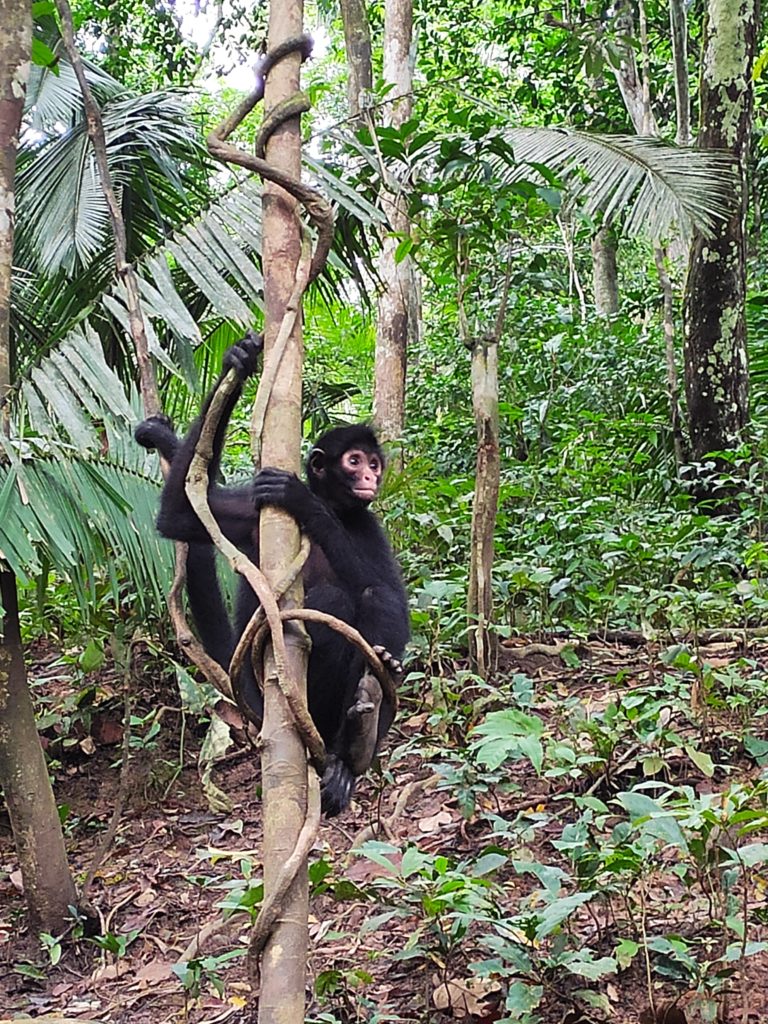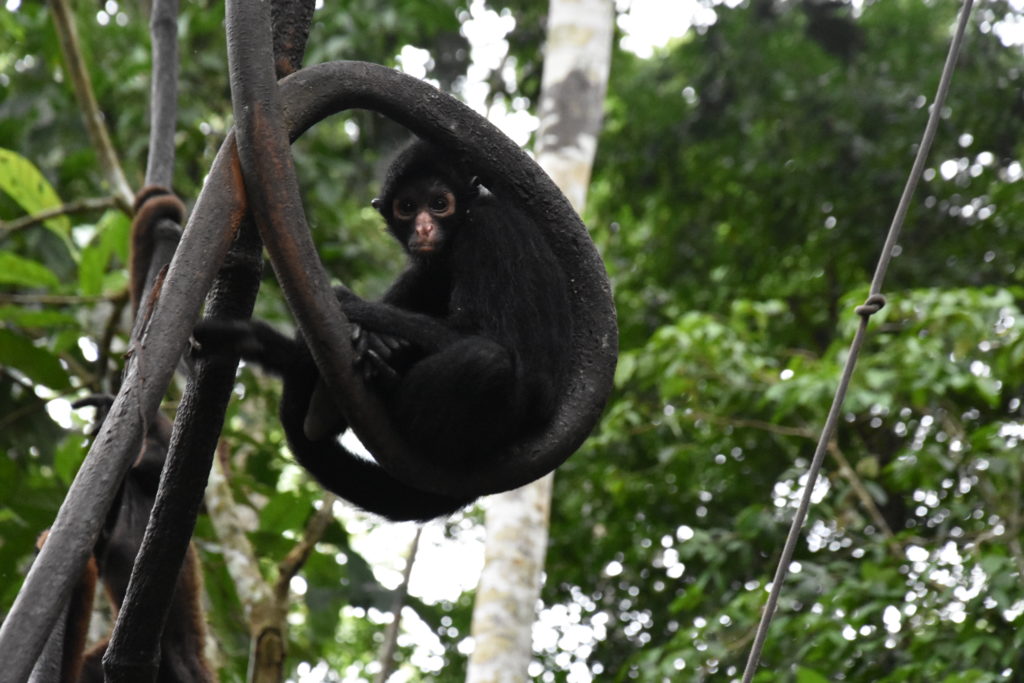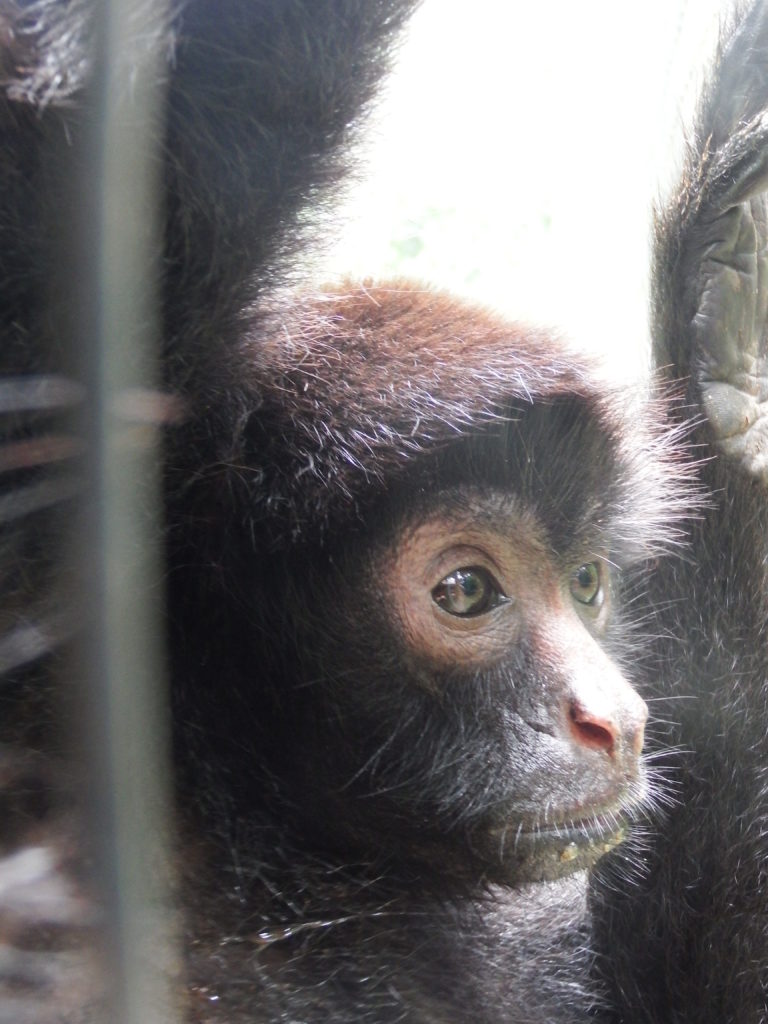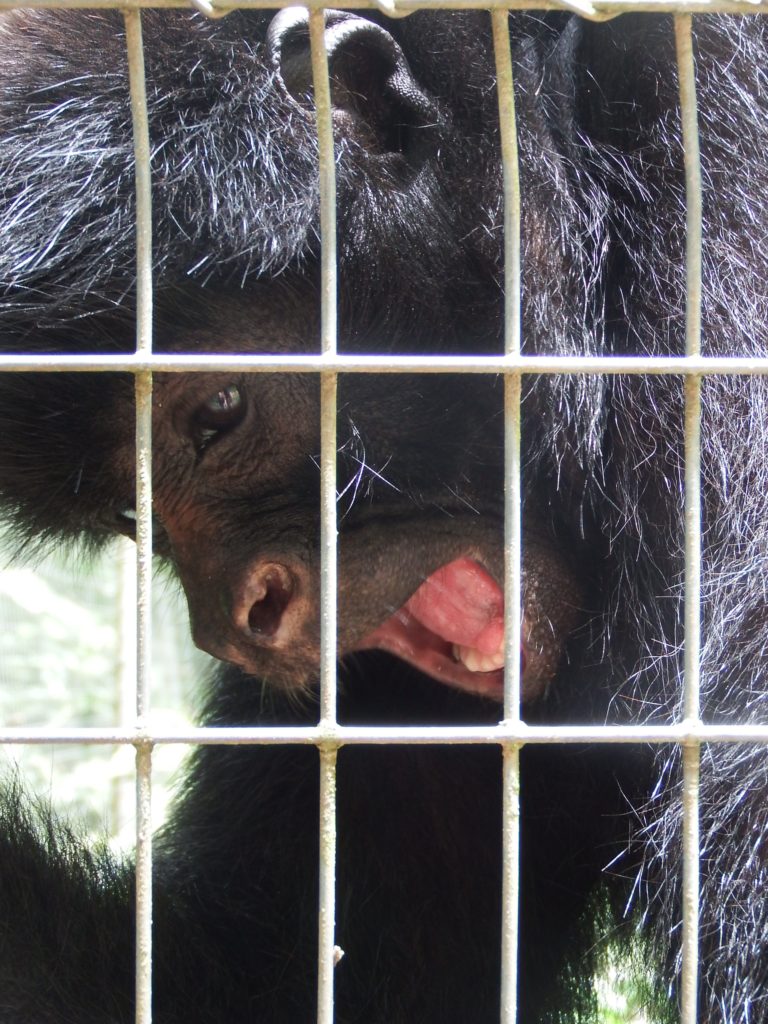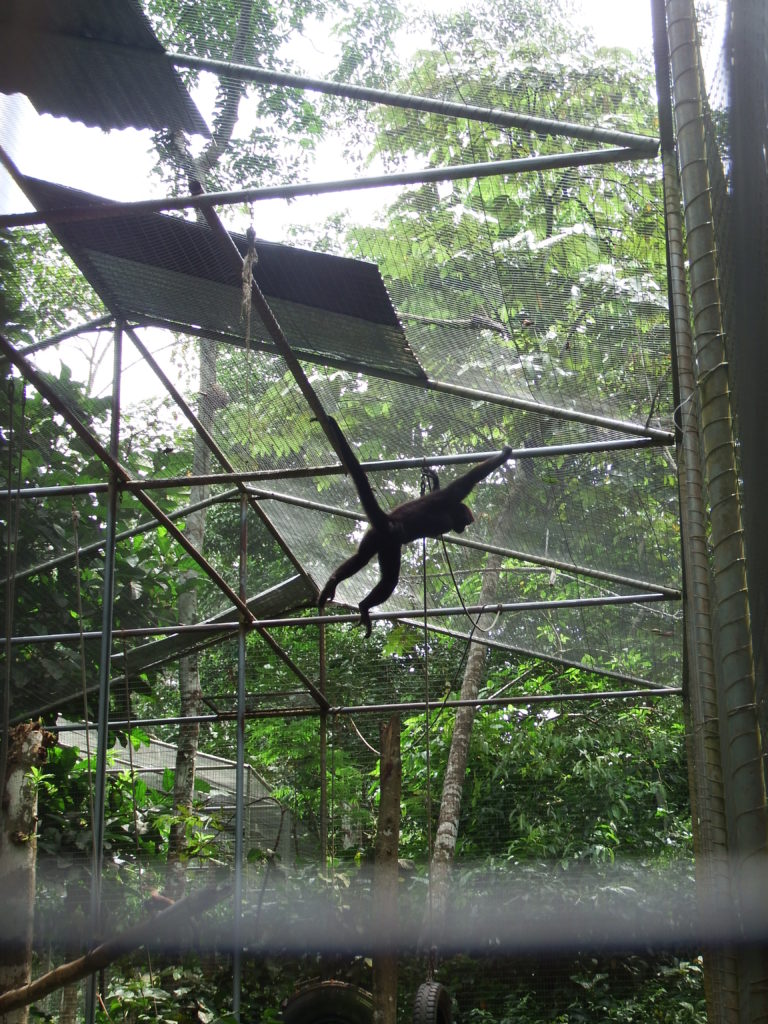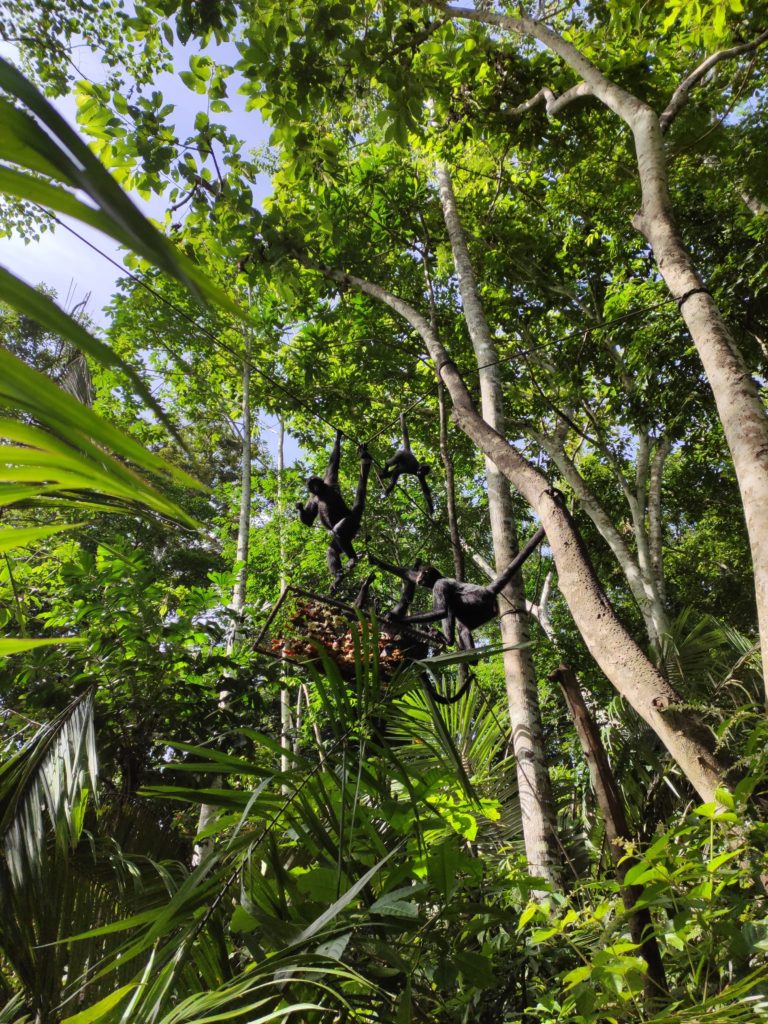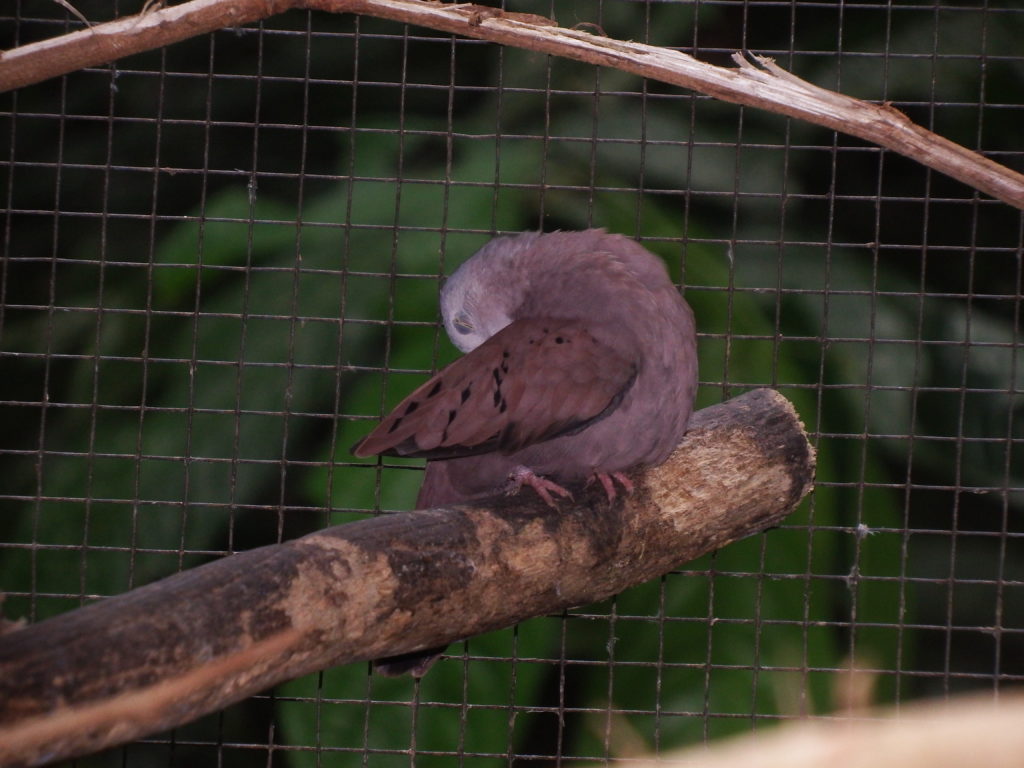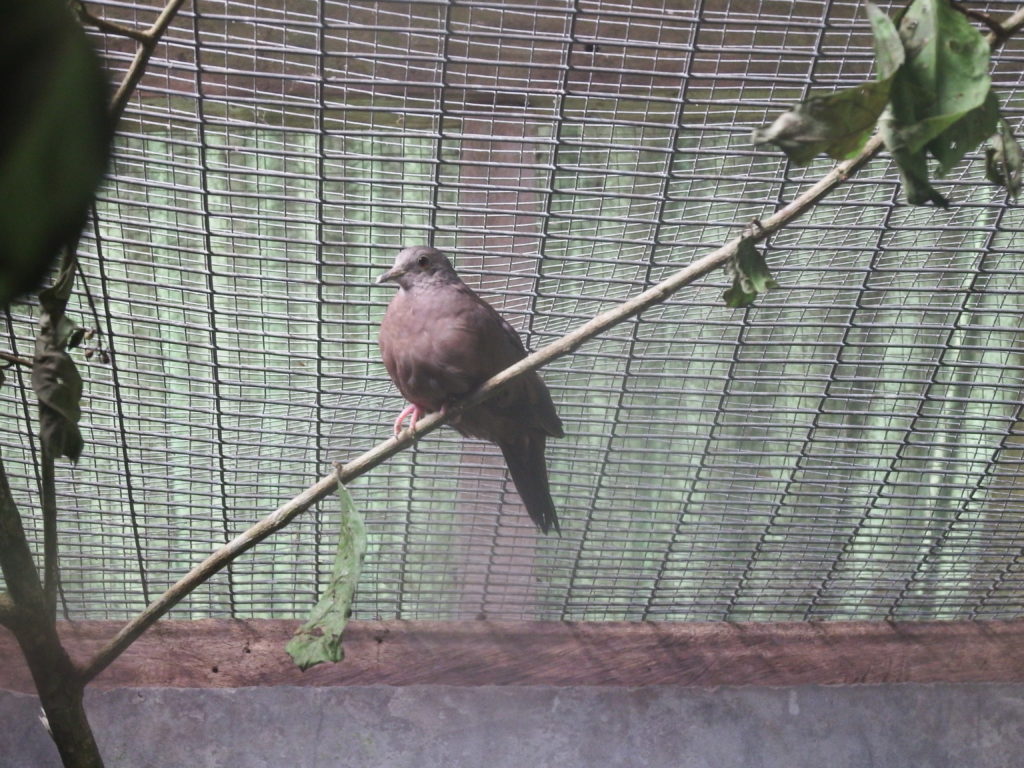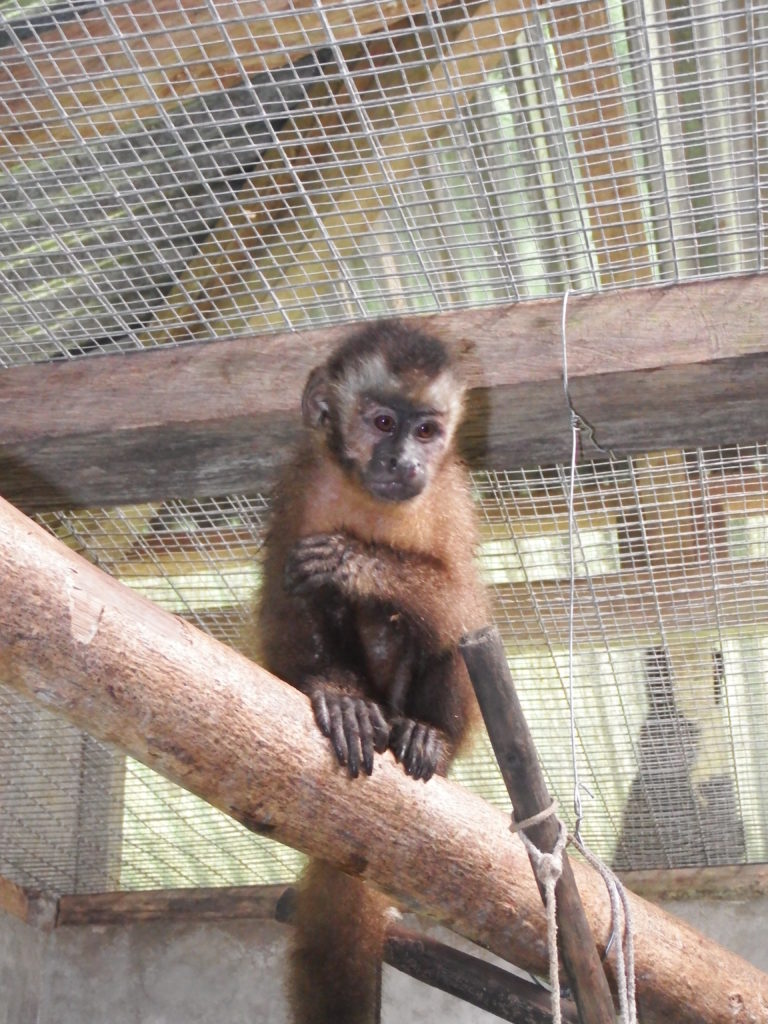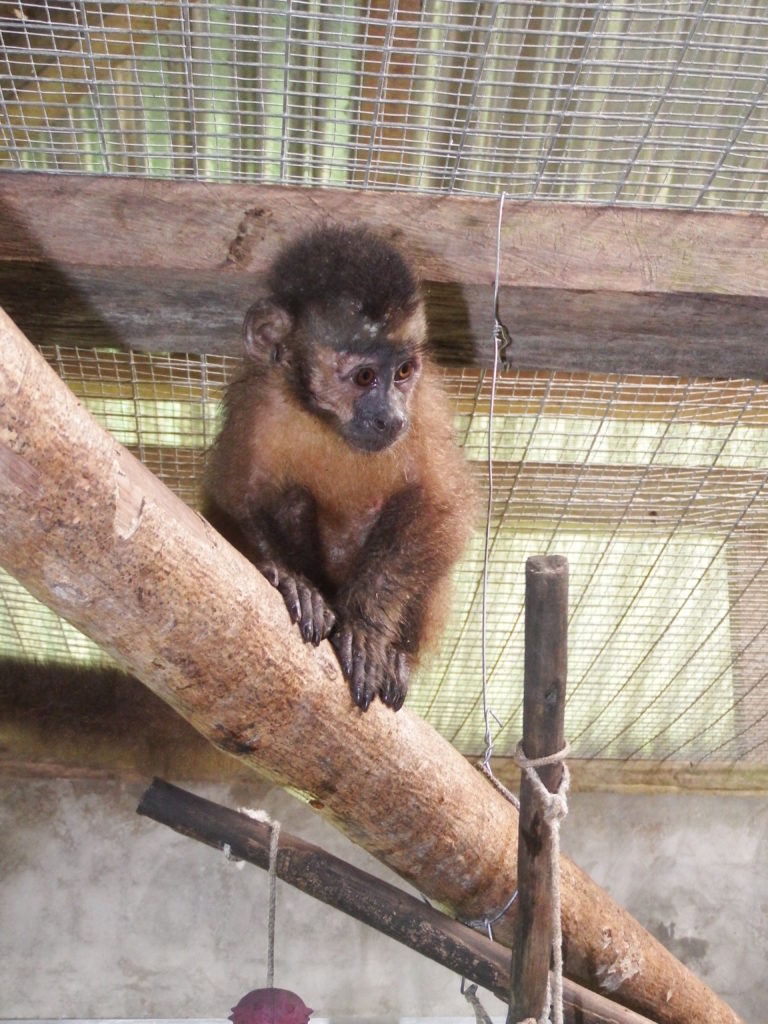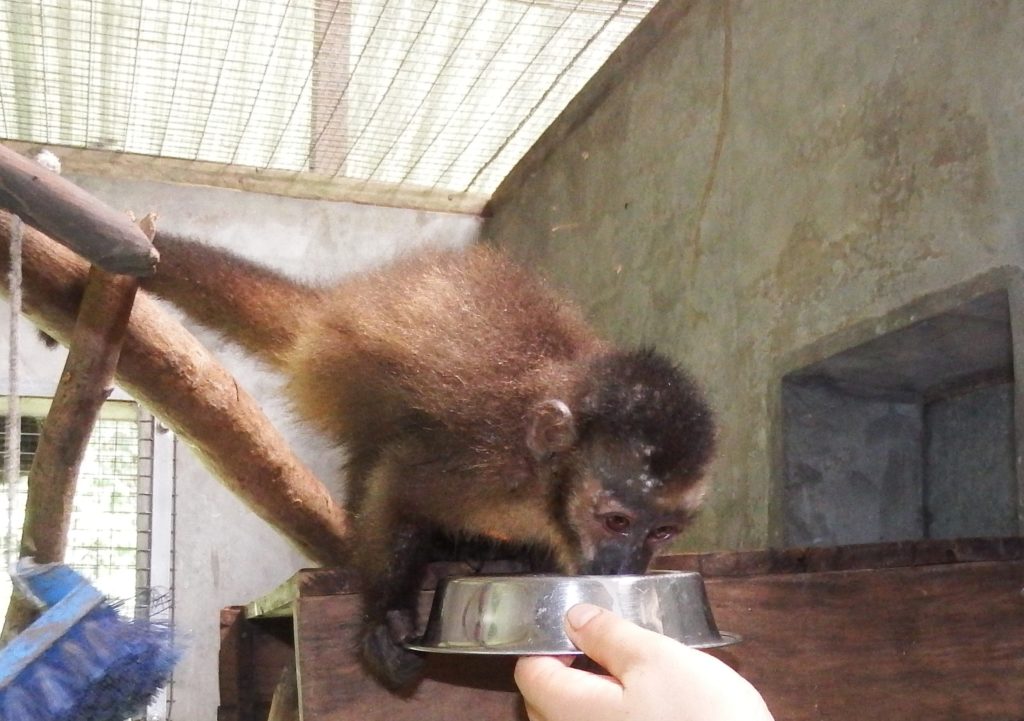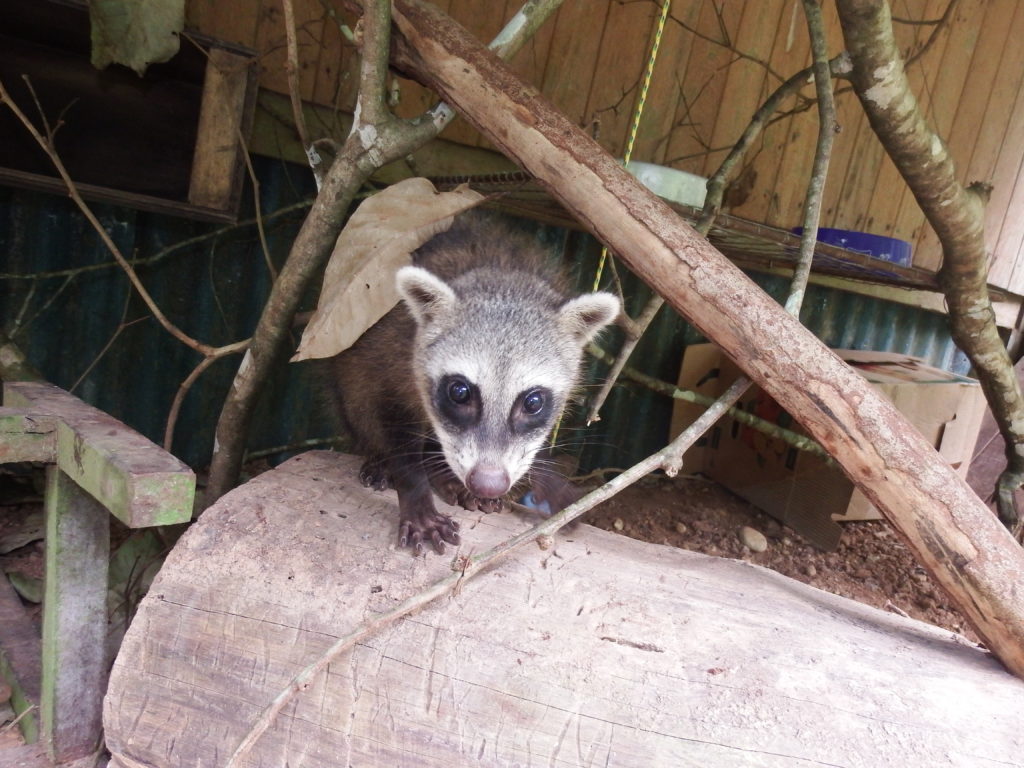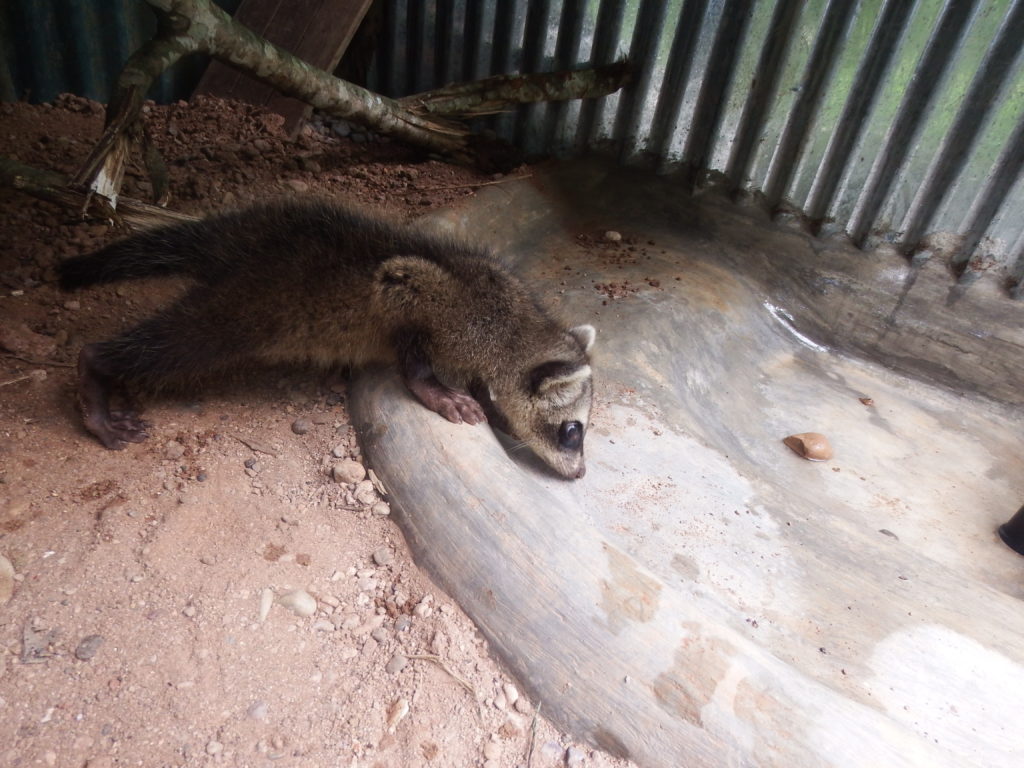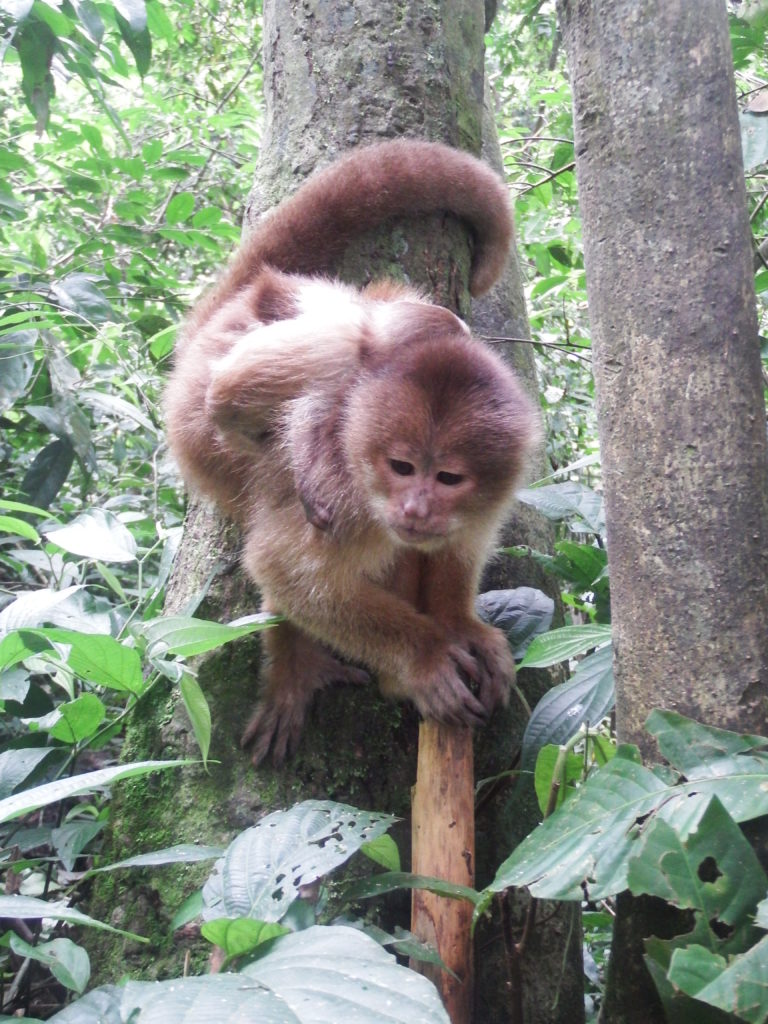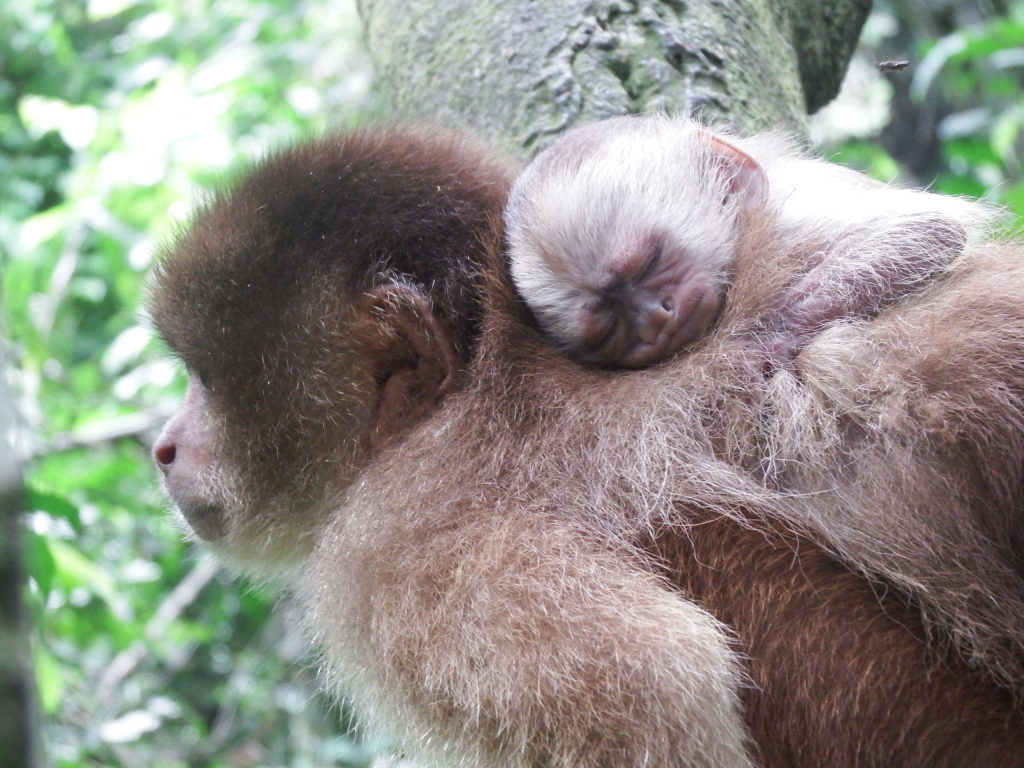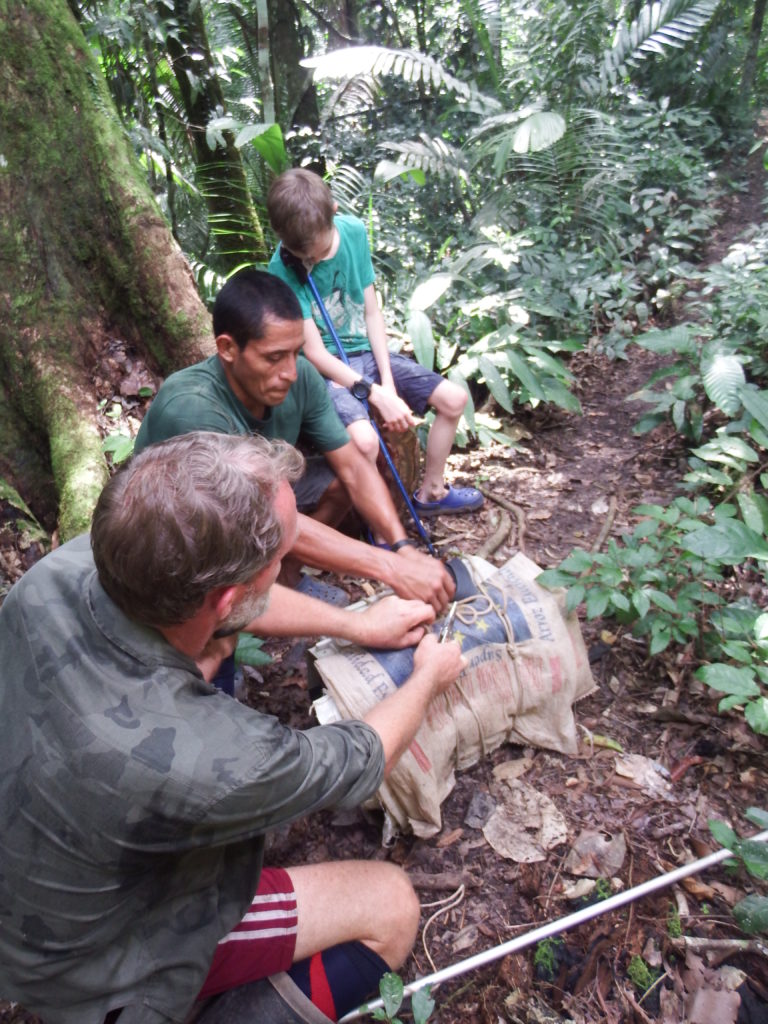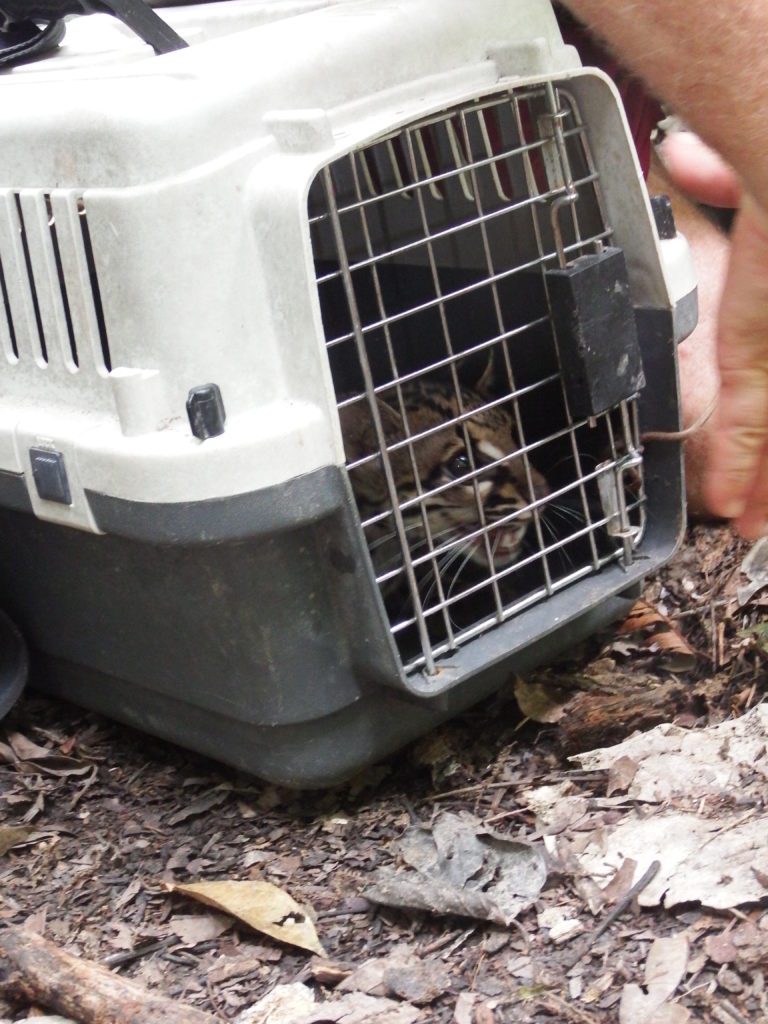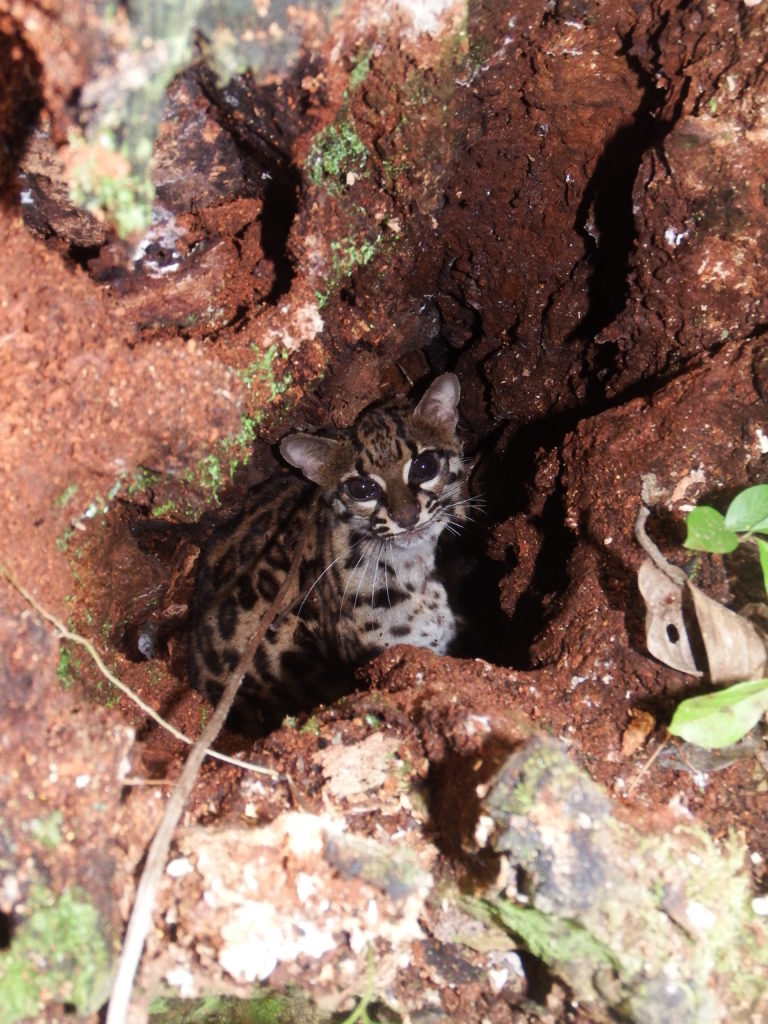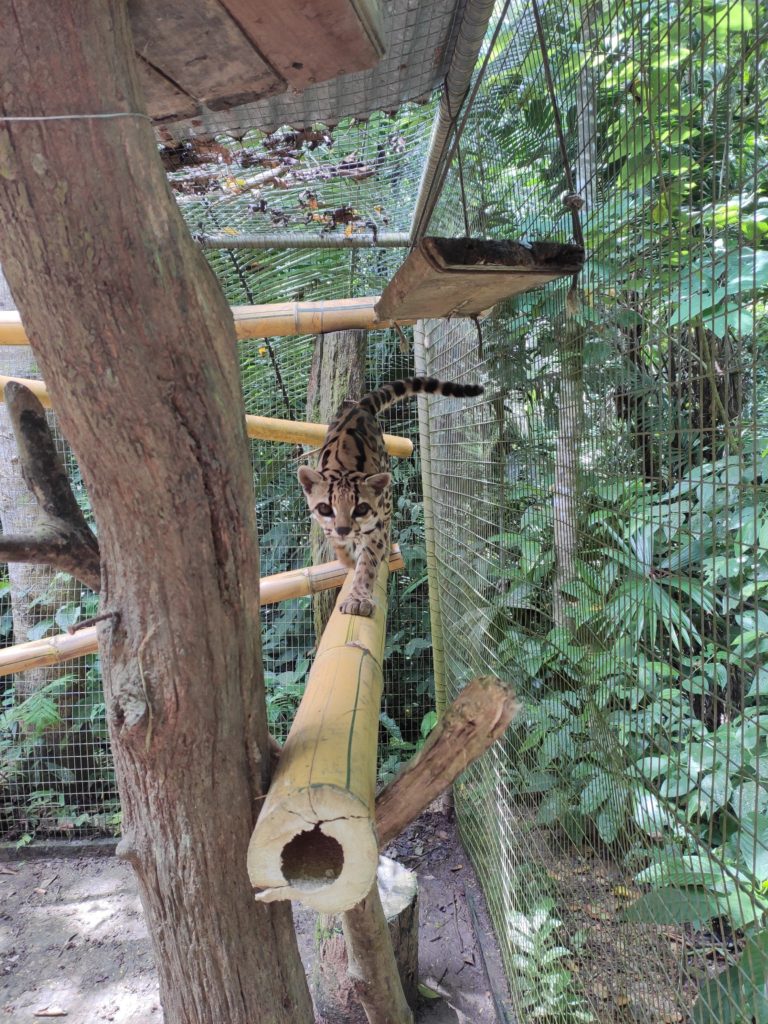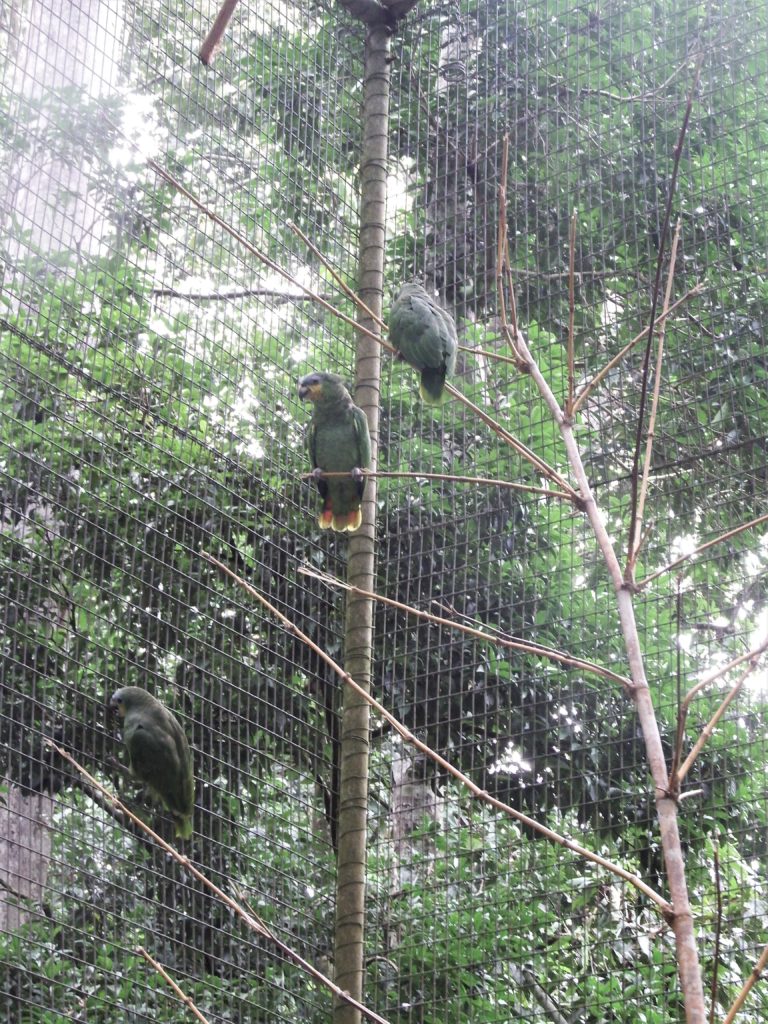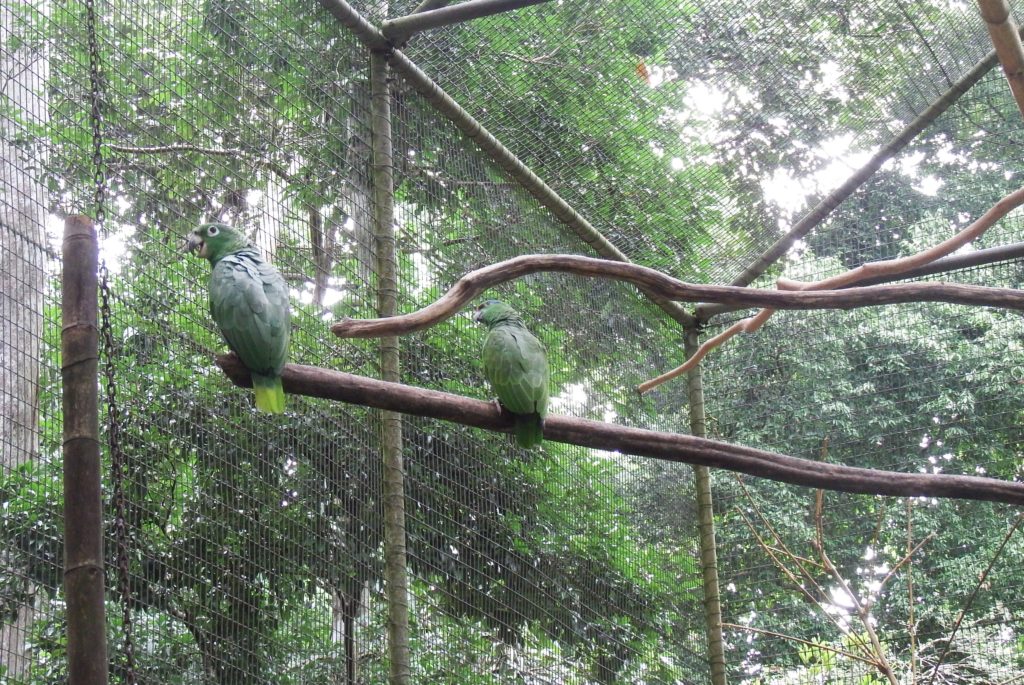It was a month of new animals, new beginnings for recently released animals, new energy from fresh new volunteers and even a change of season which saw the almost drought like conditions finally break. The often-frantic pace of Esperanza Verde continued throughout the month, read on to see how we kept ourselves occupied in October.
 Animals
Animals
Moyo (adult male Humboldt’s woolly monkey) had the month enjoying a lot of interest from the outside group of monkeys, but also got new company within Lulu enclosure. Panchin the young male woolly monkey who arrived last month, moved from the SUSTOAH (clinic) to enjoy Moyo’s company. Initially neither monkey seemed happy with the introduction, Moyo was uninterested and Panchin screaming and getting as far away from Moyo as possible, yet after just a few days both monkeys could be seen sleeping together or sheltering from the rain. After a few weeks Panchin was released to the outside world where a great deal of curiosity was shown by Cesar the juvenile male spider monkey who took Panchin under his arm and showed him the ‘ropes’. It is a gorgeous sight to see two young monkeys bonding so easily, and if Panchin is not directly enjoying the company of Cesar he is actively mixing with the other young woolly monkeys. Panchin initially spent the days outside playing and returned to the safety and familiarity of Lulu enclosure in the evenings, but is now a permanent semi released monkey.
Another monkey joining Moyo and Panchin within Lulu enclosure was Darwin, our young adult male Jurua red howler monkey. Darwin, along with all the other animals are needing to adapt to the excitement of having unfamiliar and new people around after the better part of a year with very few new faces. Darwin hasn’t handled the transition so well and in conjunction with a seemingly coming of age showed too much exuberance to one of our new volunteers resulting to a bite to her ankle. Douwe (alpha male primate second only to Olivia 😉) was on hand to intervene but Darwin’s normal playful demeanour had a more determined nature. Darwin is currently residing with Moyo while Olivia investigates further and corresponds with other animal rescue centres on the best way to deal with an amorous adult male howler monkey.
Back in May, along with many other animals received from the ministry that month was a young spectacled caiman. After his transitory stay in Aguatena and having put on sufficient size the time had come to release him back into nature. All the volunteers were present for the release which is always an exciting moment seeing yet another beautiful creature being released into a natural habitat.
After his brief stay in Pepe enclosure enjoying the best fare available. Otis, the Ma’s night monkey was released and was quick to resume his daily ritual of hanging about the volunteer house. Otis’ weight will be monitored over the coming weeks to ensure his weight and health is consistent.
Takido our newest crab eating raccoon is progressing in leaps and bounds (quite literally) with his weight and independence improving constantly. Takido moved into the more spacious Pepe enclosure and is making the progression to solid foods. Fresh fish certainly appears to be a new favourite. Takido will now stay in Pepe enclosure until he is of a size sufficient to be released. In the interim he is being taken for regular evening walks by volunteers to familiarise himself with his new home.
Bronco, the male capybara has settled well into the Momo enclosure and is lavishing in the attention on offer from anyone with five minutes to spare. The fact that he has spent most of his life as a pet and is unable to be released means that our strict “No Touch” policy will not apply in this case. It is difficult to see who enjoys the “petting” more, but the noises Bronco makes suggests he is definitely enjoying it.
October was also the month where we received a visit of the governmental organisation, OSINFOR. This agency is responsible for overviewing and checking that all animal centres (including zoos) animal are following the law to the book, often involving a lot of bureaucracy, but a necessity as the illegal trade in animal is unfortunately one of the biggest markets in the world.
The visit went smoothly, some suggestions were made, but yet again we think Esperanza Verde passed with flying colours.
Babies are always exciting, and more so when they are from animals that have a history within Esperanza Verde. Telling individual capuchin monkeys apart is a skill that does not come easily for all, yet nearly any volunteer over the previous five years could name Nera from her behaviour and demeanour. All eyes were on her over the last few weeks as it became blatantly obvious that Nera was pregnant, and as the month came to a close, we celebrated the successful arrival of another healthy baby capuchin.
 SUST Animal Orphan Hospital
SUST Animal Orphan Hospital
After a few months of the SUSTOAH being added to other feeding tours, this month saw us needing and having the opportunity to yet again have a dedicated volunteer on hand at all times. A full house with new arrivals and ongoing treatment meant that there was never a dull moment.
Dakiri, one of our resident female agoutis, spent a few days in the clinic after she was seen with a massive lump on her side. Being one of the less tame agoutis meant that both Olivia and Douwe had to be on their “A” game and after a few near misses Dakiri was in a bag and transported to the SUSTOAH for closer inspection.
The lump was found to be a large boil and after rather dramatically removing the fluid and thoroughly cleaning the wound Dakiri was kept in the clinic for observation for a few days before being released into Pepito enclosure. The major concern with this procedure is the shear stress of the situation can be enough to kill an animal of this type meaning feeding and cleaning regimes were changed to ensure the most comfortable stay possible. Dakiri quickly recovered and was brought back to her outside enclosure to settle once again into her standard routine, often the last to be seen feeding ensuring to be free from harassment from any of the other agoutis.
Martin, a juvenile male Humboldts woolly monkey is spending some time residing in the SUSTOAH after it became apparent that he was losing weight and his normal condition was deteriorating. After stool sampling it was discovered Martin had both Prosthenorchis Elegans and giardia. Necessary treatment was administered and Martin will remain until he has the all clear.
Martin was joined by Lupa, an adult female Humboldts woolly monkeyafter just a few days. Lupa unfortunately experienced a still birth and both her behaviour and mobility was not as good as it previously was. Lupa is receiving treatment as well as extra vitamins and like Martin is sure to benefit from the extra attention.
And as there were not already sufficient woollies with health issues, we found Yauri, a young male who was released to semi-captivity some months ago, outside laying on the floor with a high fever. We decided quickly to take him in, and started treatment in the clinic.
After her previous stay in the SUSTOAH Delta the orange winged amazon parrot’s weight was being monitored weekly. Although there are no apparent health issues Delta continues to lose weight while in the Igor enclosure. She now returns to the clinic joining Berta one of last month’s new arrivals for some personal time and a controlled diet ensuring she is getting the best care possible. If the new vocalisations are anything to go by one could suggest Delta appreciates the attention.
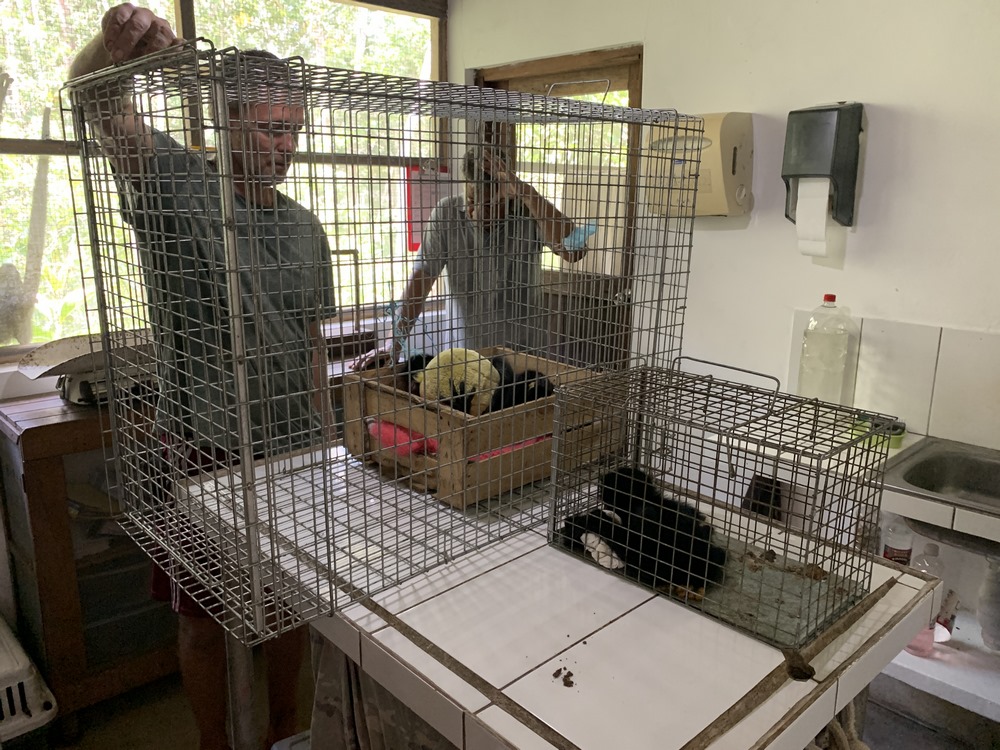
Arrival of three new monkeys 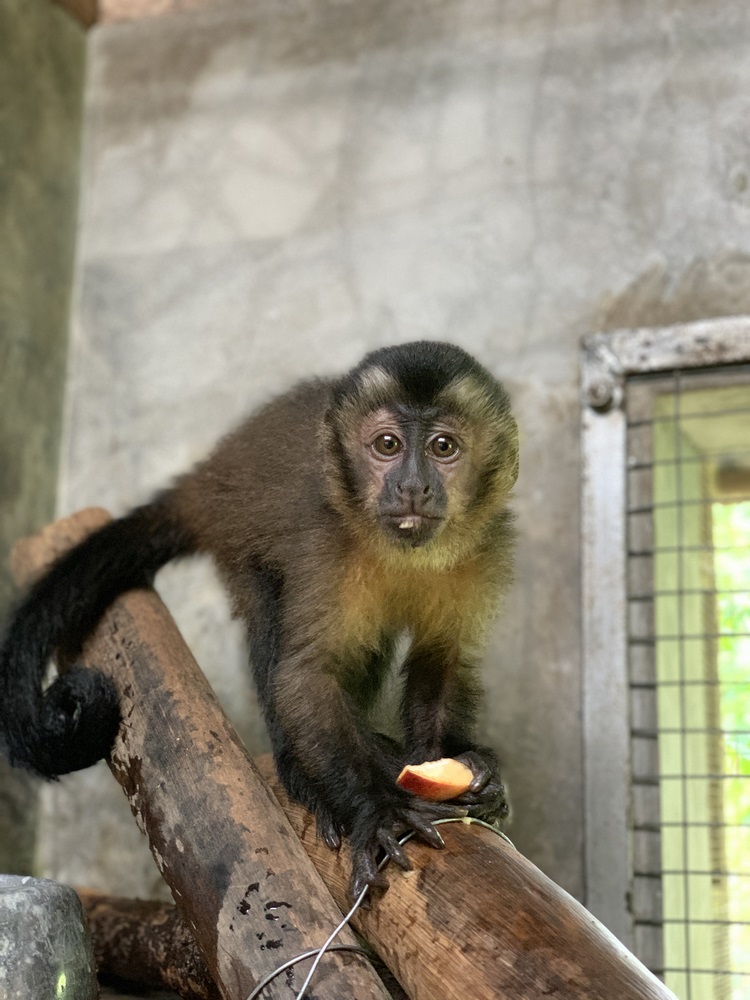
Rasu, young male large headed capuchin 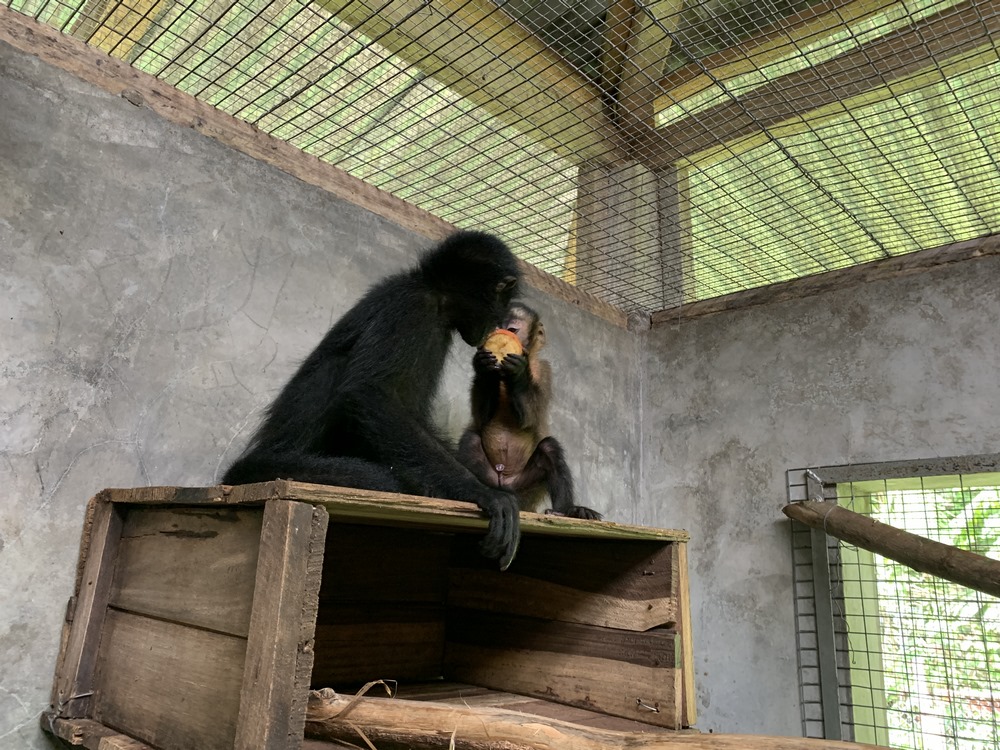
Rasu sharing food with Ashuke 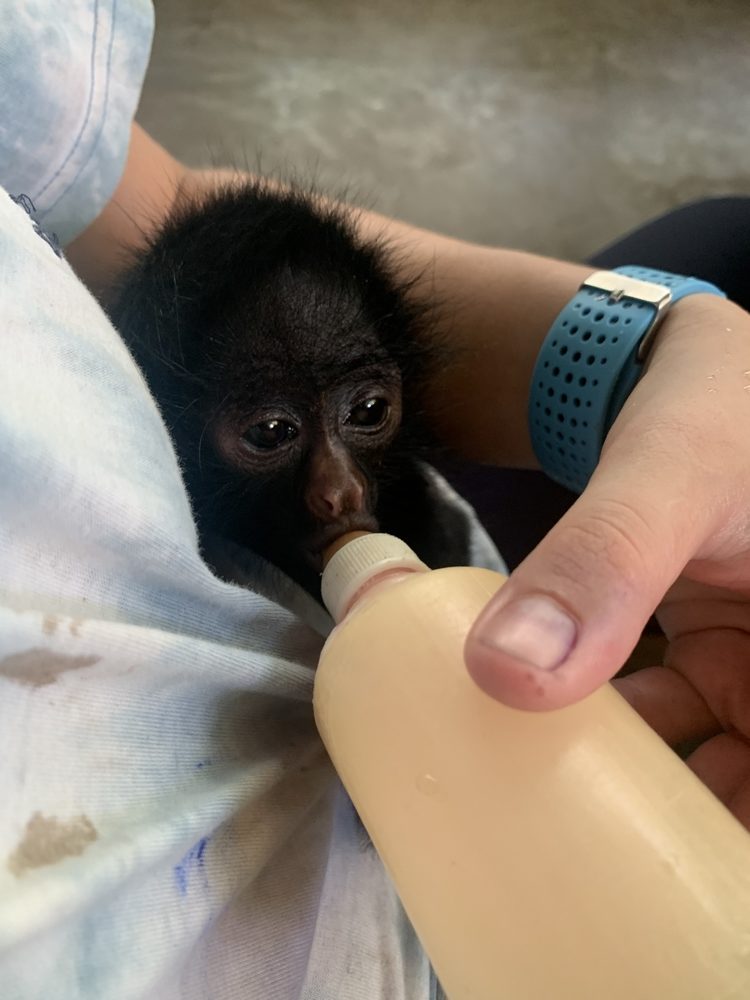
Giving milk to Miyo the new male baby spider monkey 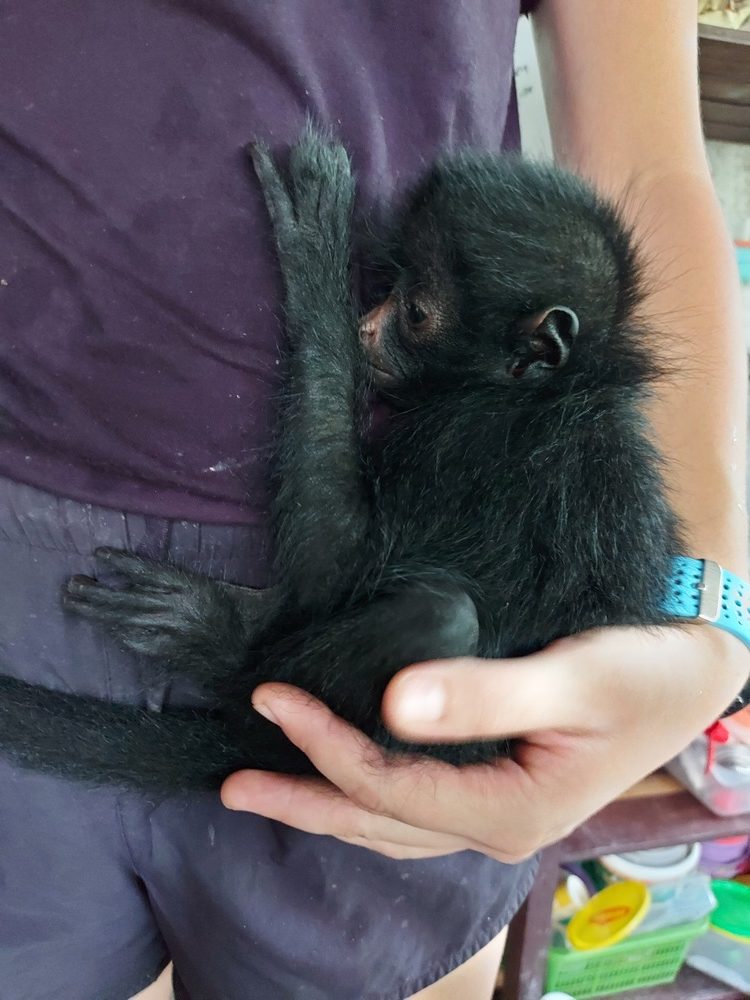
Miyo, a very young spider monkey baby still in need of motherly care 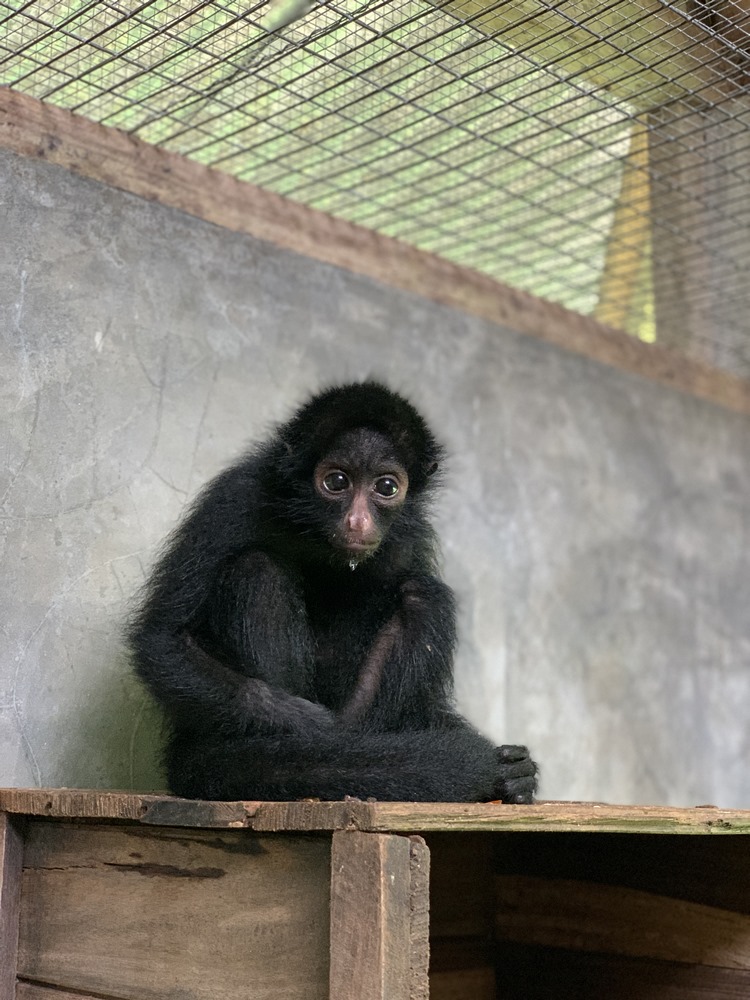
Ashuke, young black spider monkey new at SUSTOAH clinic 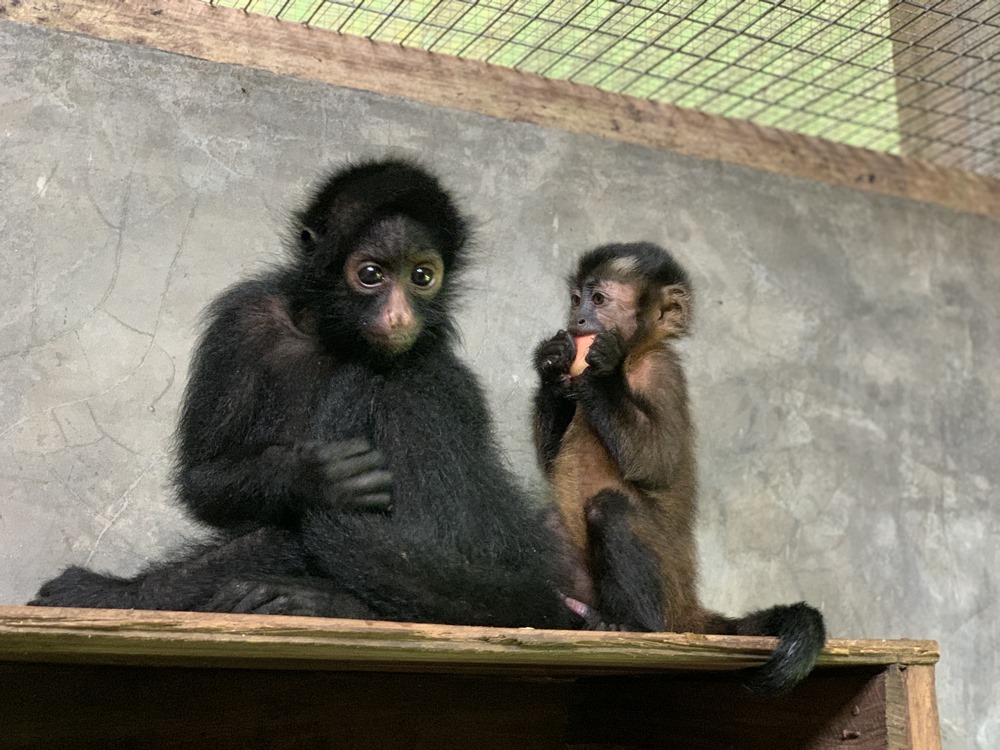
Ashuke and Rasu, new arrivals in the clinic
We had a visit towards the end of the month from the ministry, but from a different location to our normal avenue of new arrivals. With them came two new young male spider monkeys of 3 months, named Miyo, and Ashuke of 12 months respectively and Rasu, a young large headed capuchin male of 5 months. Both older monkeys are enjoying each other’s company, whereas the smaller spider monkey is in a small cage and where possible is being ‘mothered’ by whoever is fortunate enough to be working in the SUSTOAH on any given day. All monkeys were formally being kept as pets or in the case of the capuchin seized prior to being sold.
Two new yellow footed tortoises were left to us from the nearby village of Bello Horizonte. Often it is due to concern for their well-being that people hand over tortoises as they are still a welcome addition to local dinner tables. After a brief stay to ensure there are no ongoing health issues, both tortoises will be released into the relative safety of the small creek that runs through the centre of Esperanza Verde.
 Construction
Construction
While making a start with a new temporary enclosure for Wayra and Gaia, the two young ocelots, the focus is also on several necessary maintenance job. Geyler is now beginning to take over from Douwe, taking charge of the construction, as well as general maintenance. Together with two new workers, the reptile enclosure will be upgraded from wooden posts to metal and fencing where needed will be renewed.
We also got to see a lot more of Machico this month who normally spends most of his days at Finca Don Jorge. Machico spent the majority of the month cleaning the boundaries, around the new plantings and the plantations at Esperanza Verde. This is a task he undertakes at least four times a year and is invaluable piece of ongoing maintenance.
 Volunteers and other
Volunteers and other
This month we were happy to welcome 4 new volunteers with some staying for 3 months. Not only is their presence appreciated to assist with the daily running of Esperanza Verde, it is a welcome change to have fresh ideas and fresh eyes seeing enrichment and enclosures in a different light.
October is also a big month for birthdays at Esperanza Verde. Marlon turned the big 12 and celebrated in true style with a party at home including friends, family and volunteers. Needless to say, plenty of sugar was consumed and everyone had a great night.
Olivia our matriarch also celebrated her birthday turning the absolute milestone of 50!
As a surprise, her oldest brother and two of her best friends flew from Holland to surprise Olivia, arriving a few days prior to the big day. And although it is often hard to keep something from her, Douwe, Kayla and all here at EV, did a great job at keeping her in the dark. She literally could not believe her eyes at the moment they arrived. It was a happy gathering and needless to say, it was a great opportunity for catching up and making up for times lost to the world being in lock down. Inevitably they were happy to join us all and help us in the daily choirs at Esperanza Verde, a never ending operation.
The birthday celebrations started with lunch at Finca Don Jorge, then a change of venue and pace to the family house, to include the volunteers joining in the revelry, dancing and celebrating in true Esperanza style. Party time!

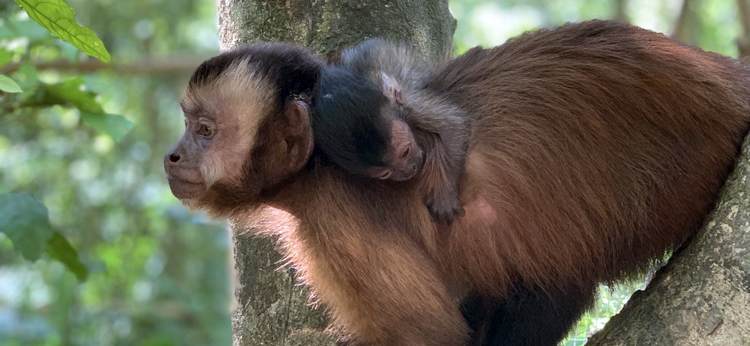
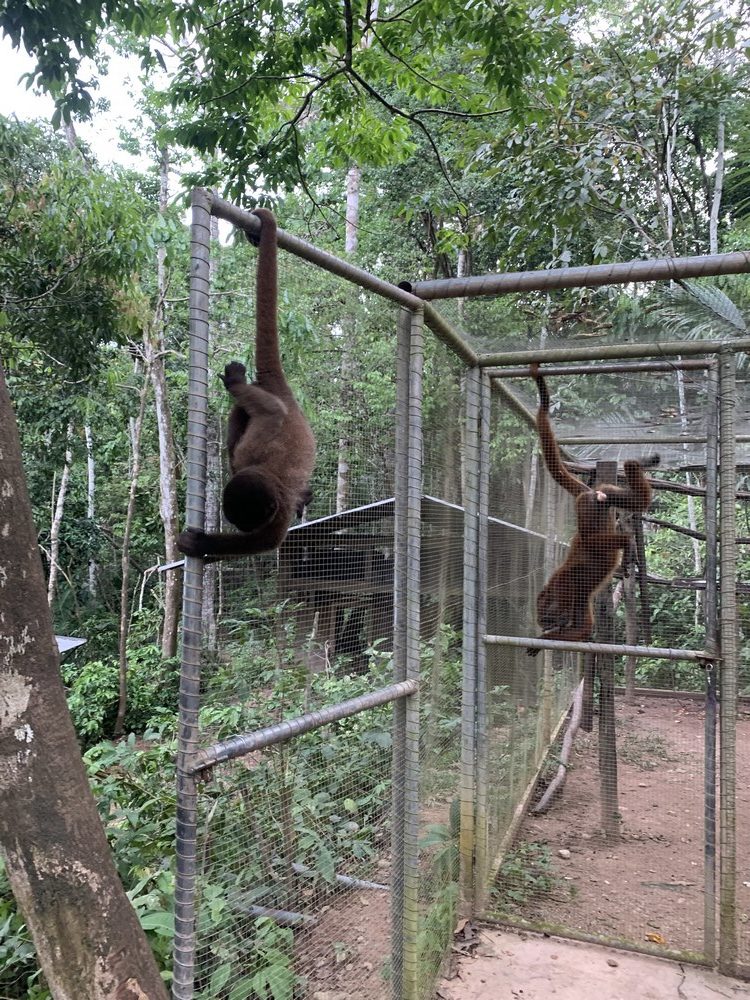
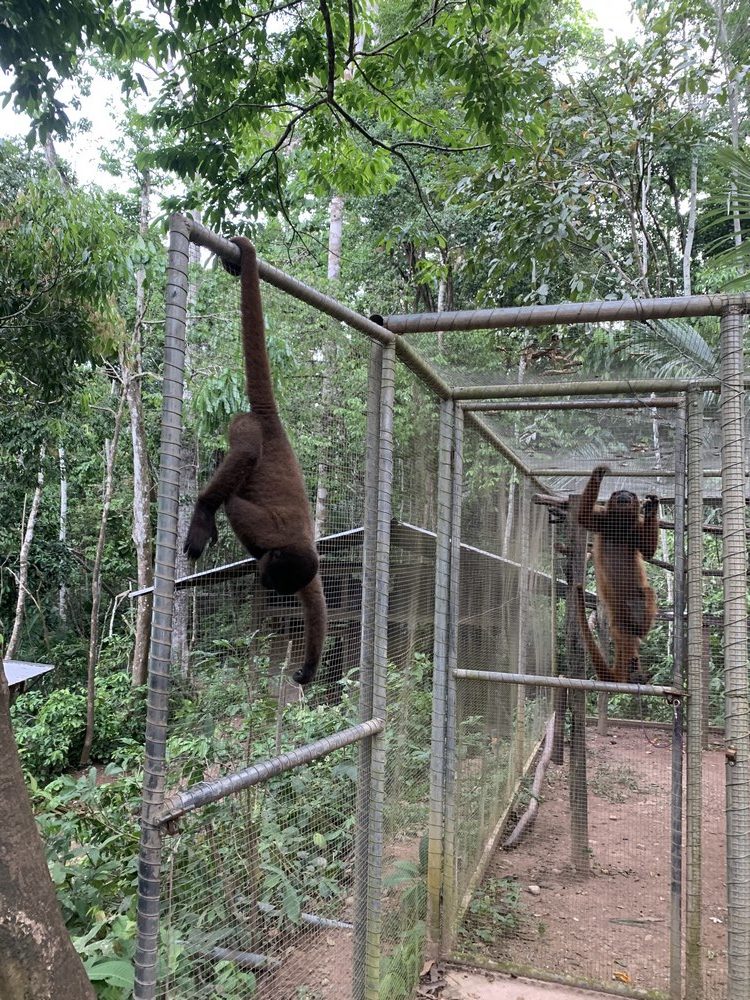
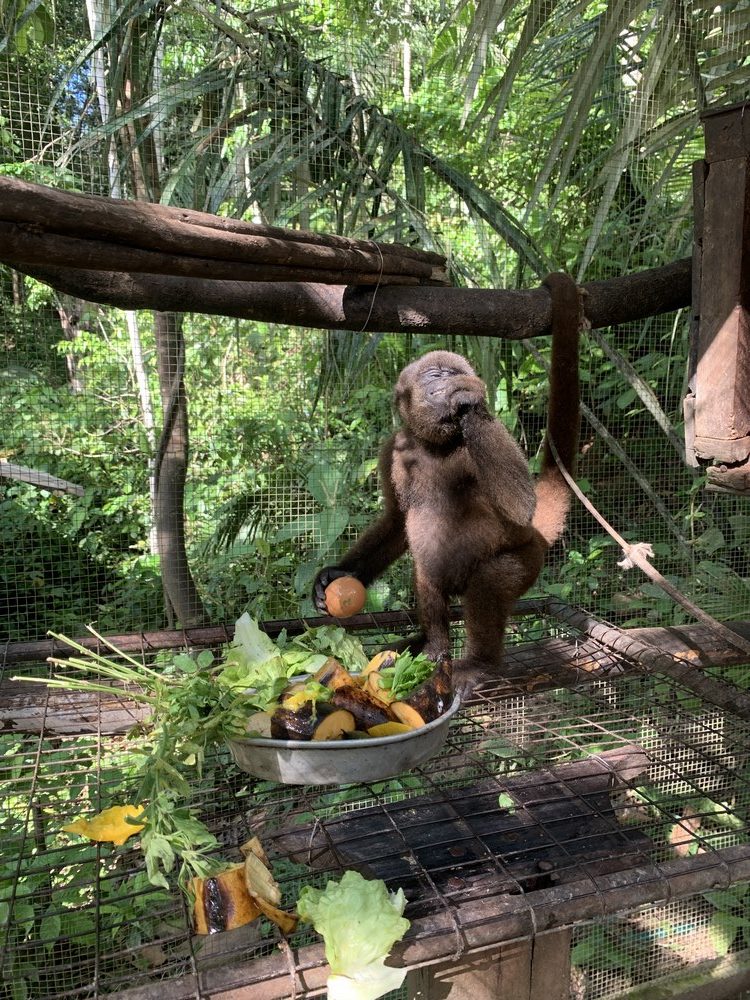
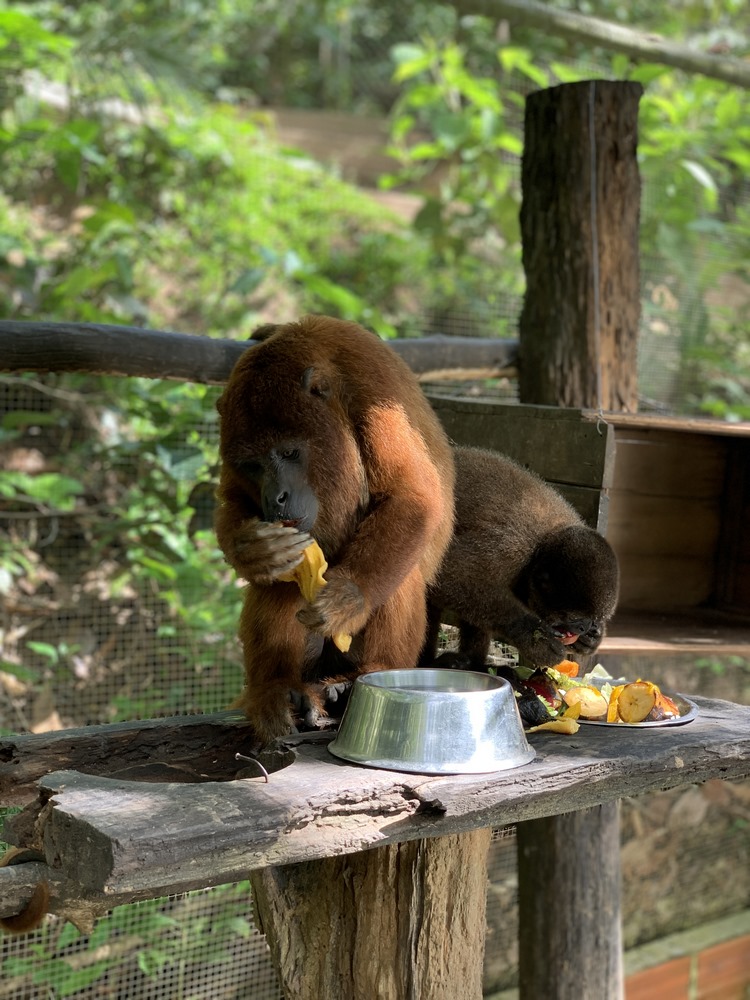
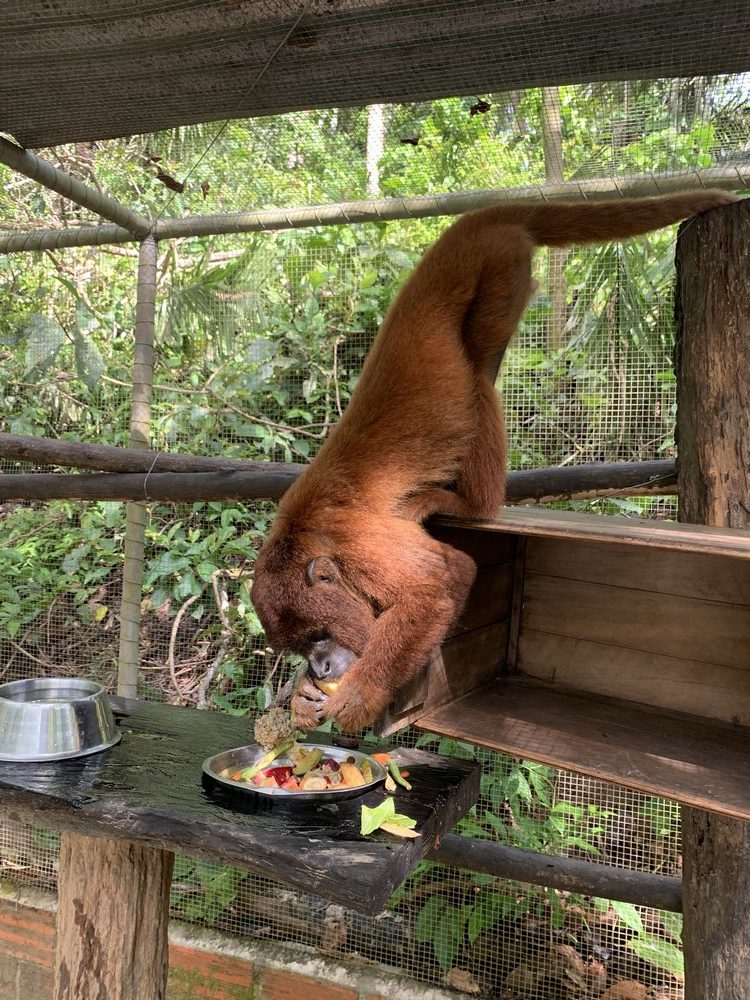
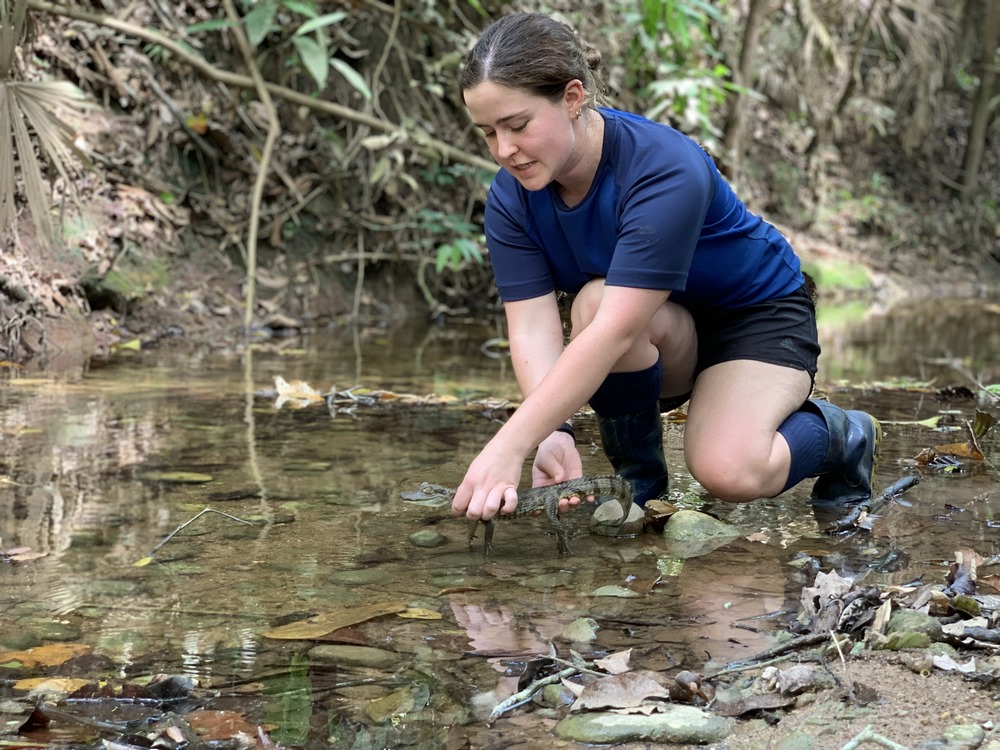
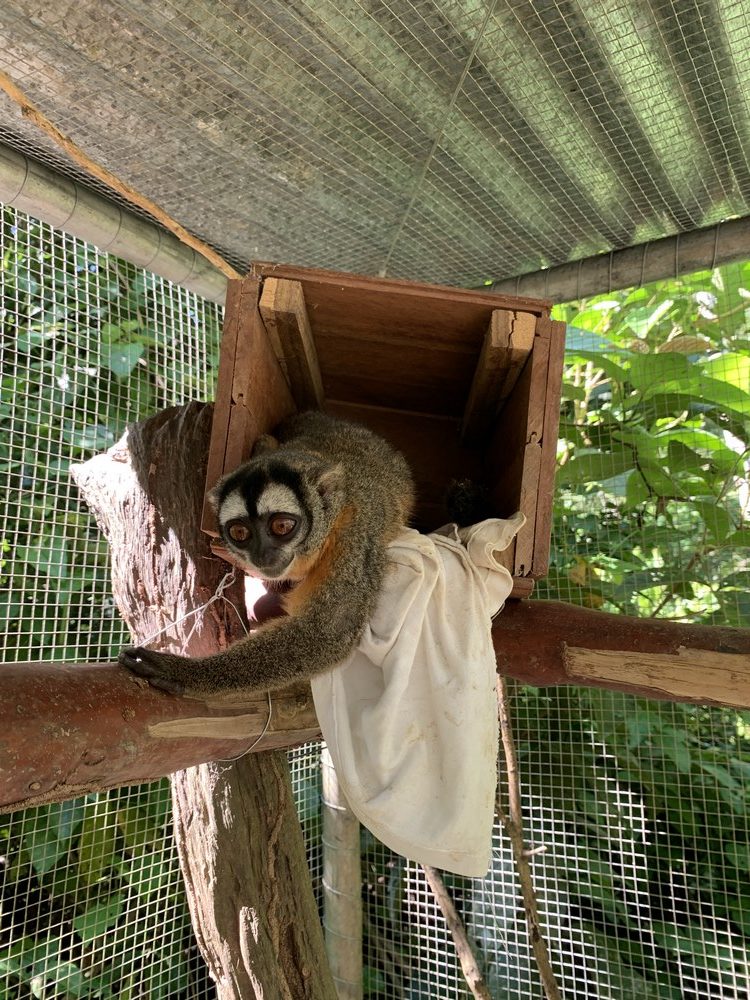
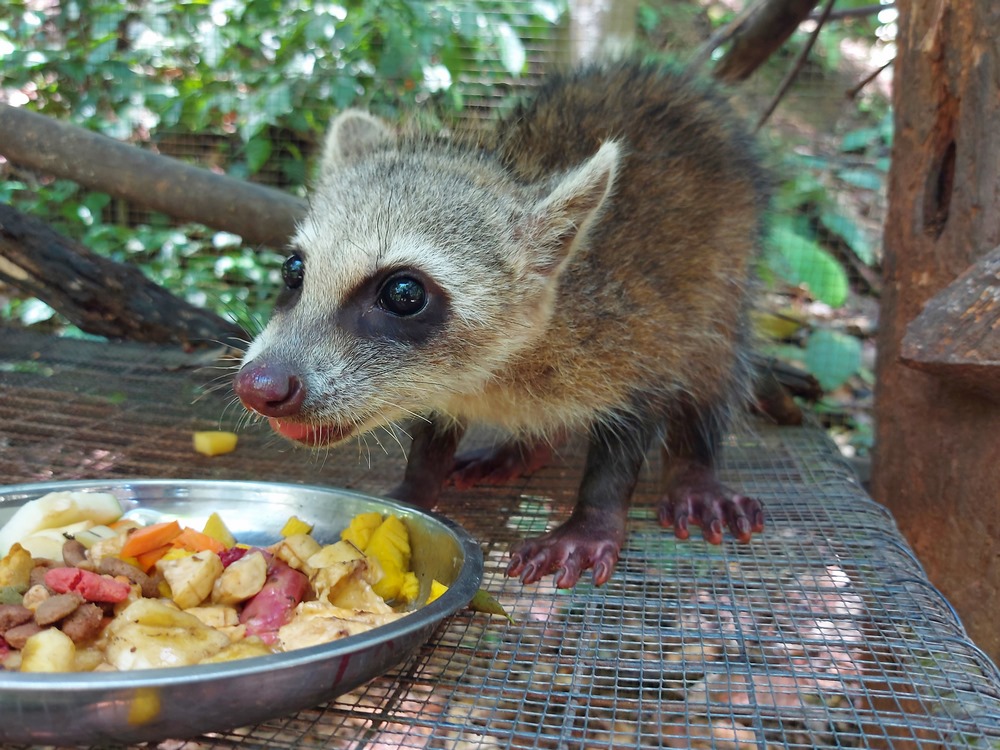
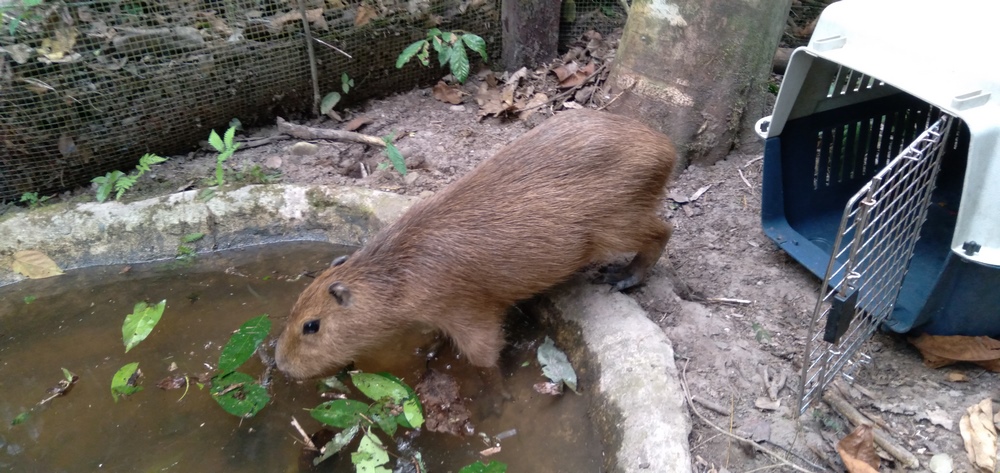
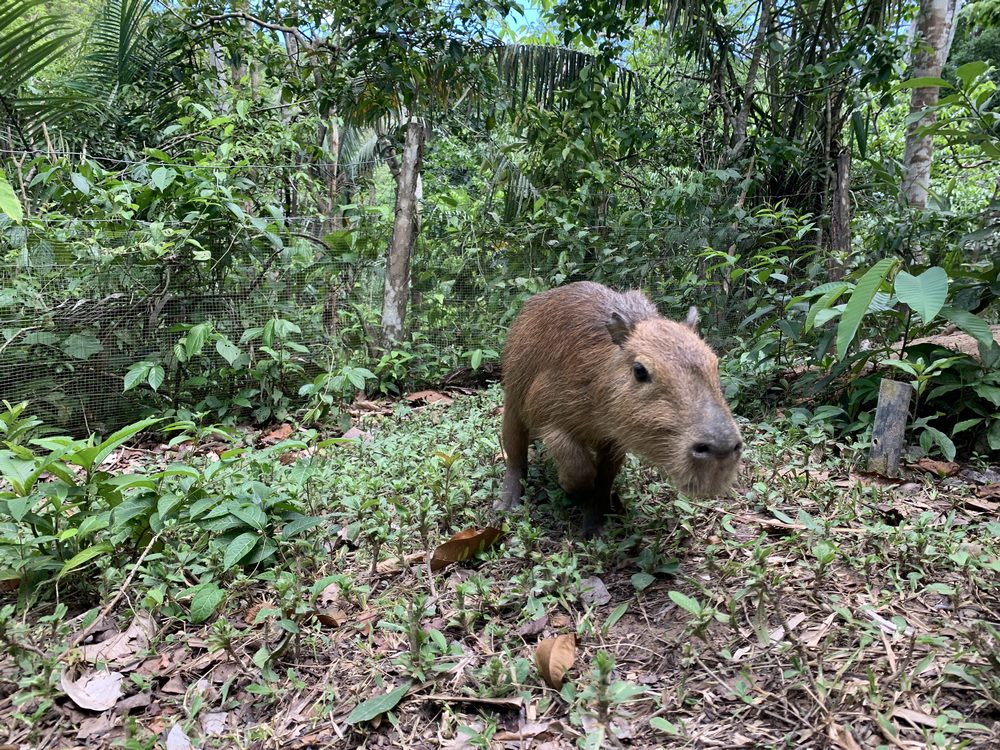
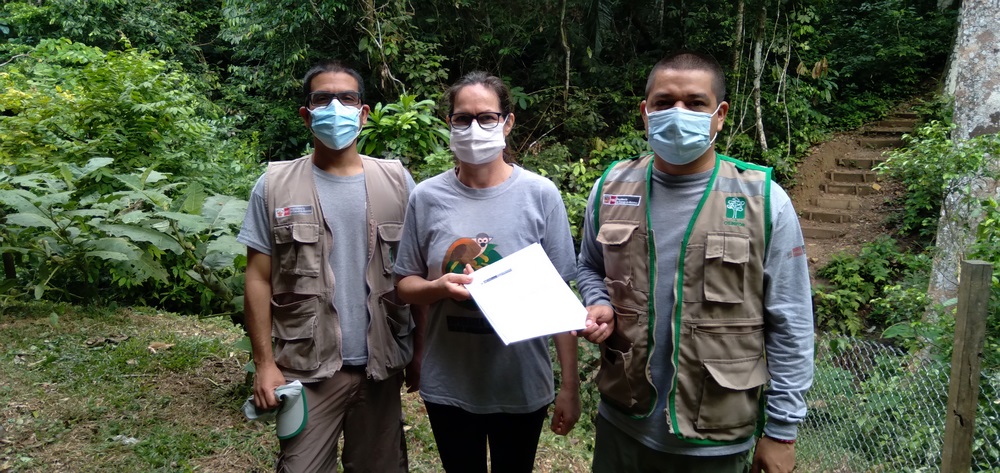
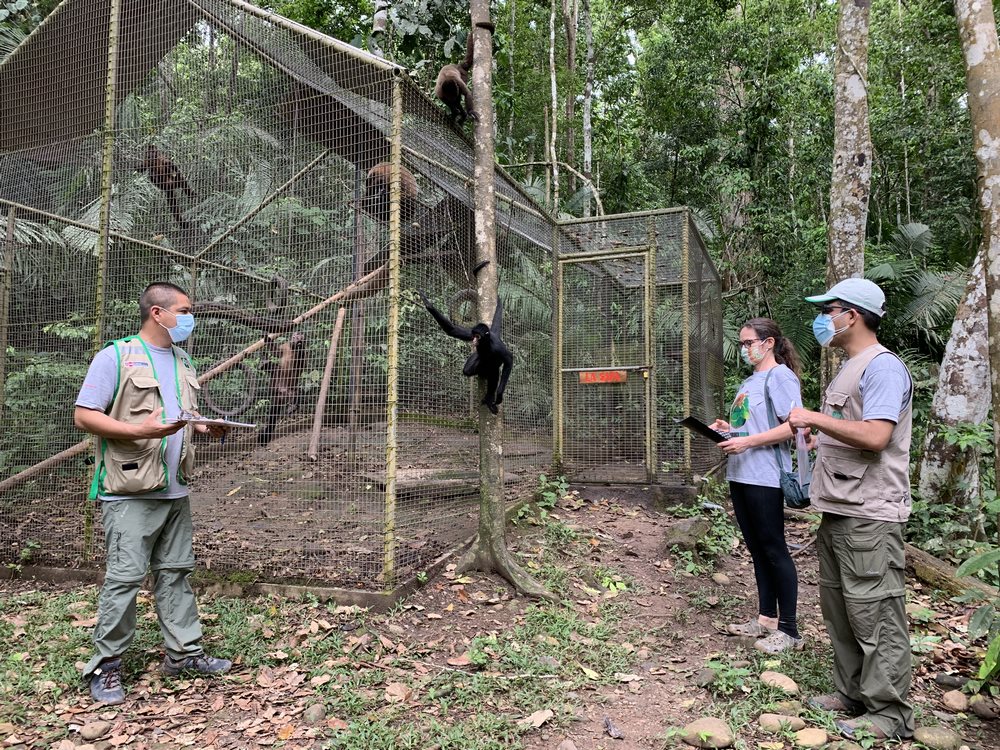
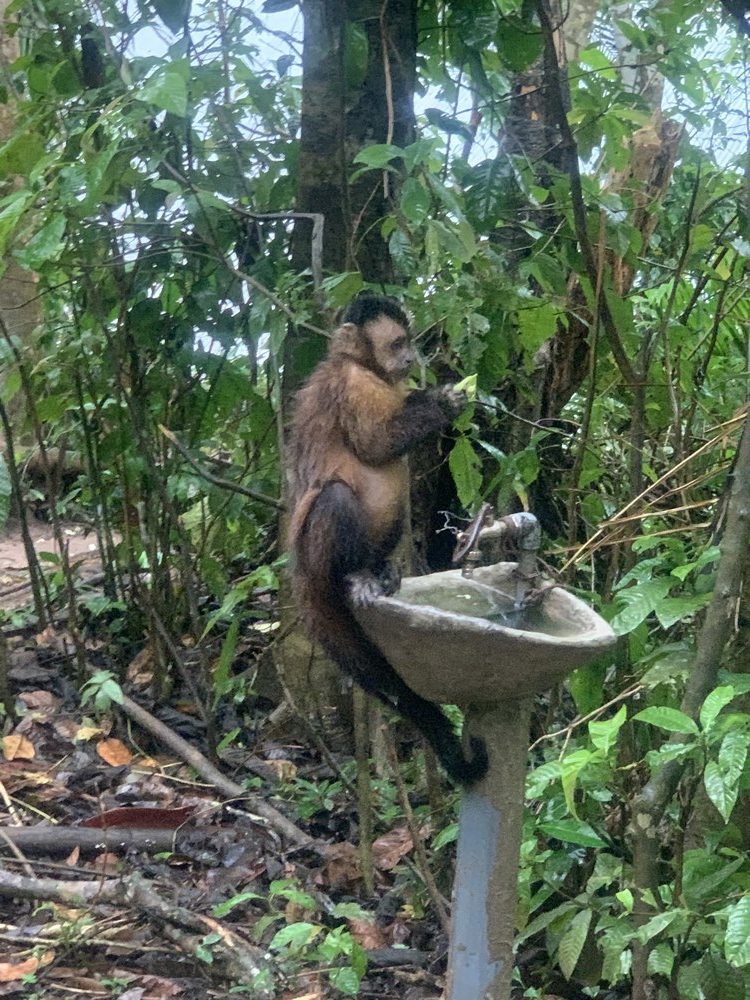
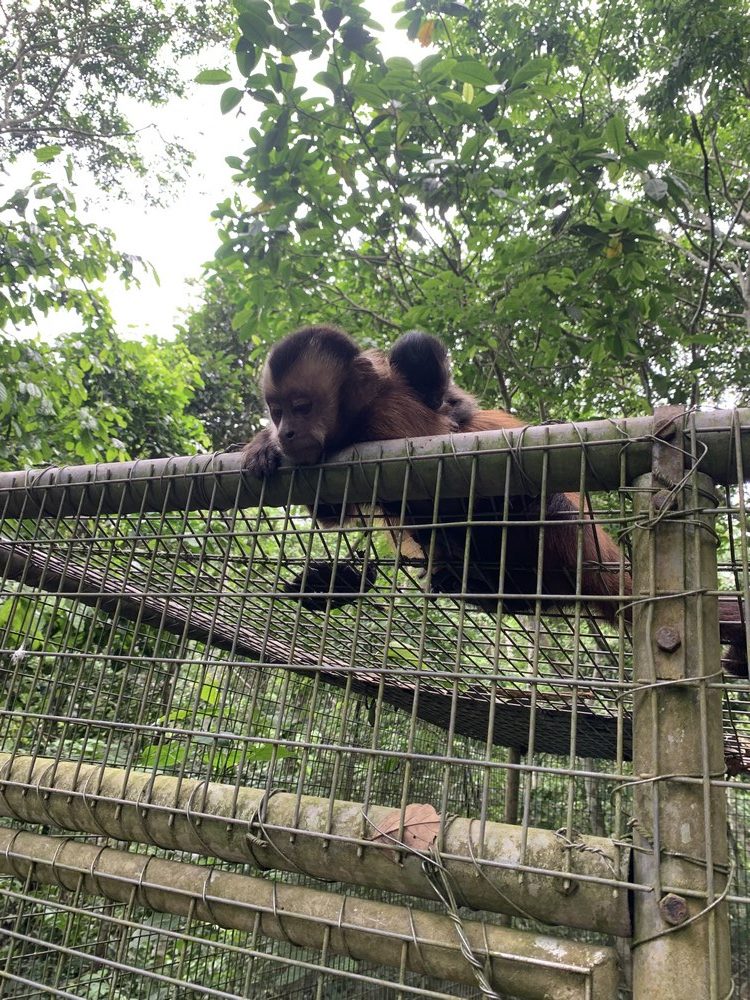
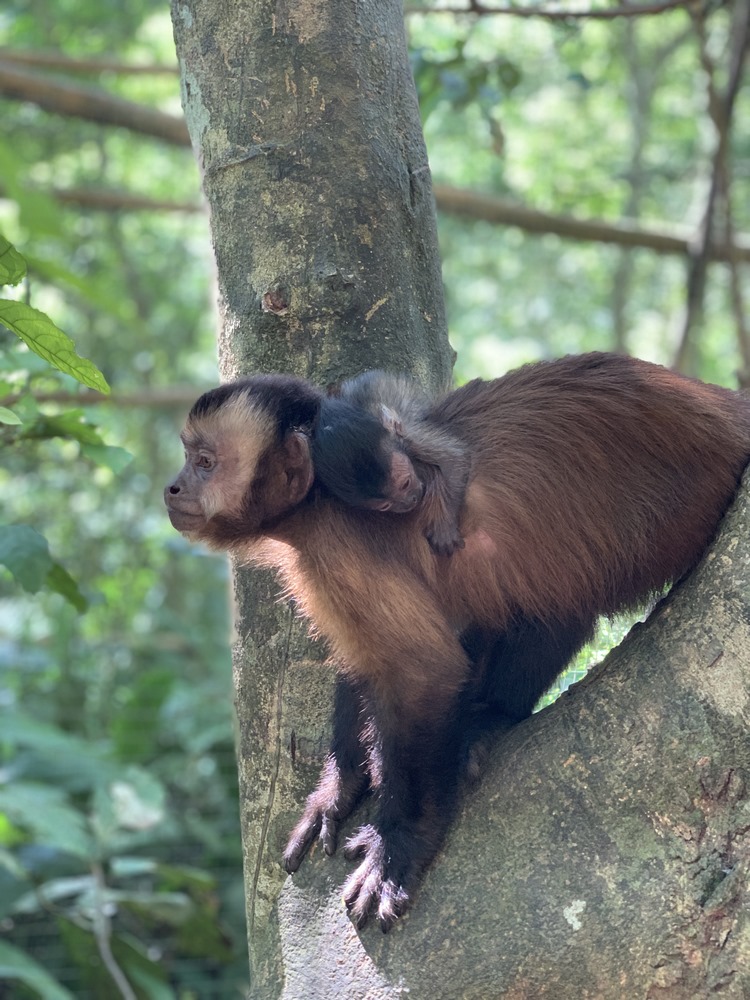
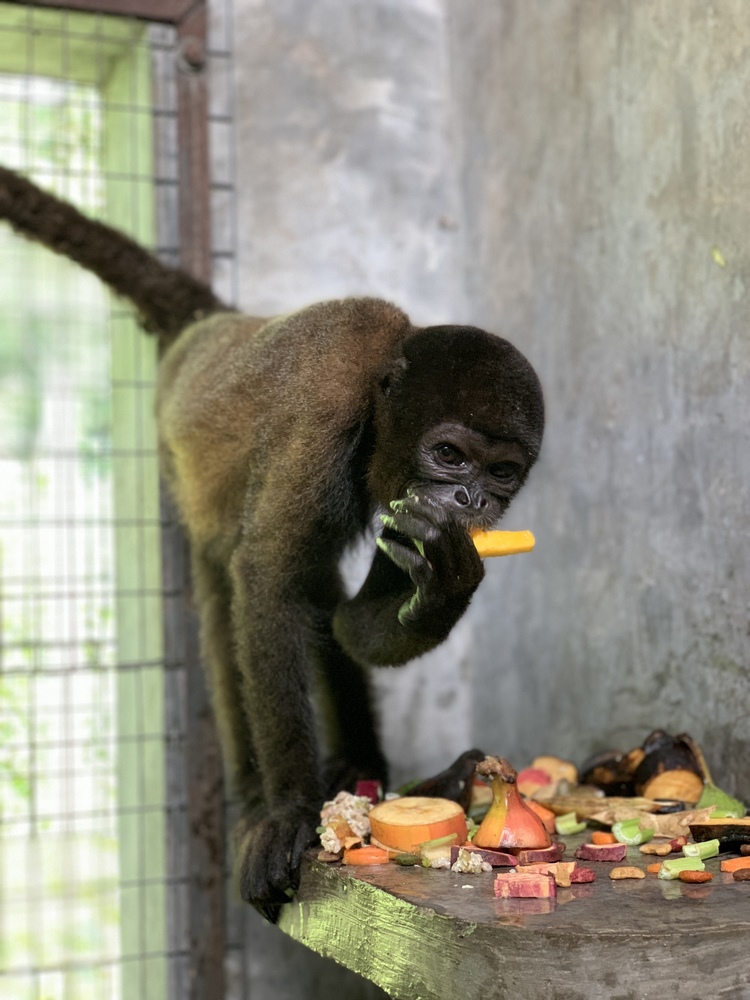
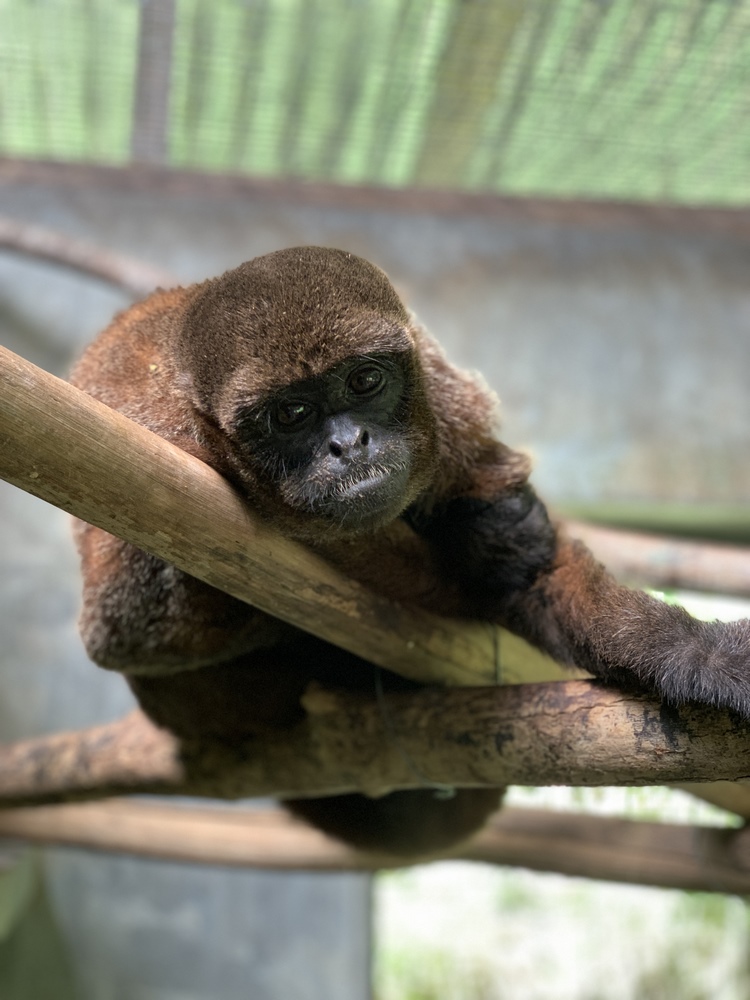
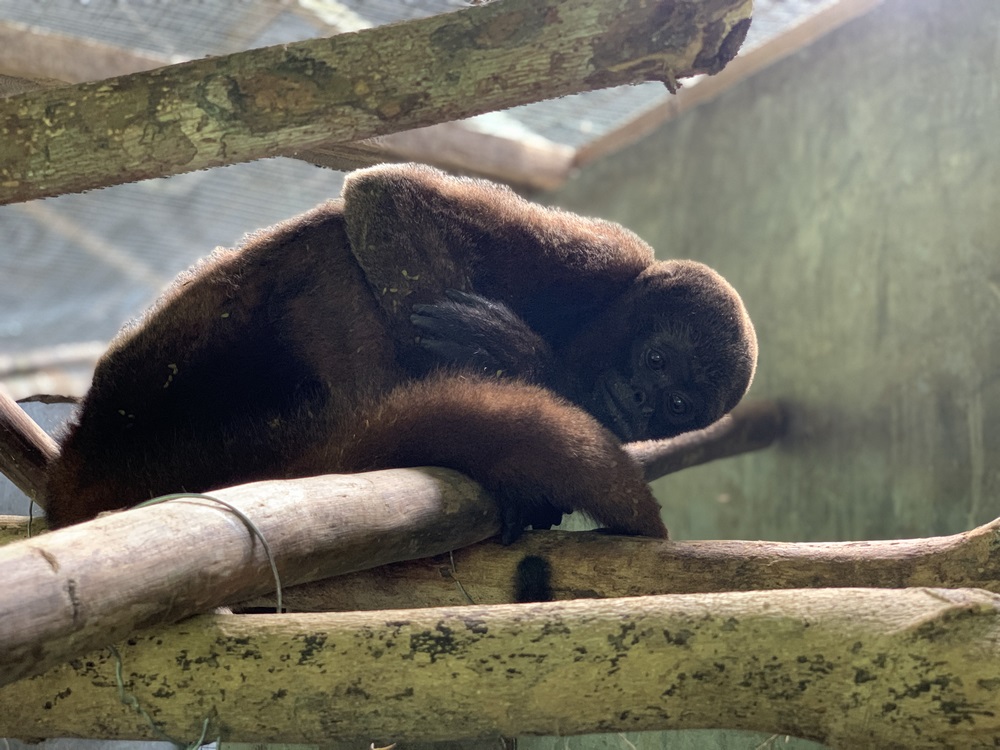
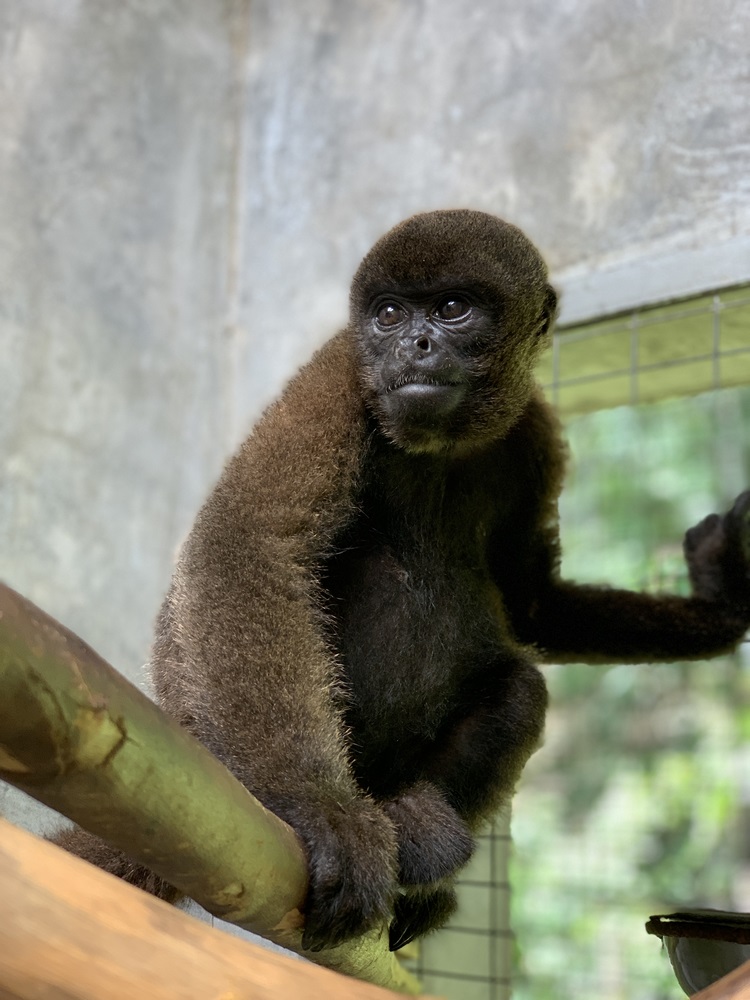
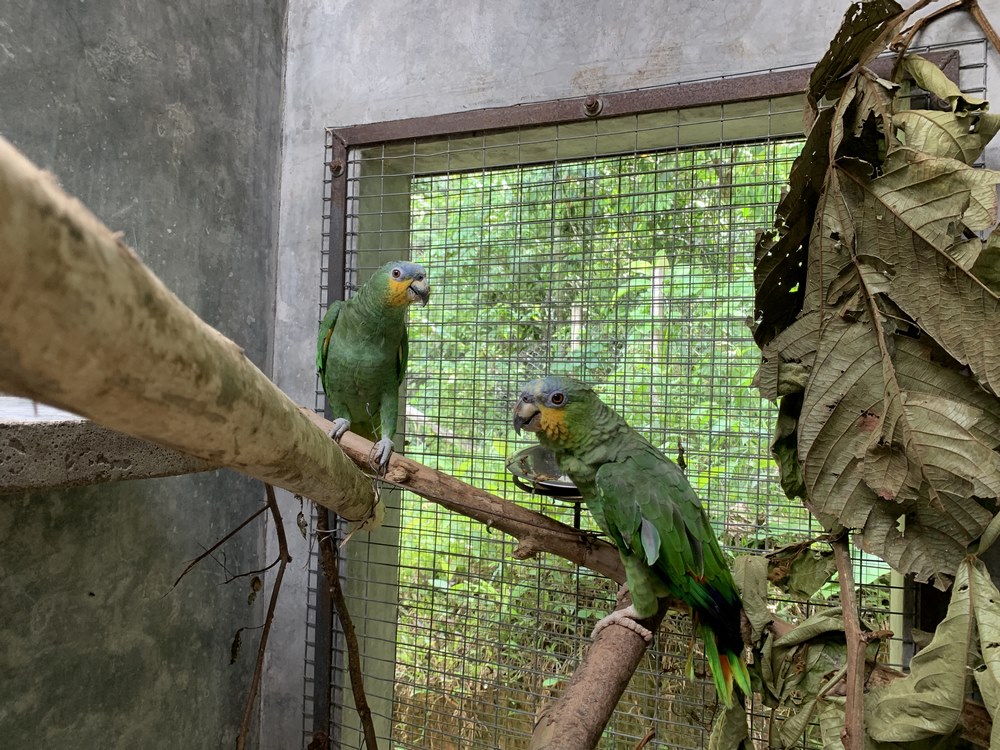
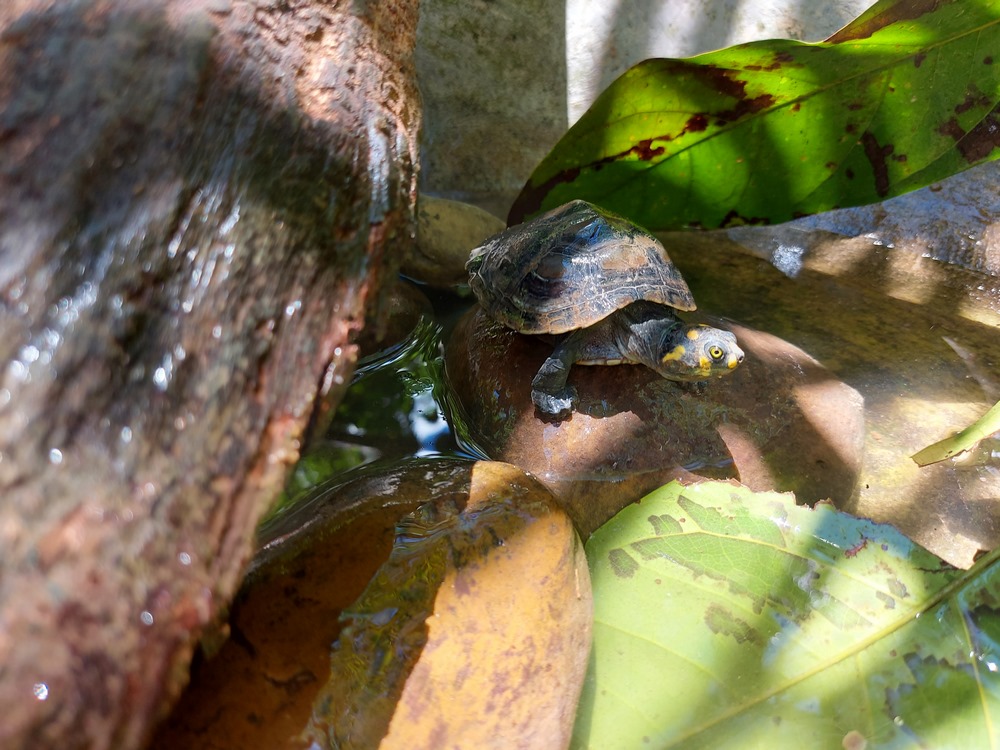
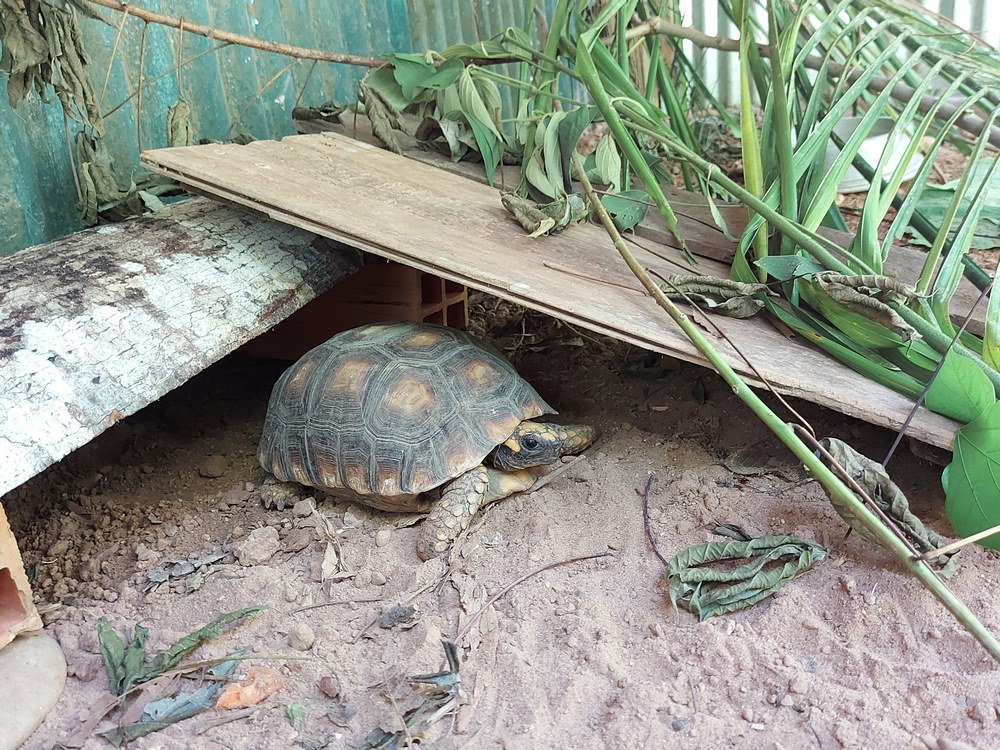

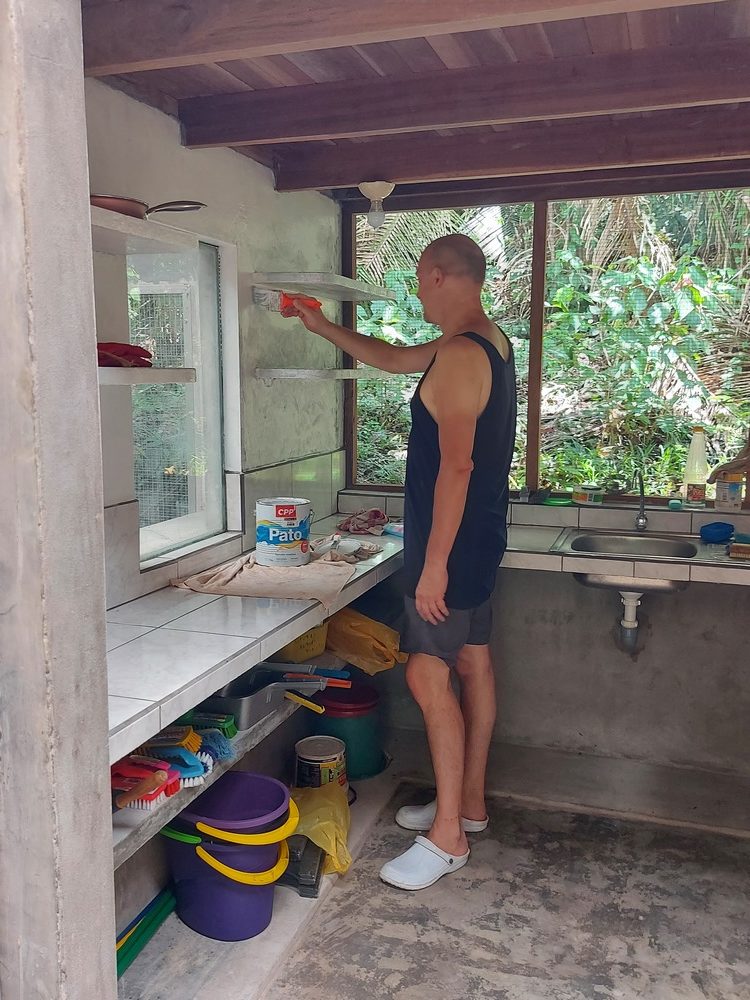
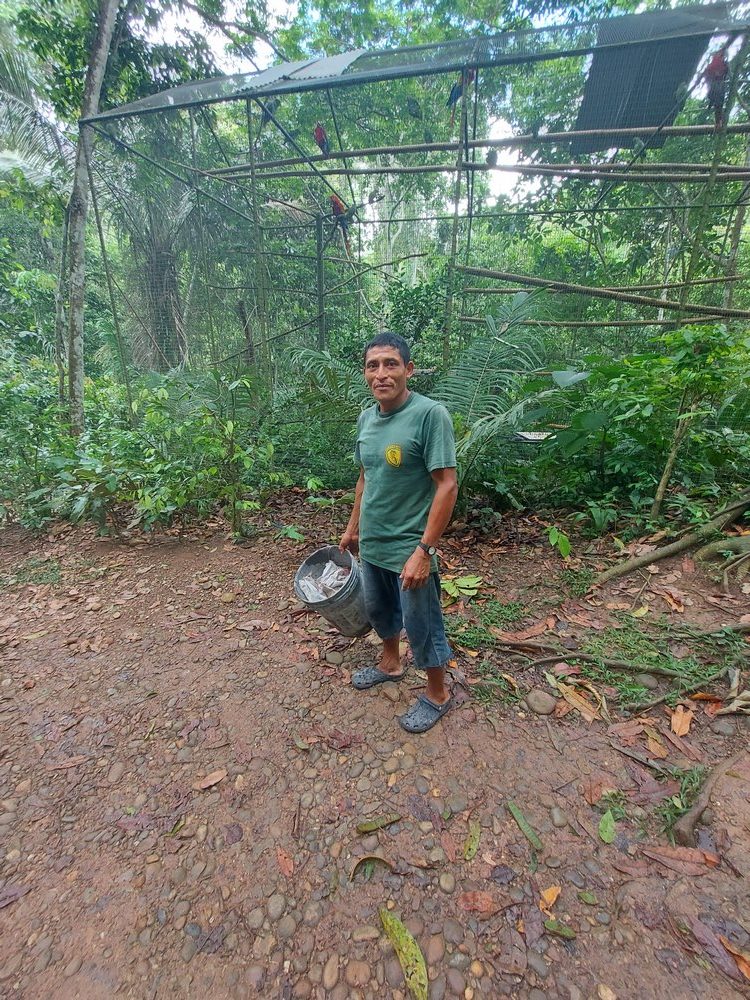
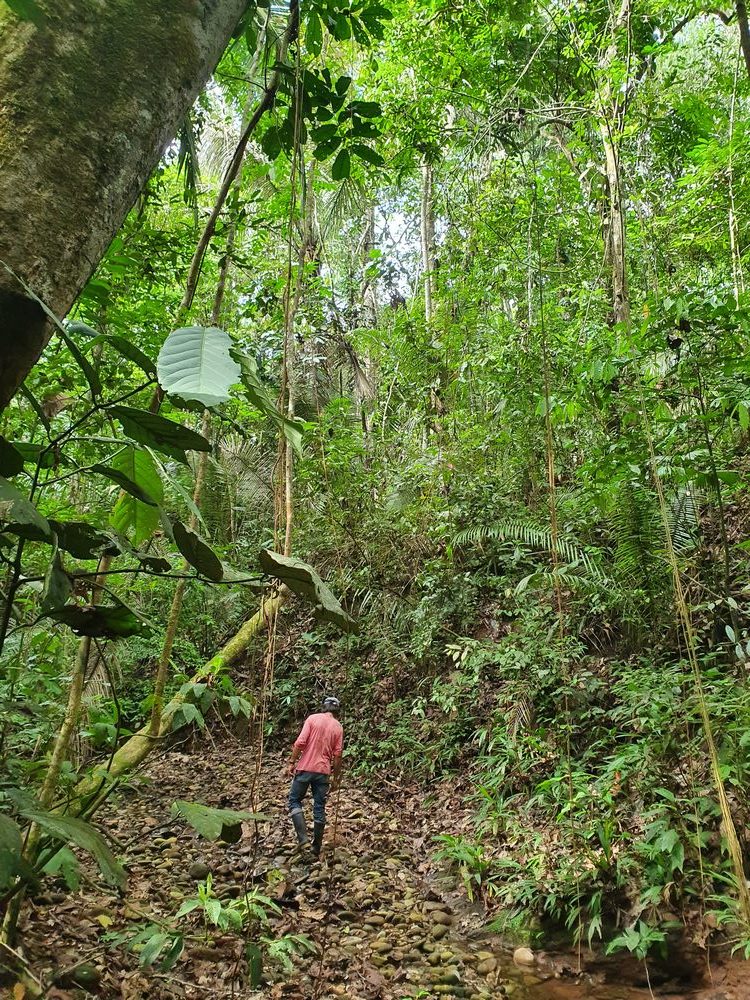
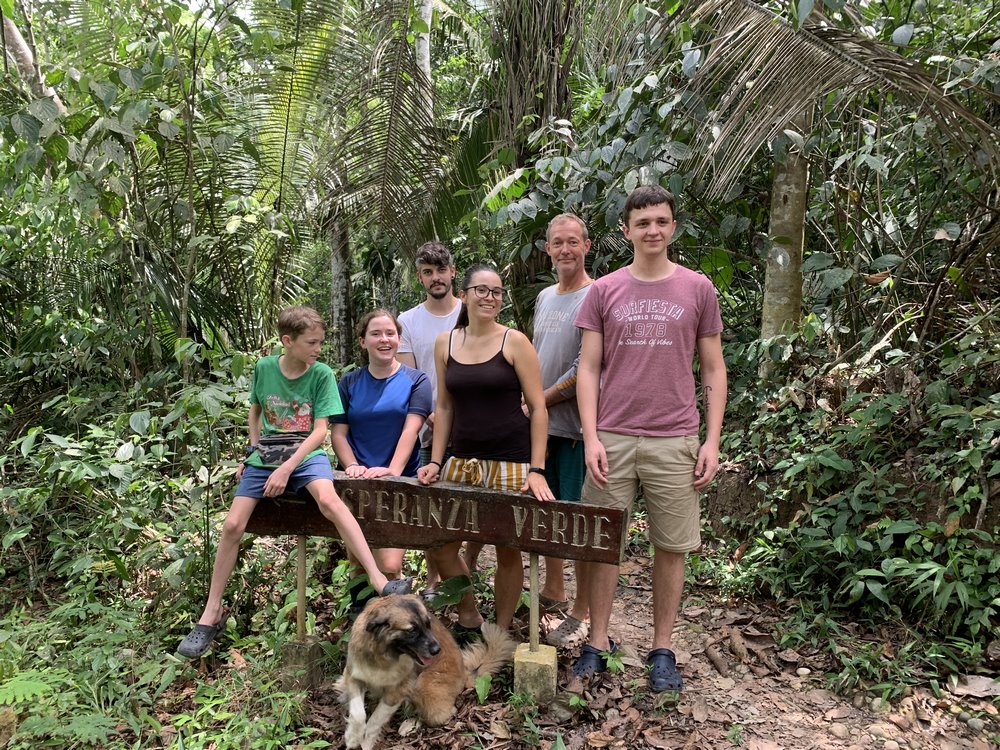
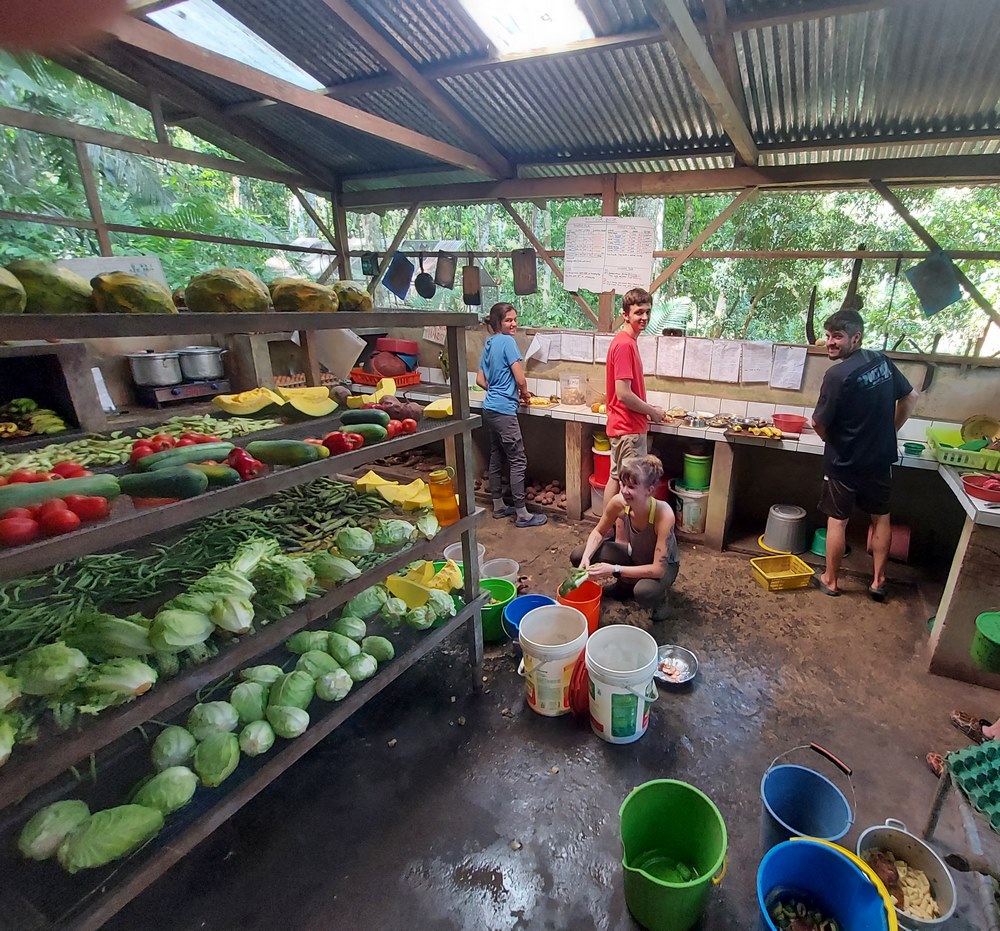
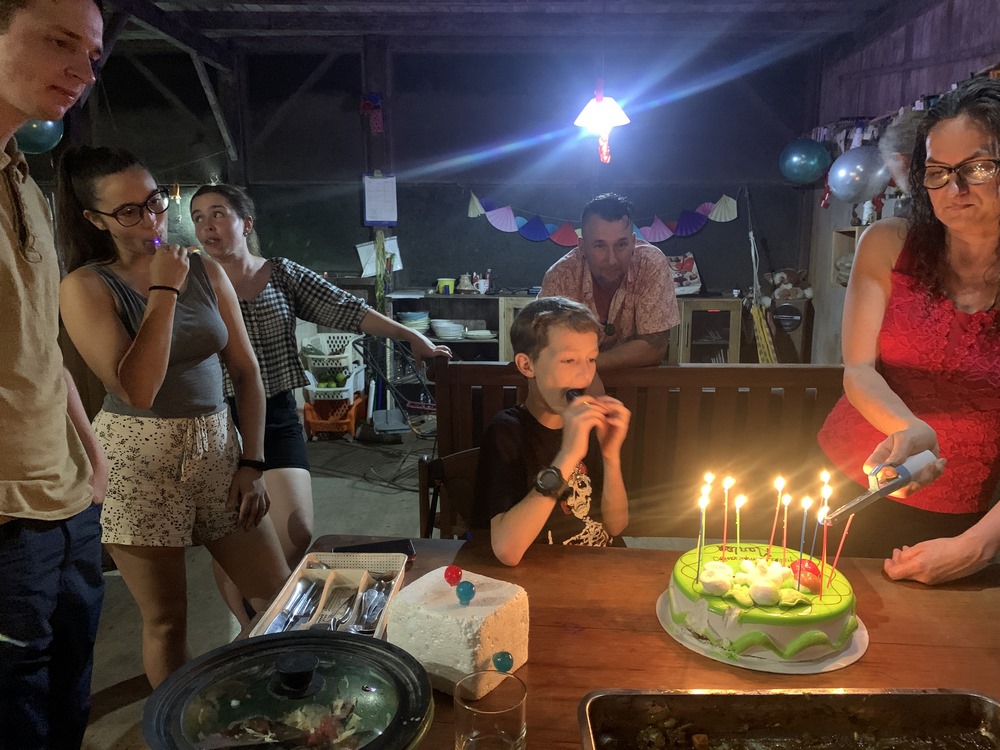
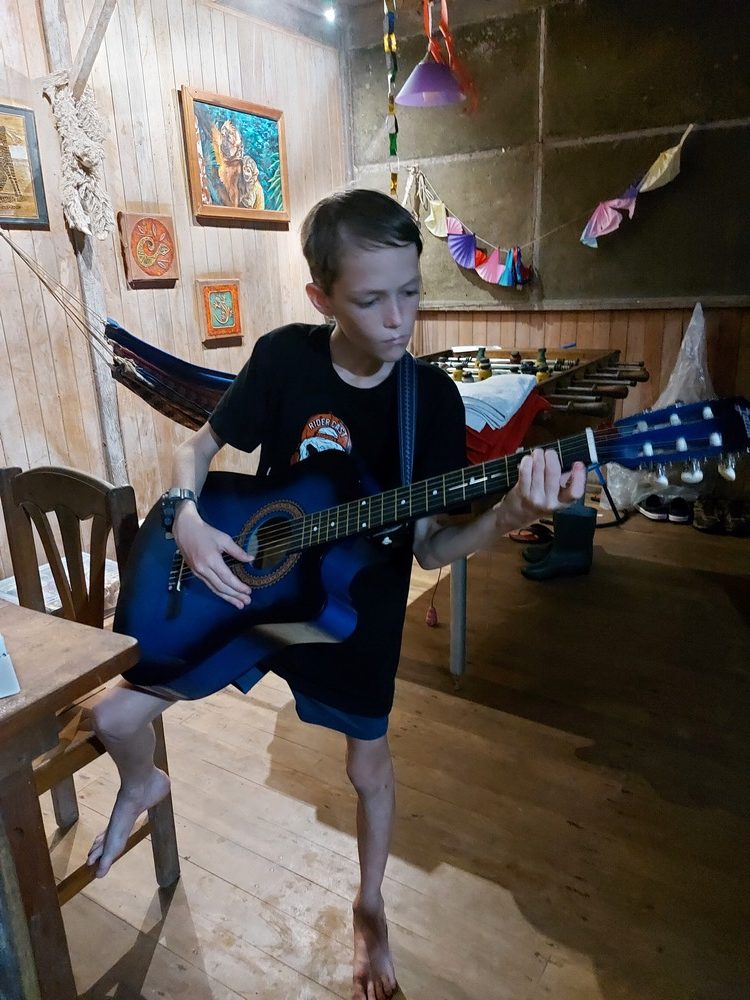
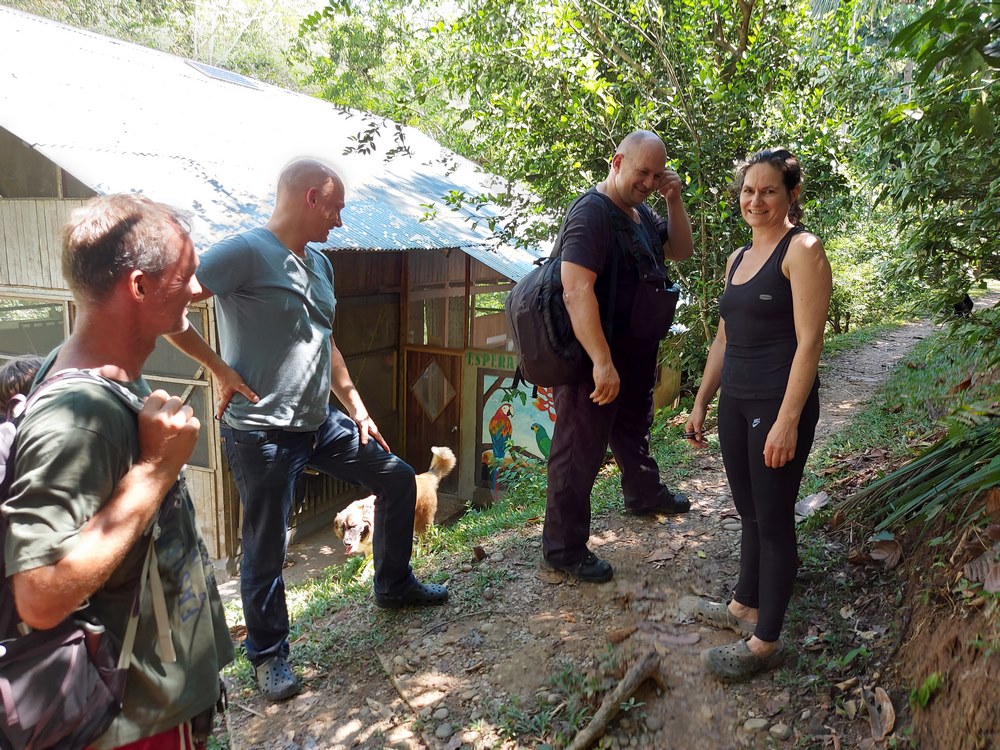
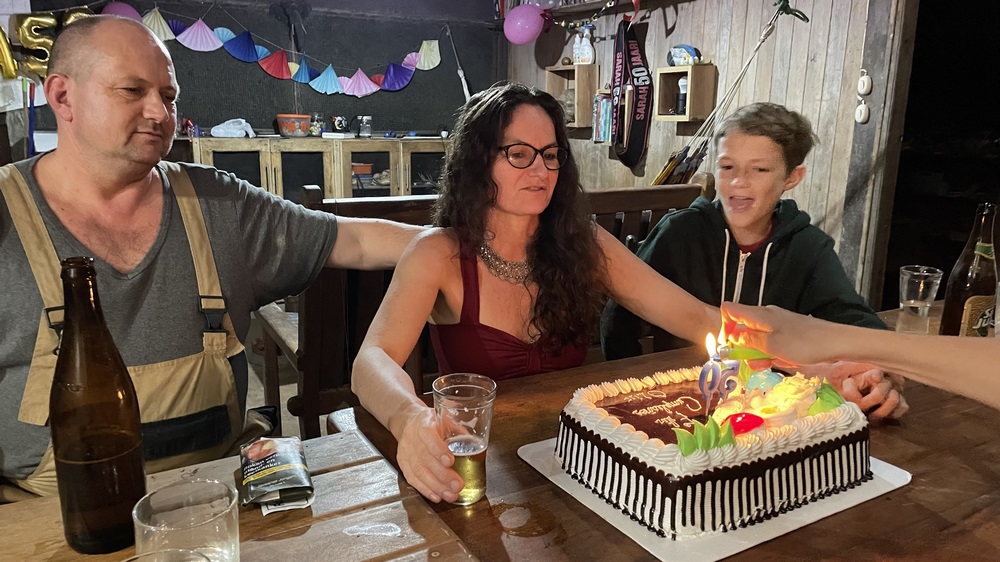
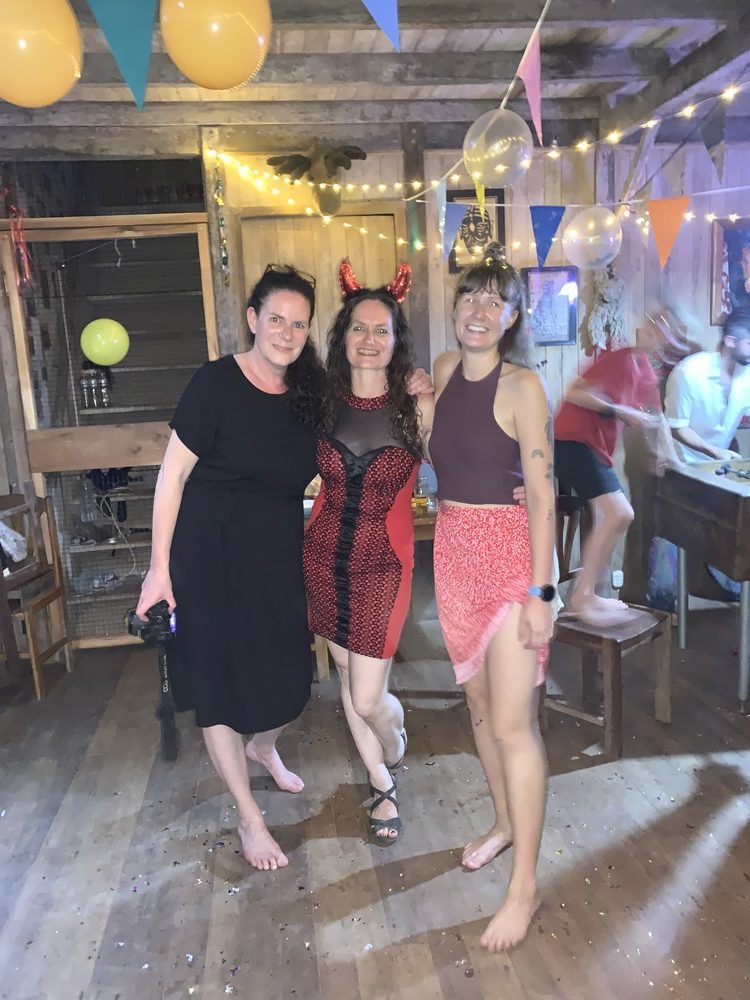
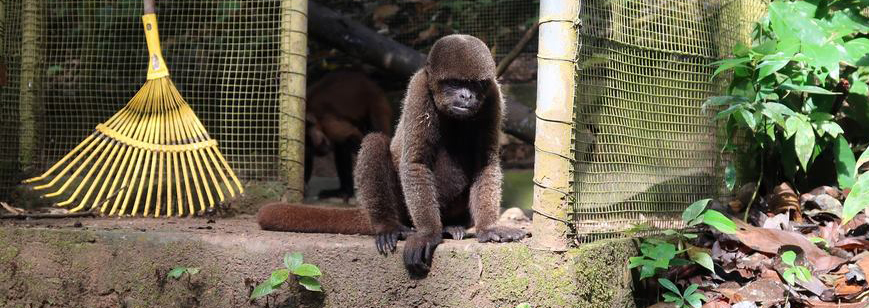
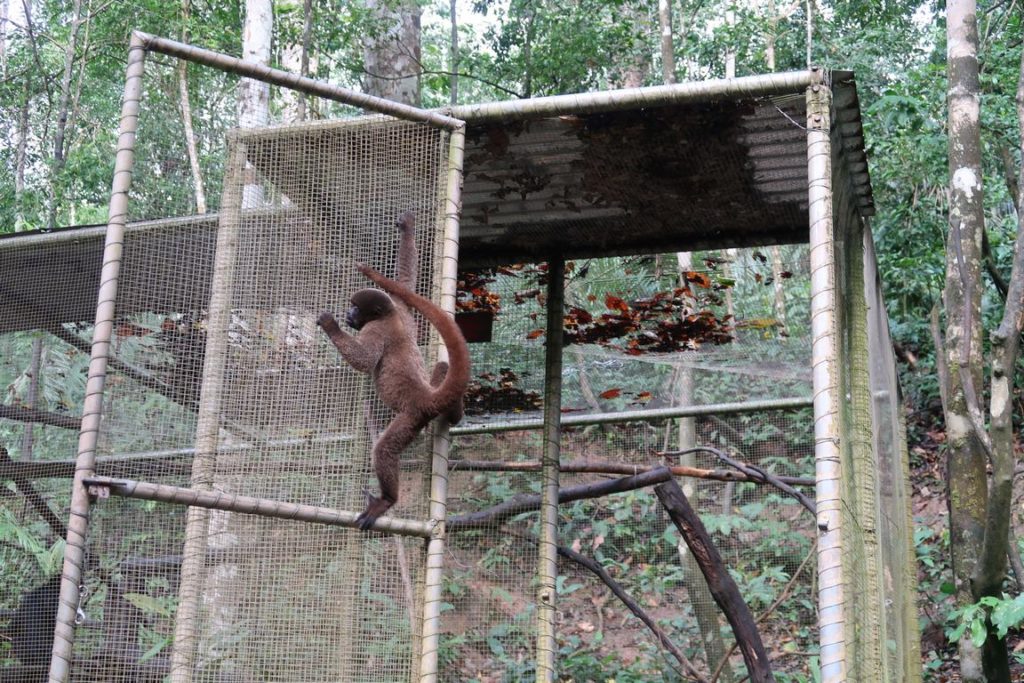
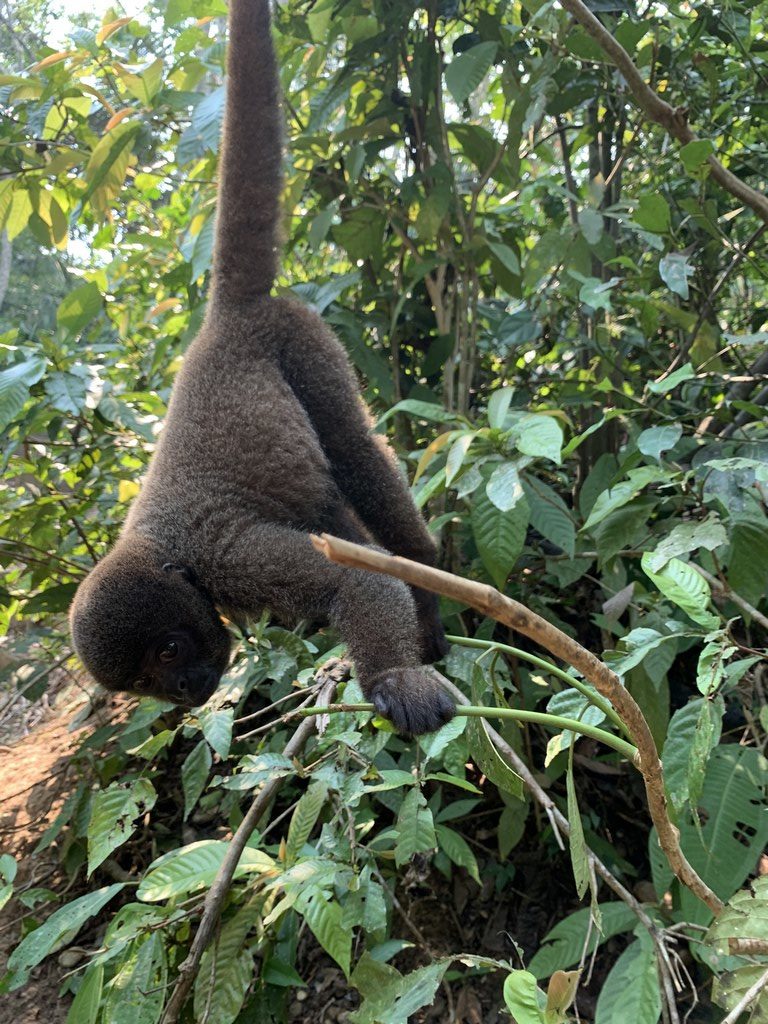
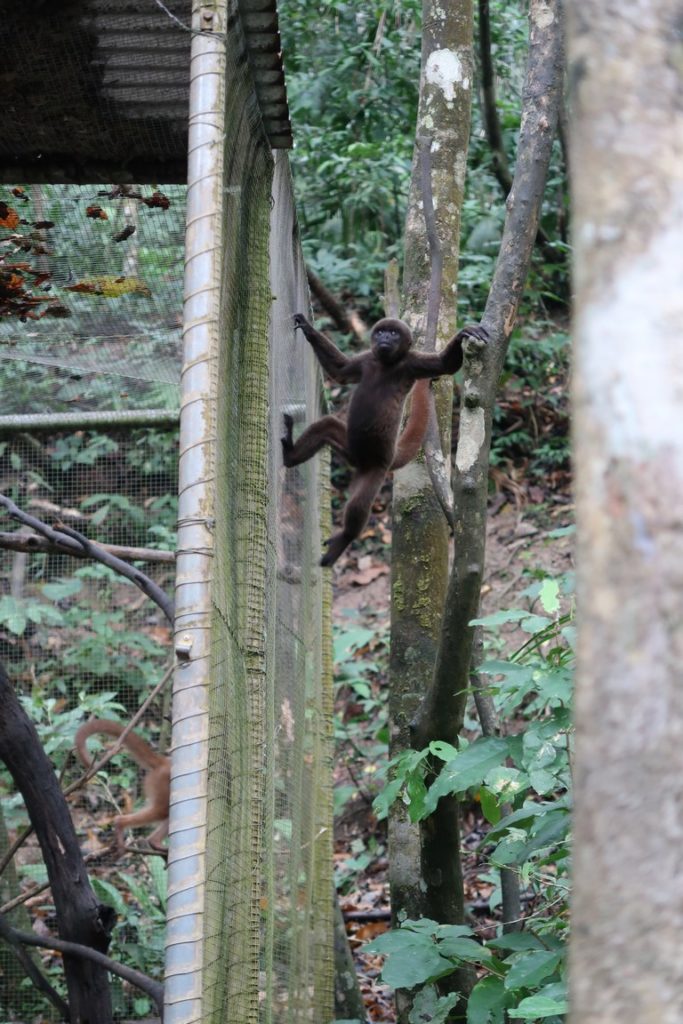
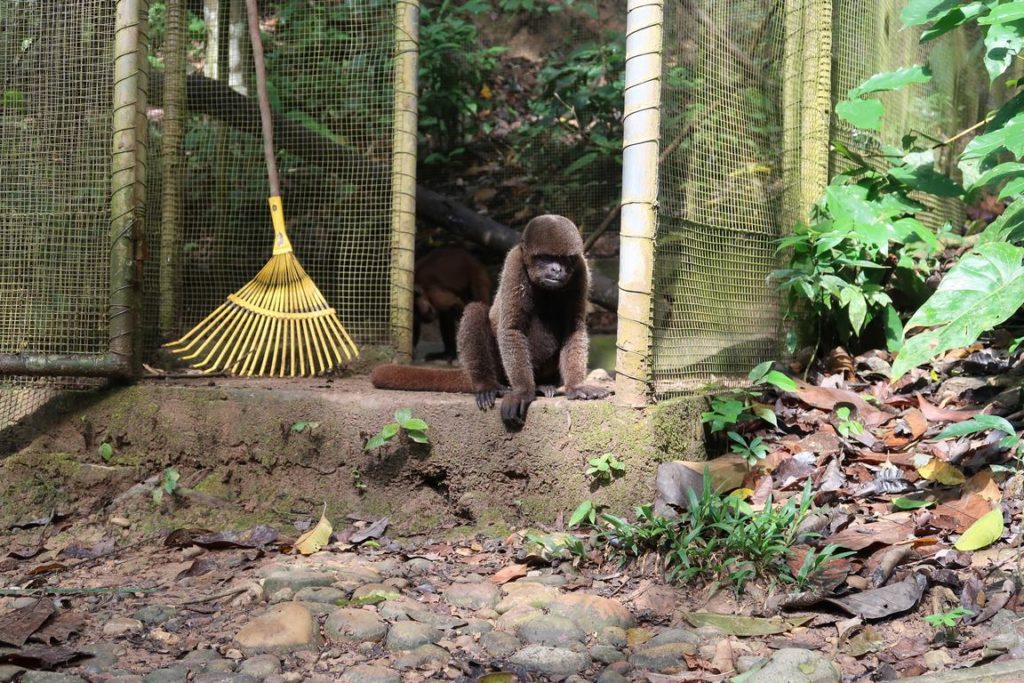
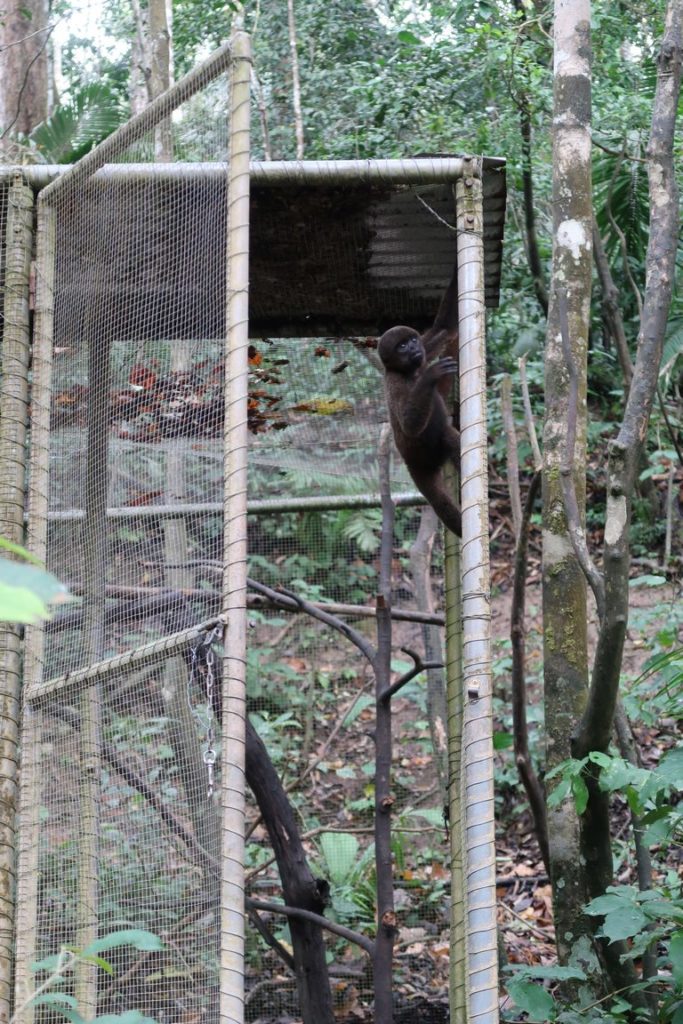
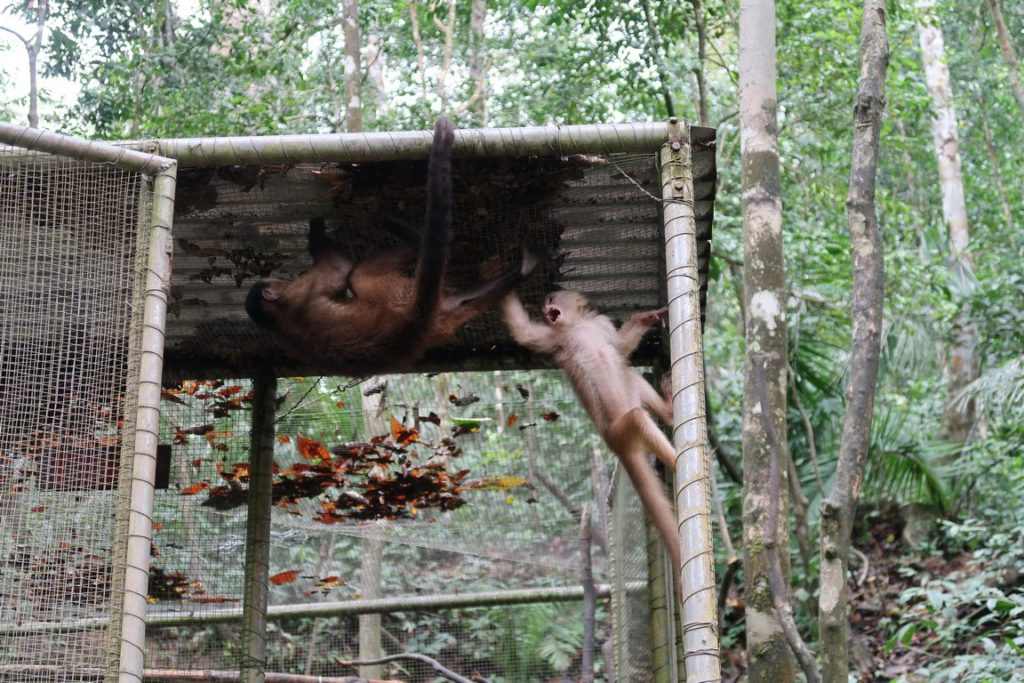
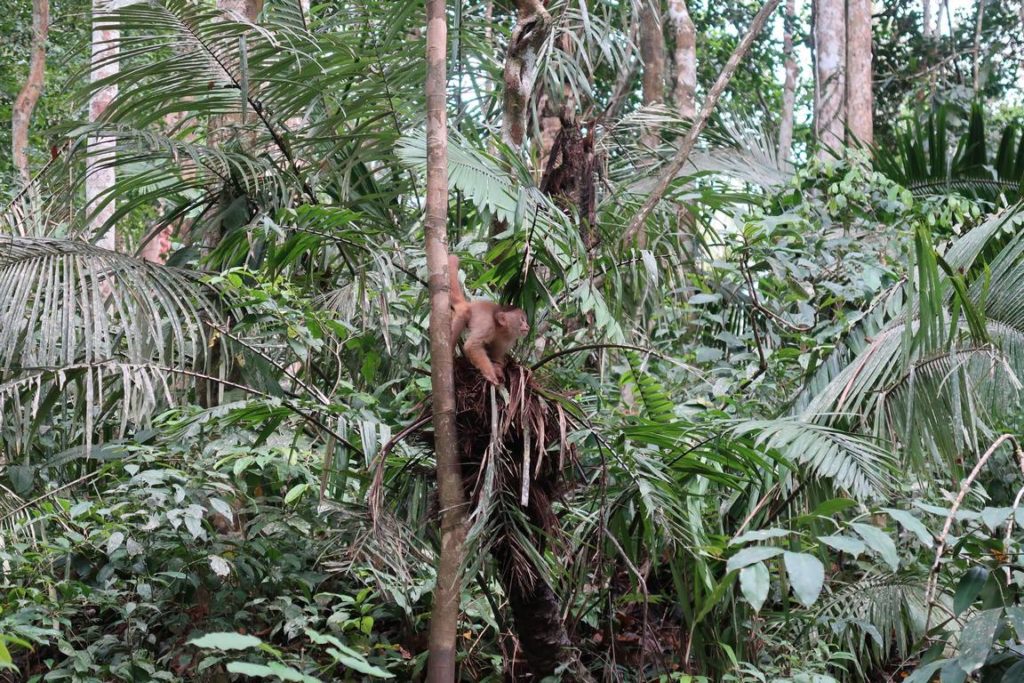
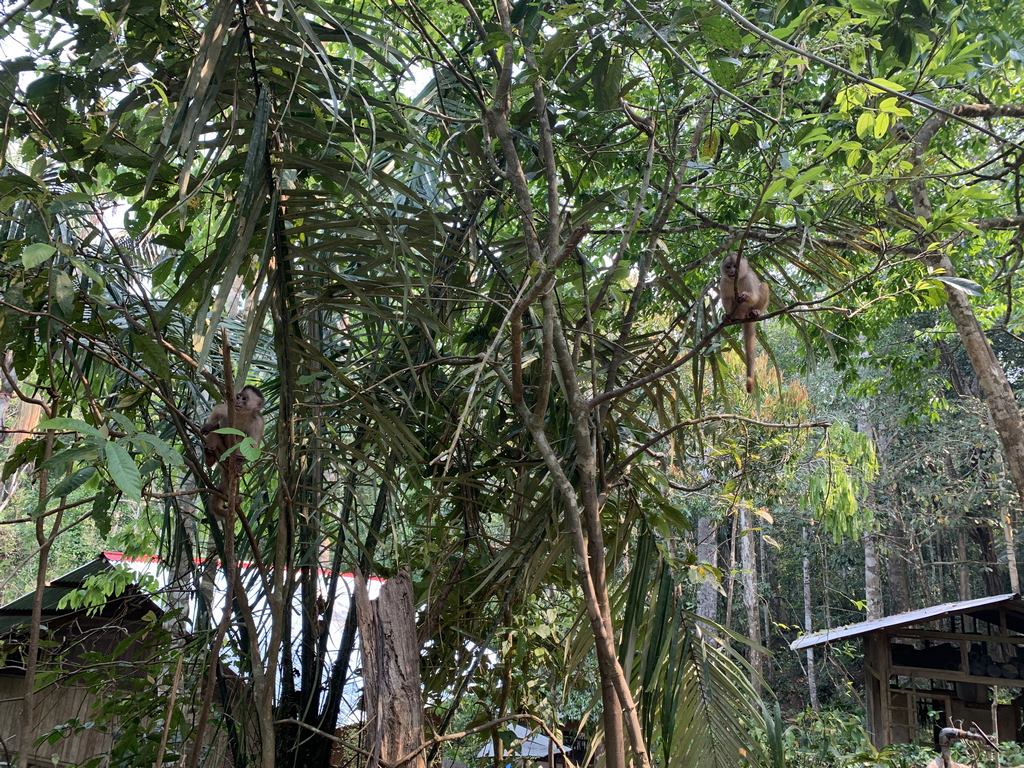
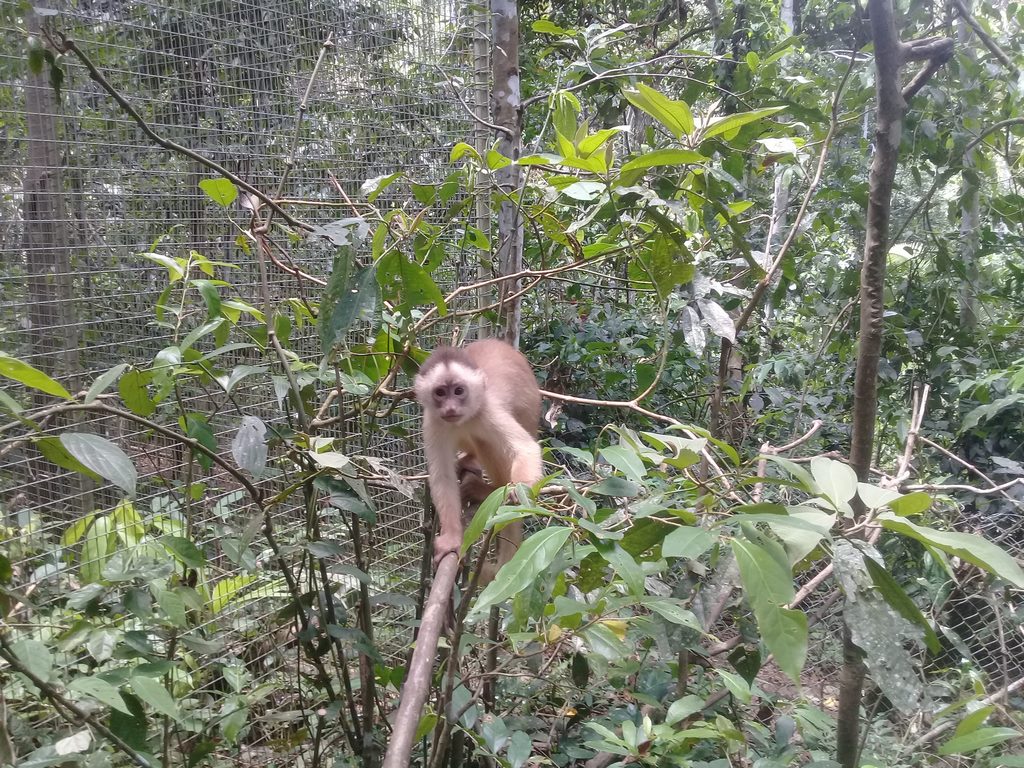
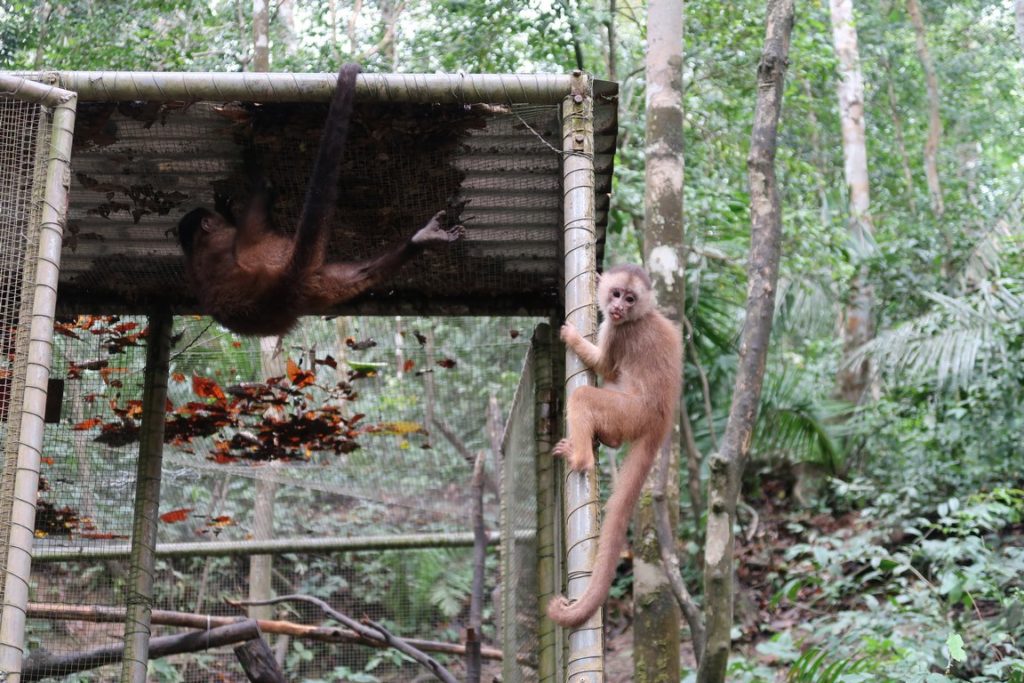
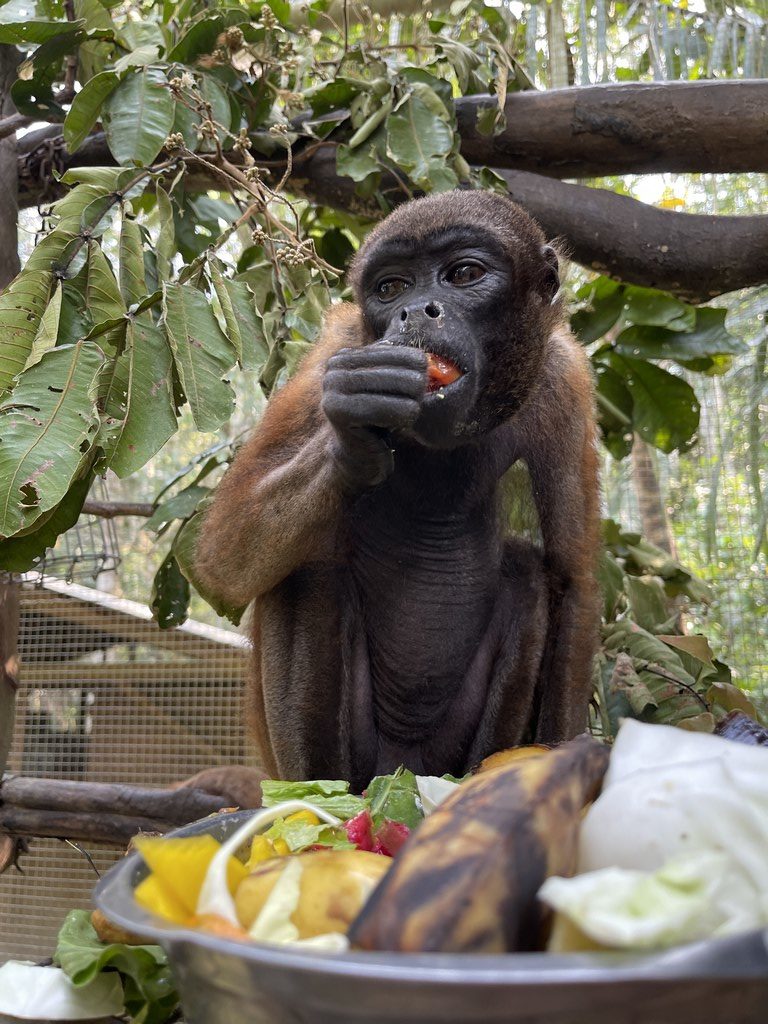
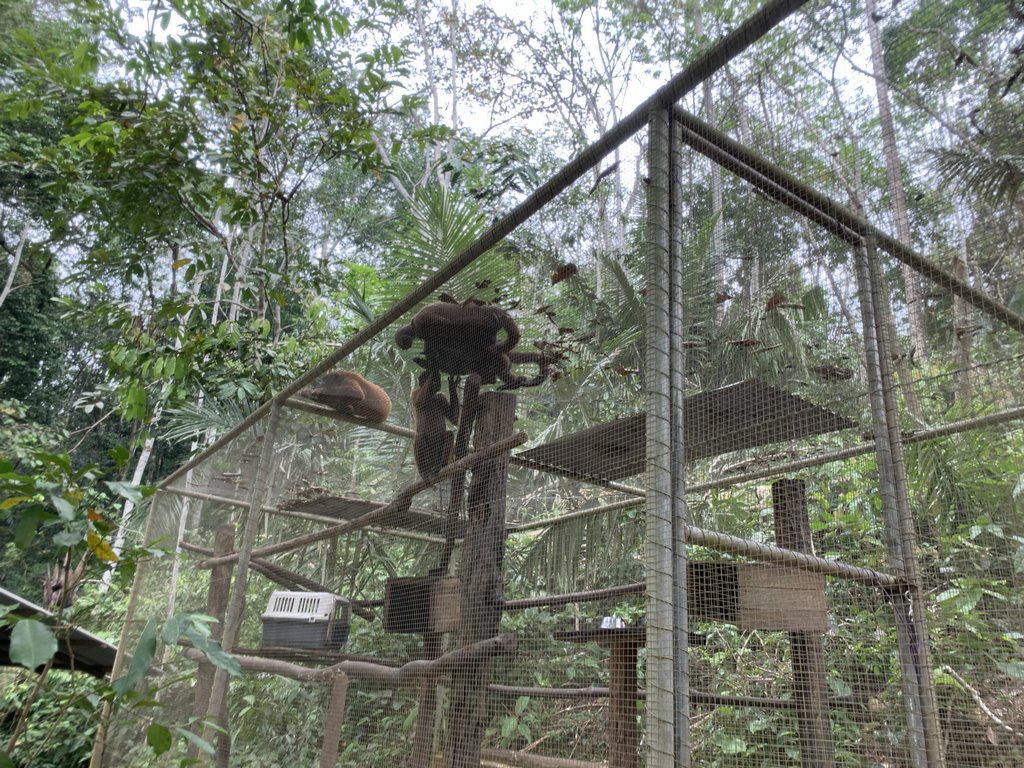
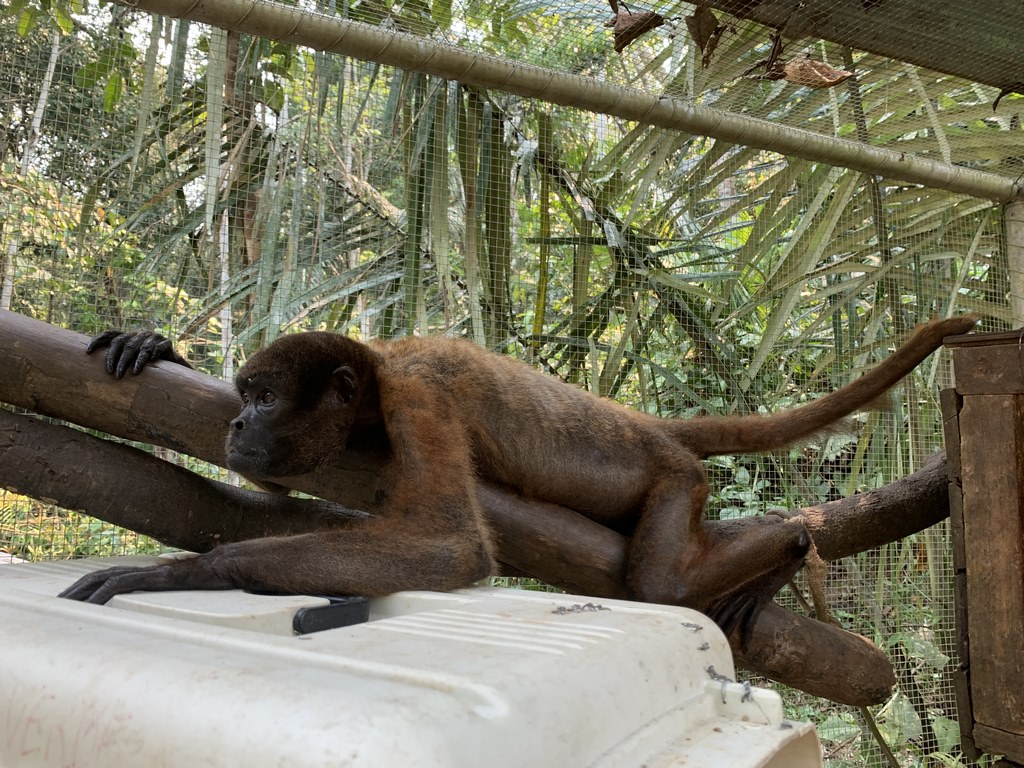
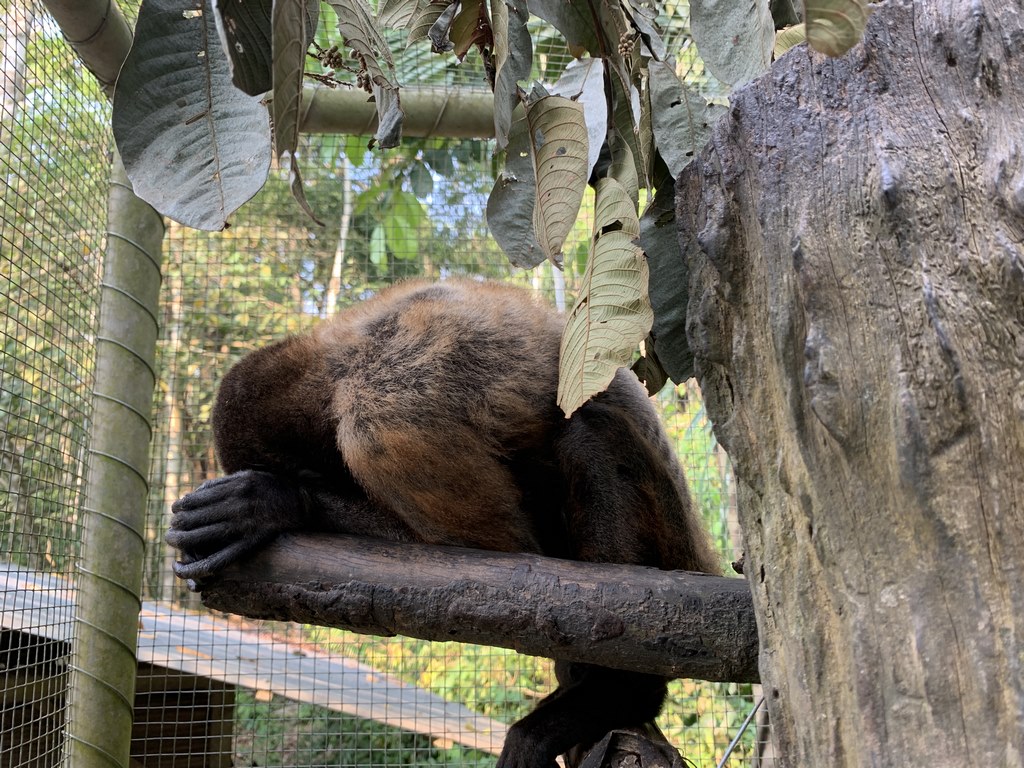
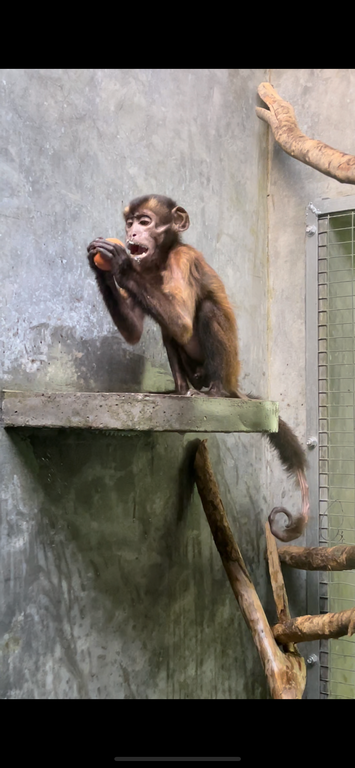
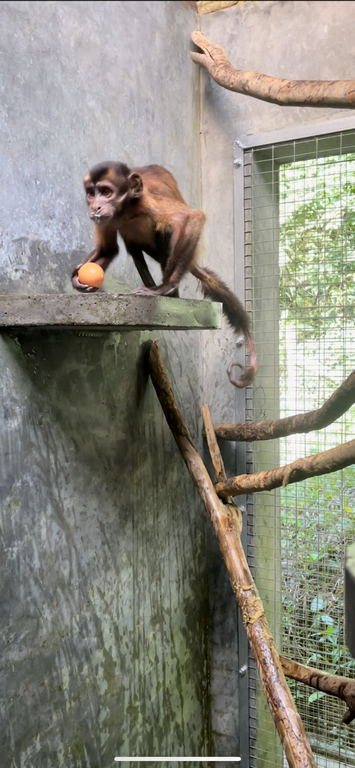
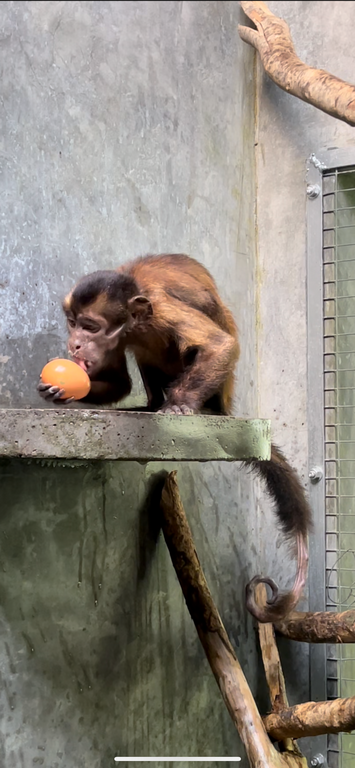
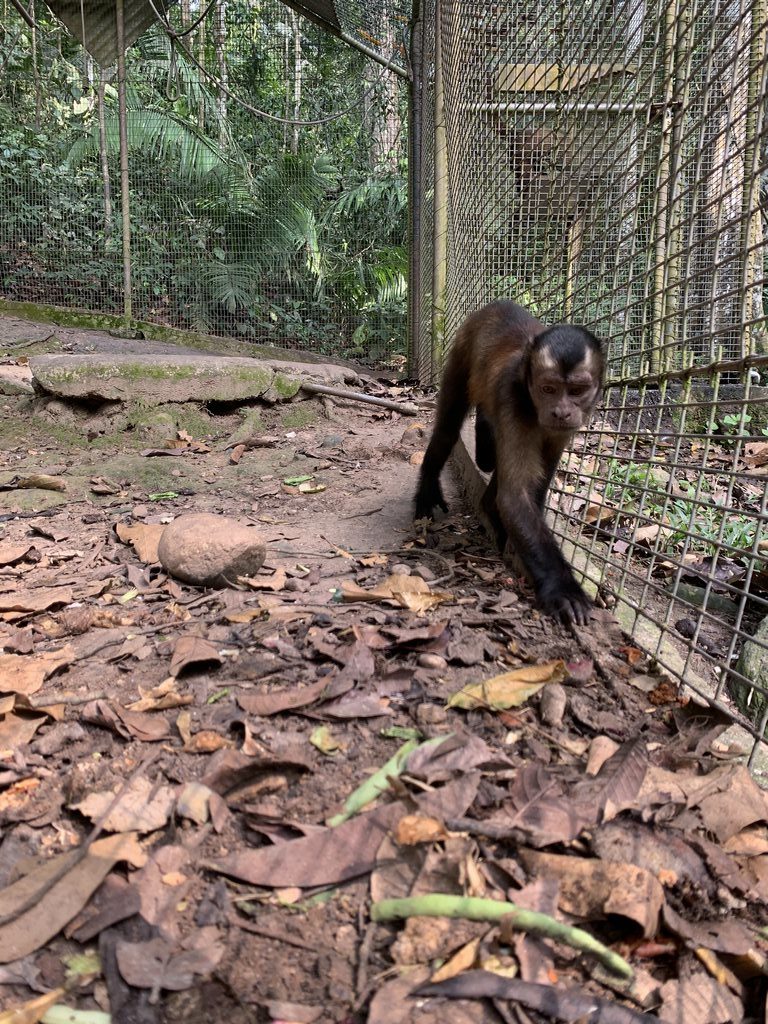
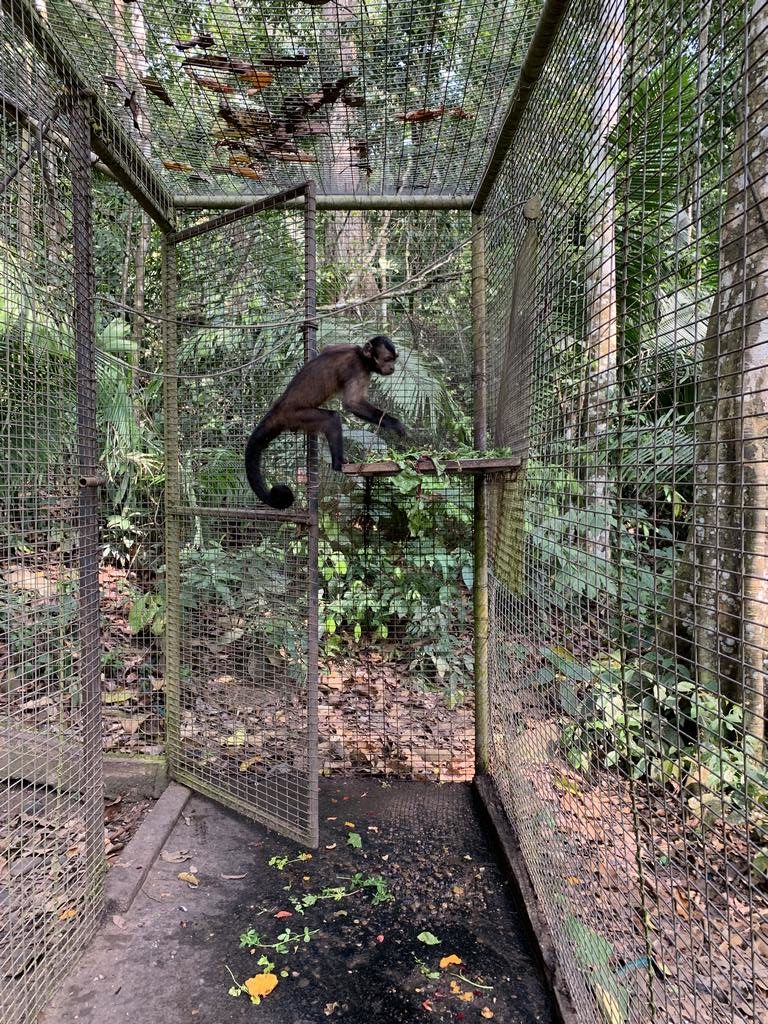
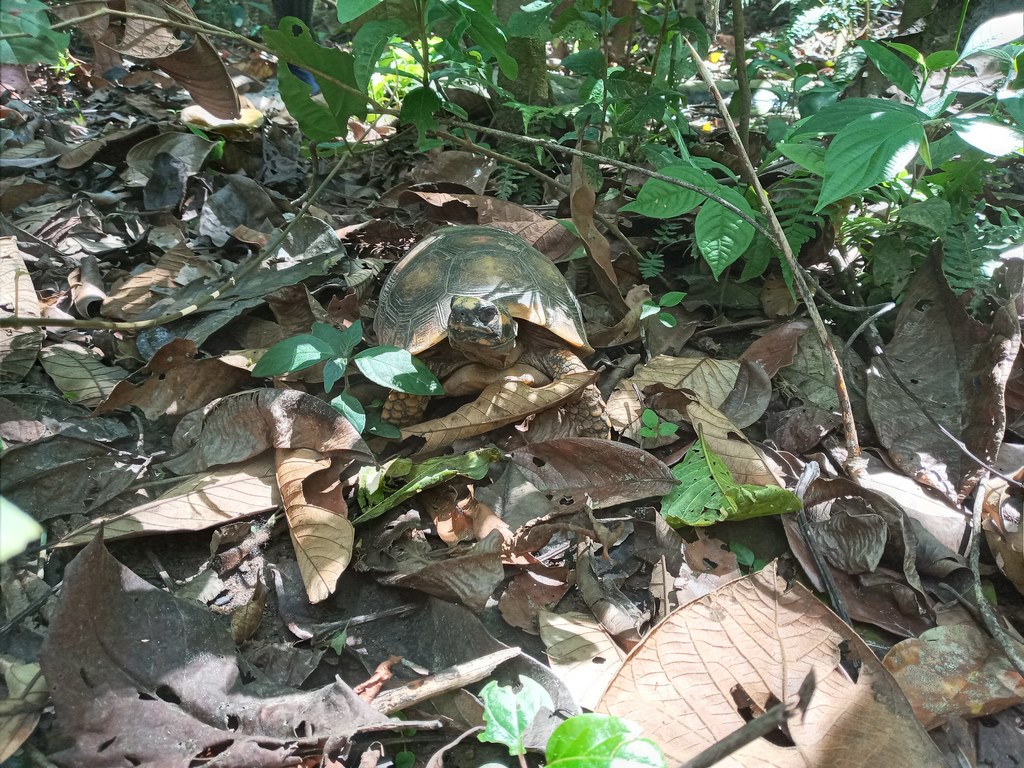
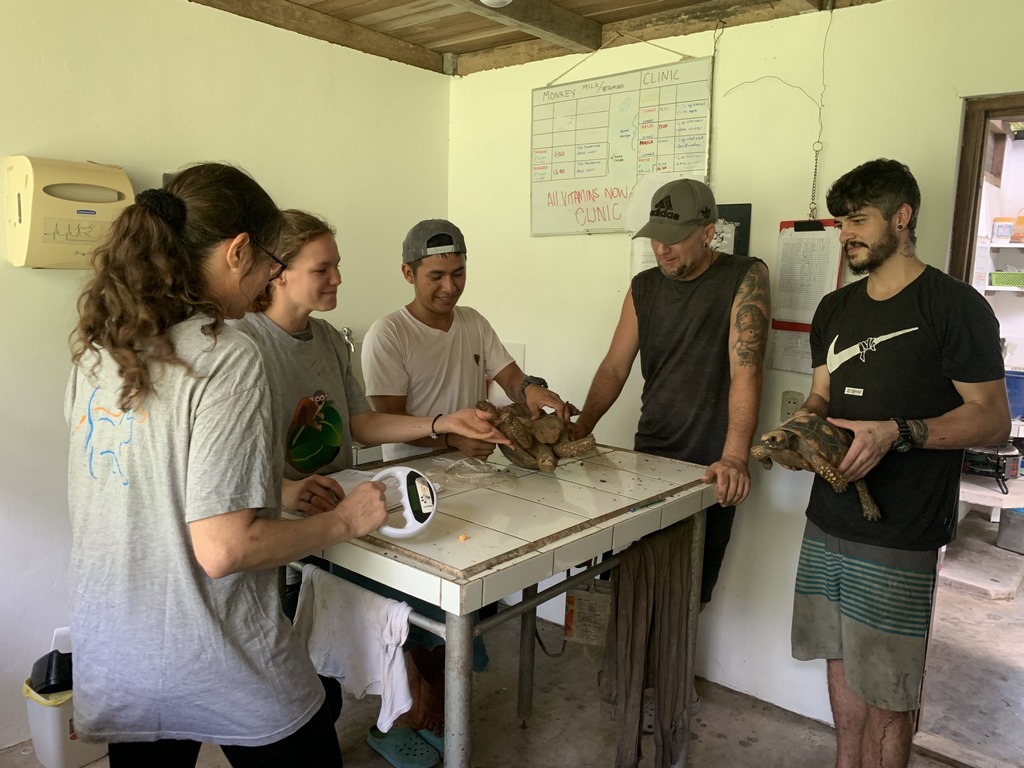
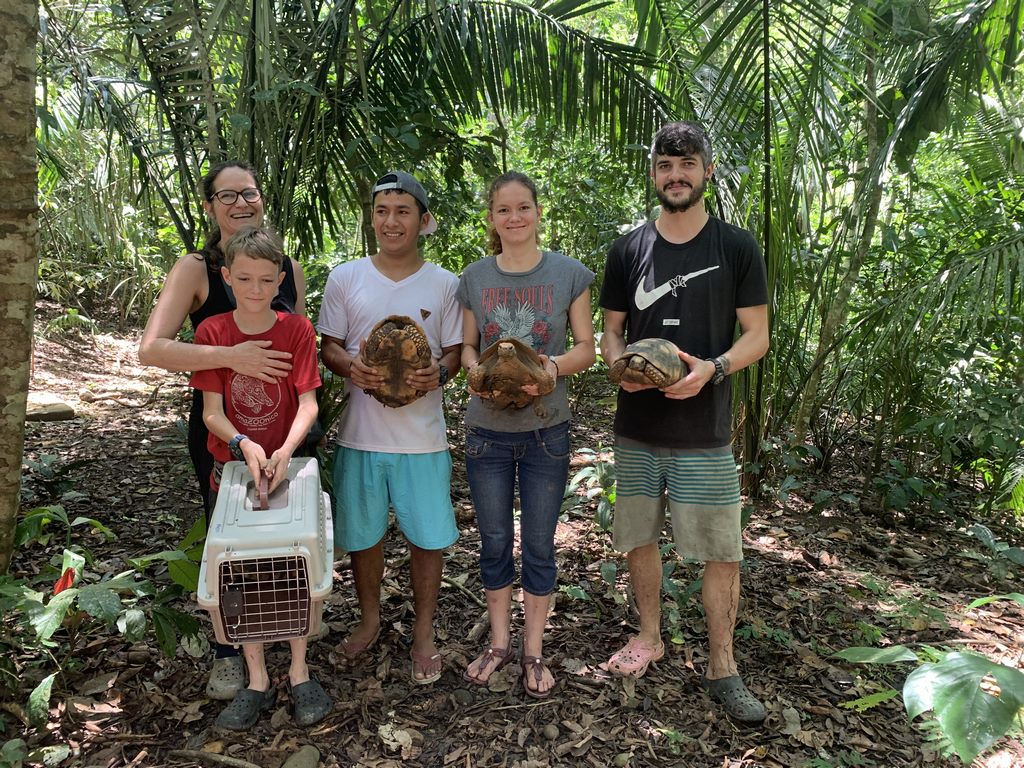

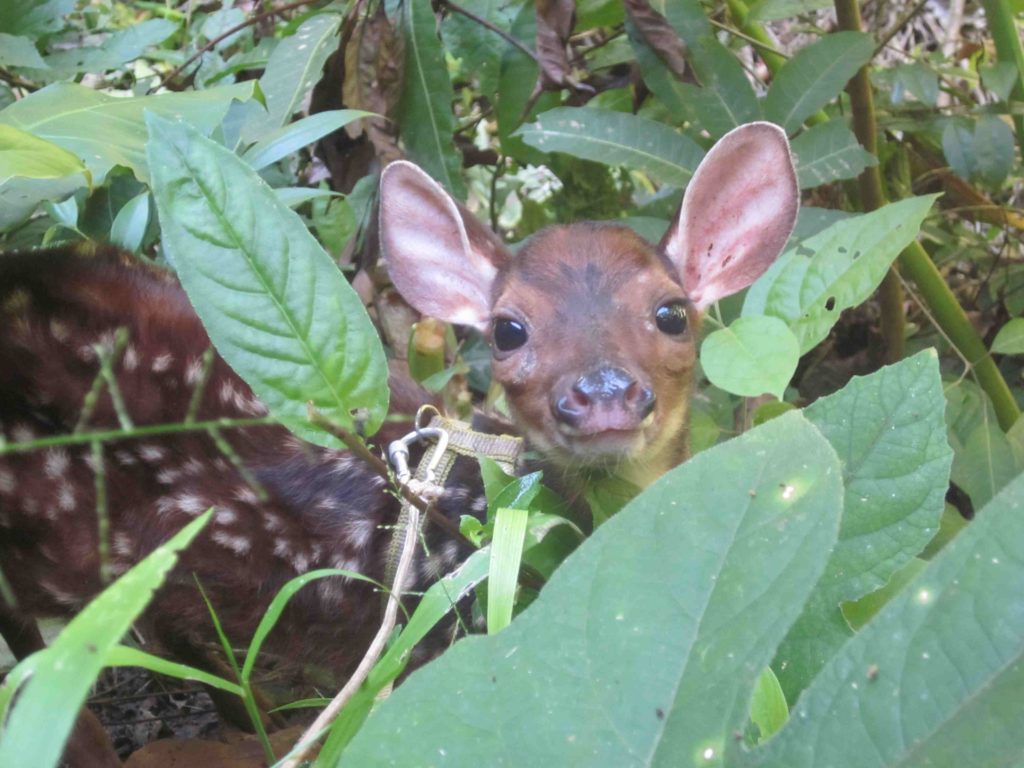
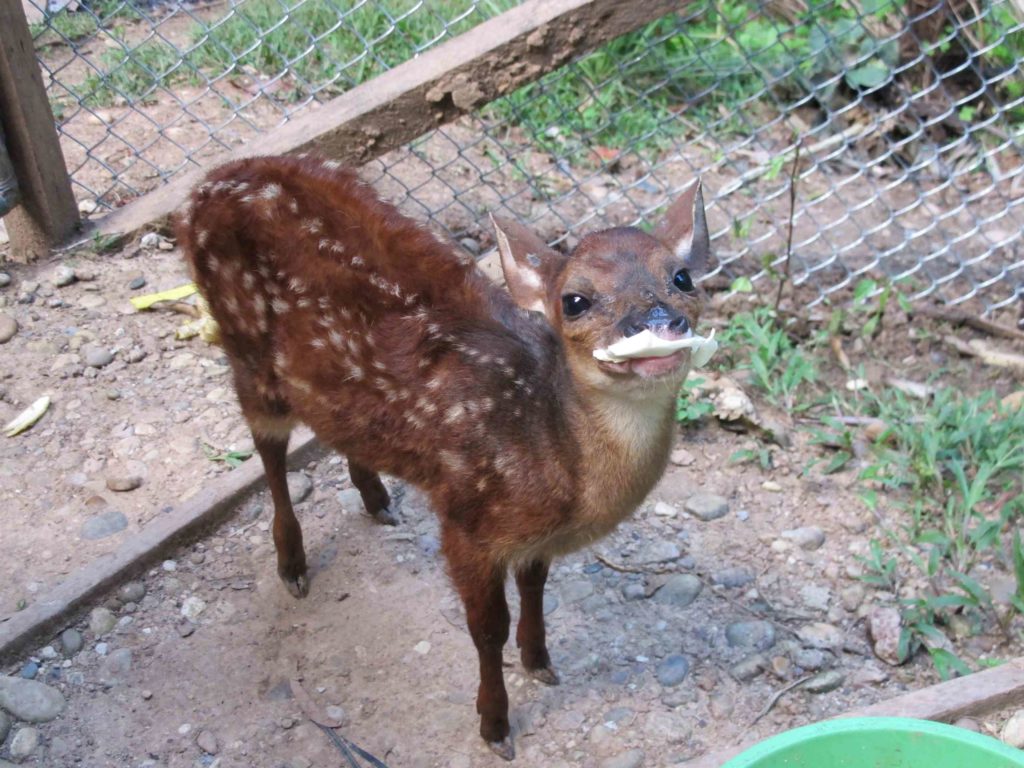
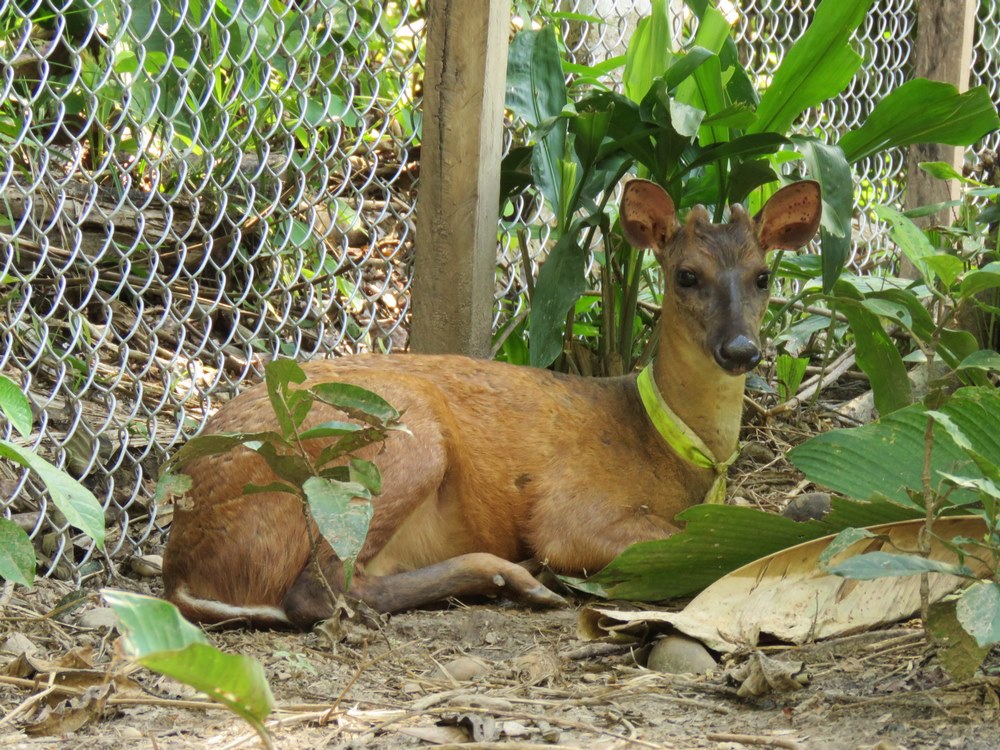
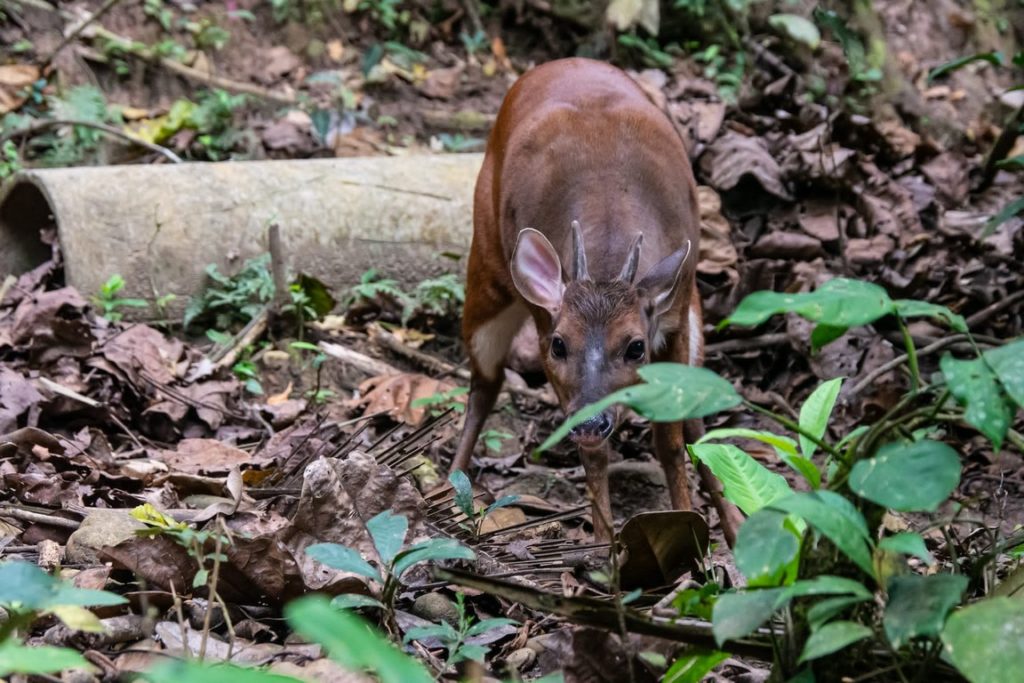
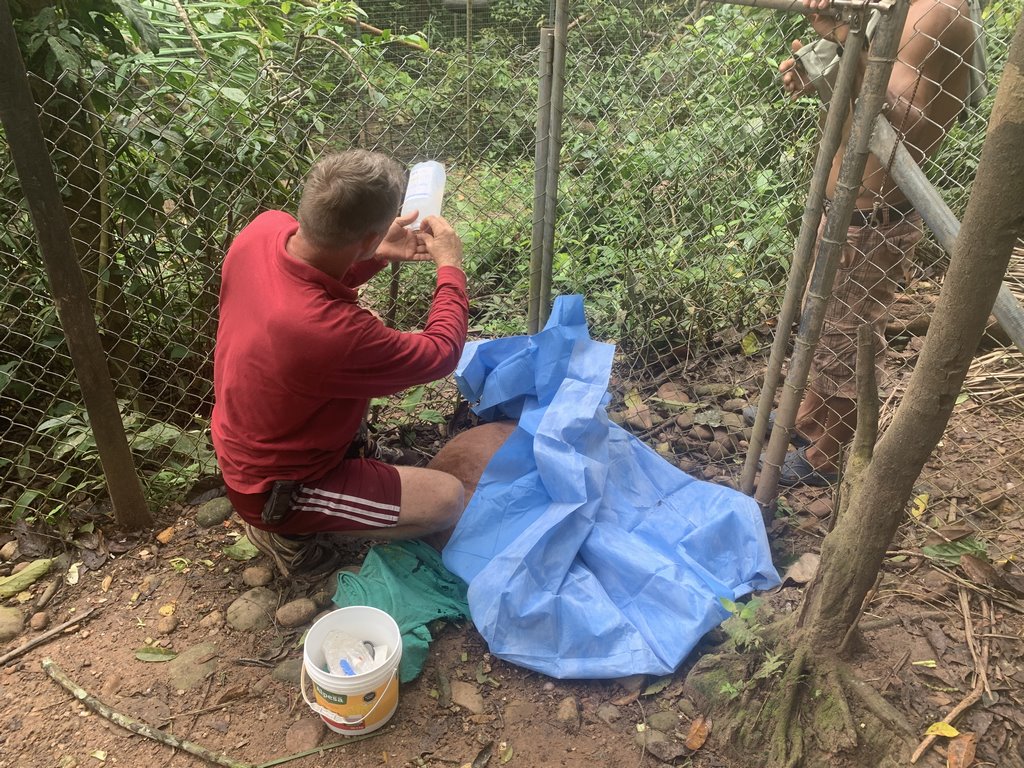
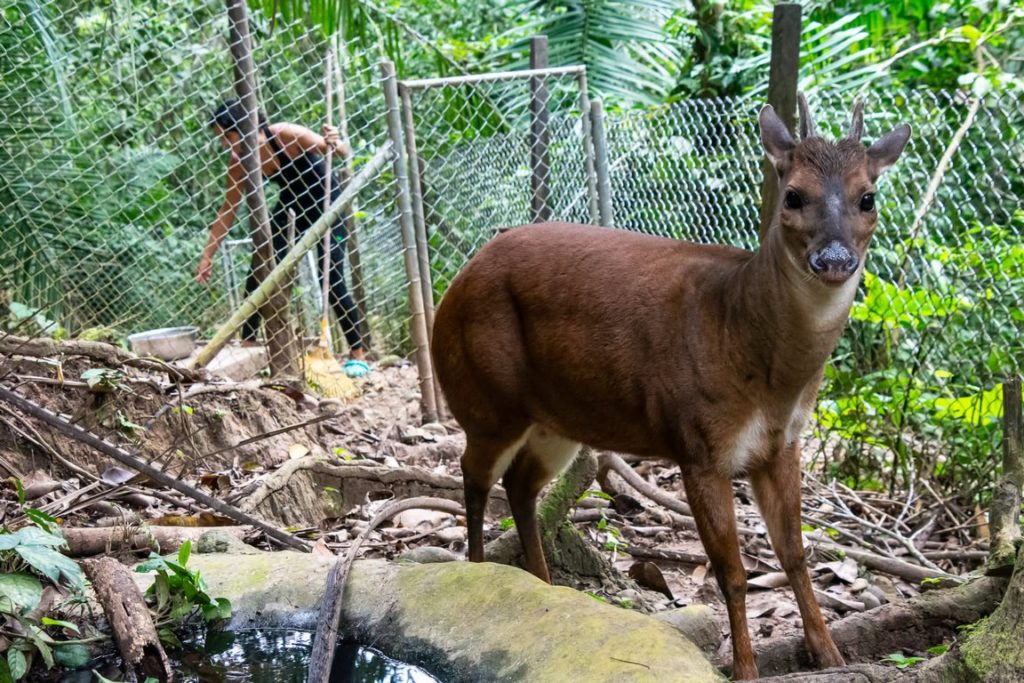
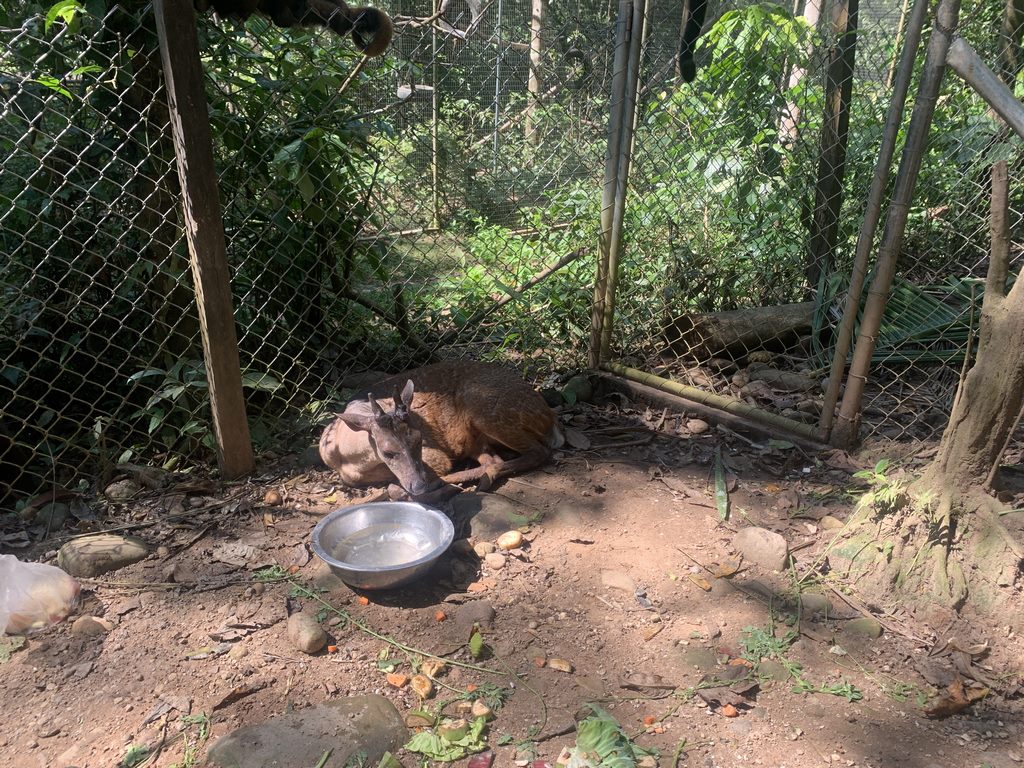
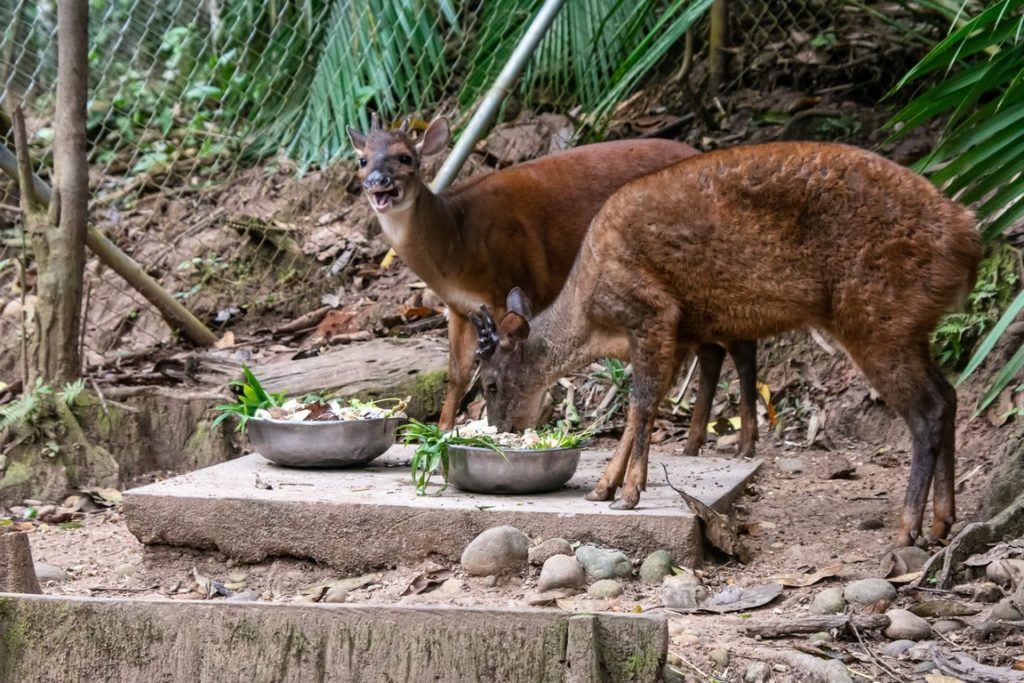
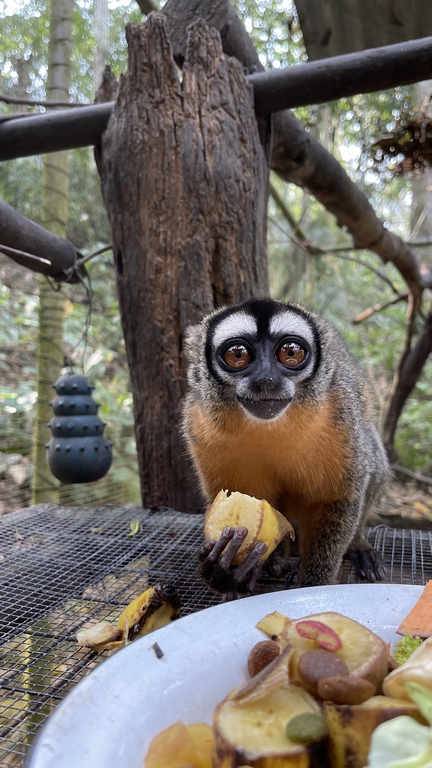
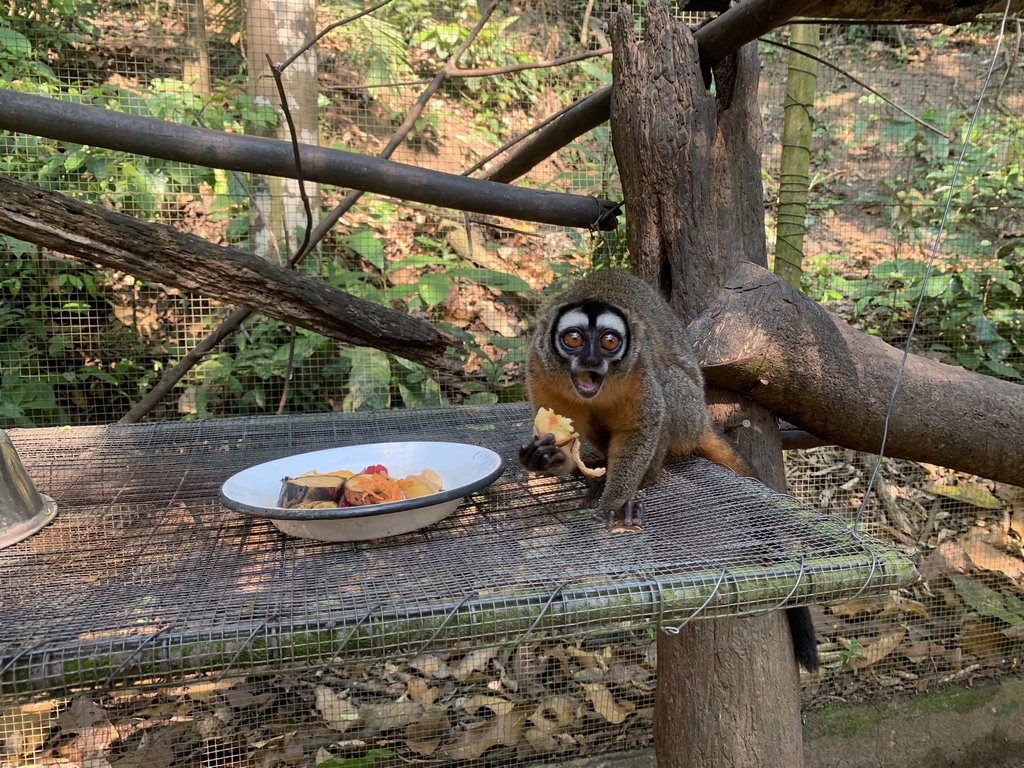
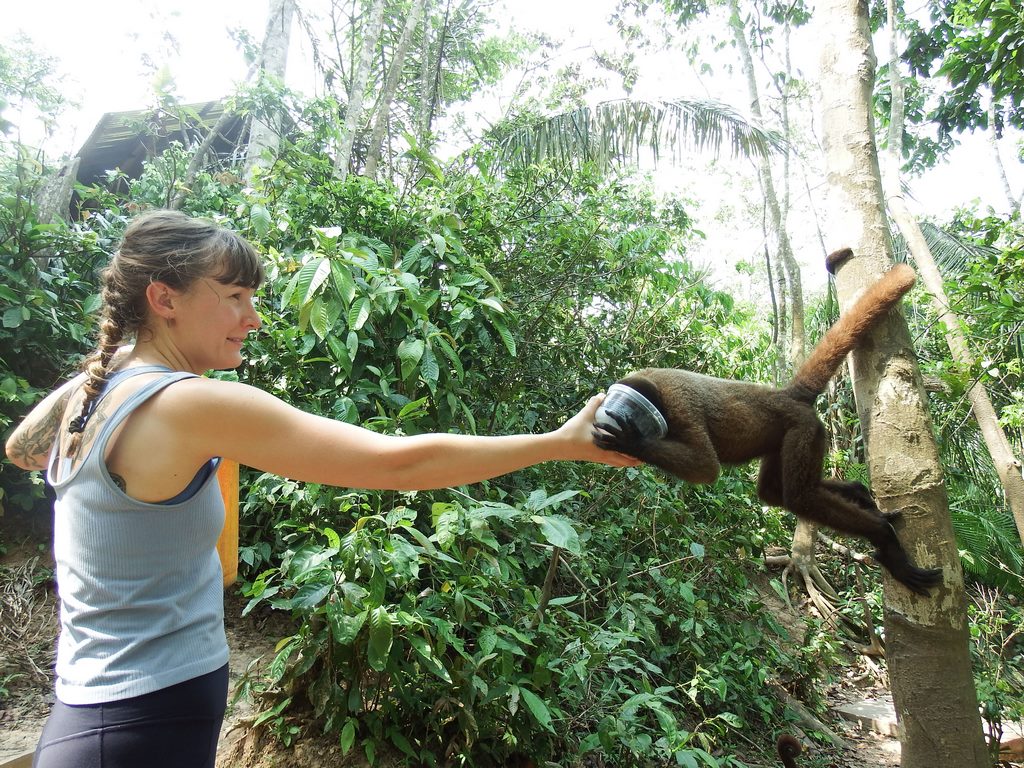
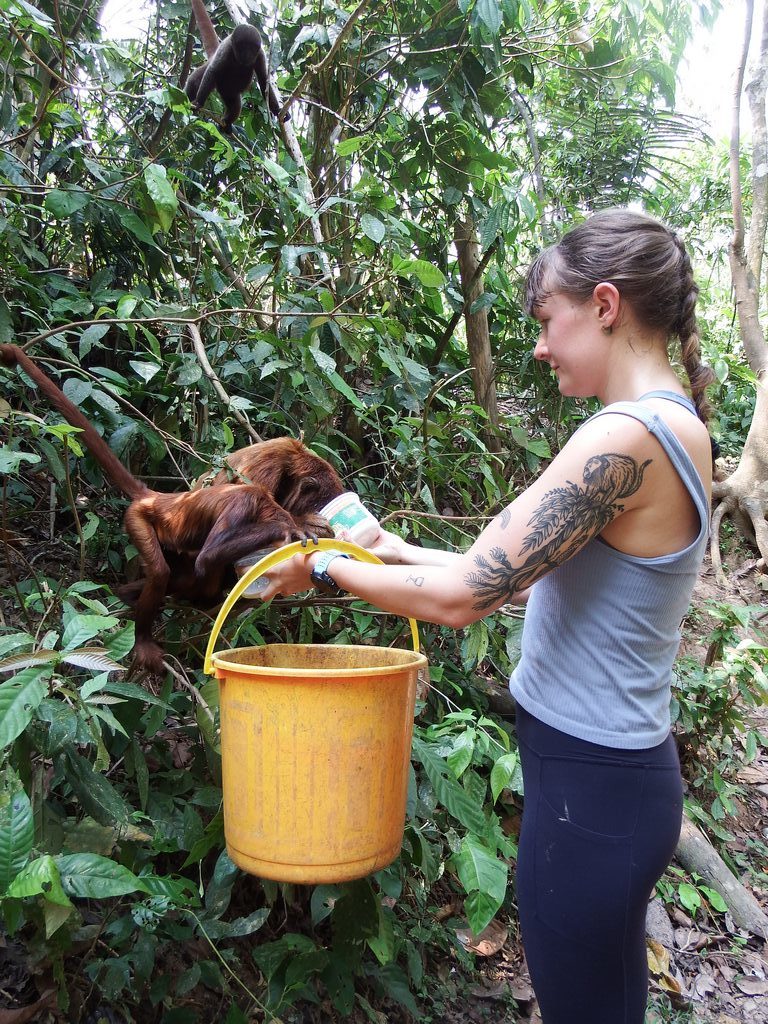
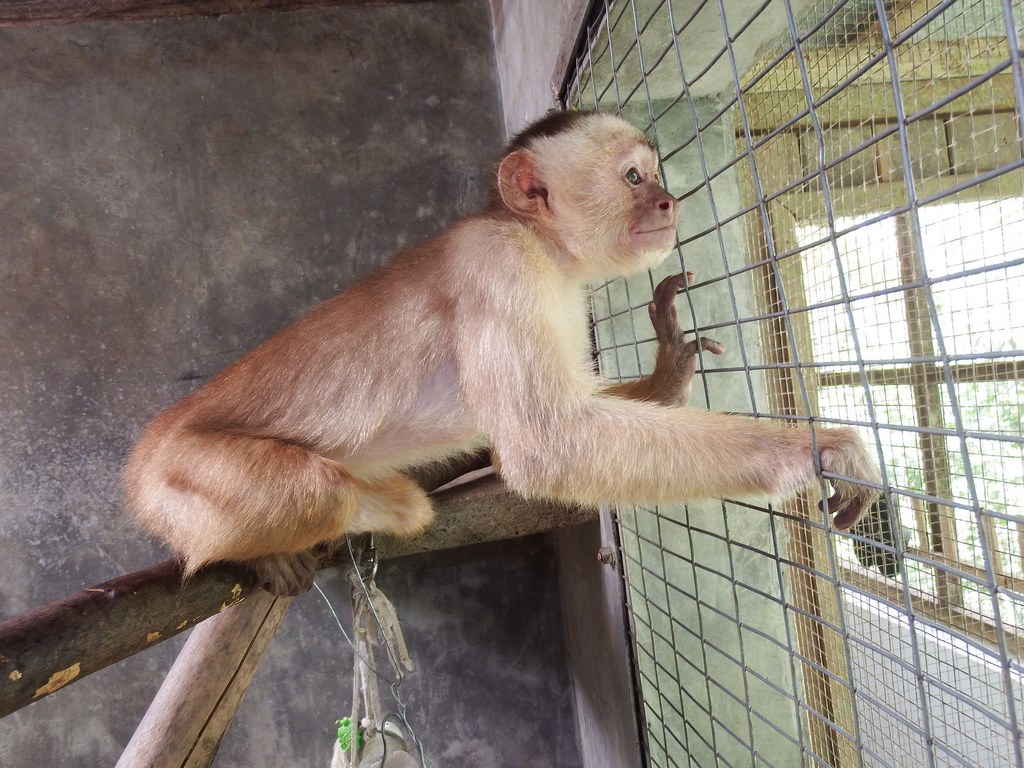
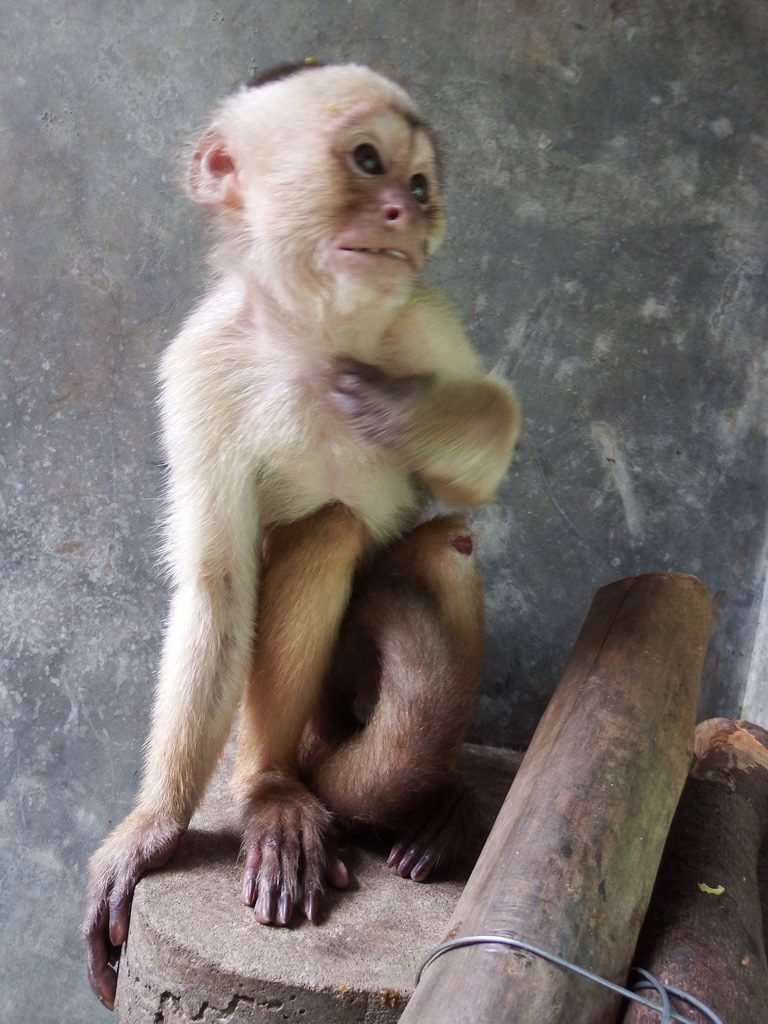
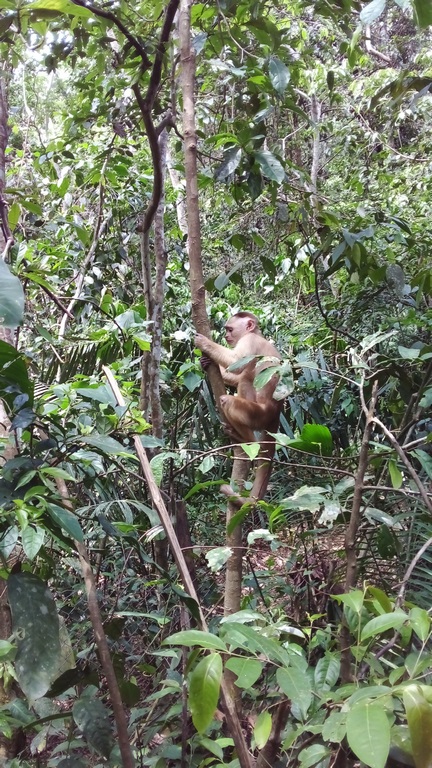
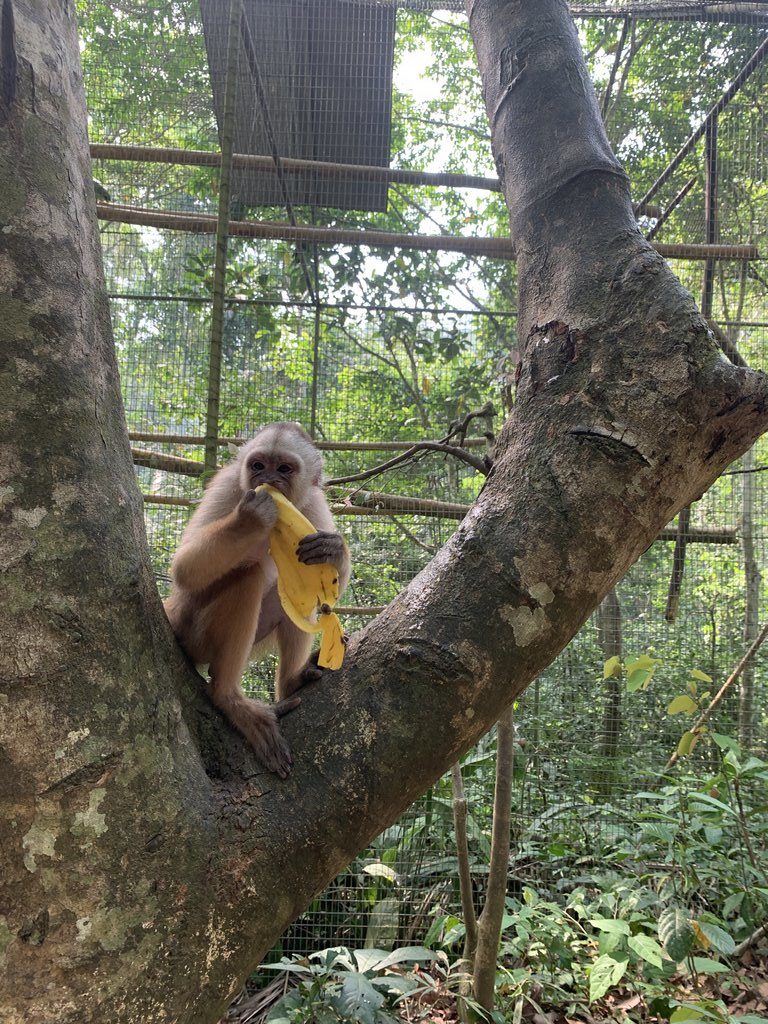
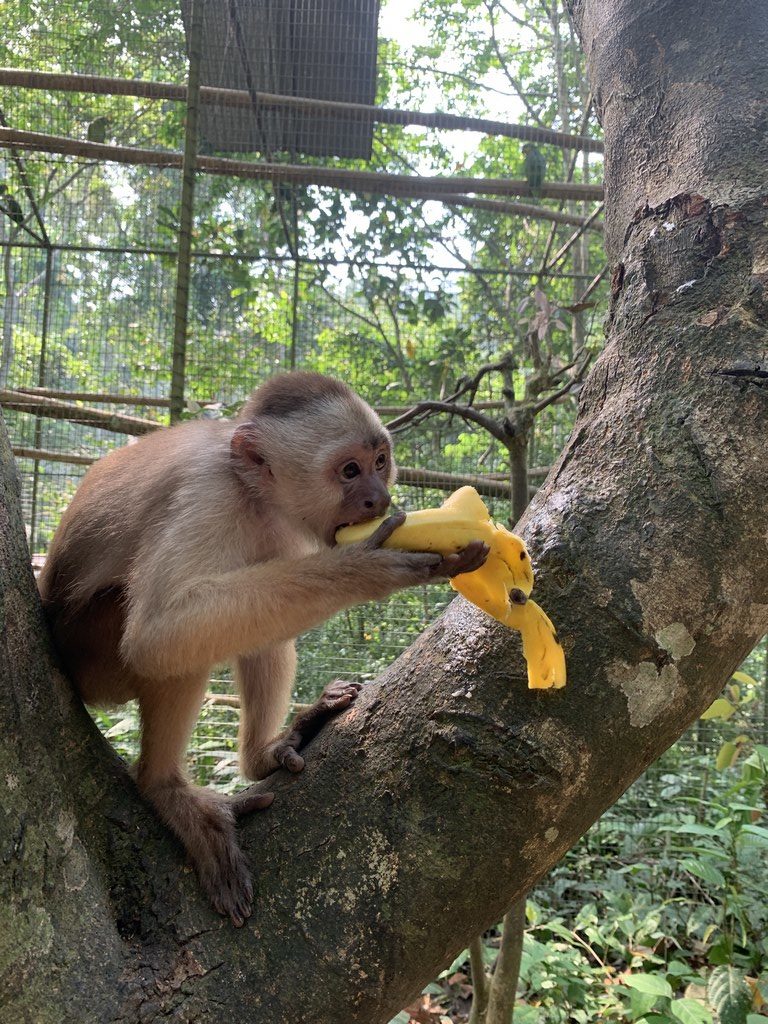
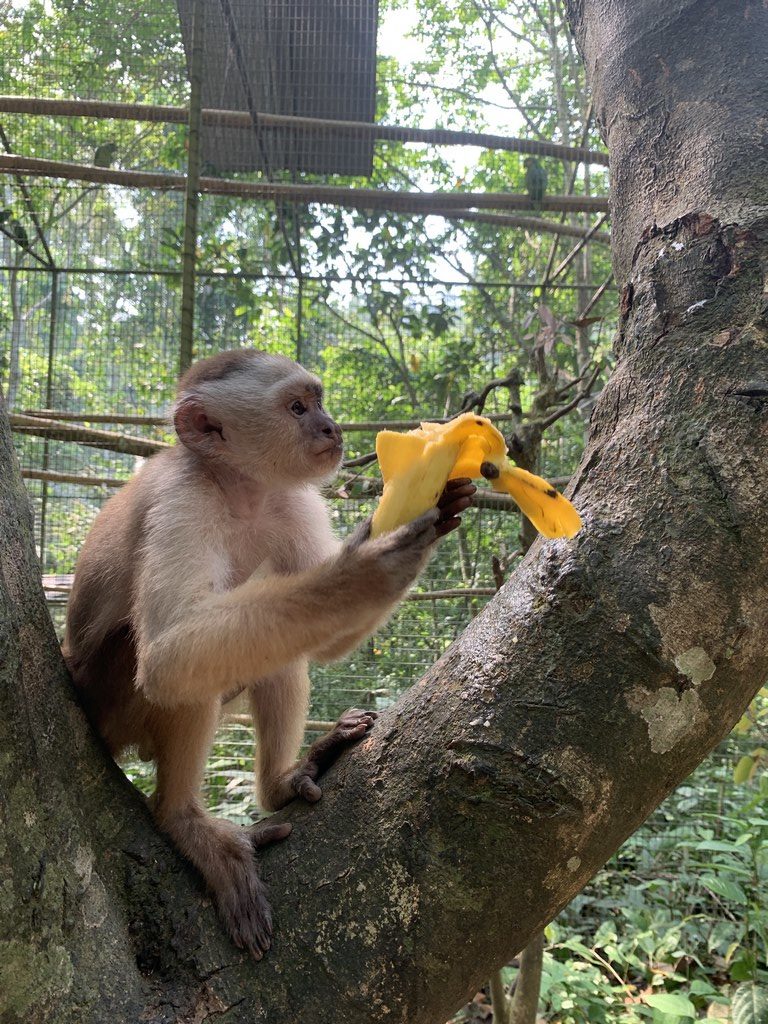
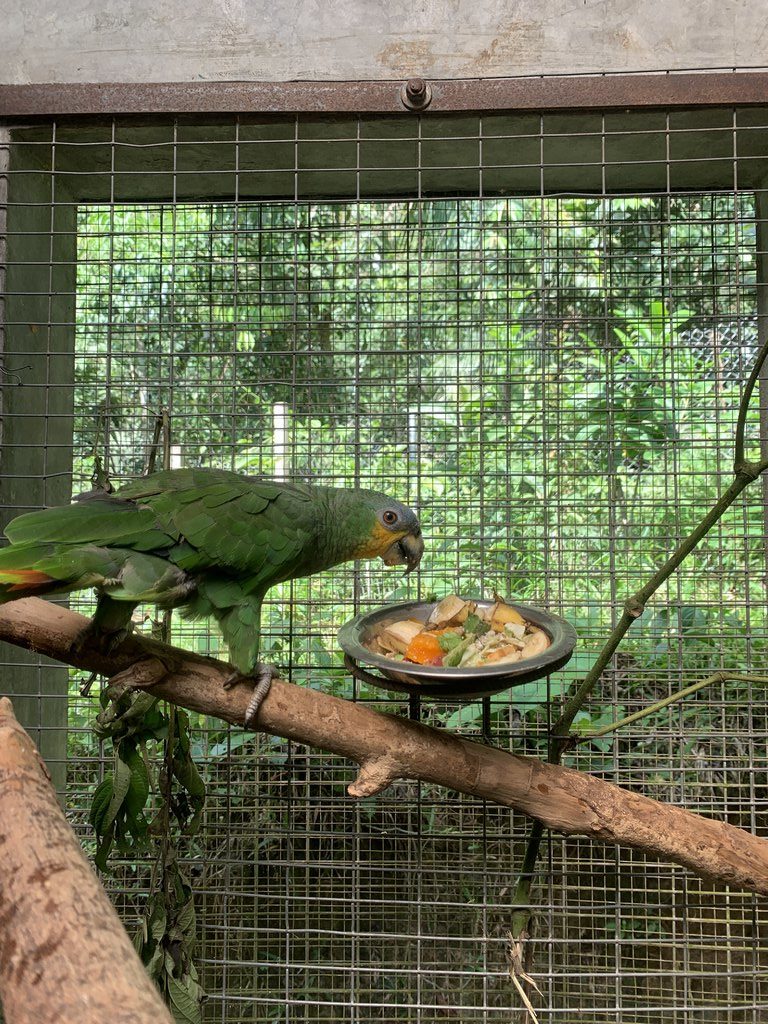
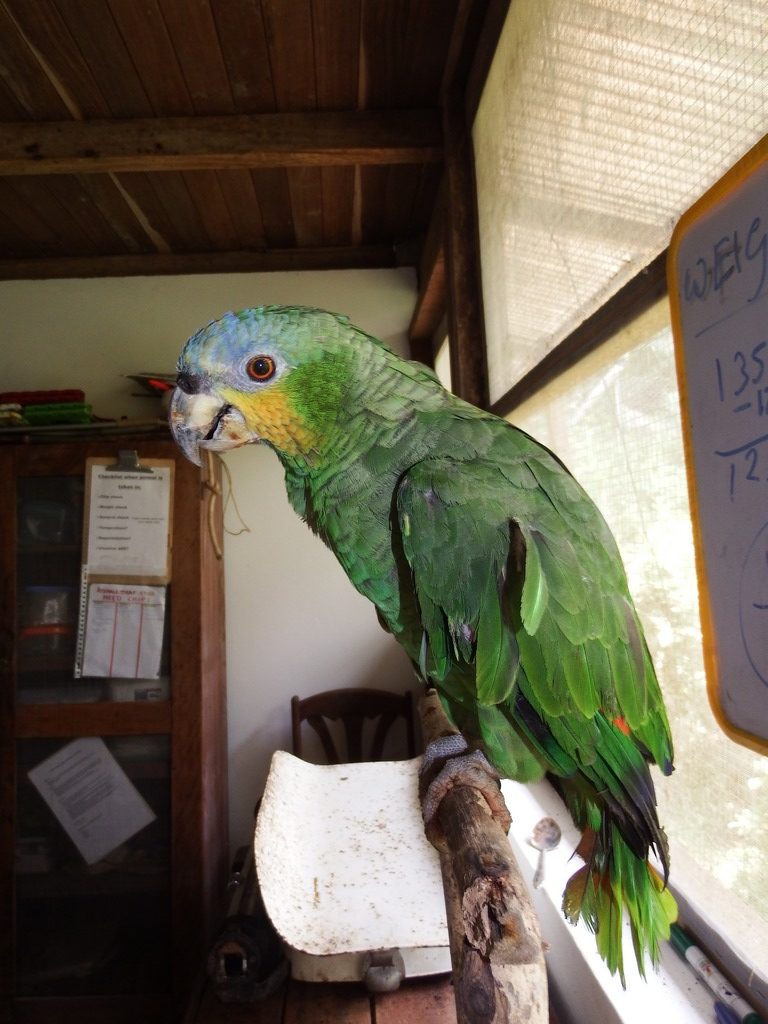
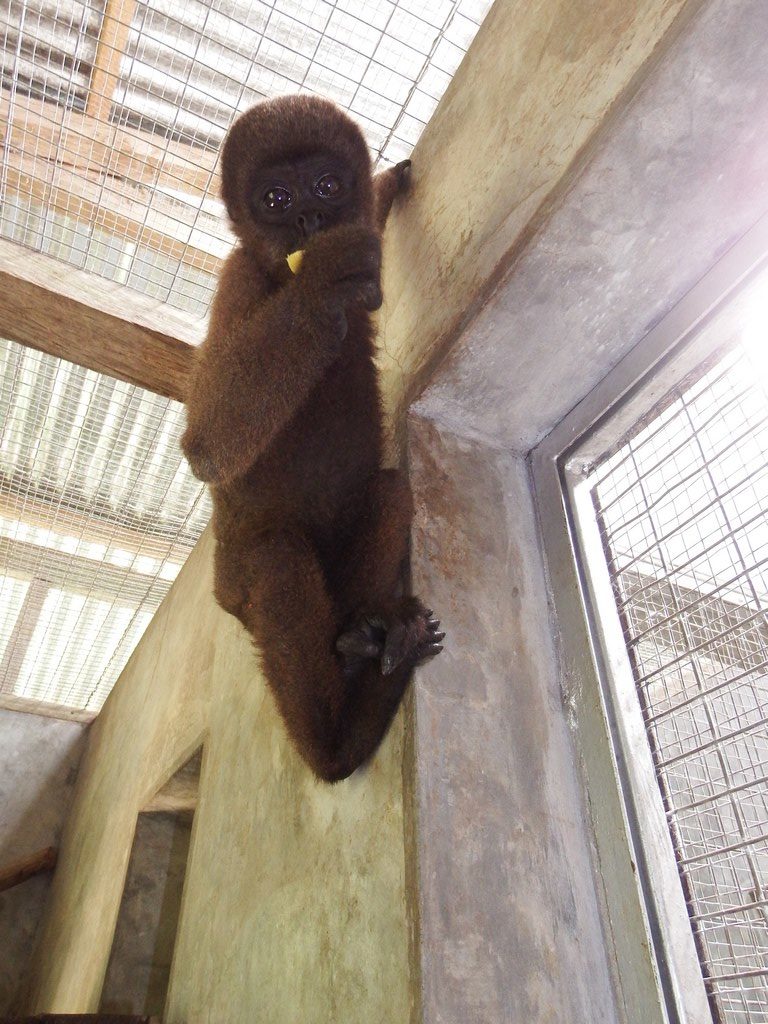
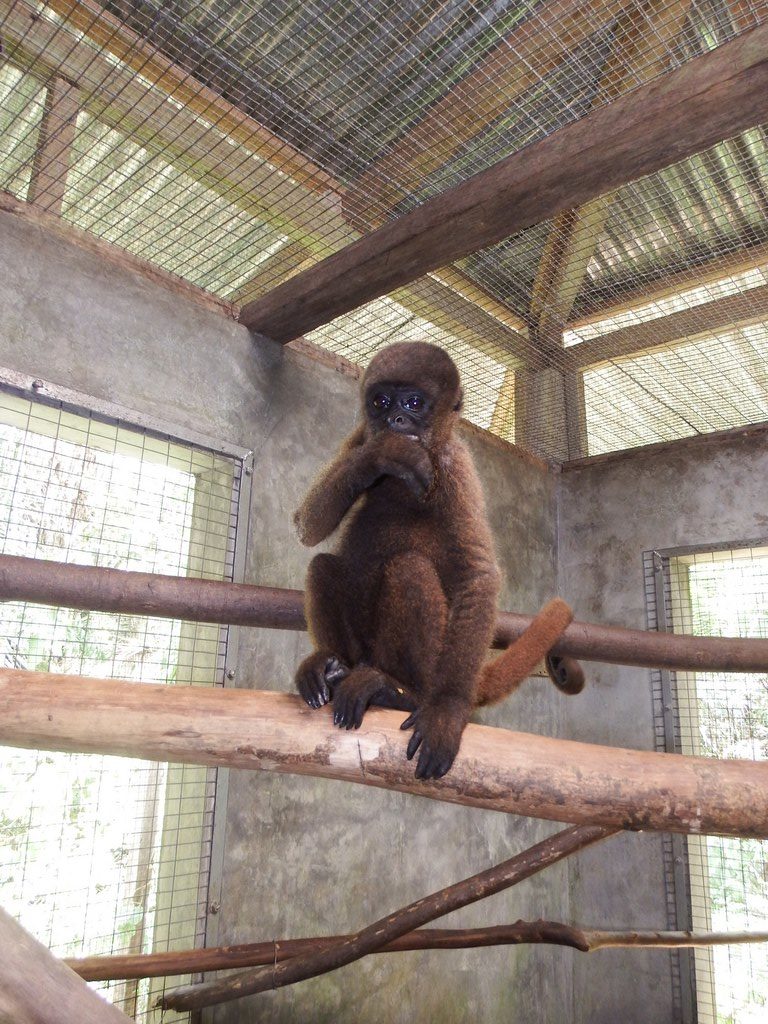
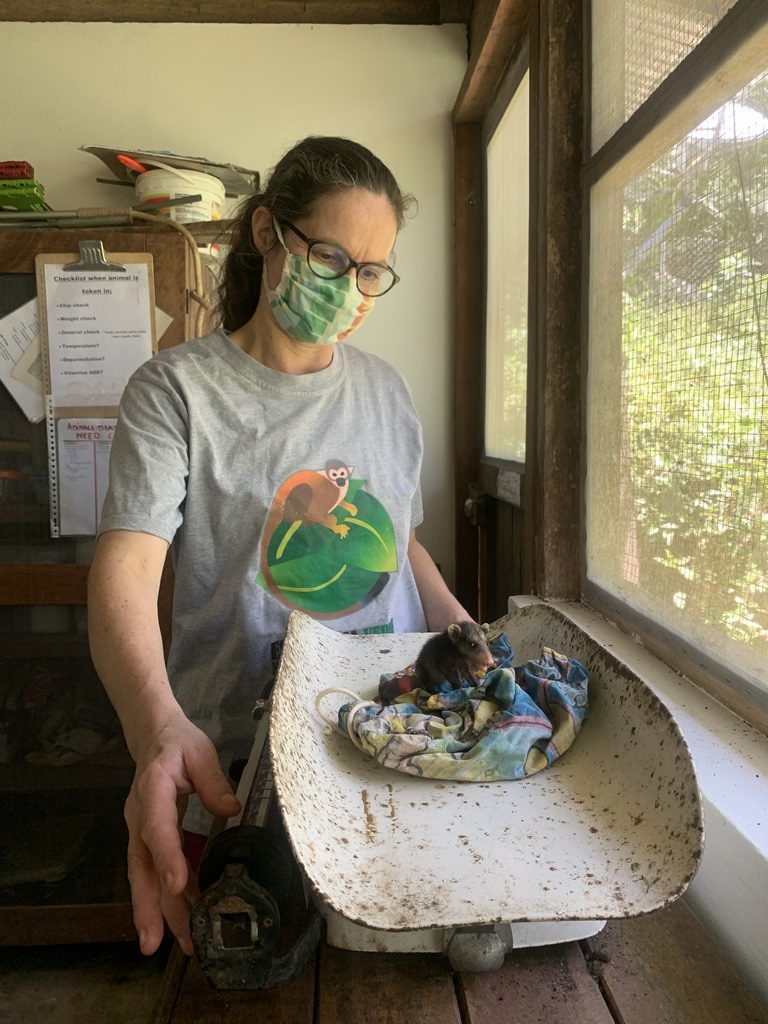
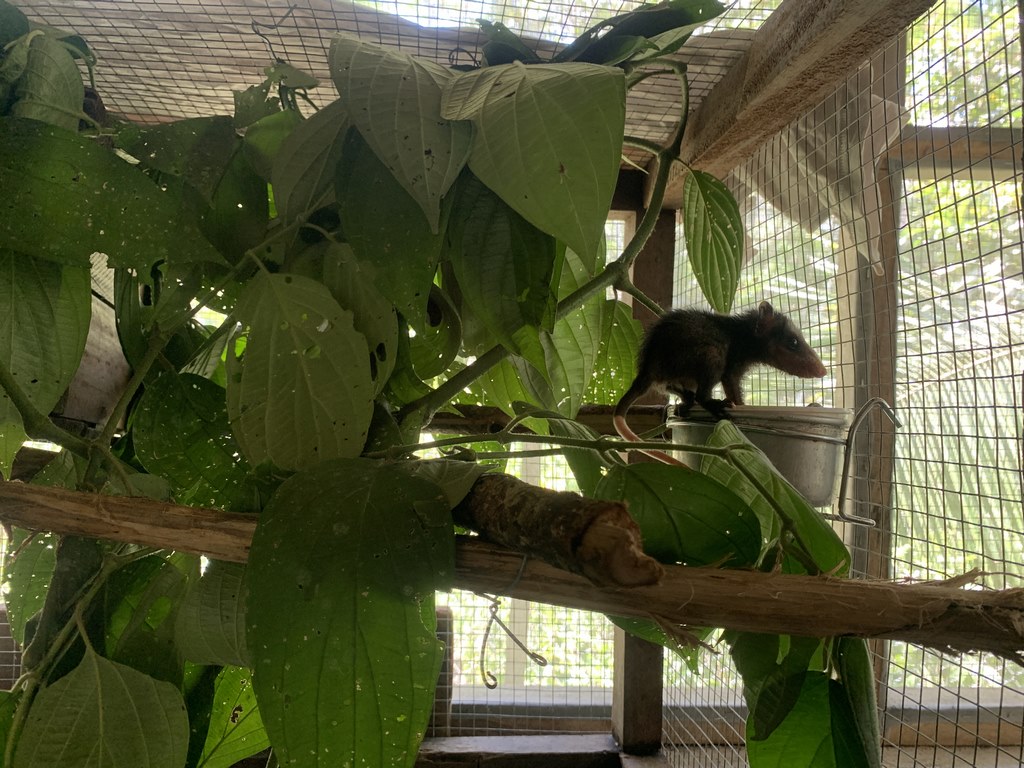
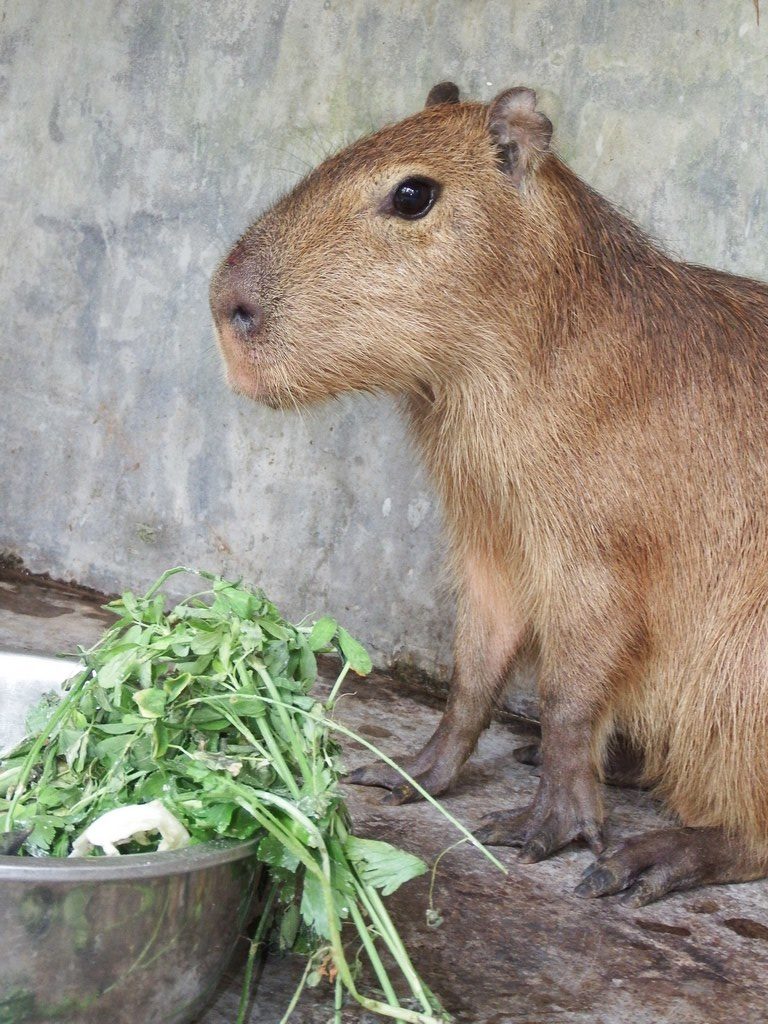
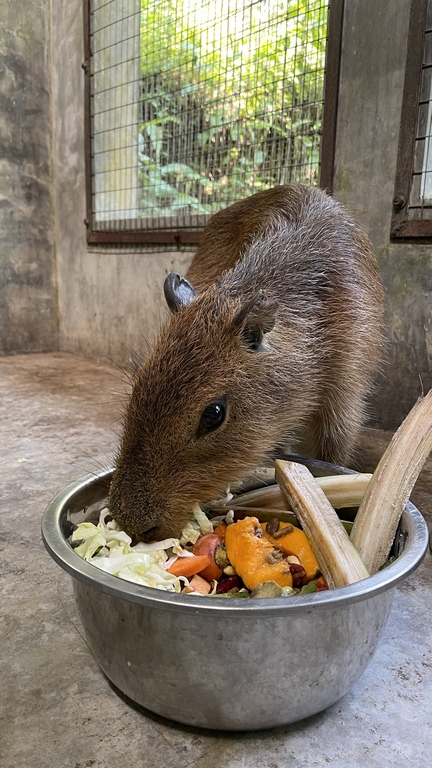
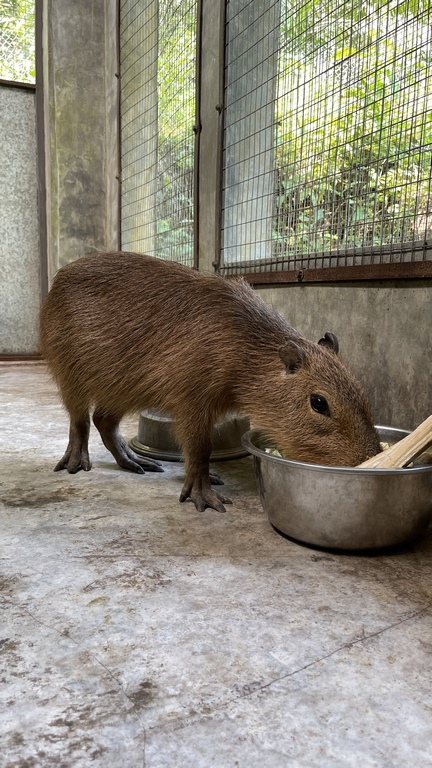
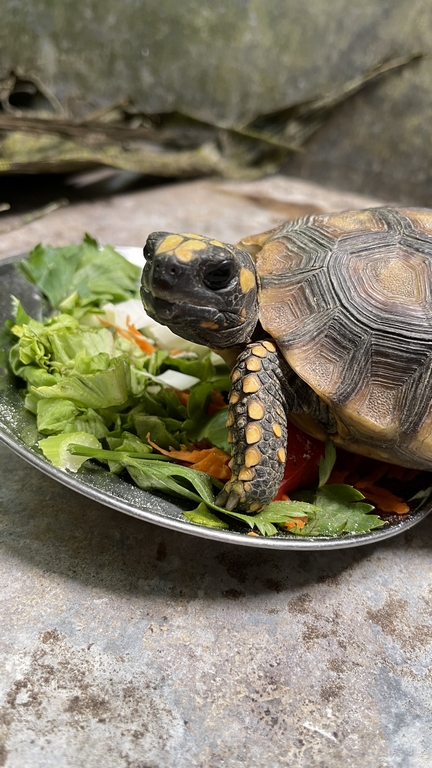
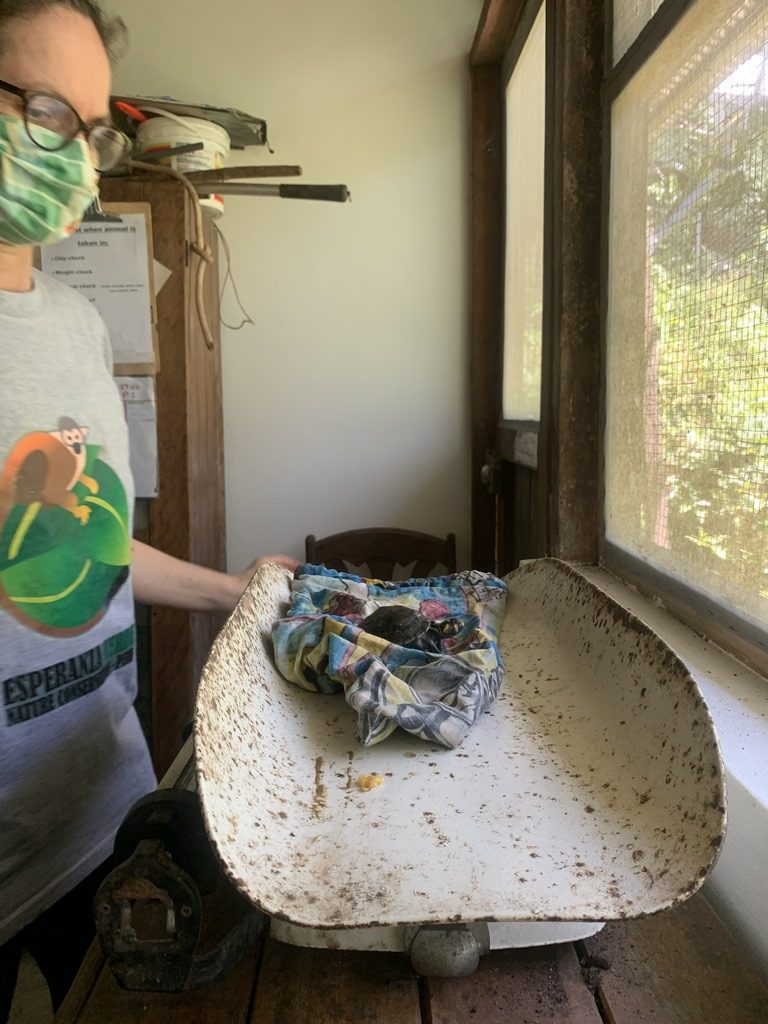
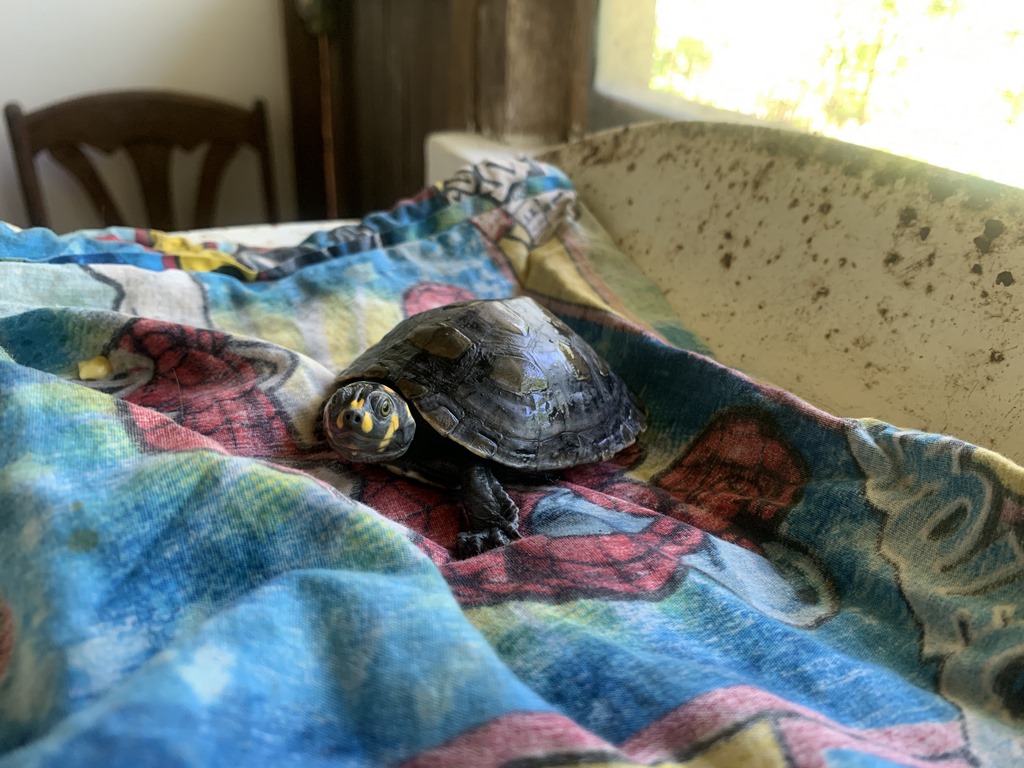

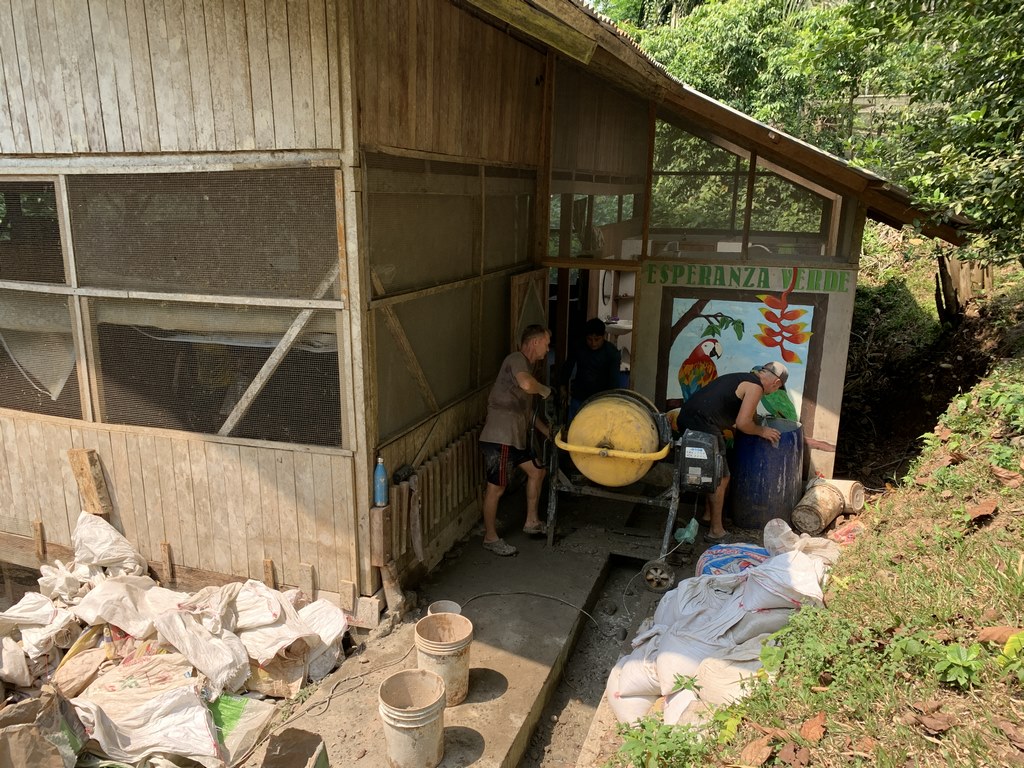
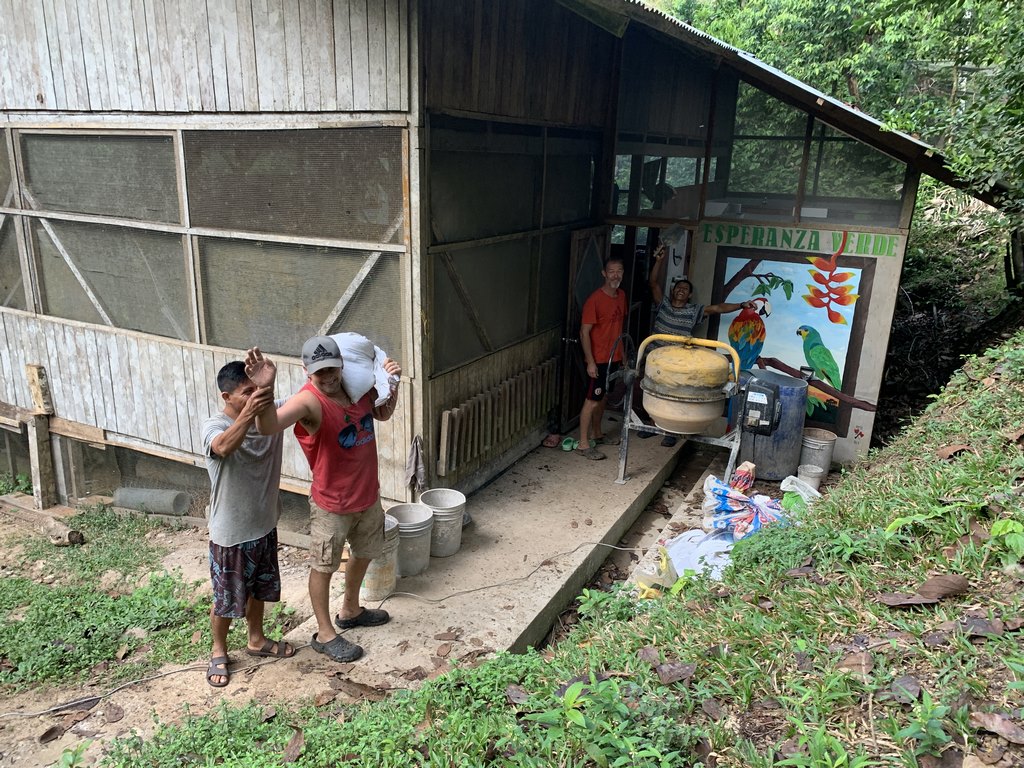
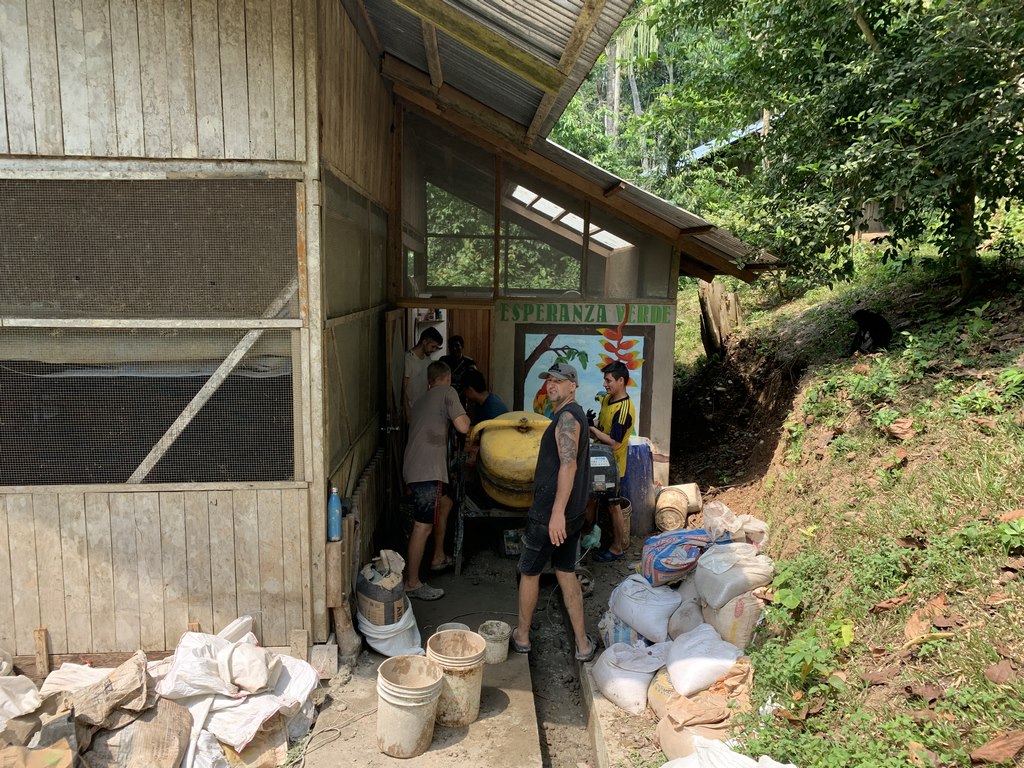
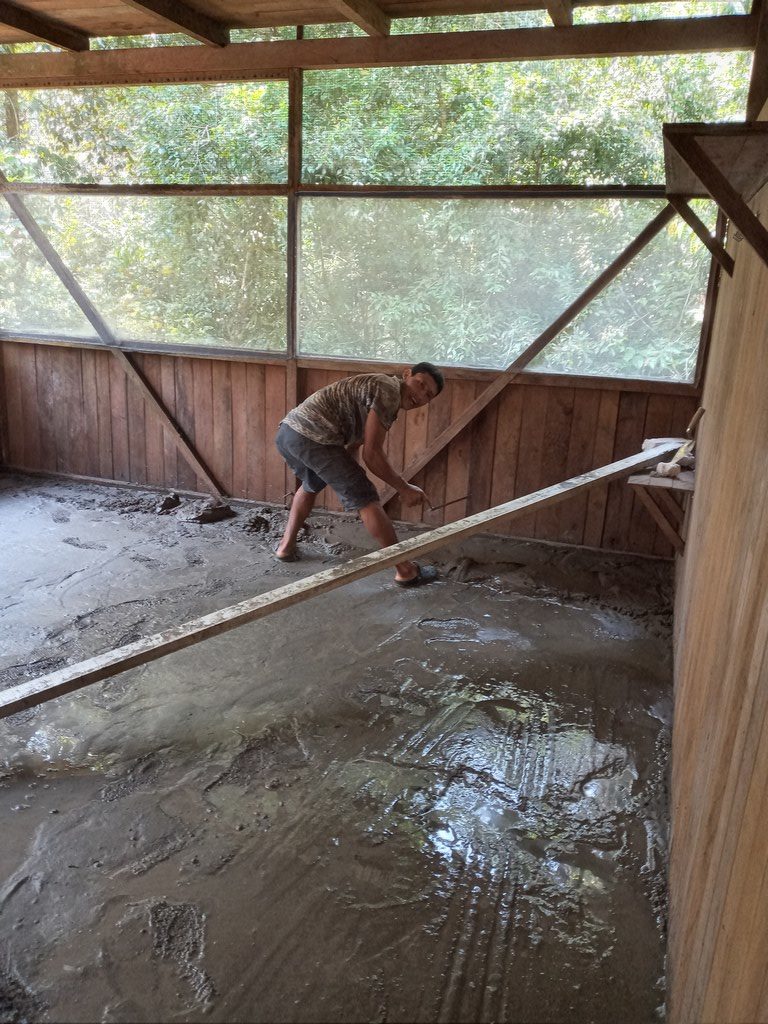
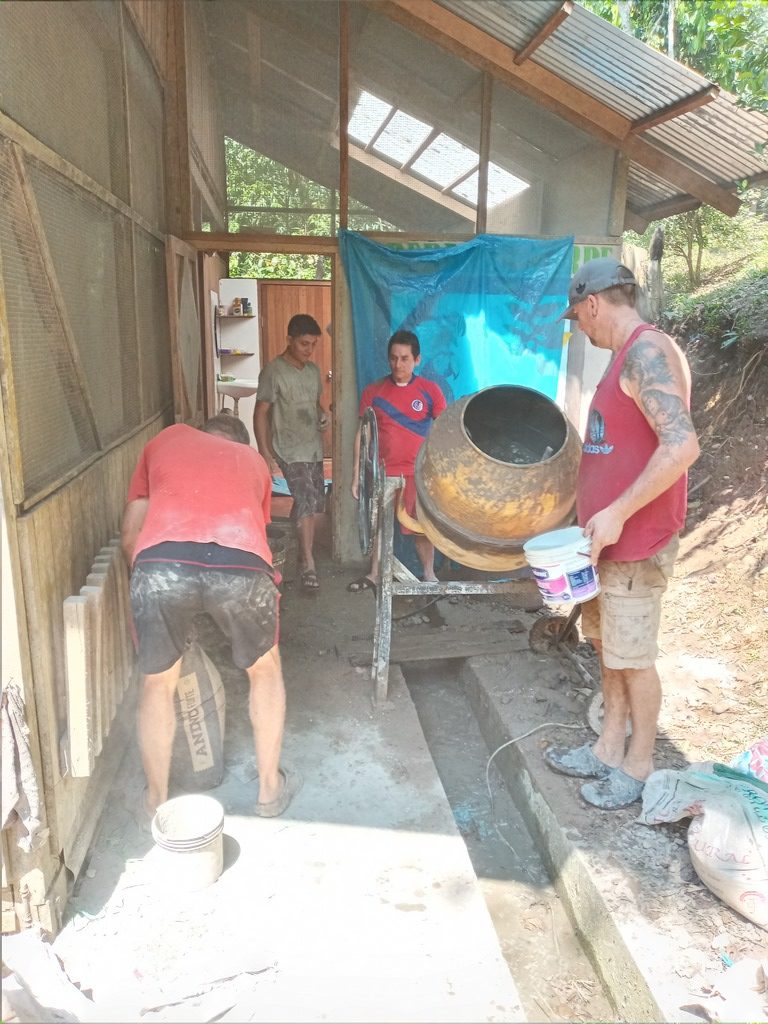

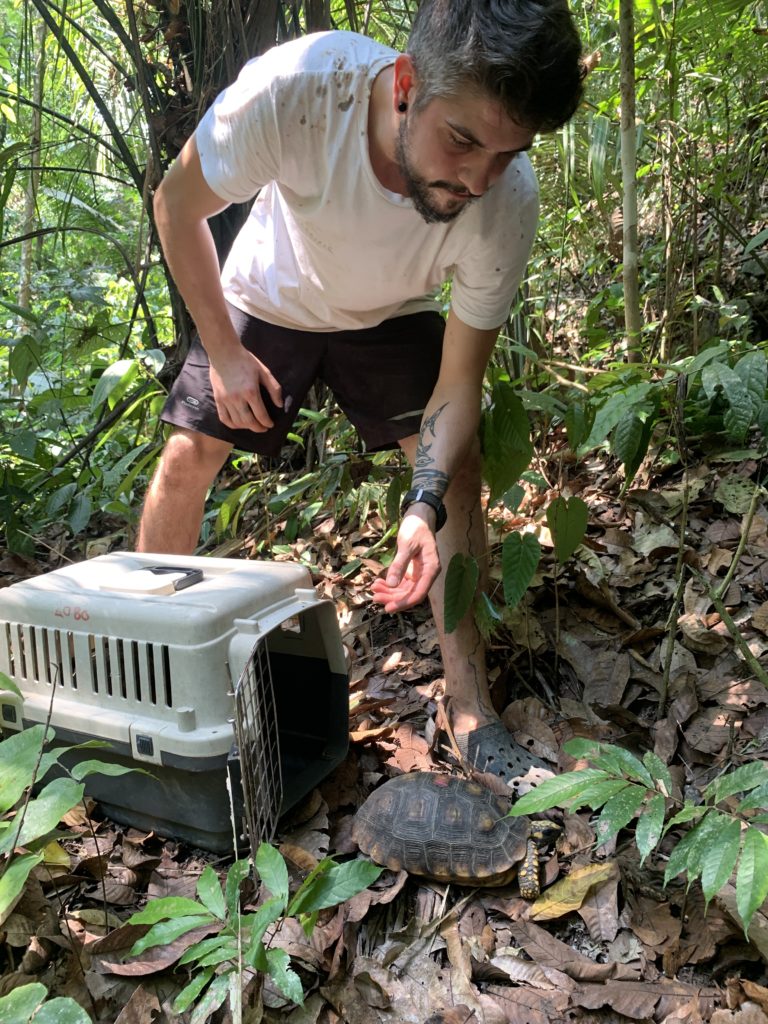
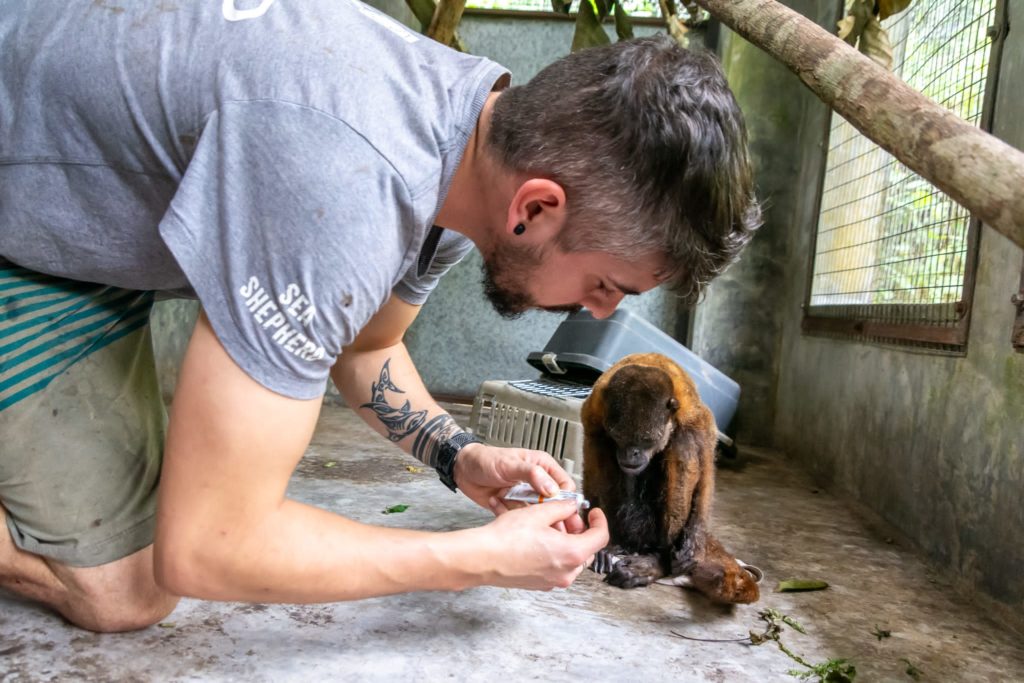
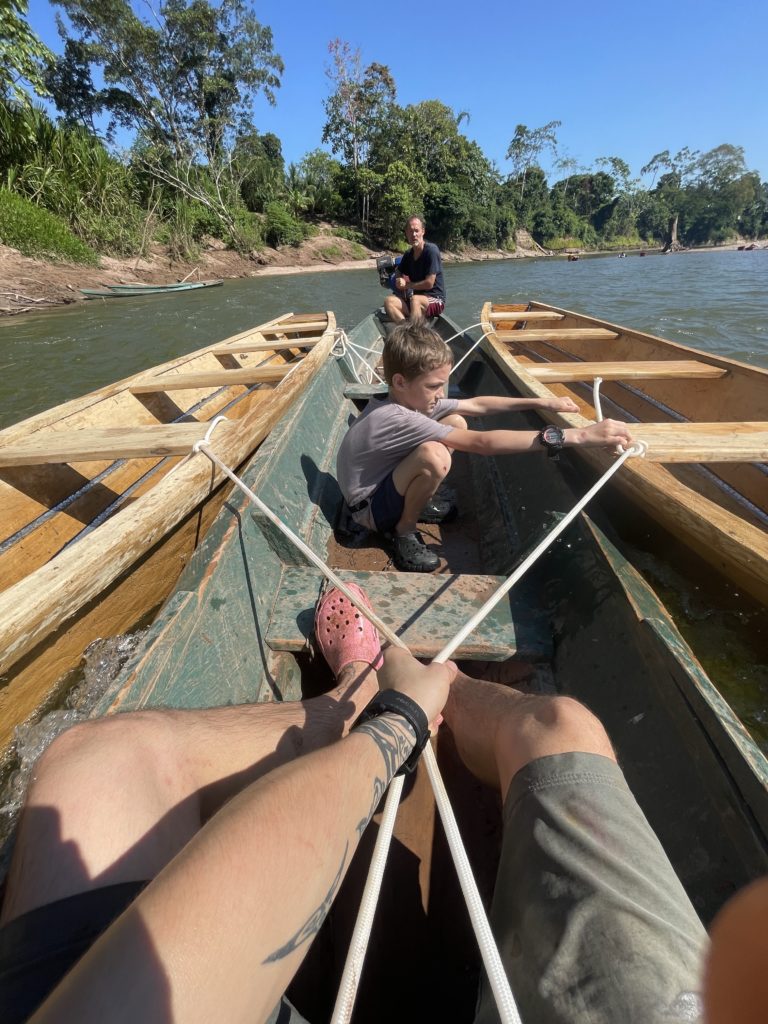
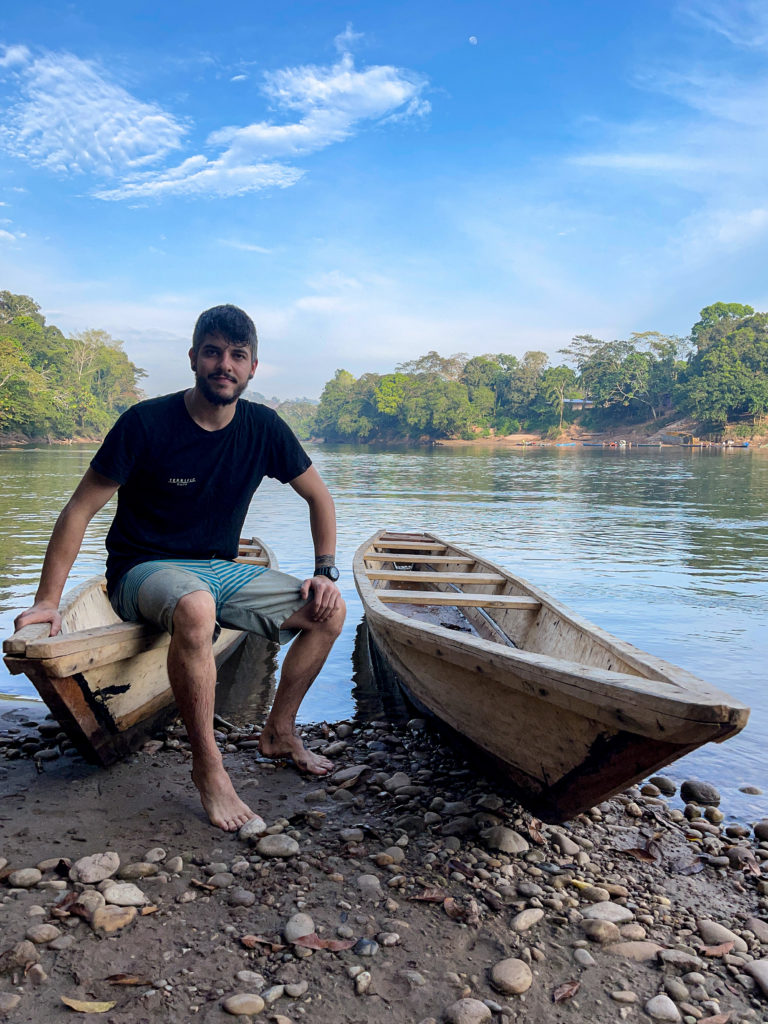
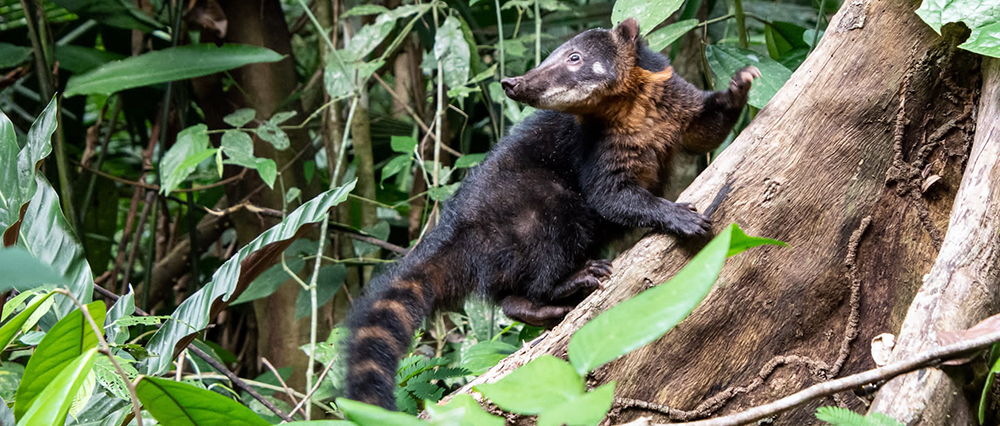
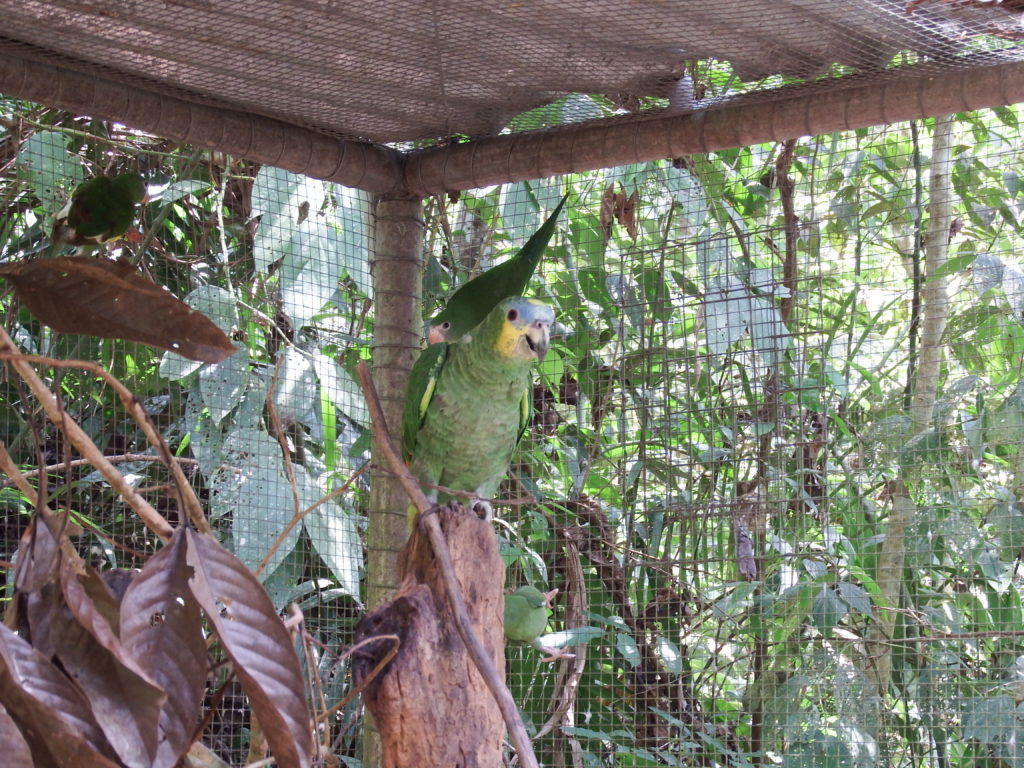
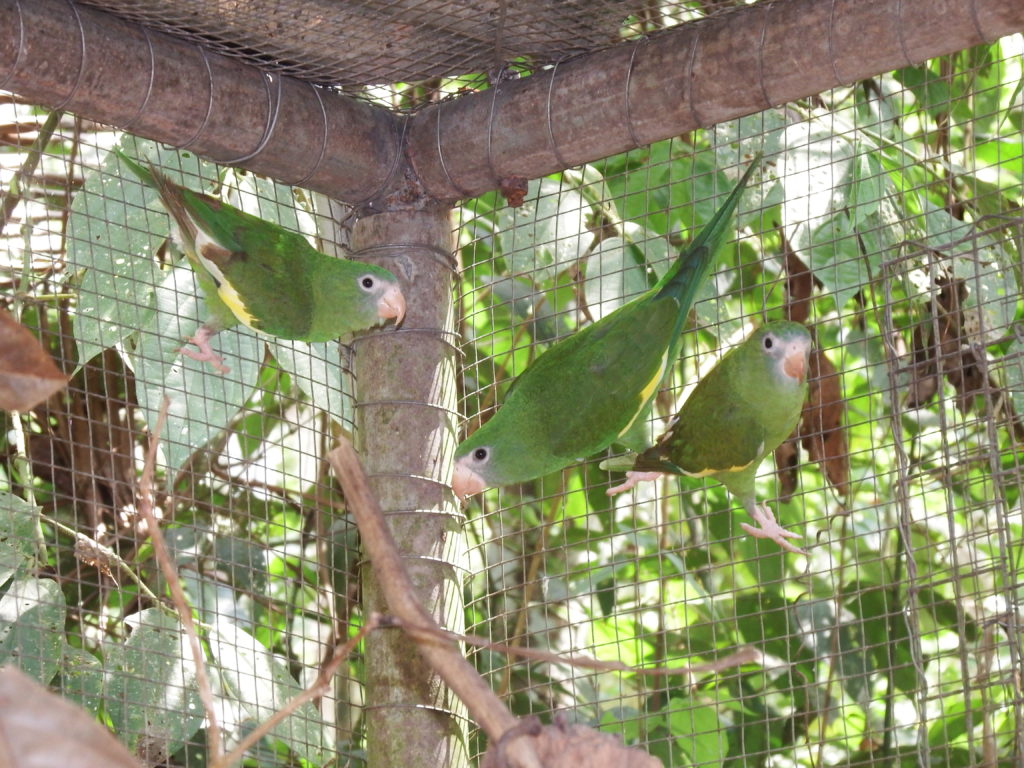
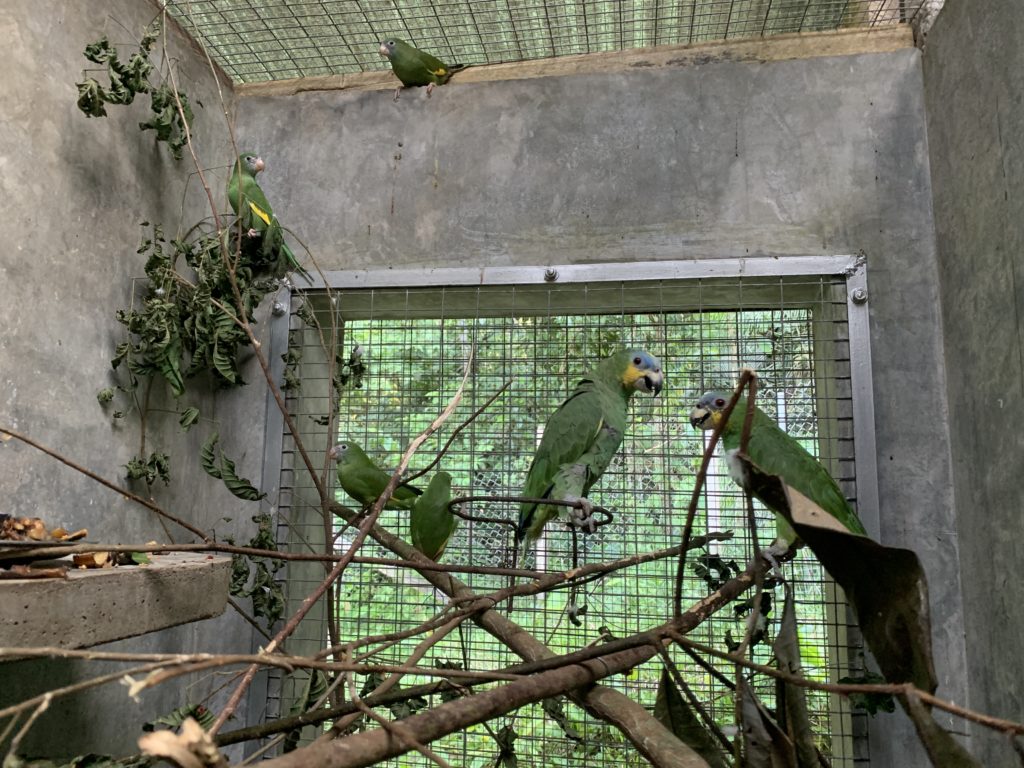
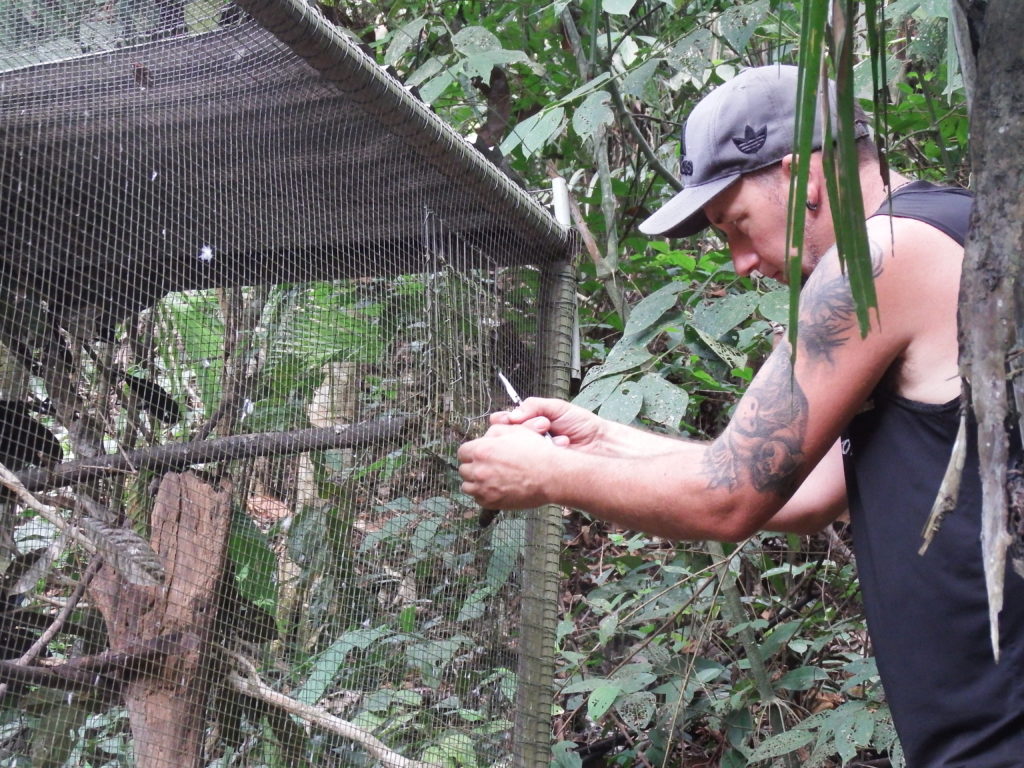
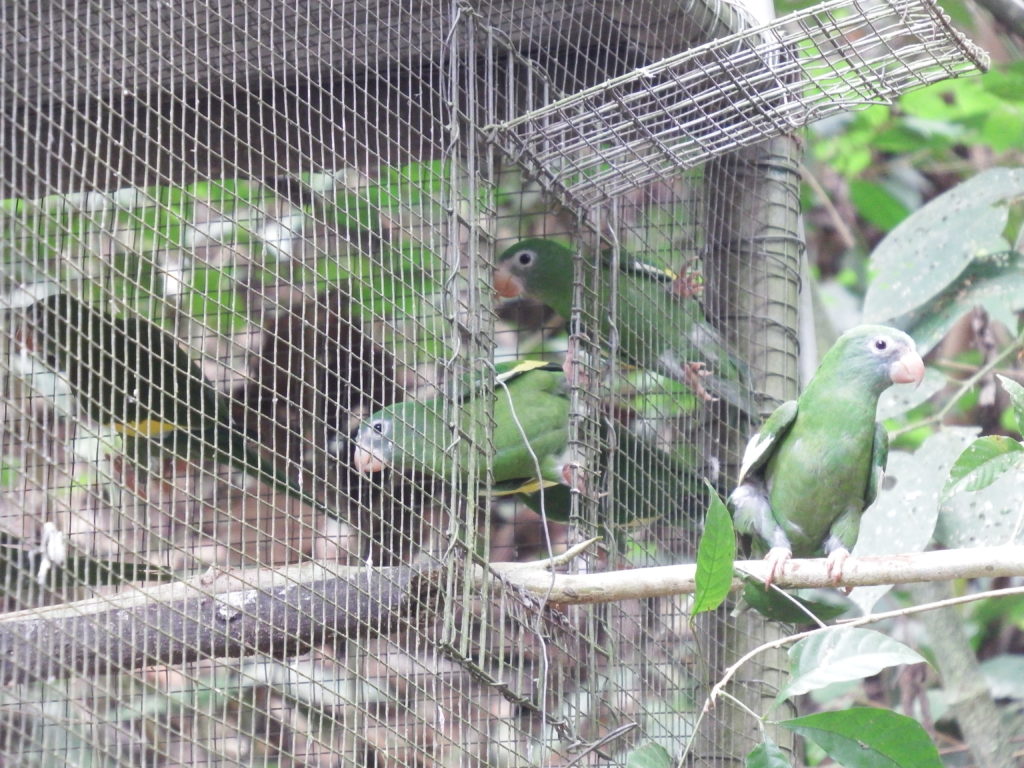
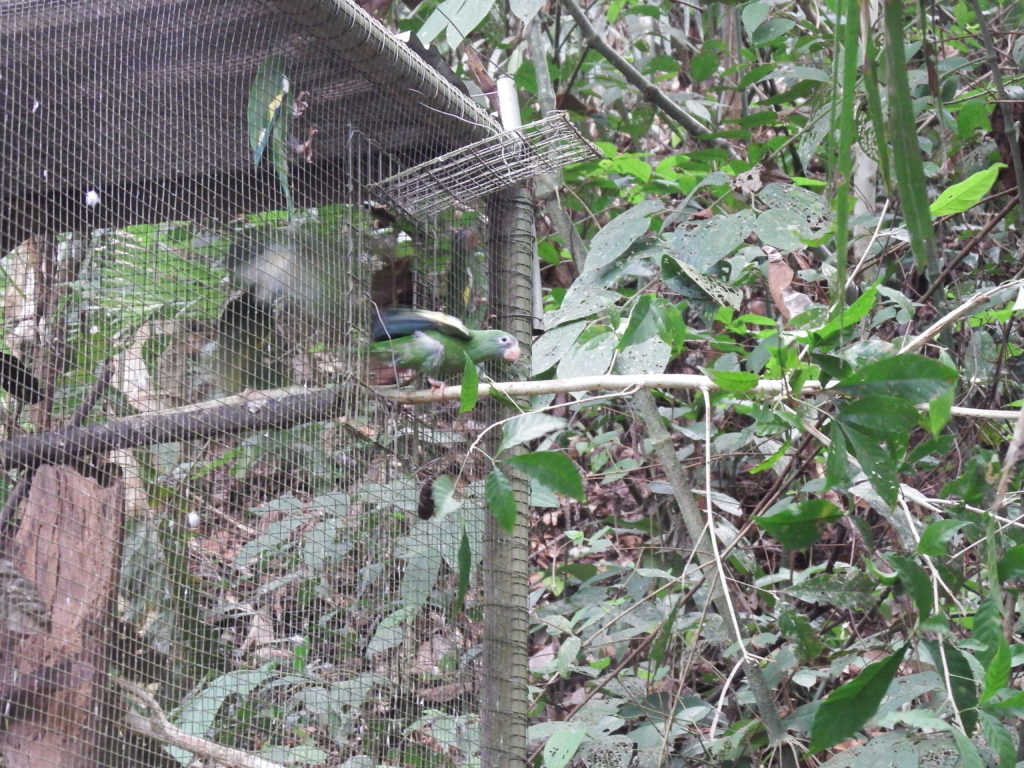
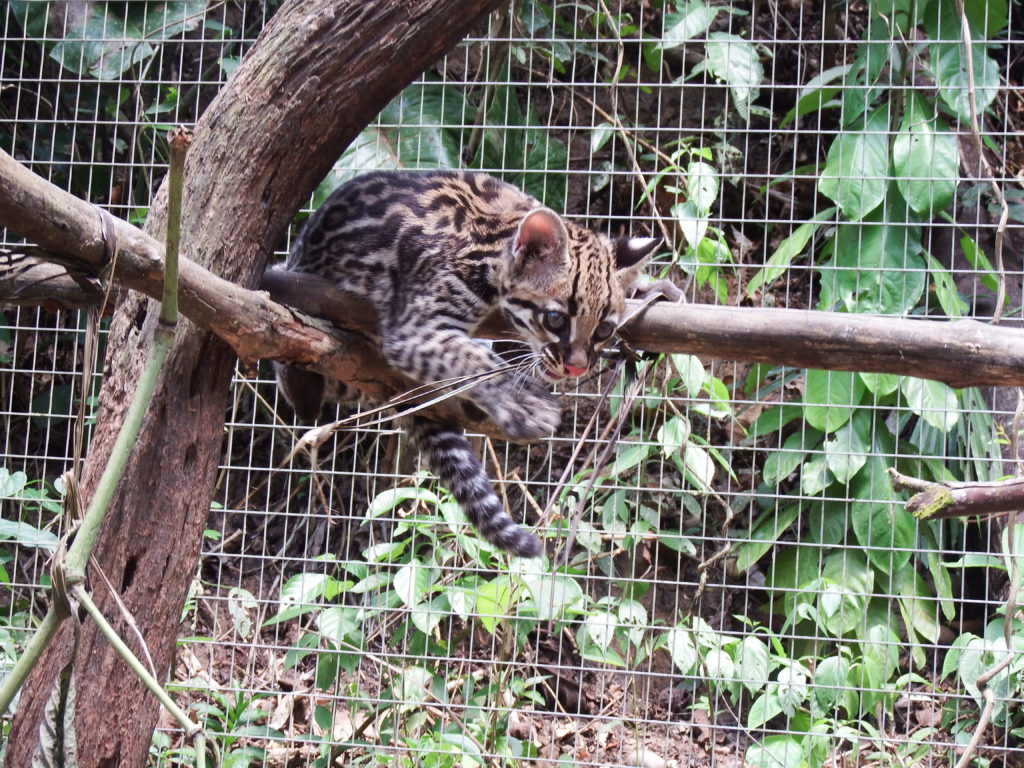
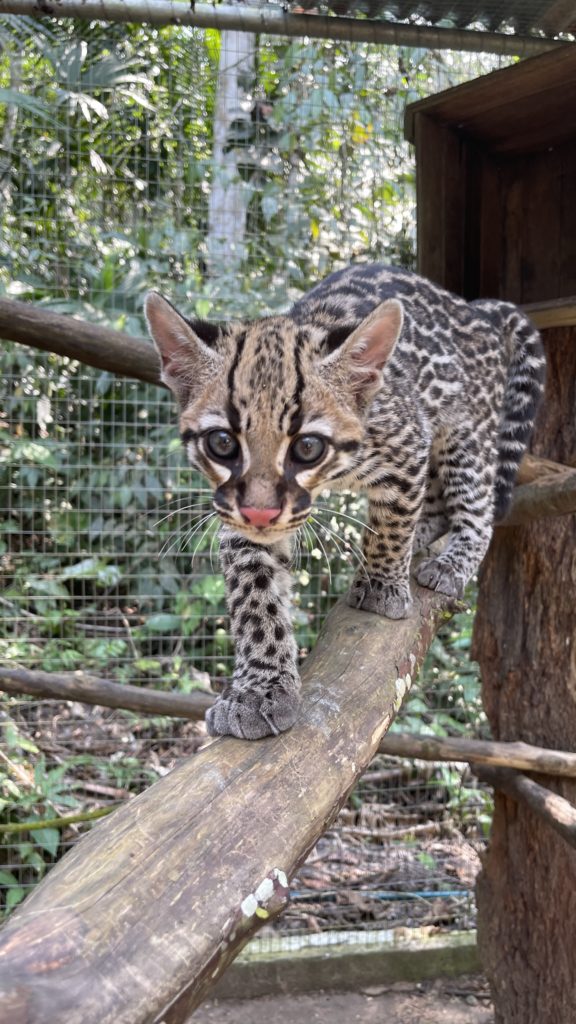
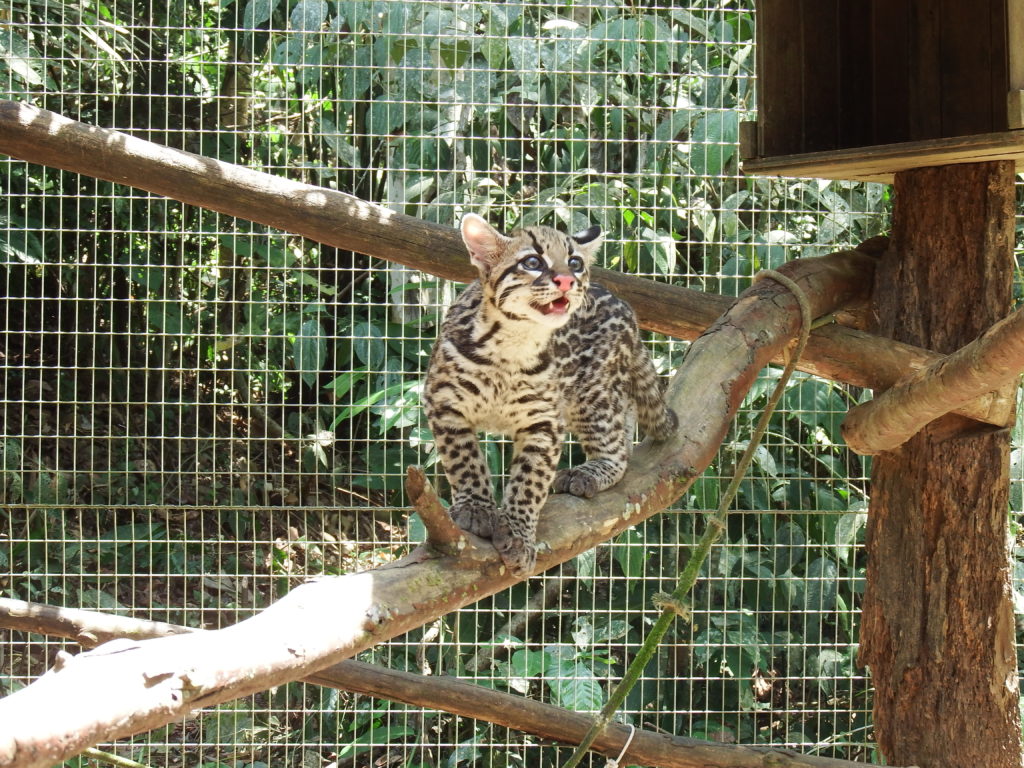
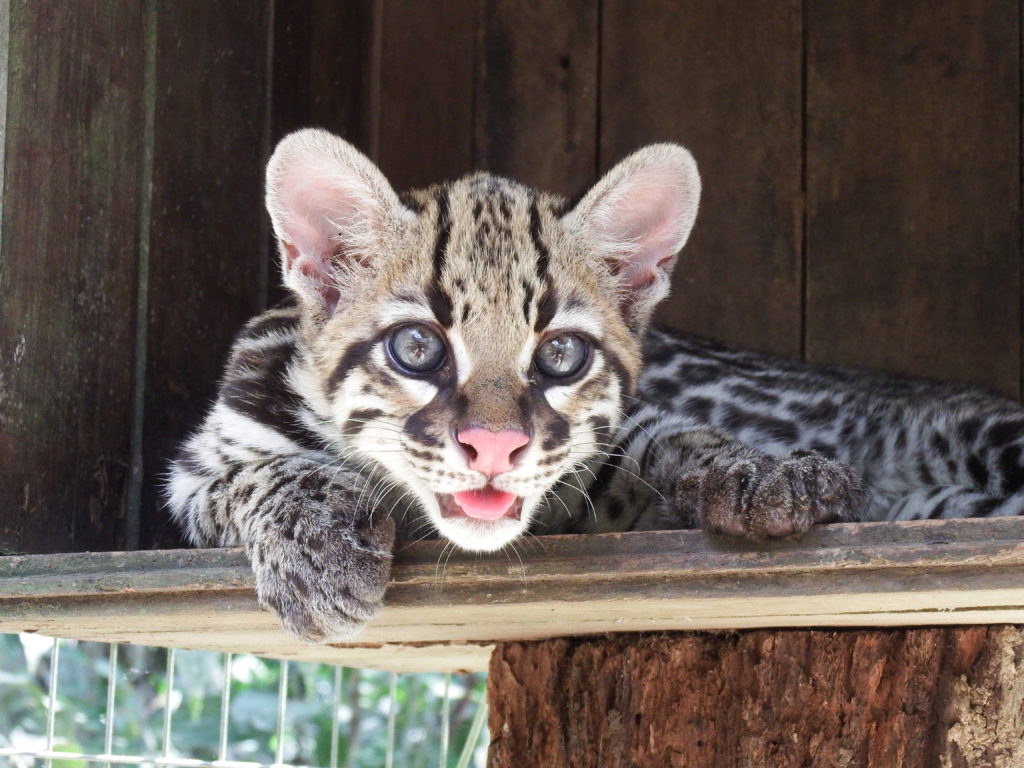
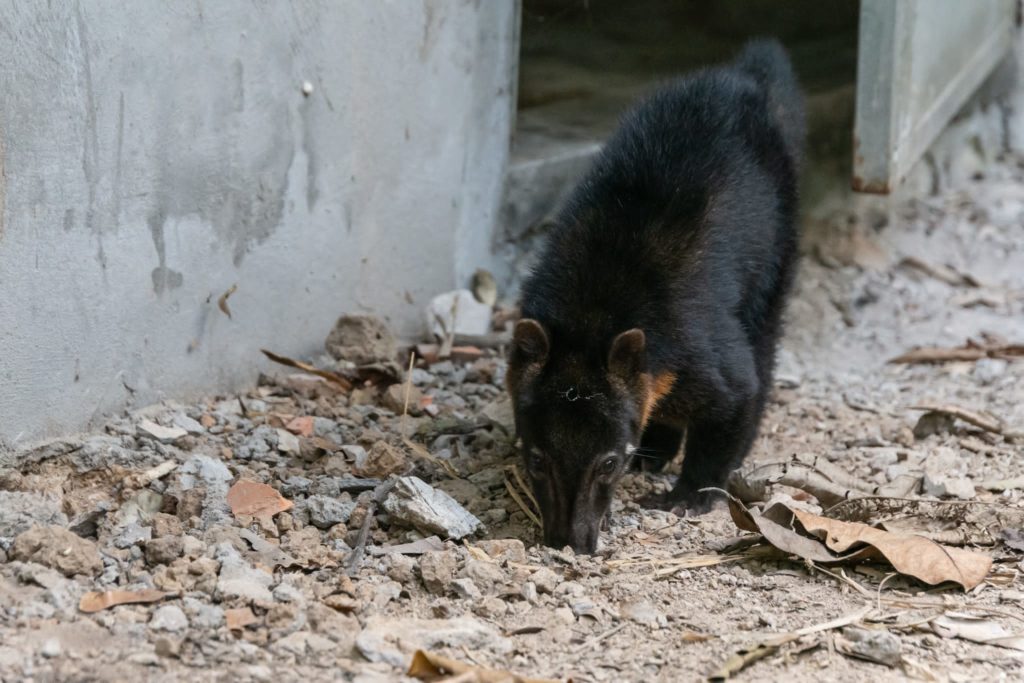
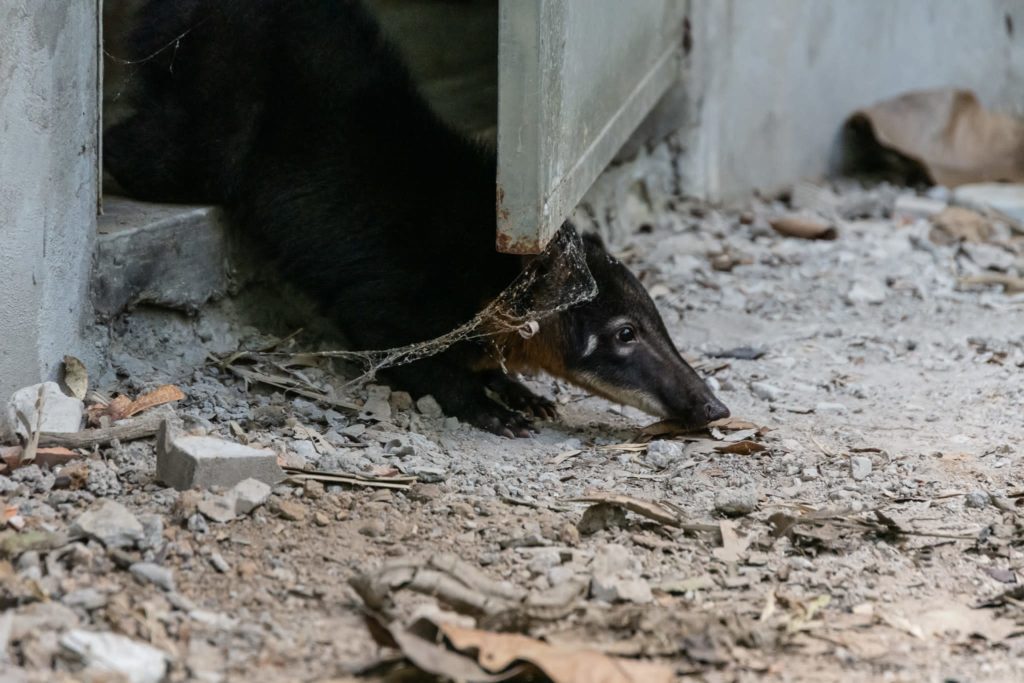
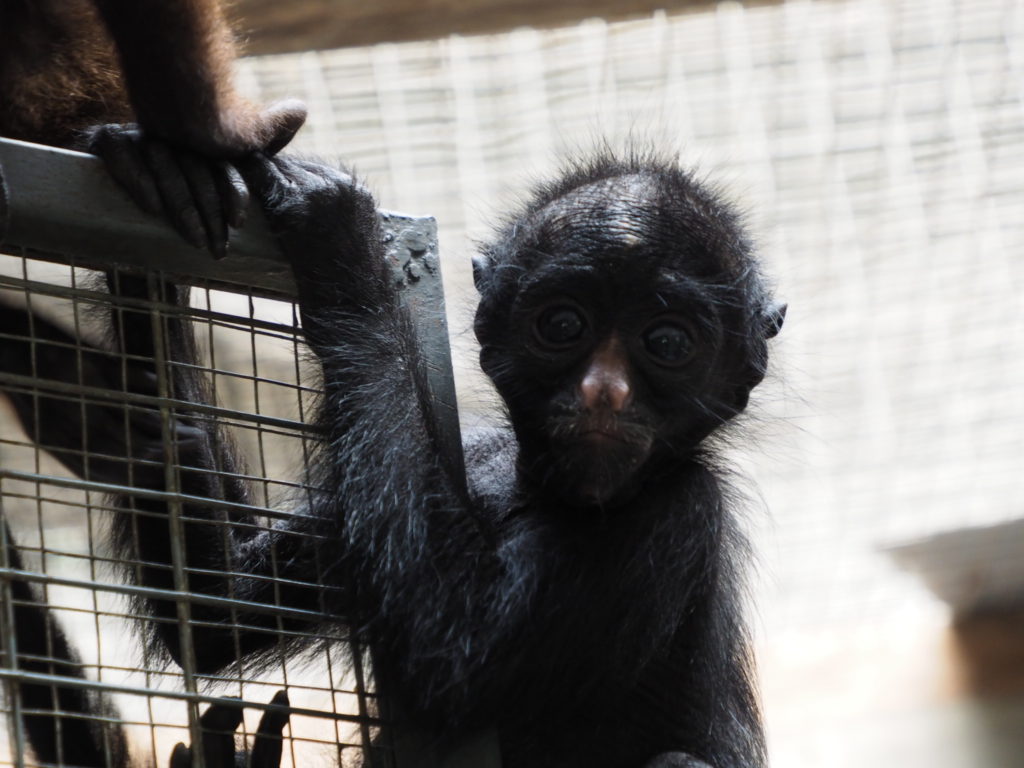
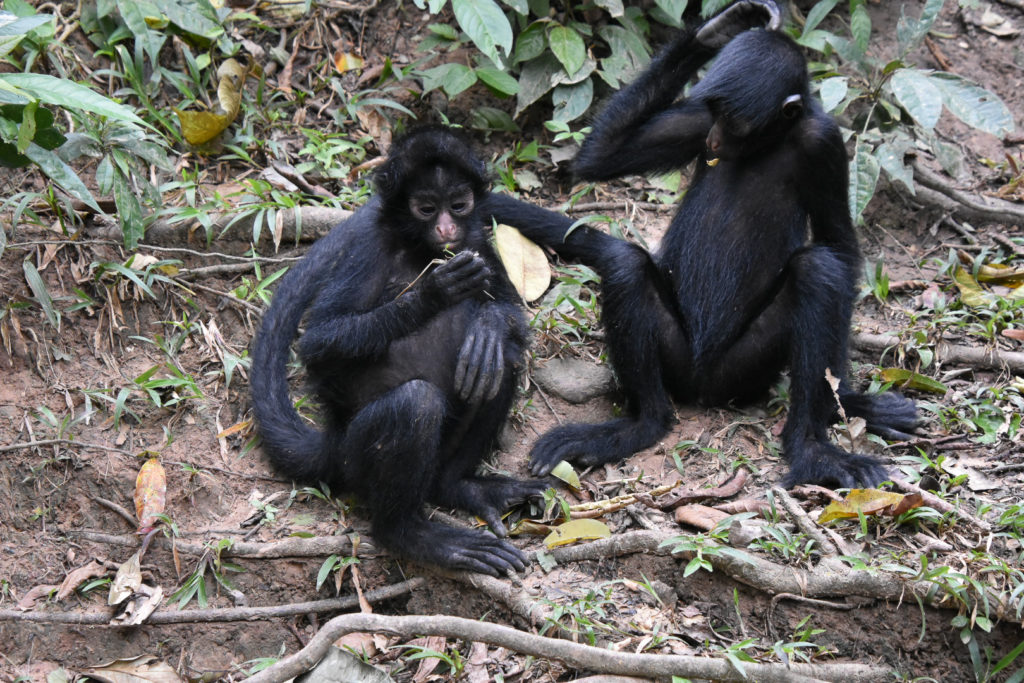
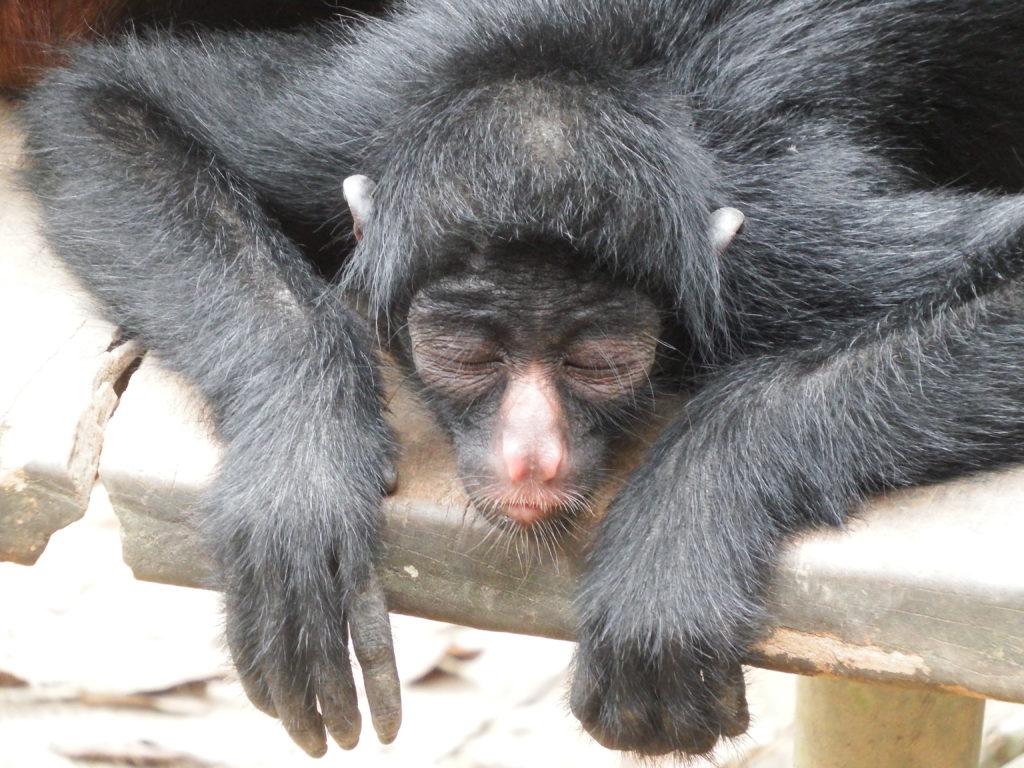
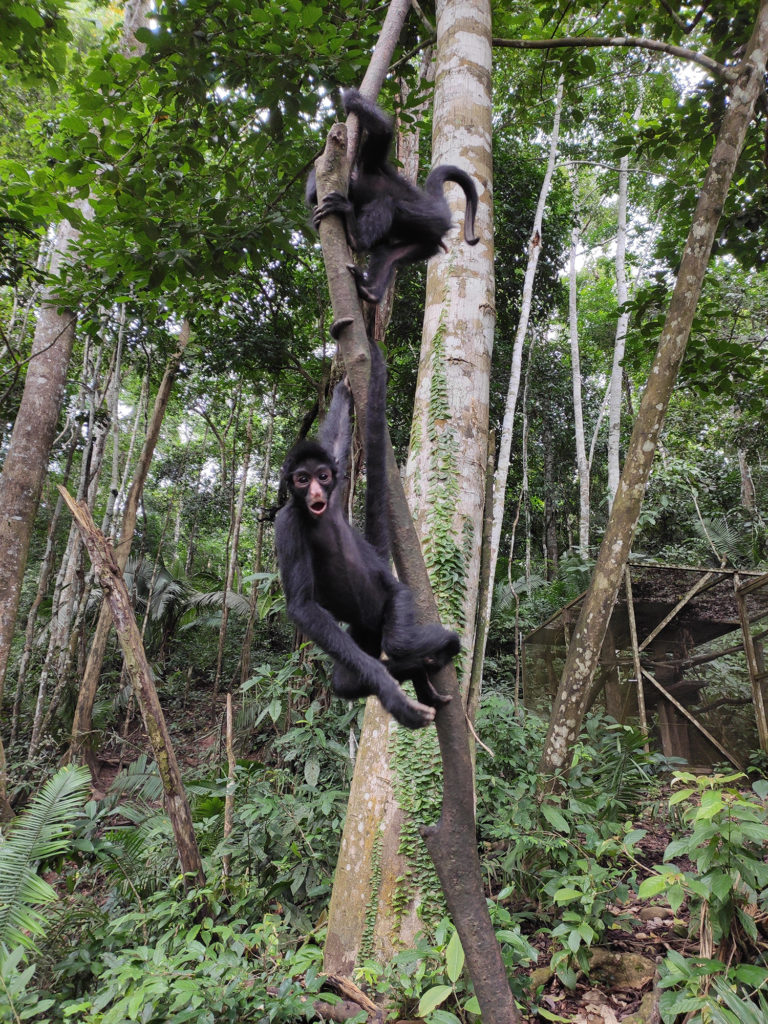
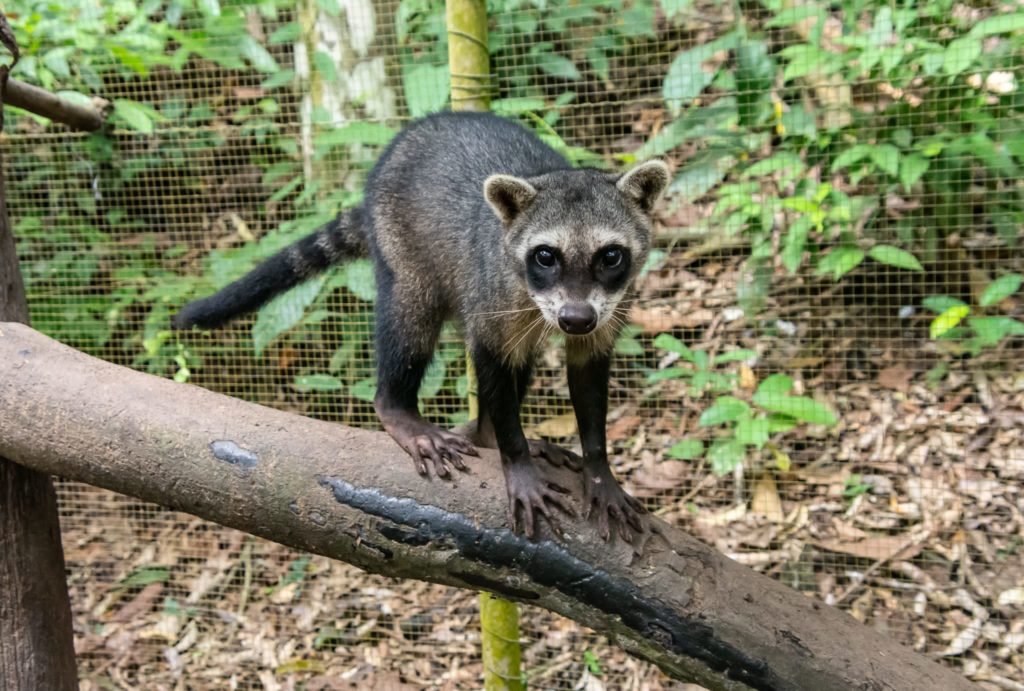
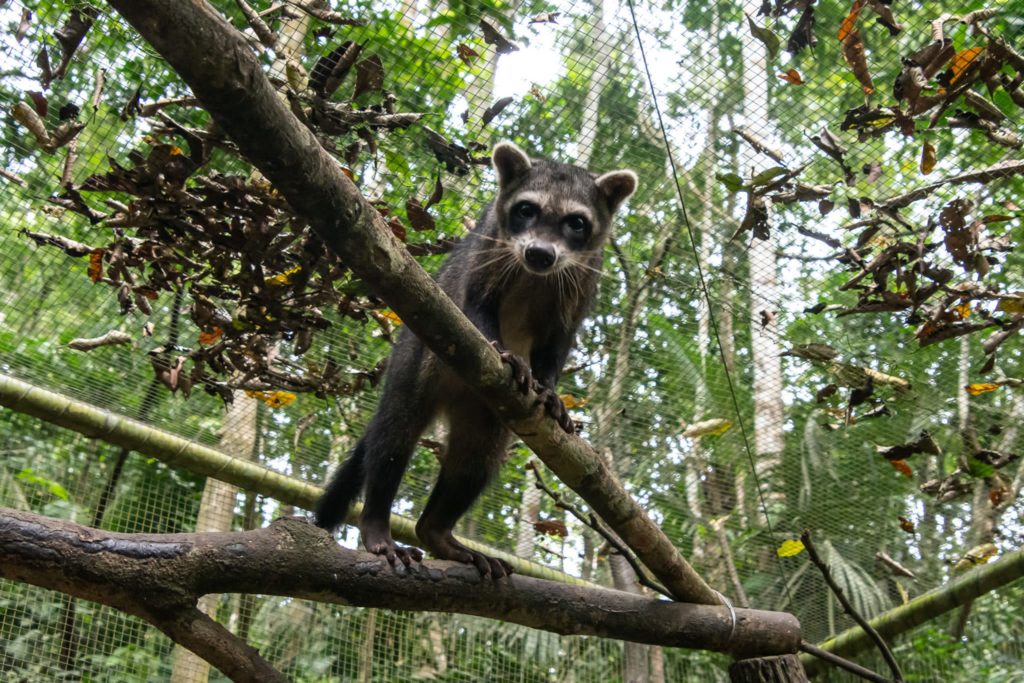
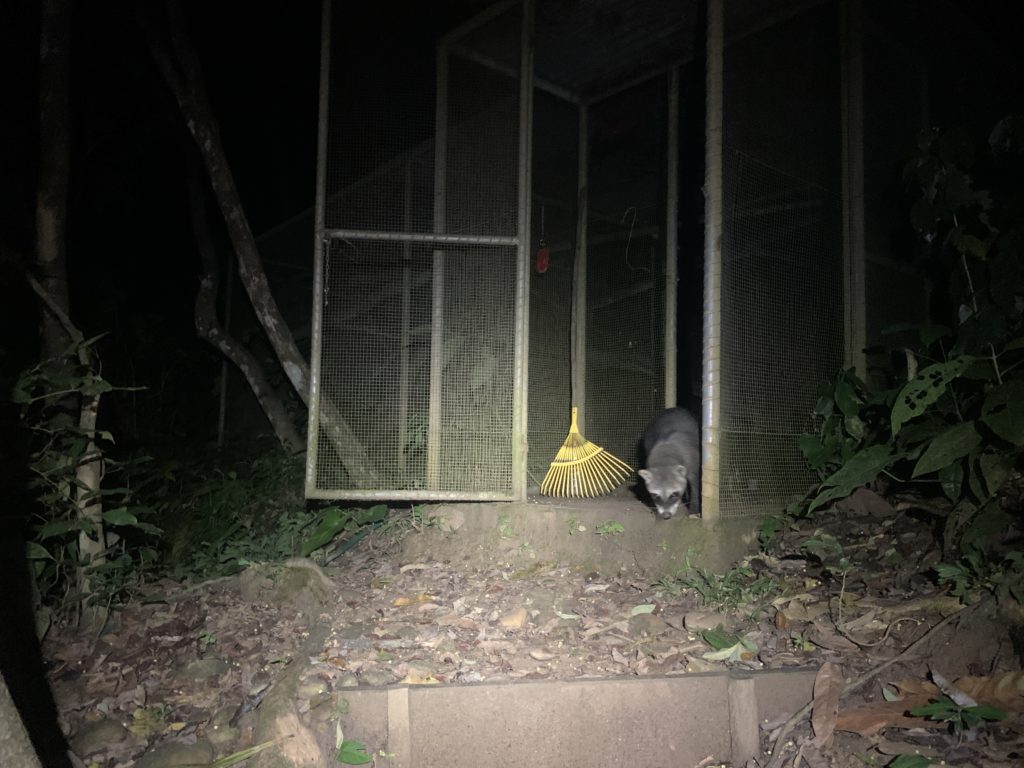
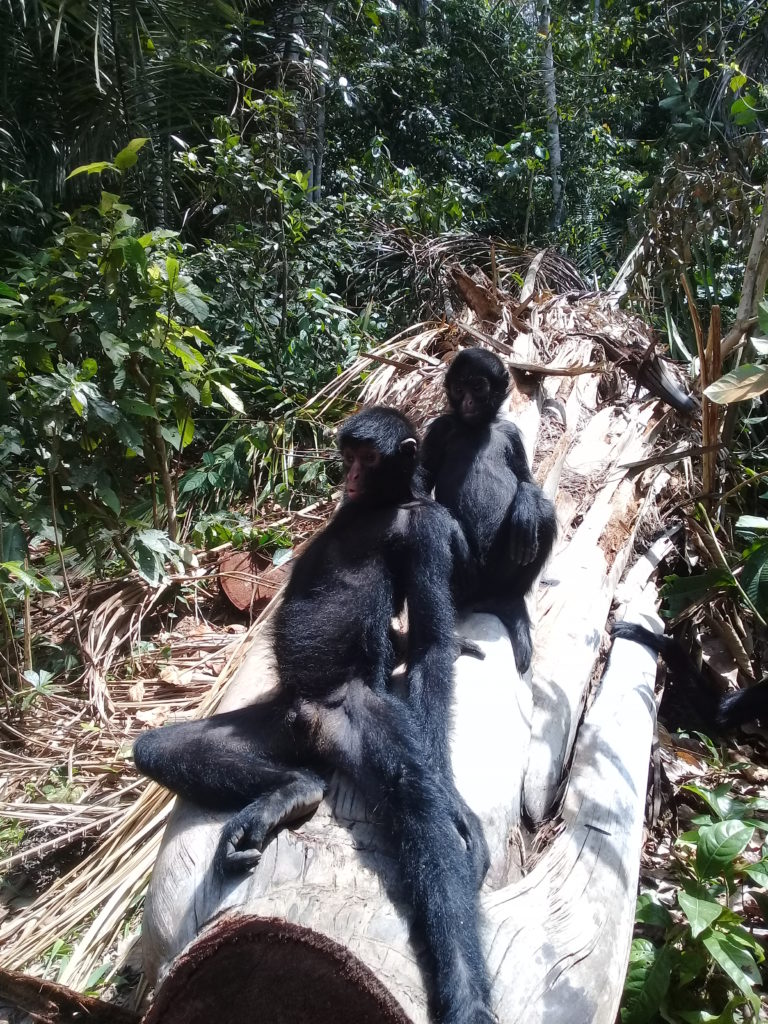
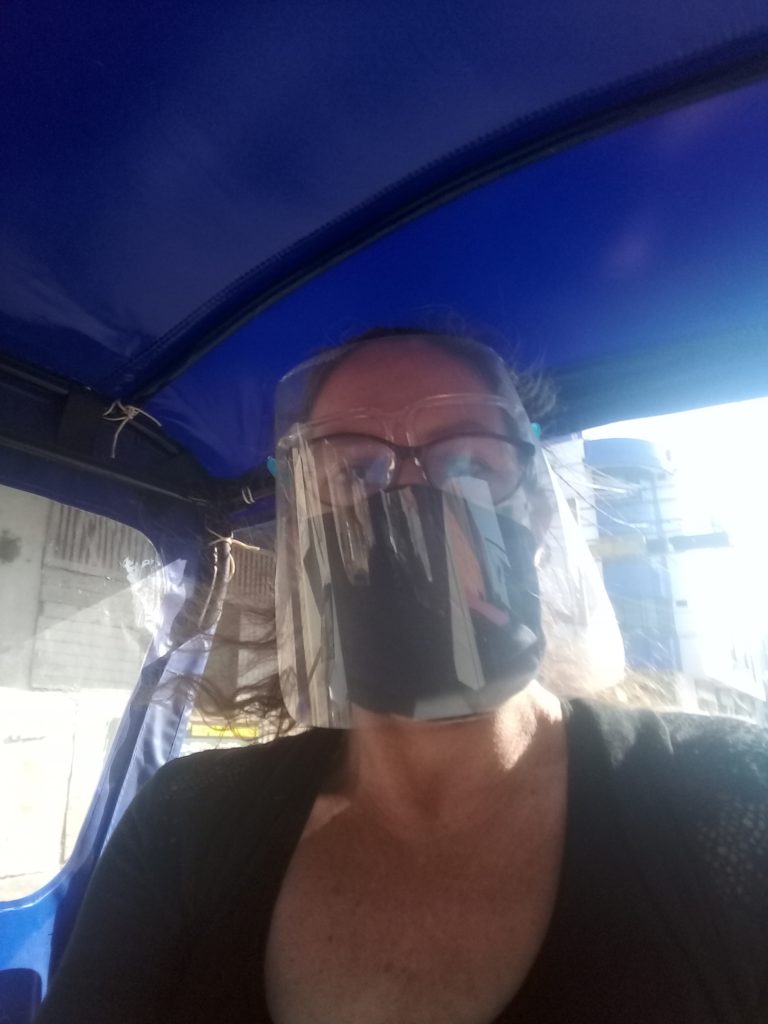
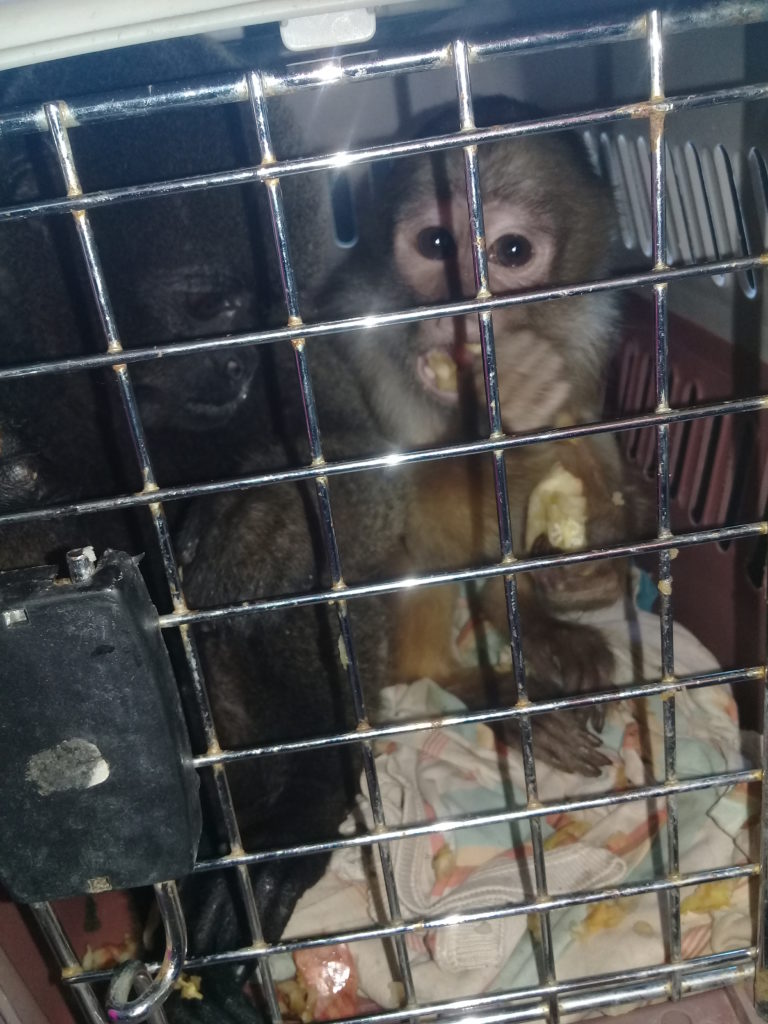
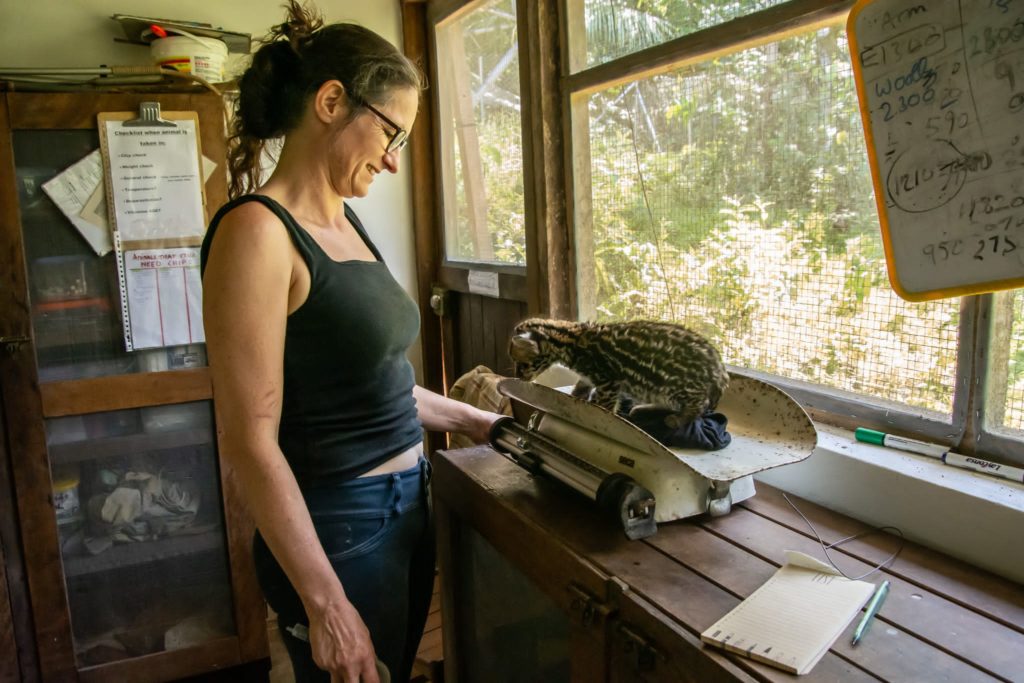
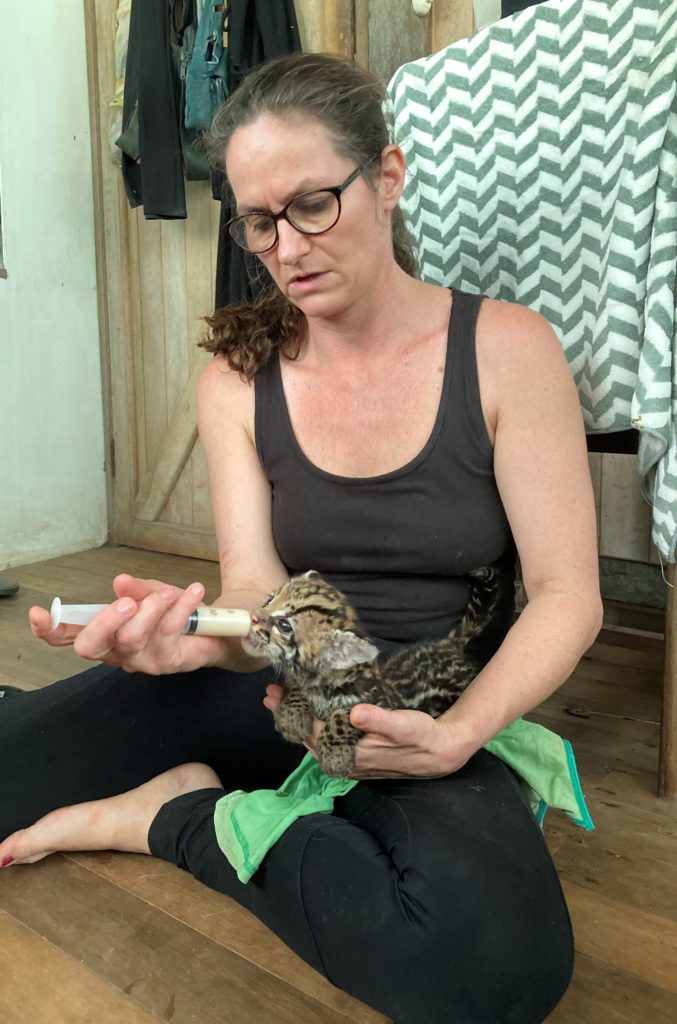
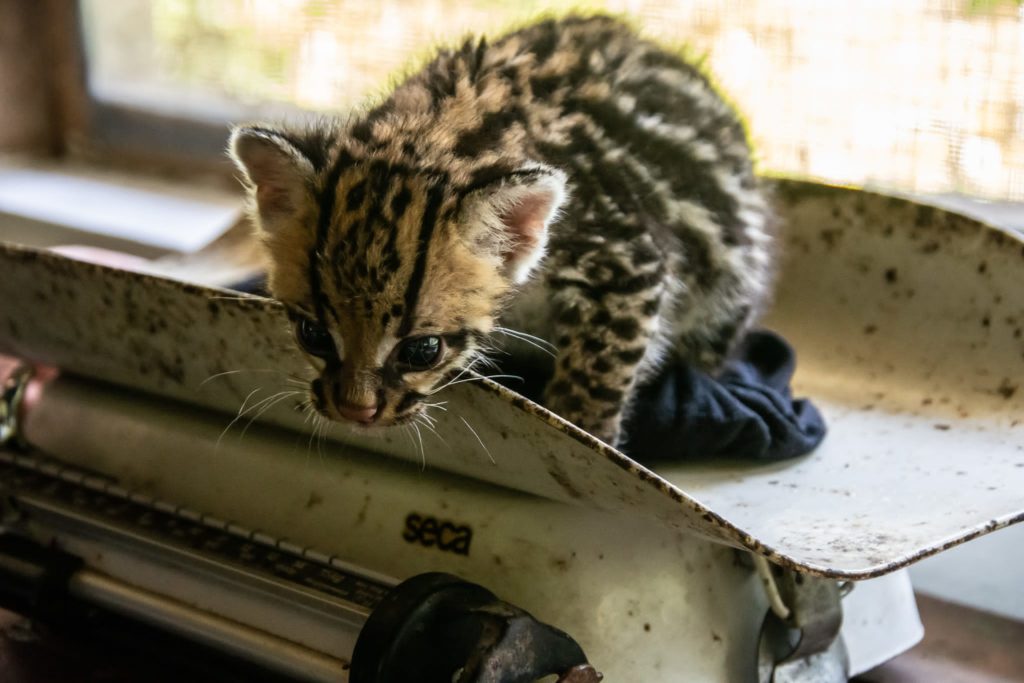
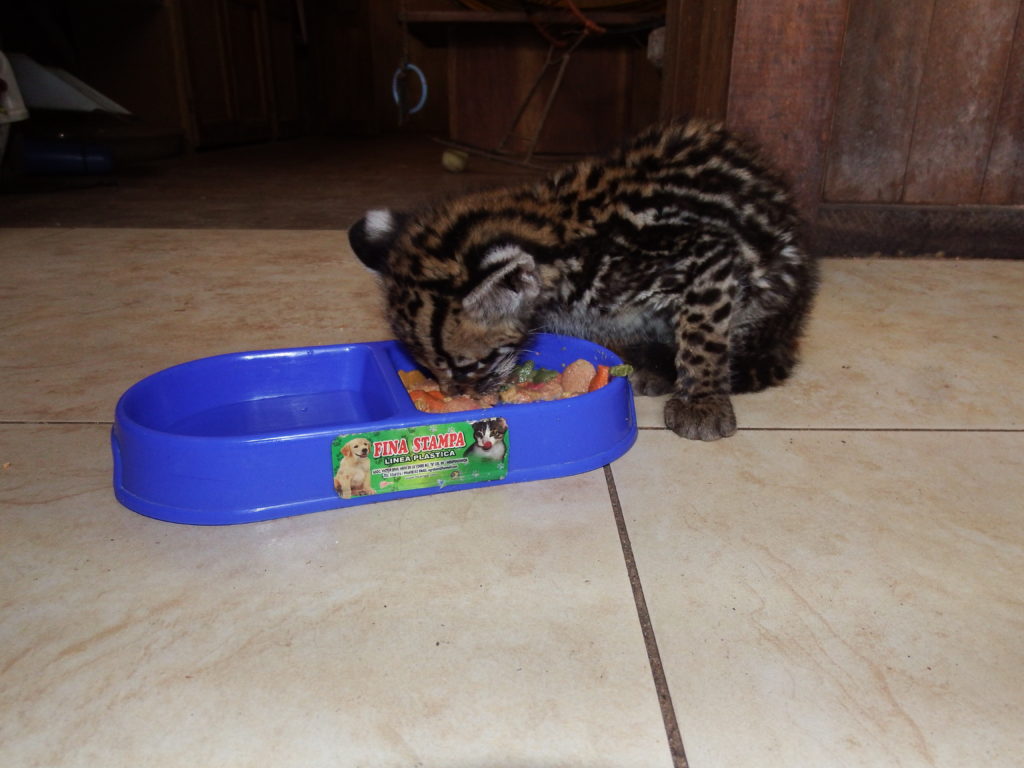
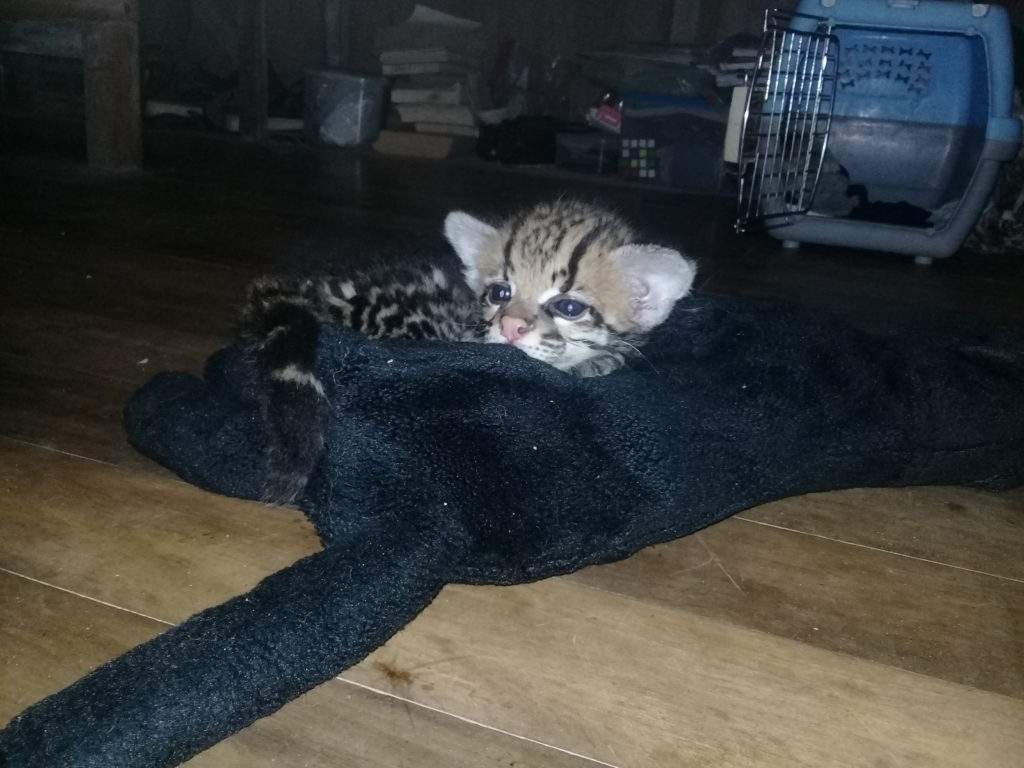
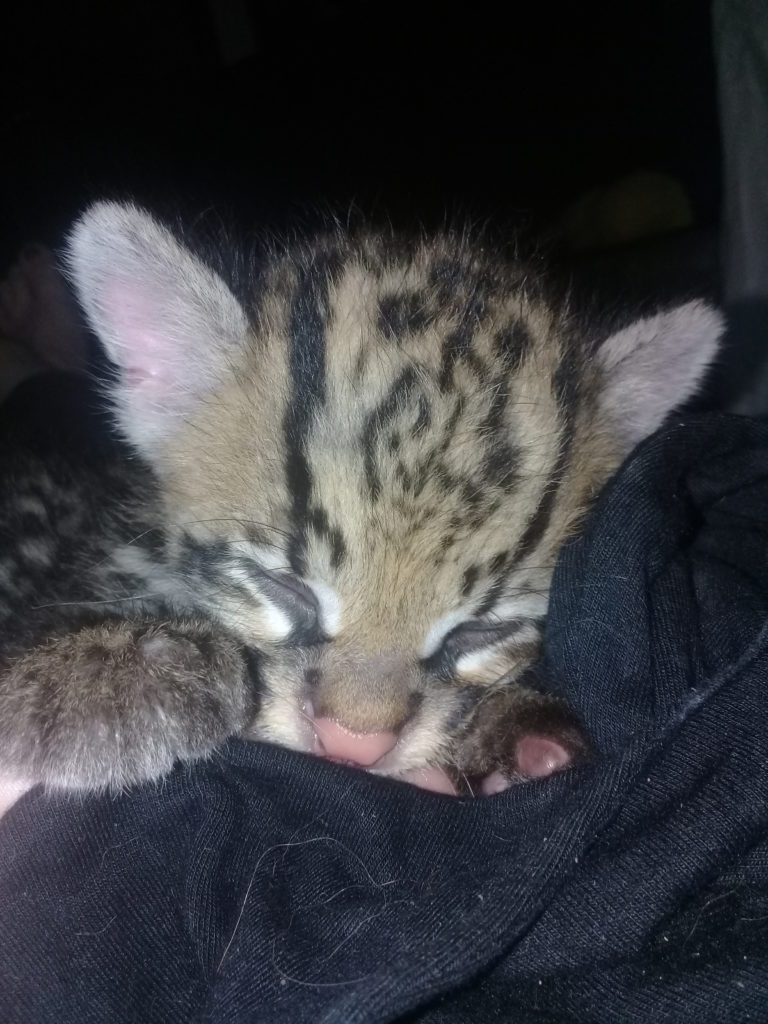
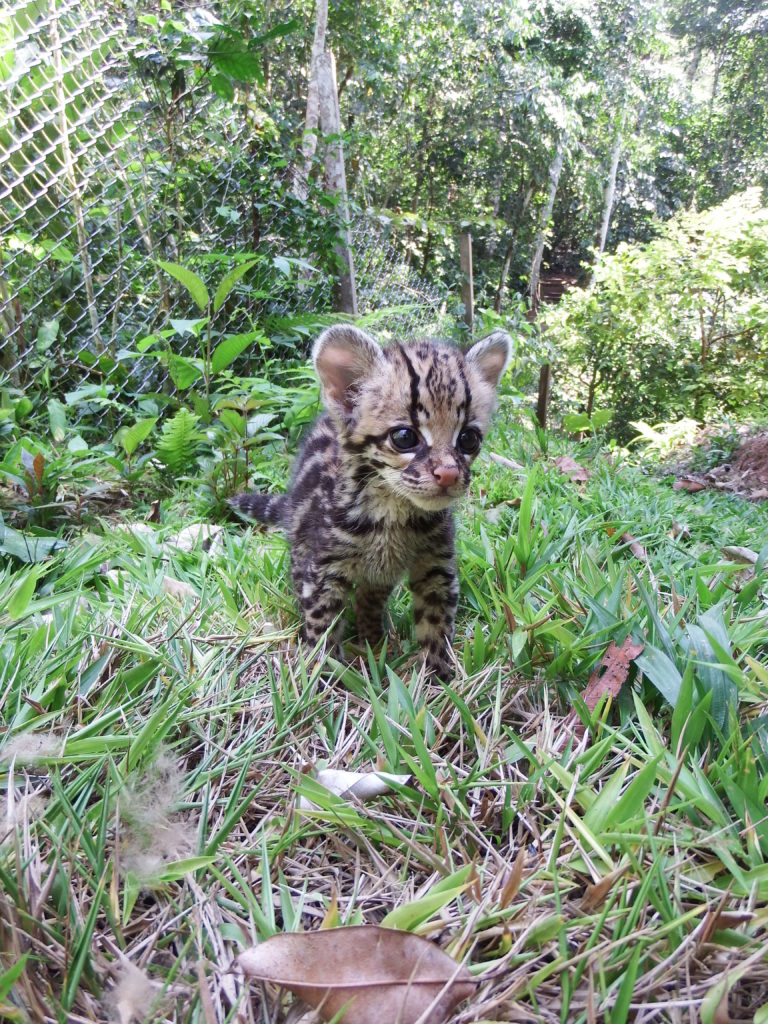
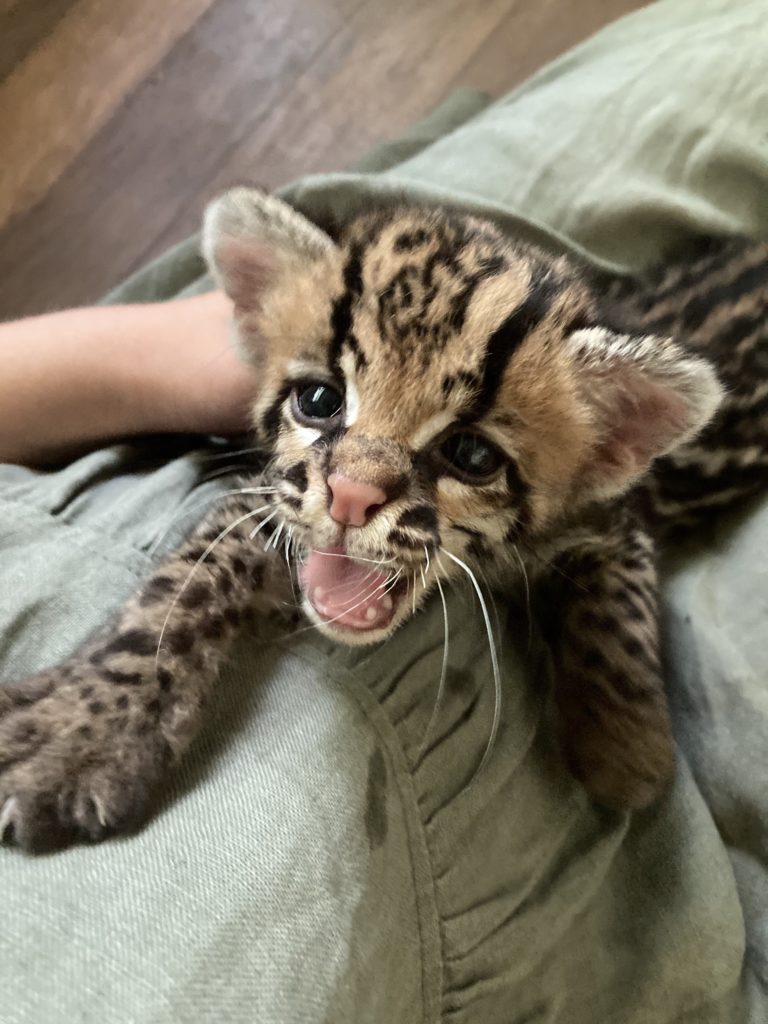
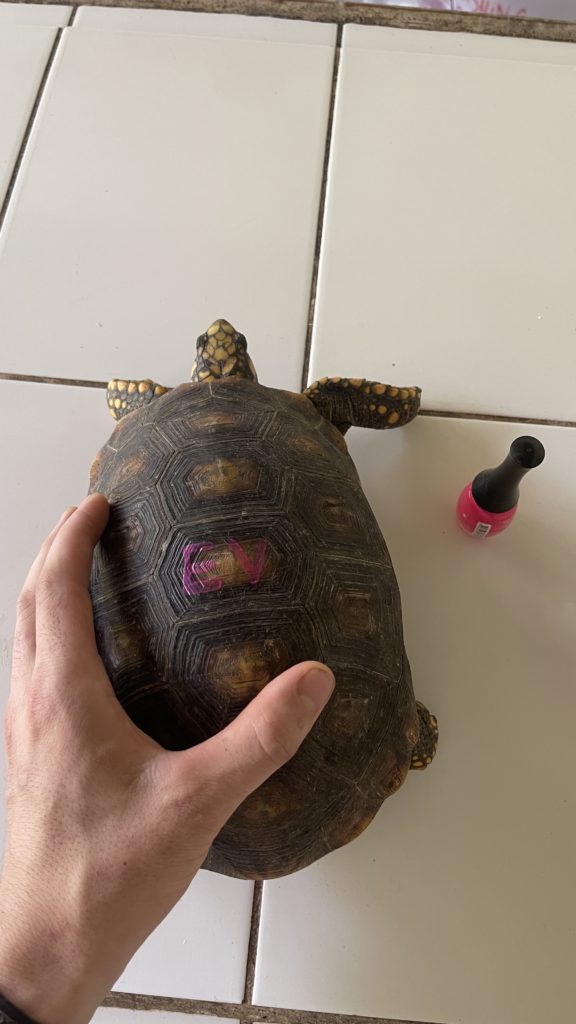
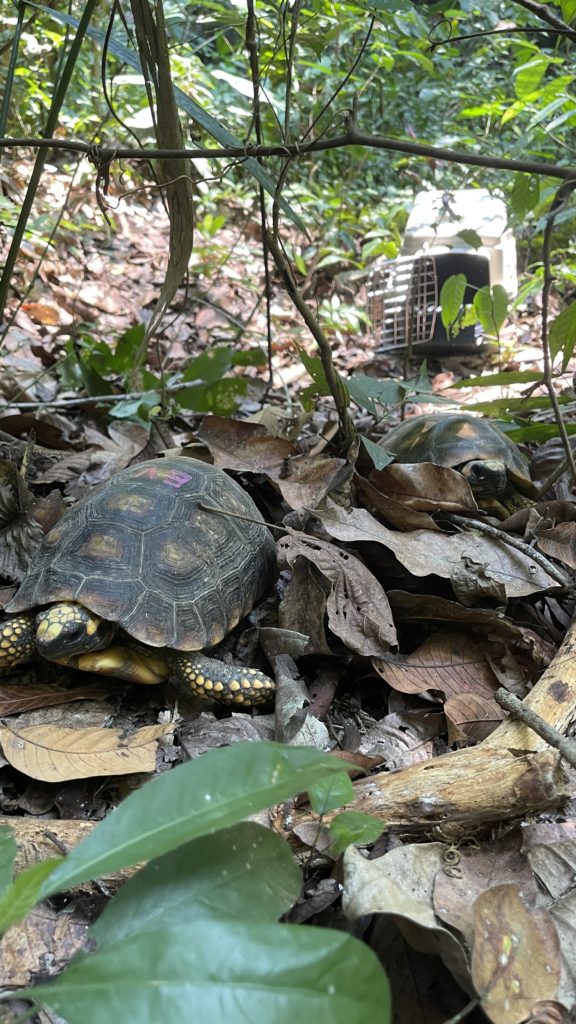
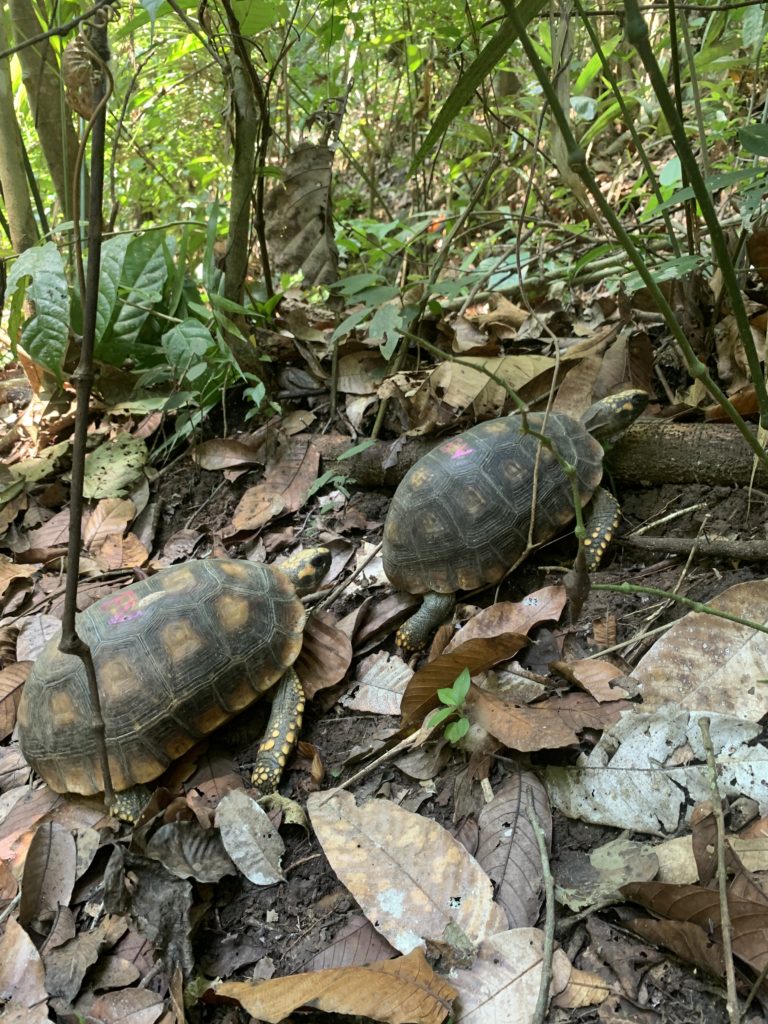
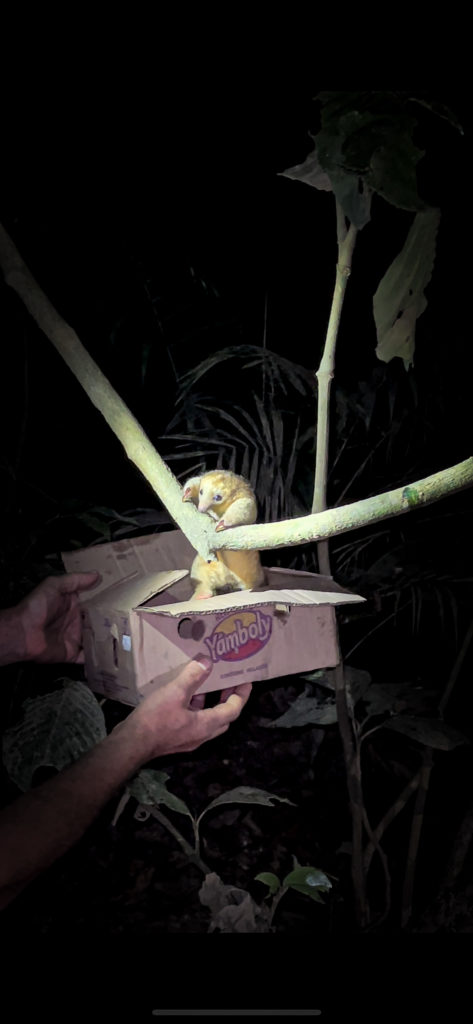
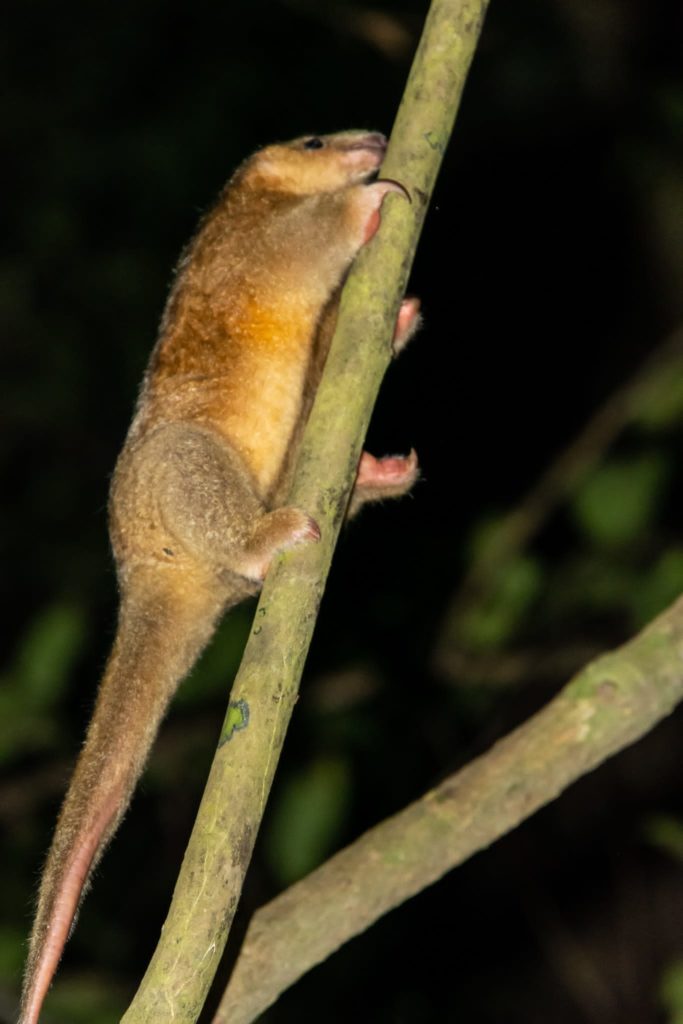
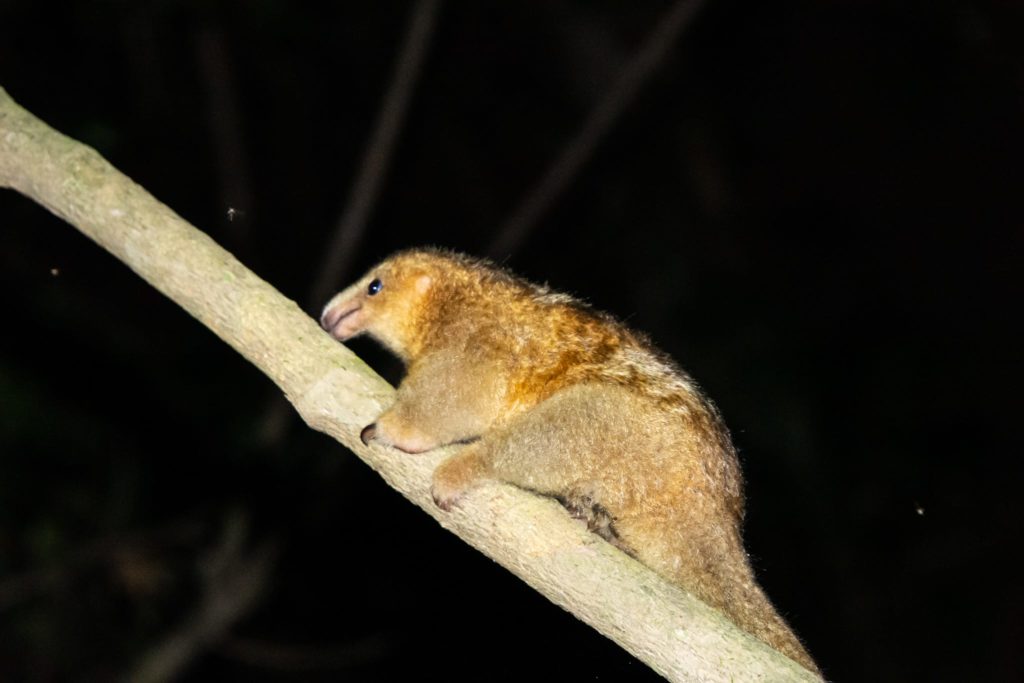
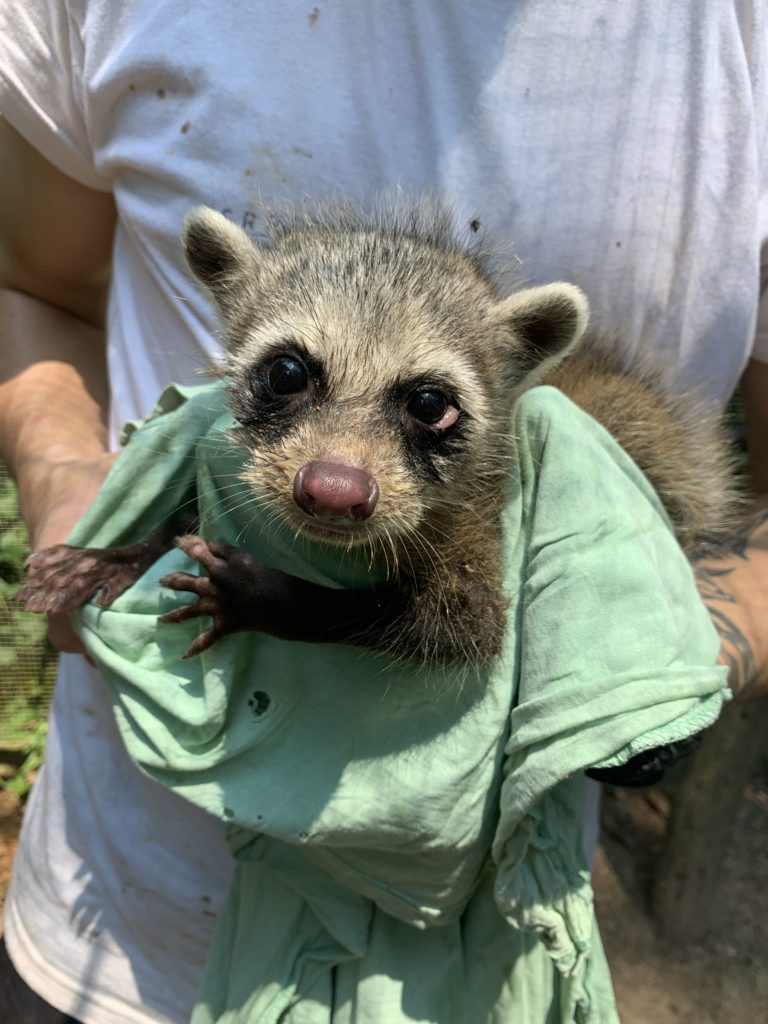
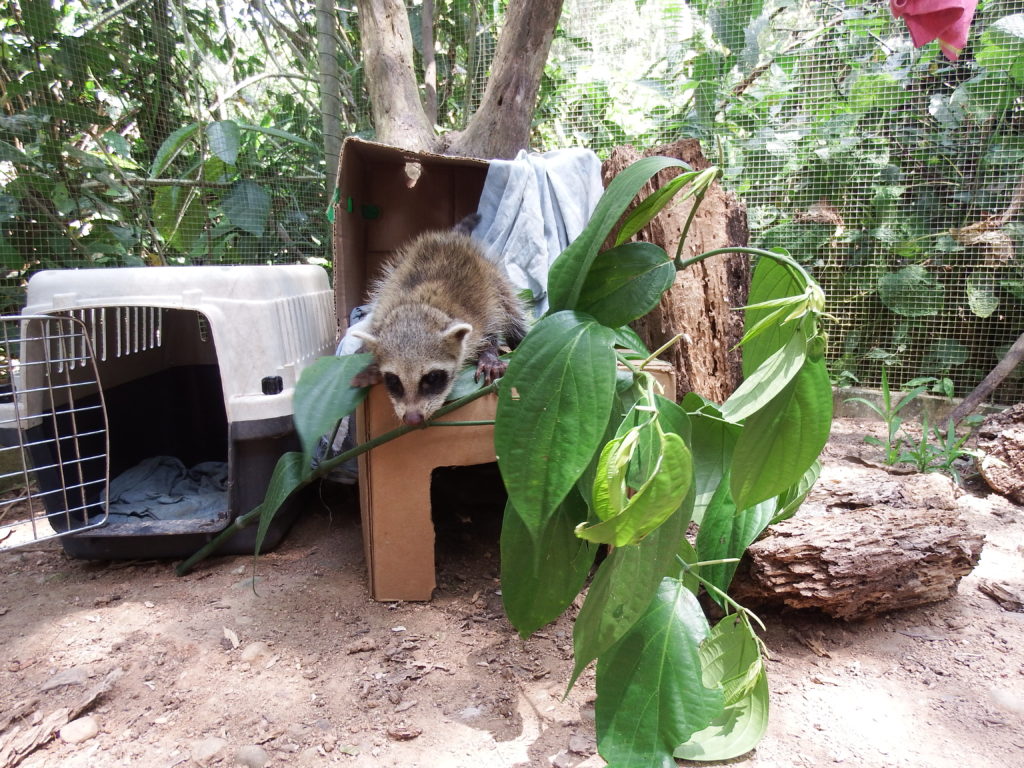
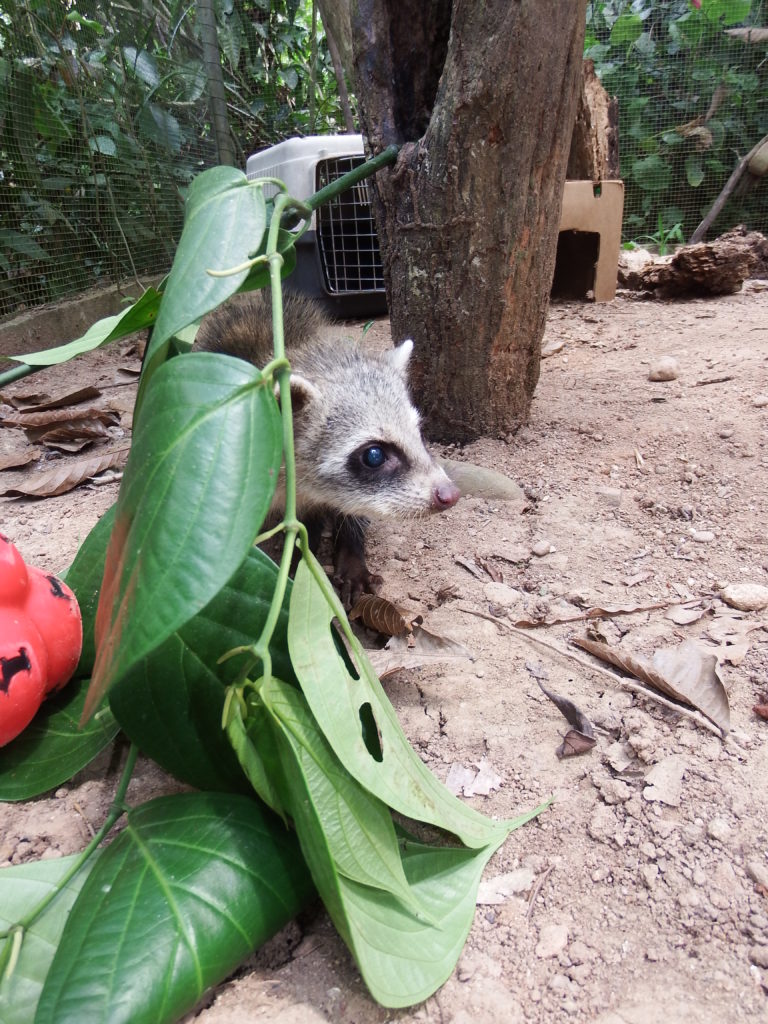
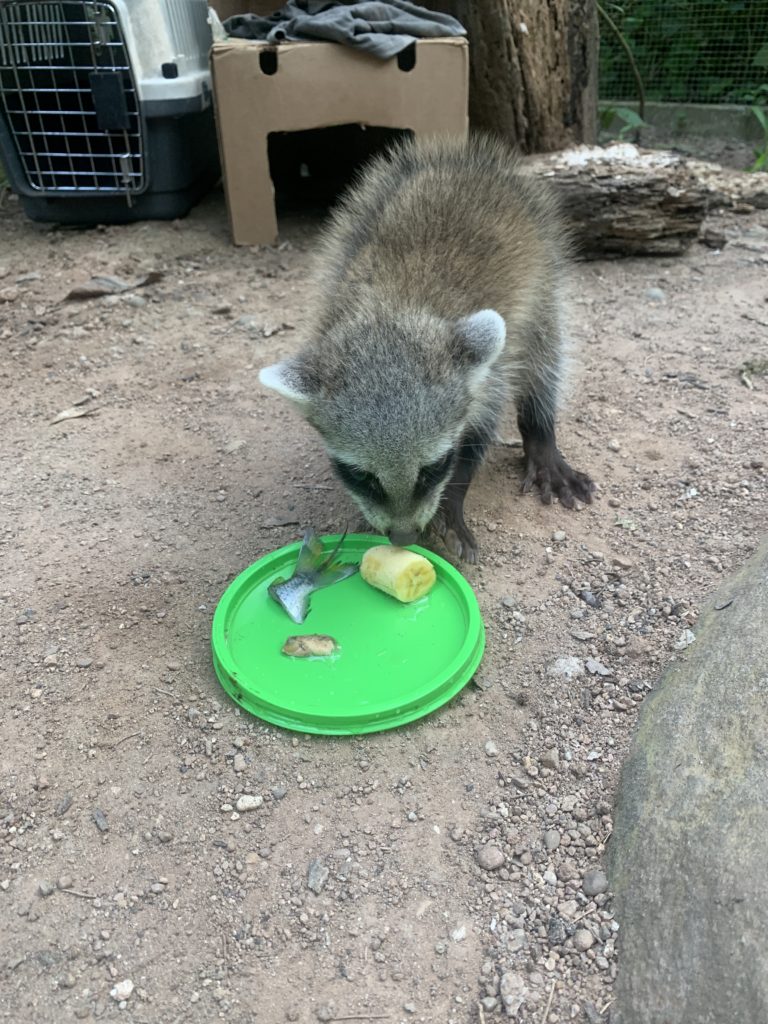
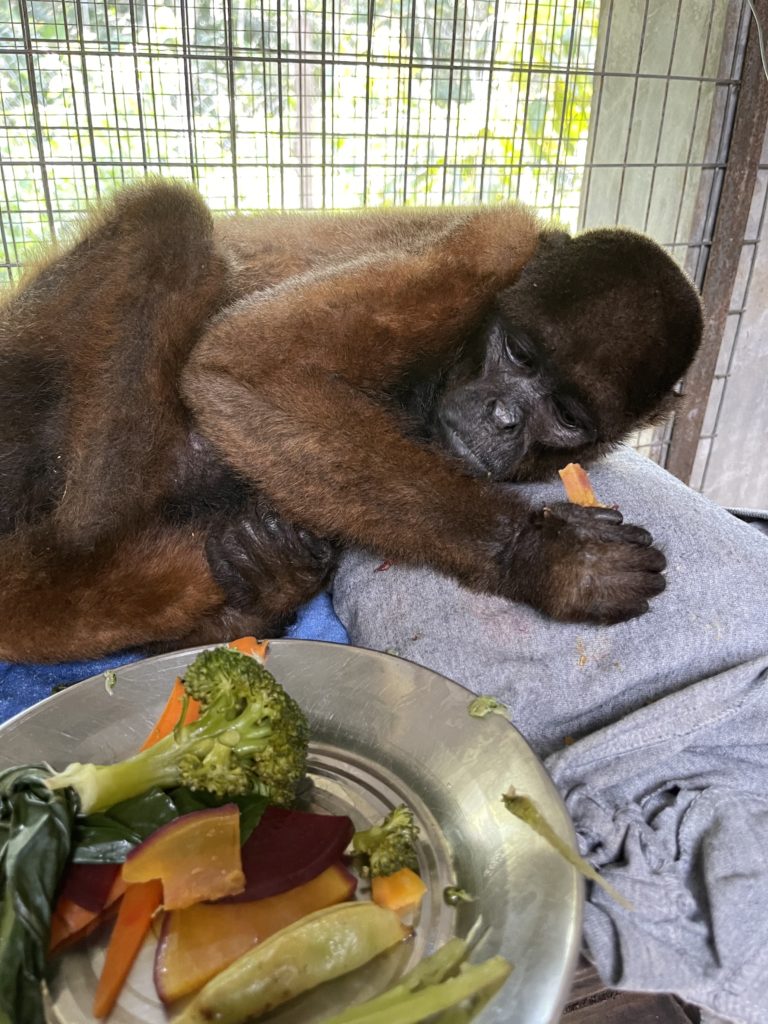

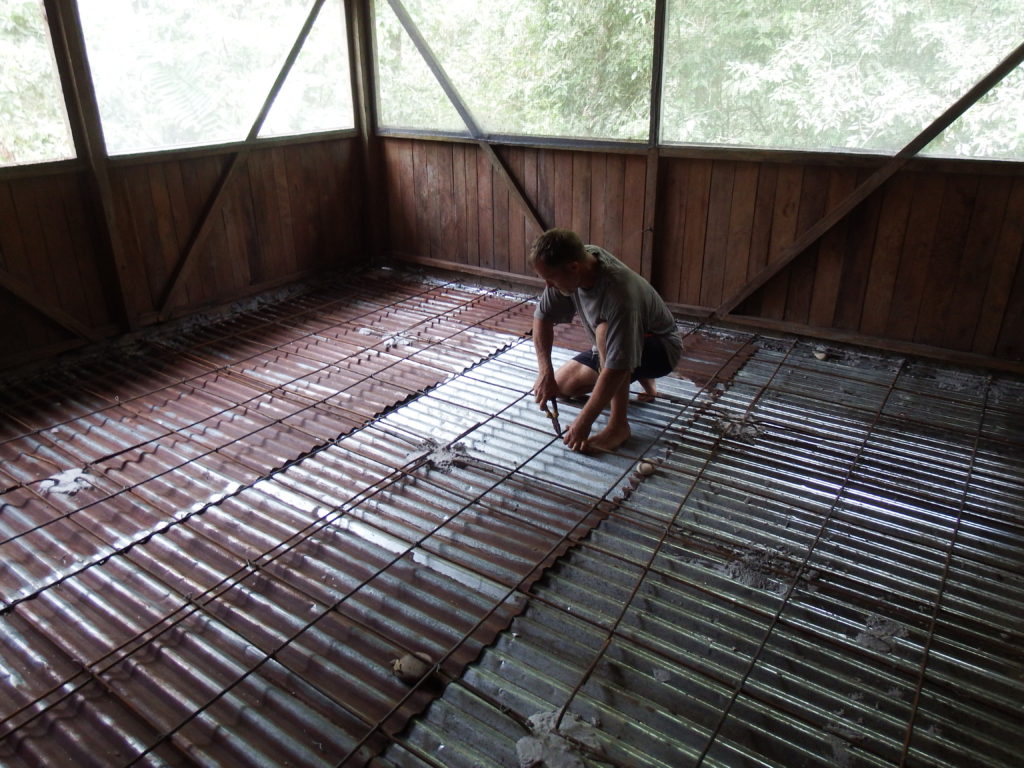
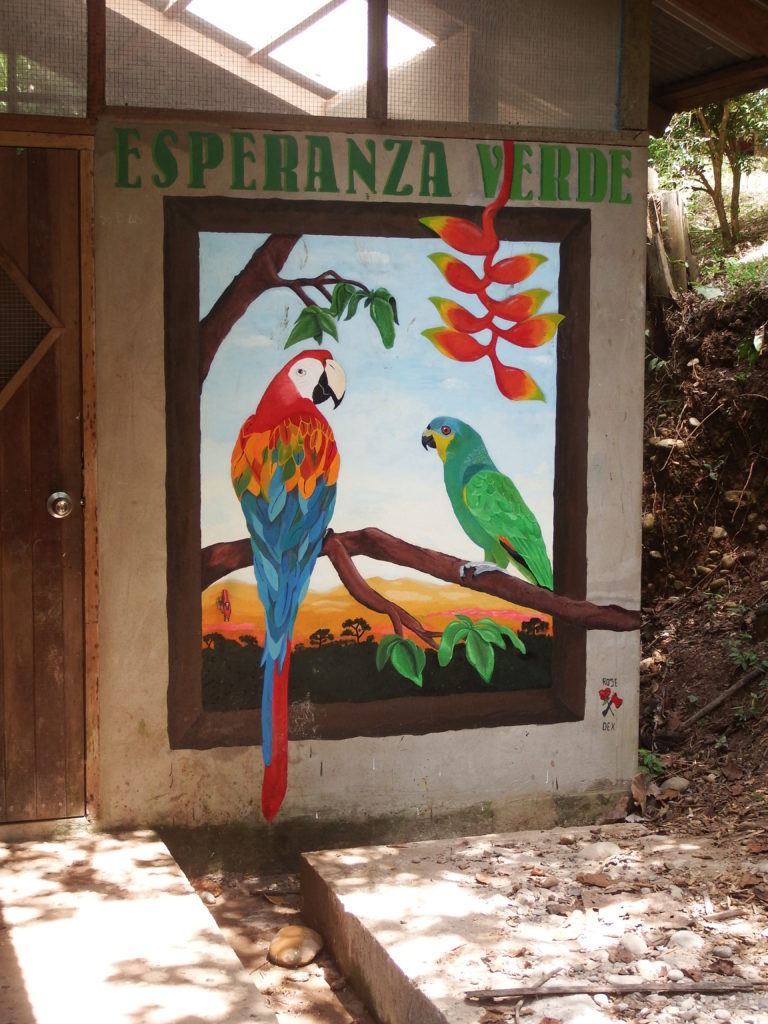
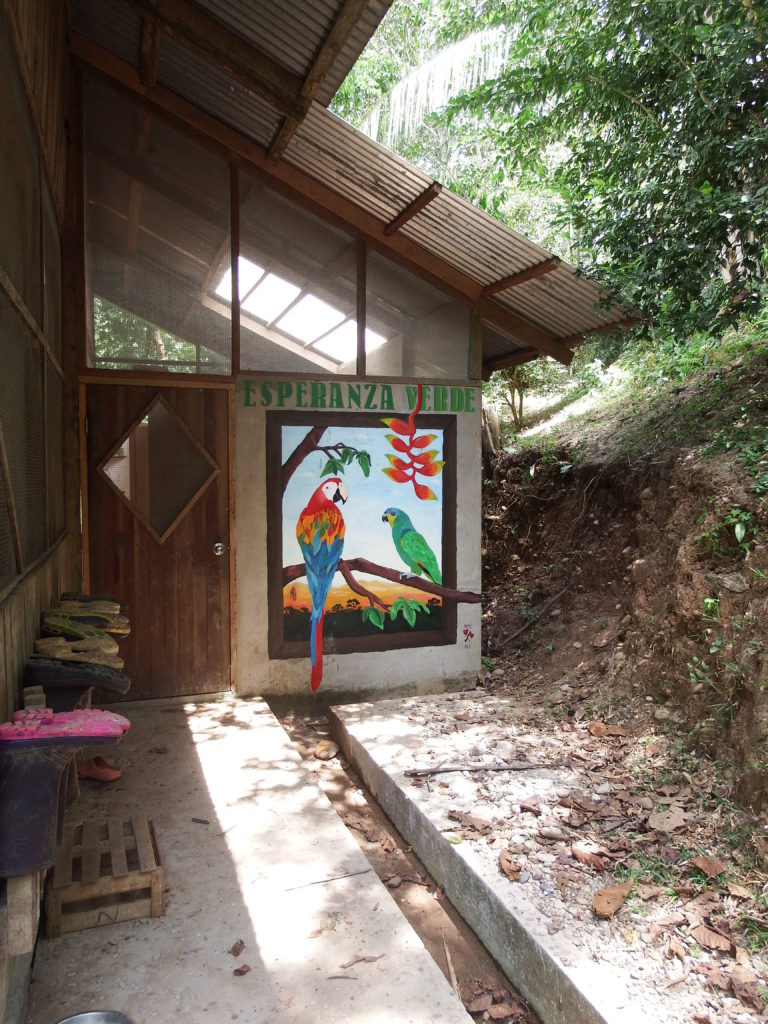
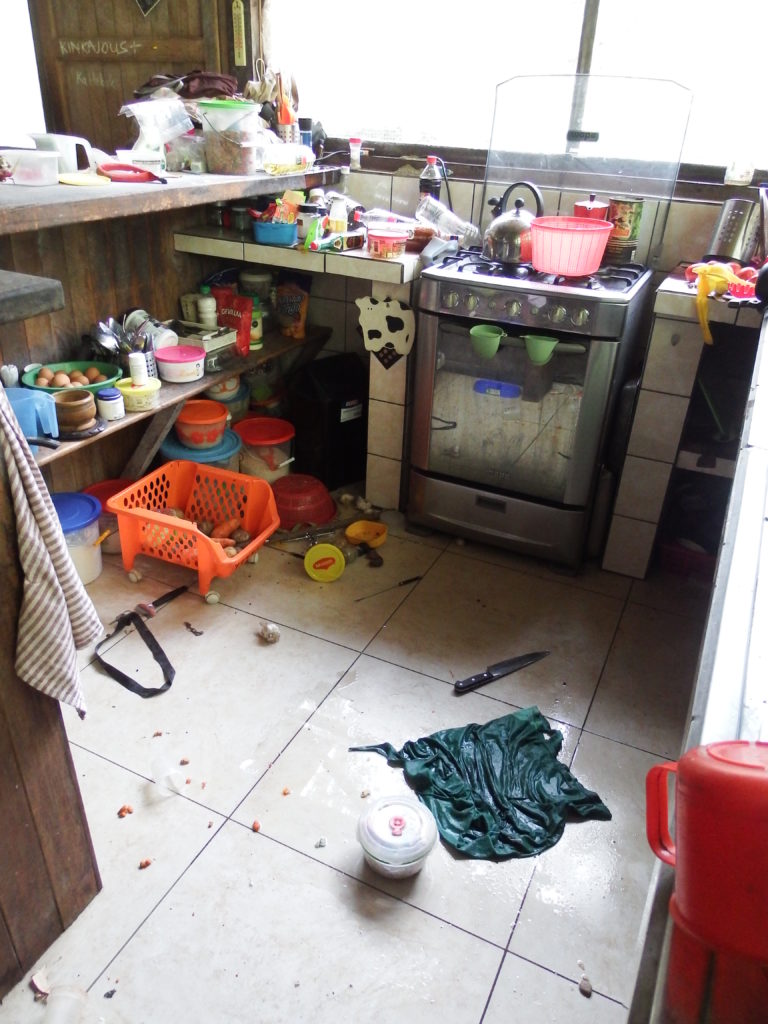
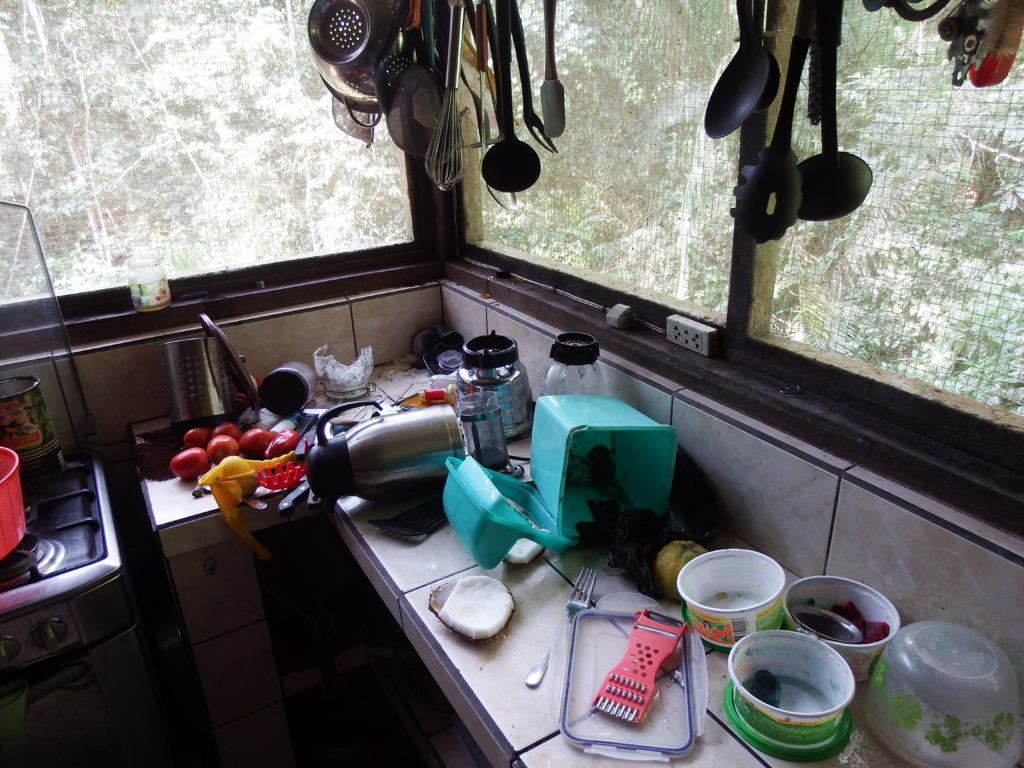
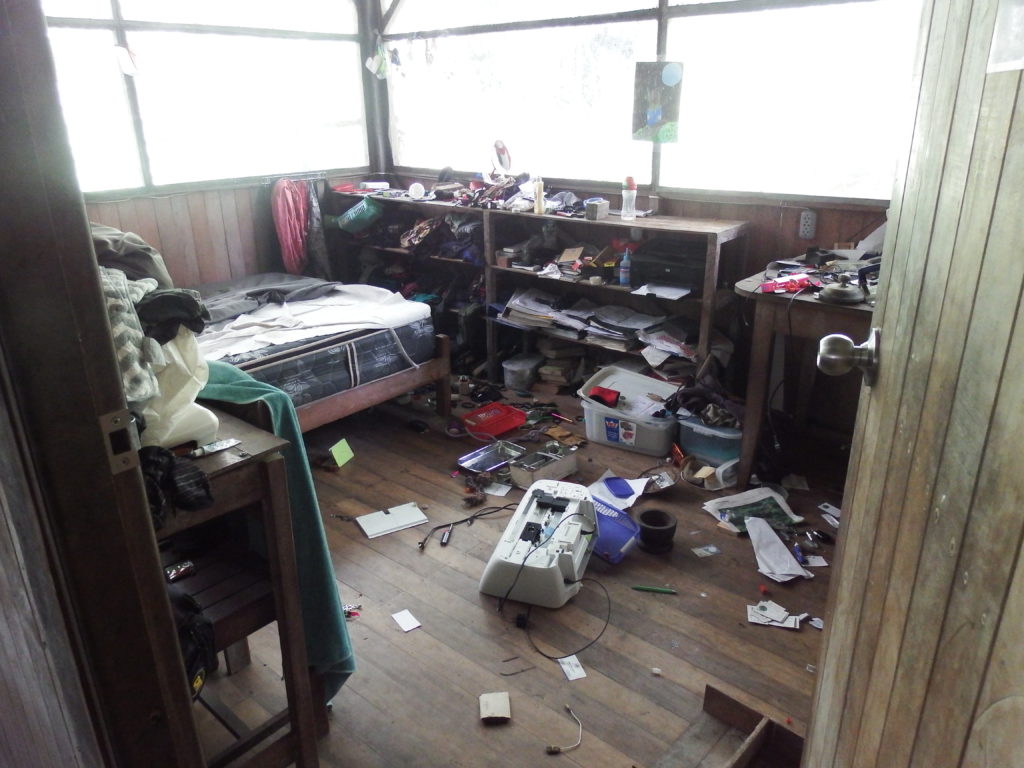
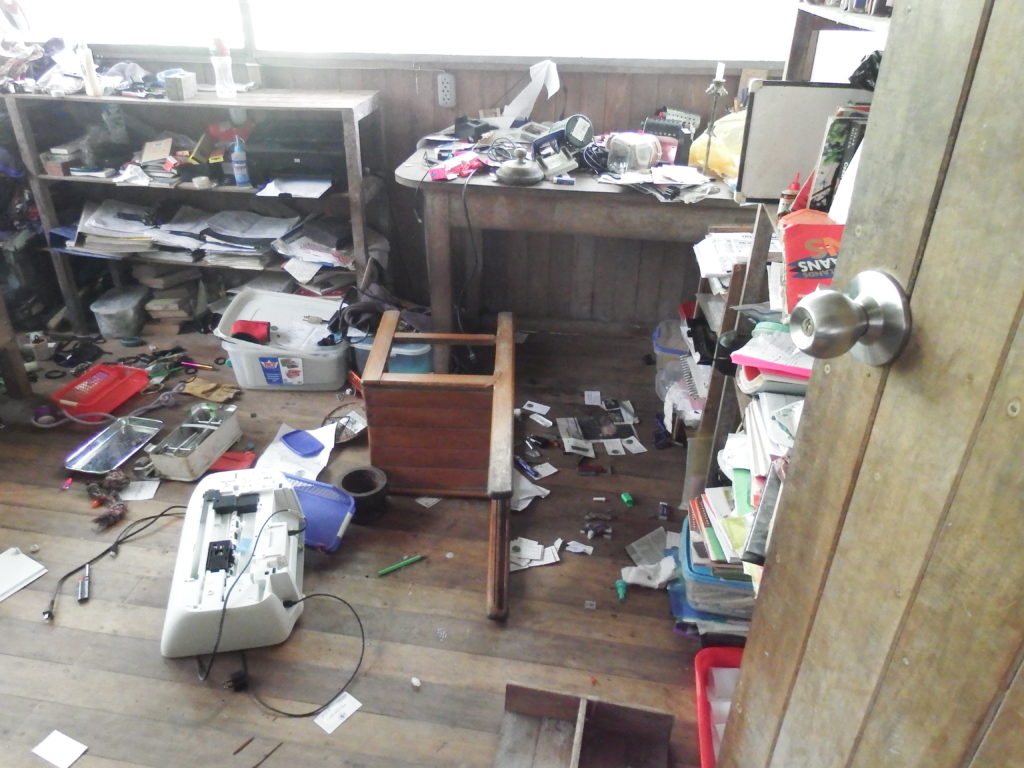
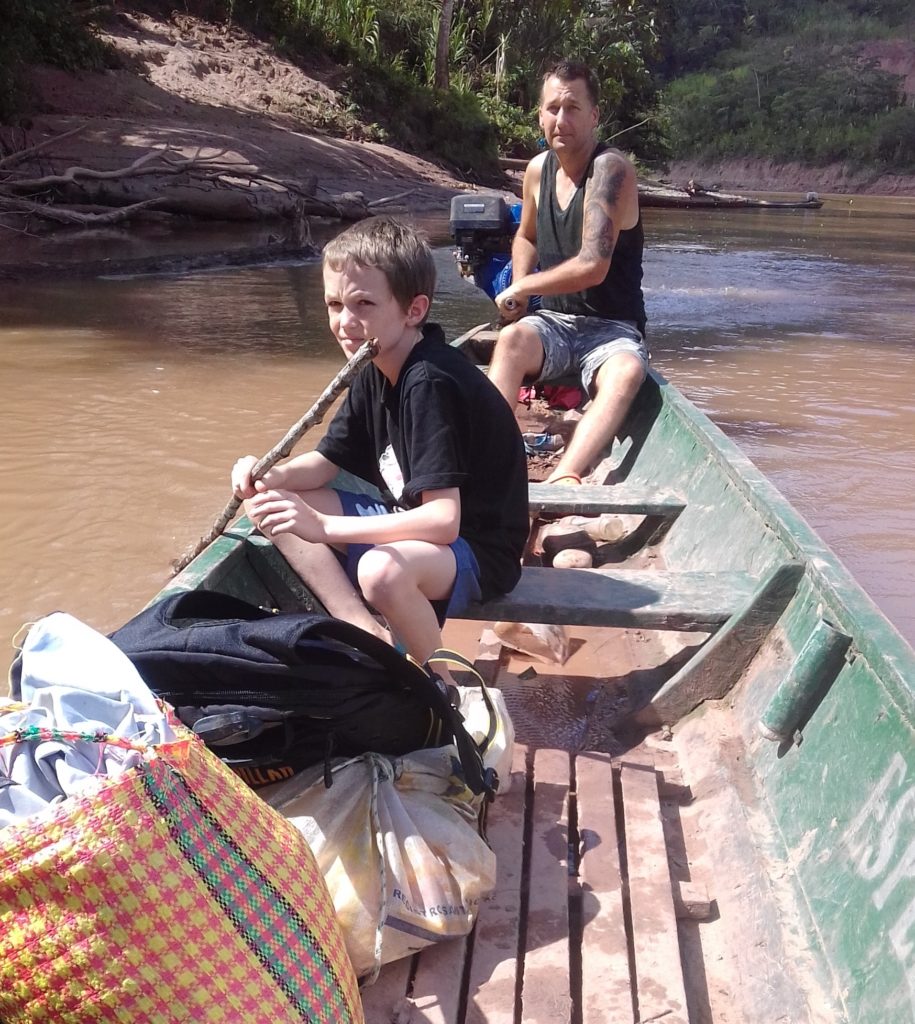
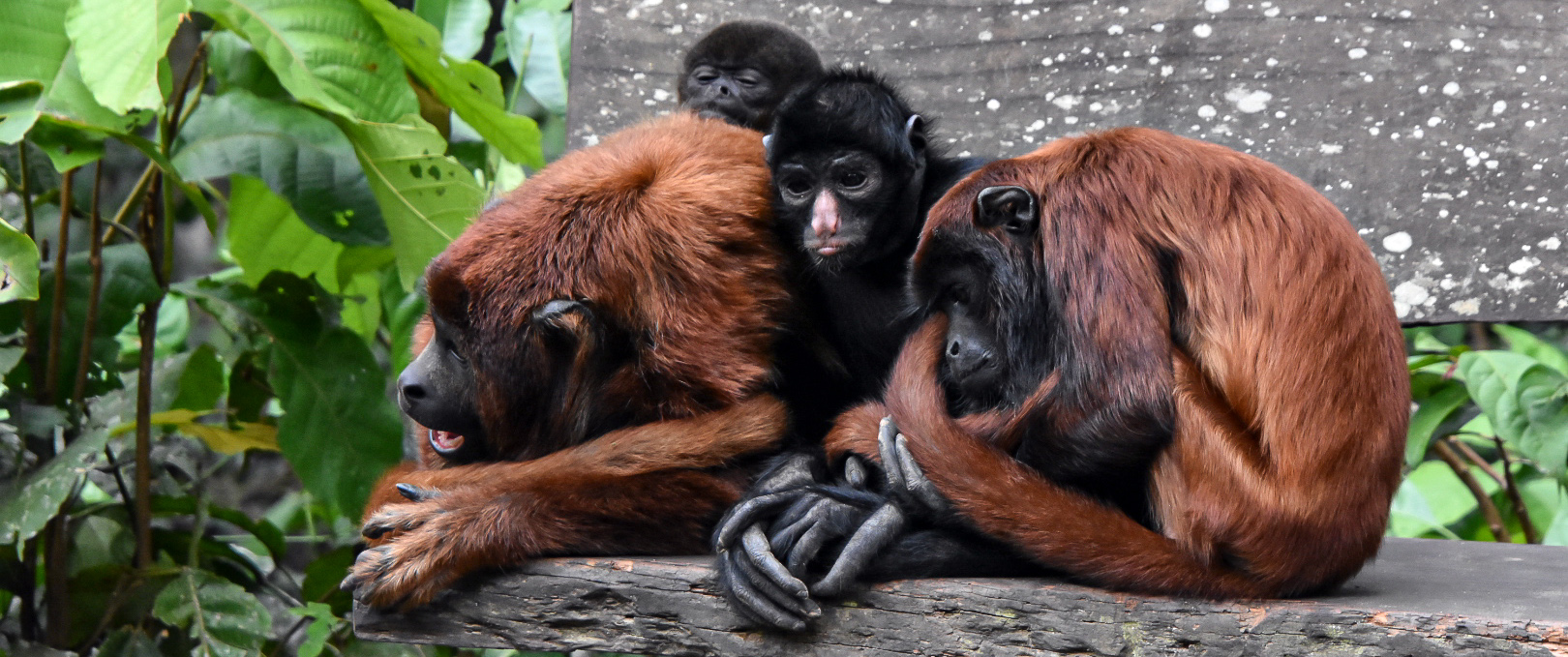
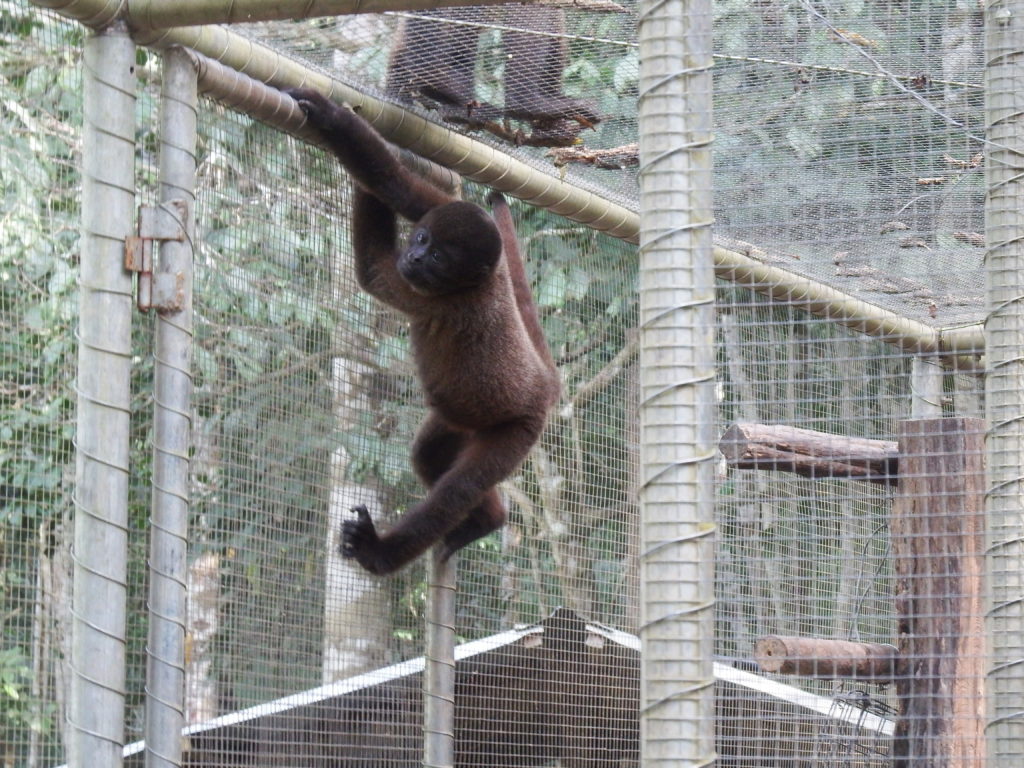
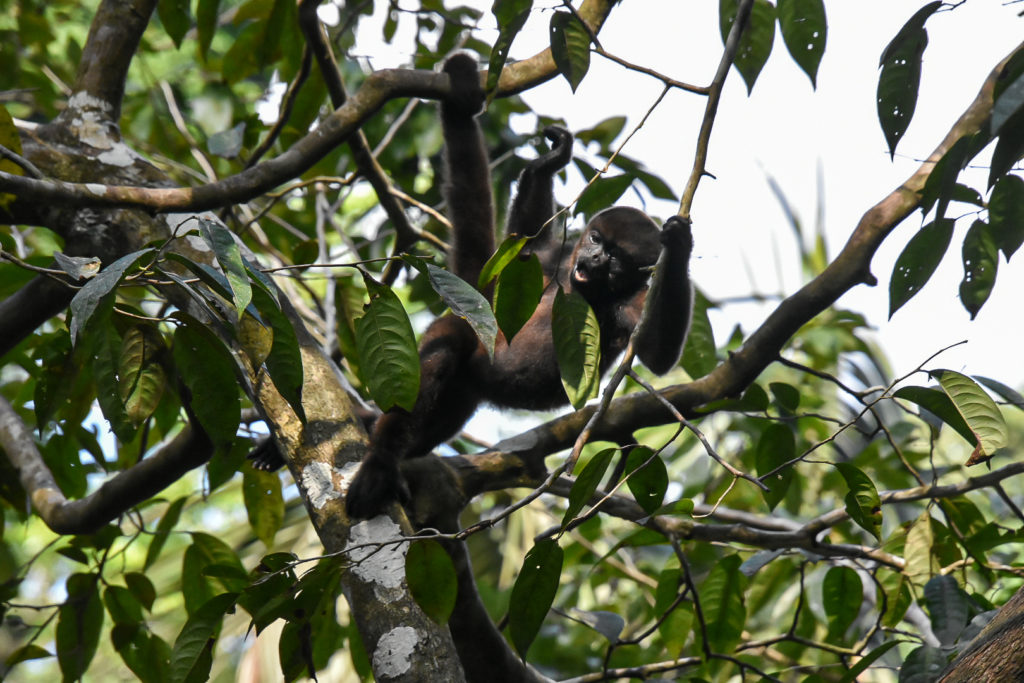
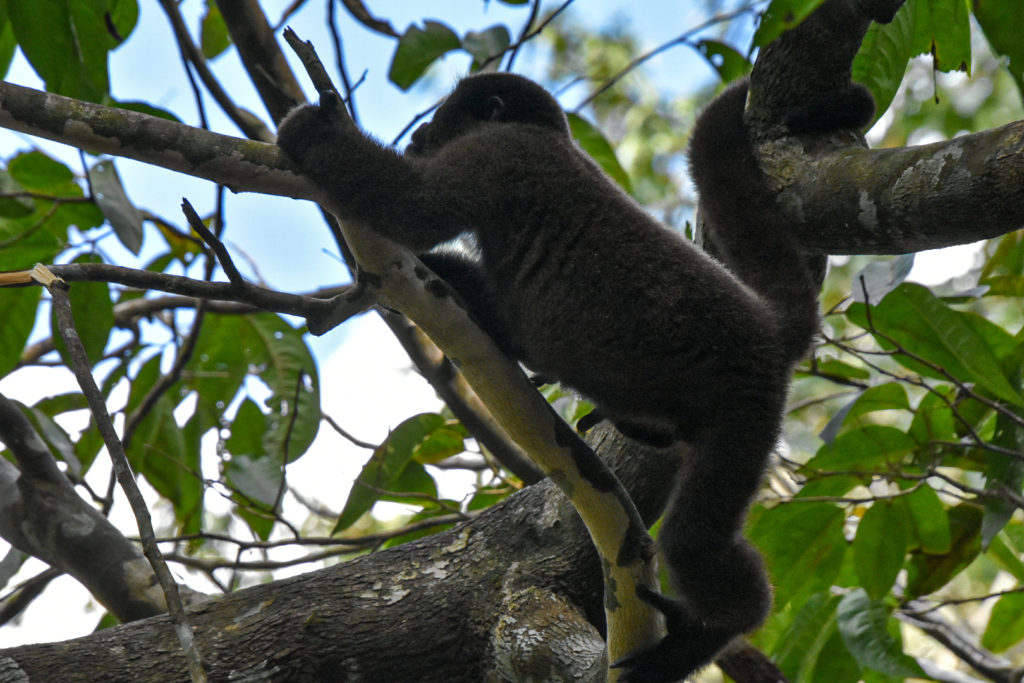
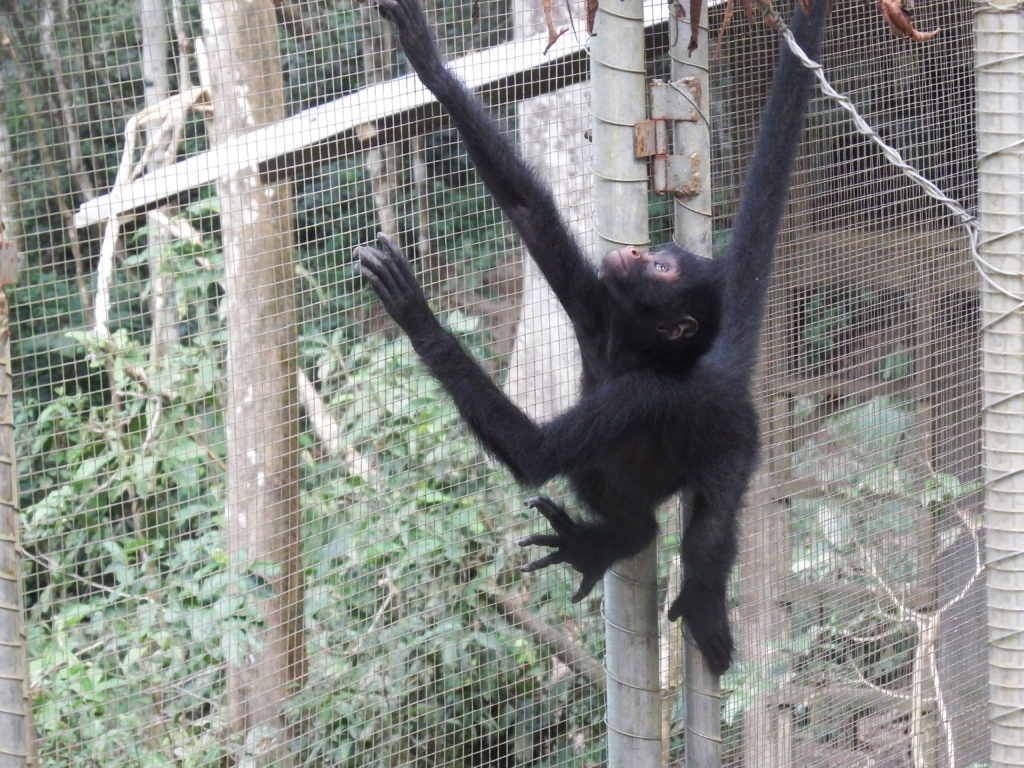
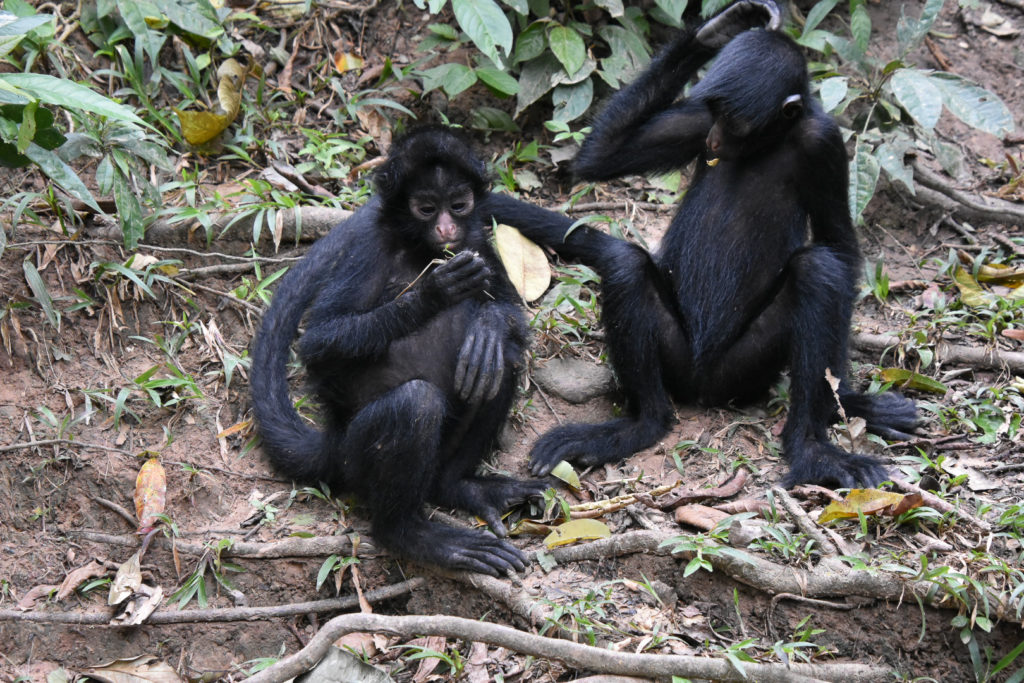
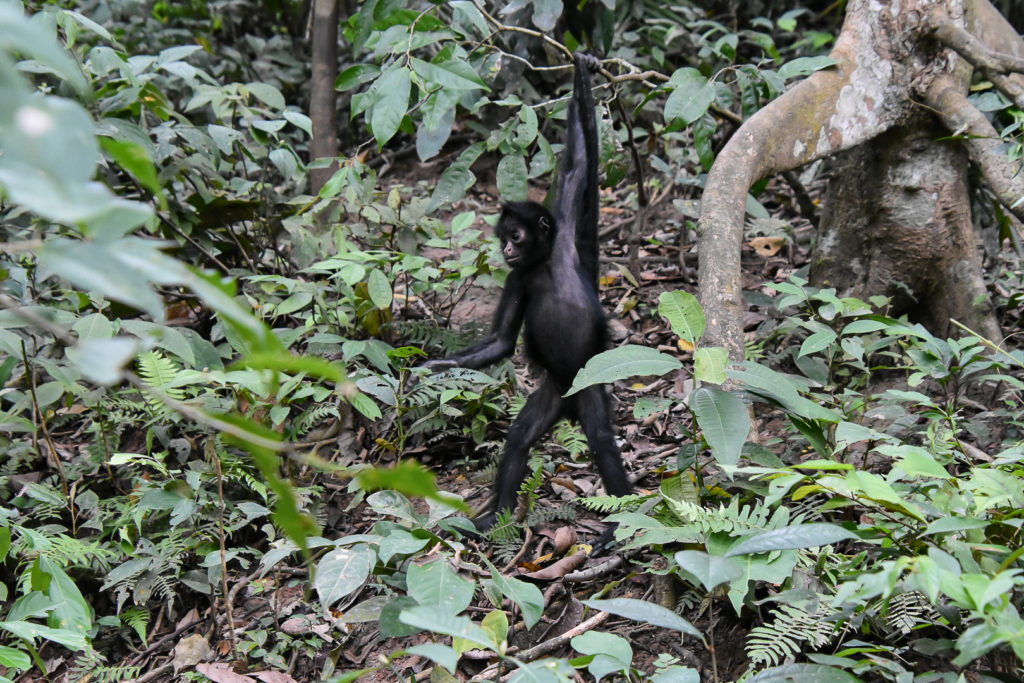
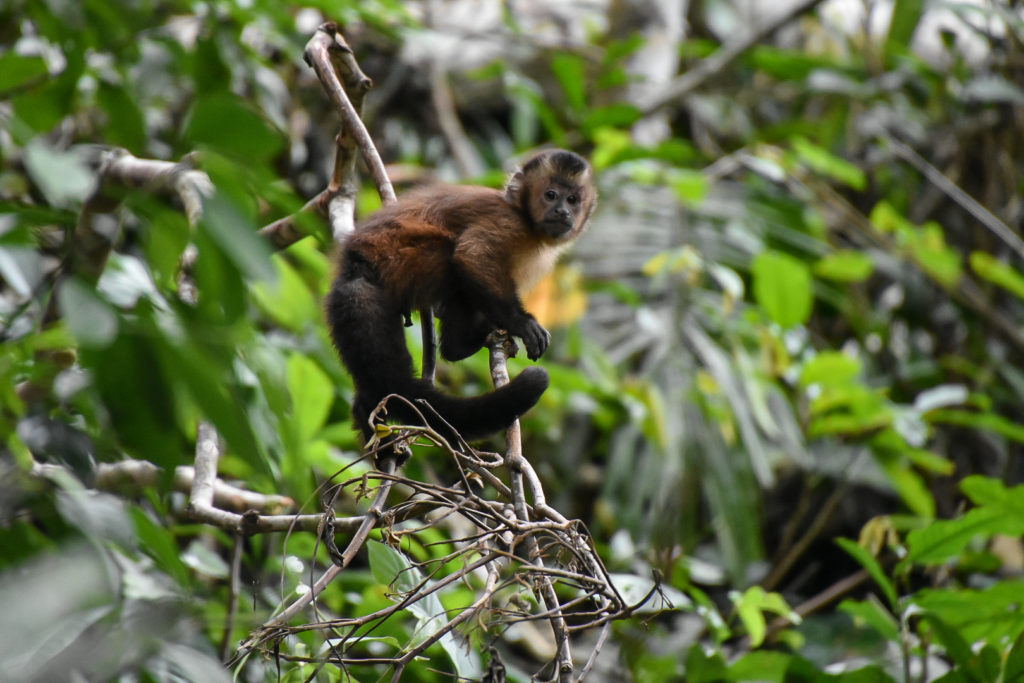
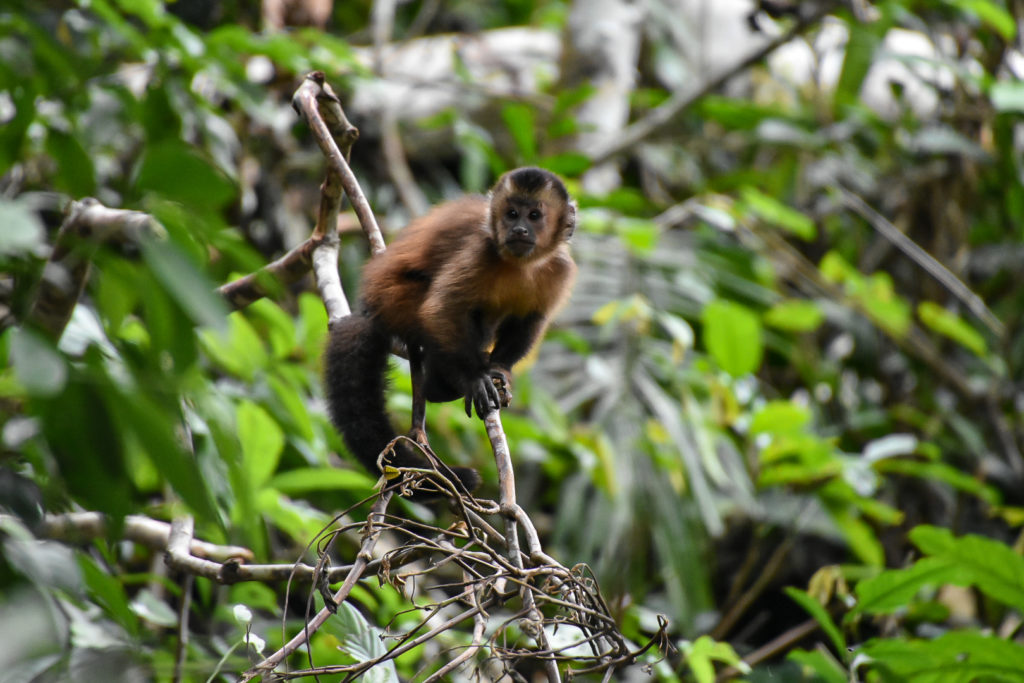
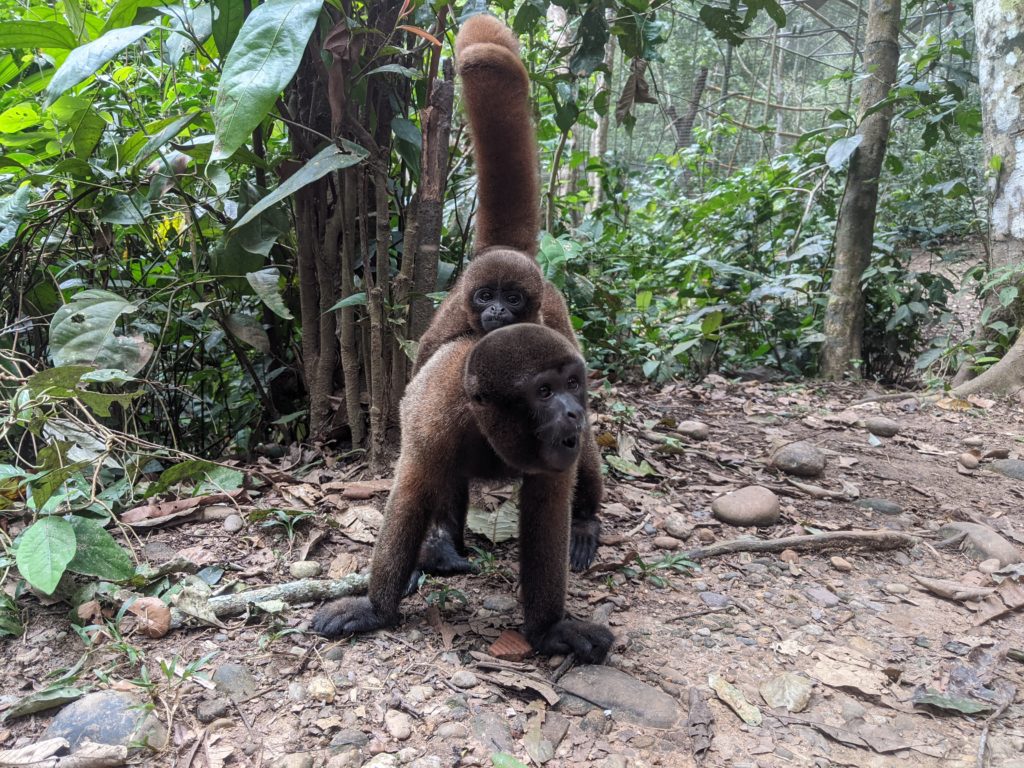
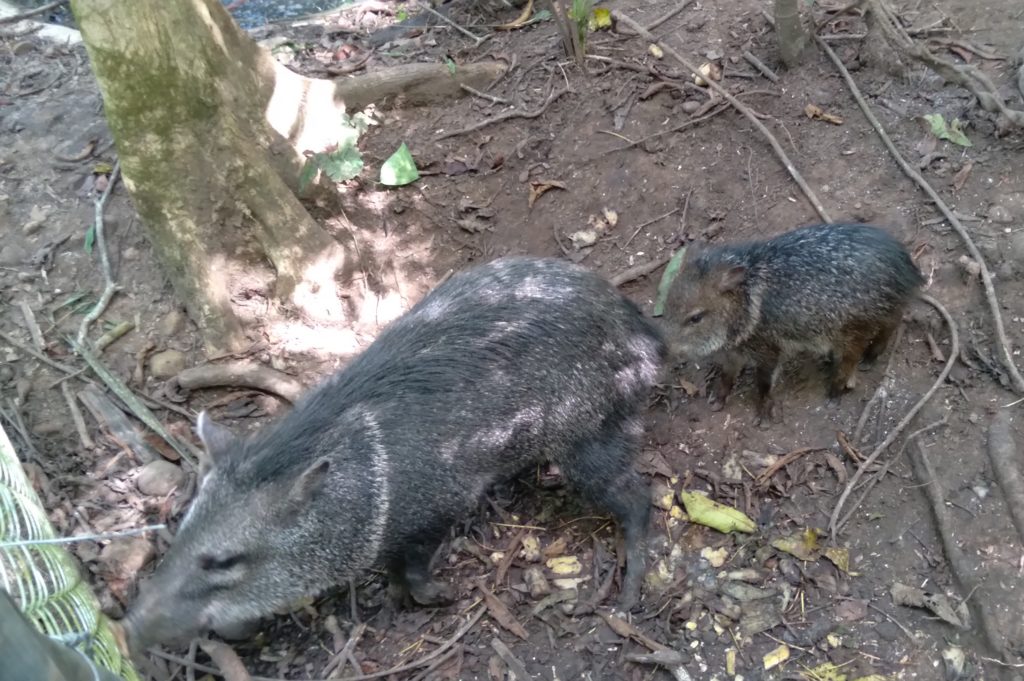
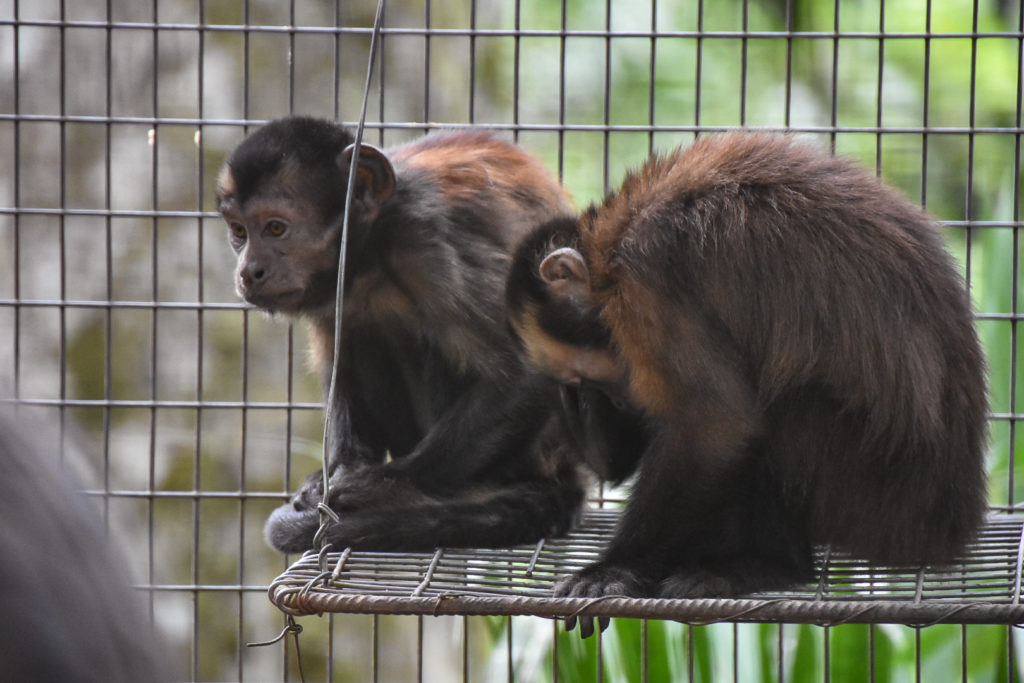
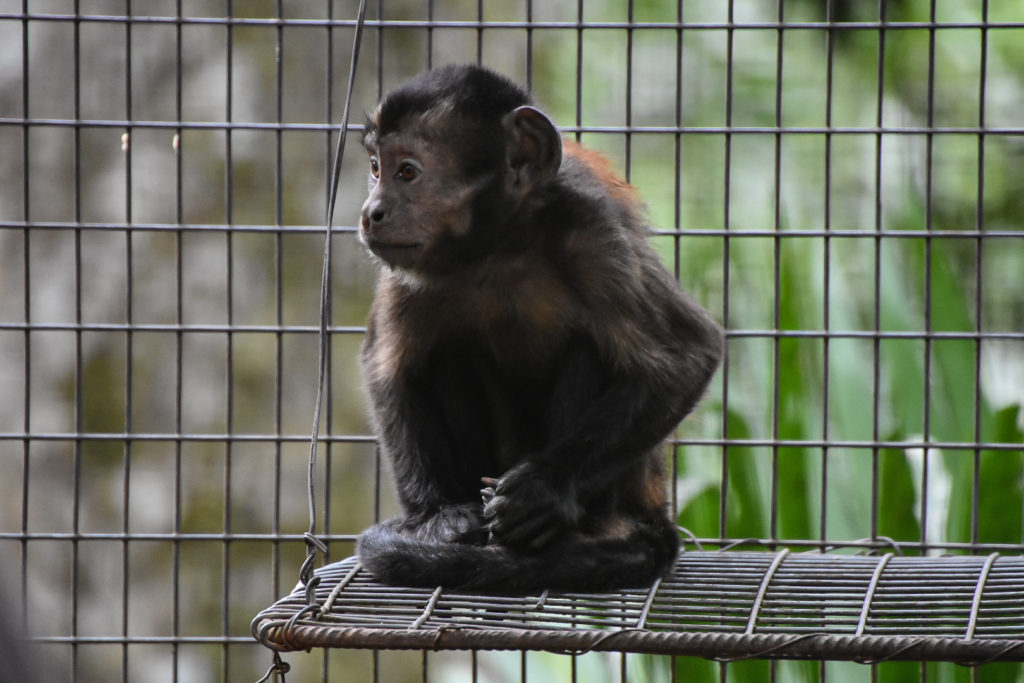
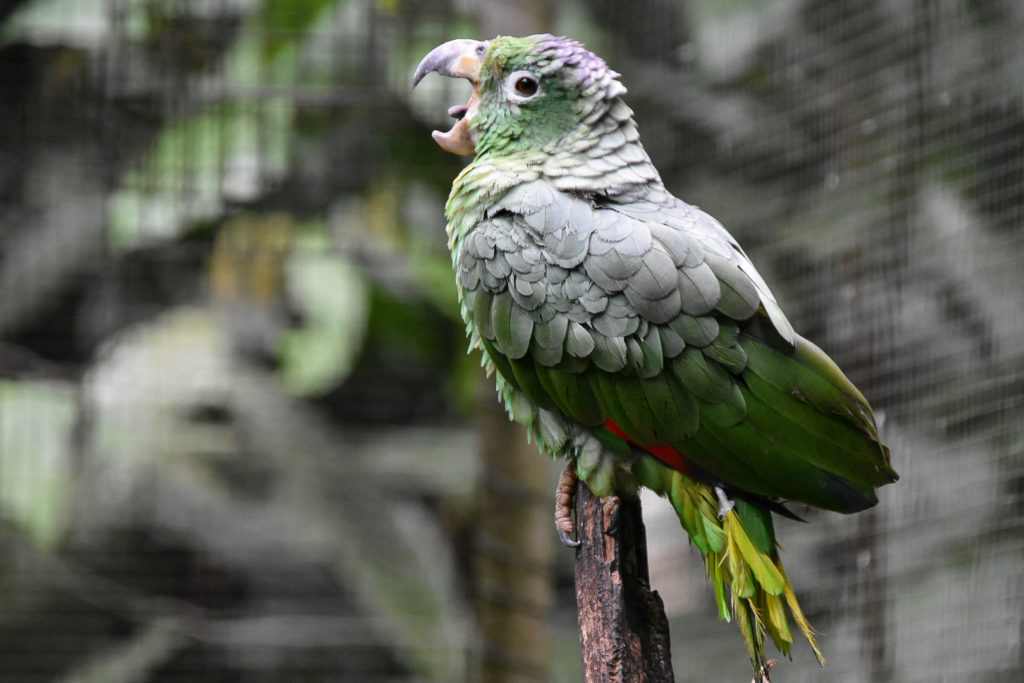
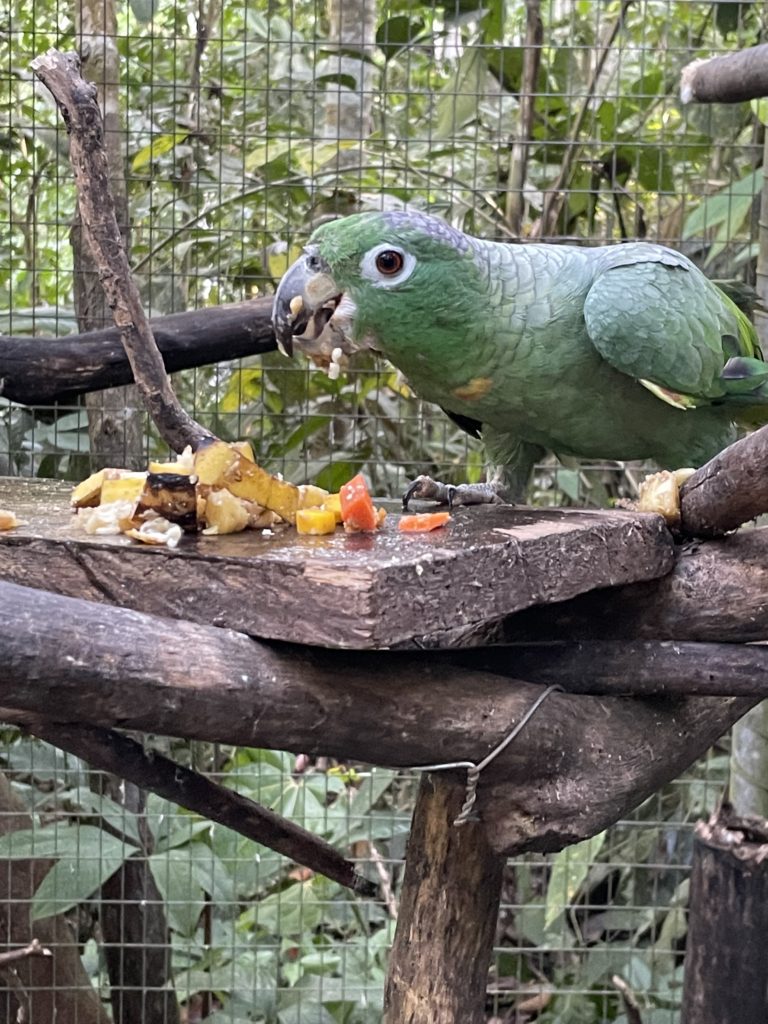
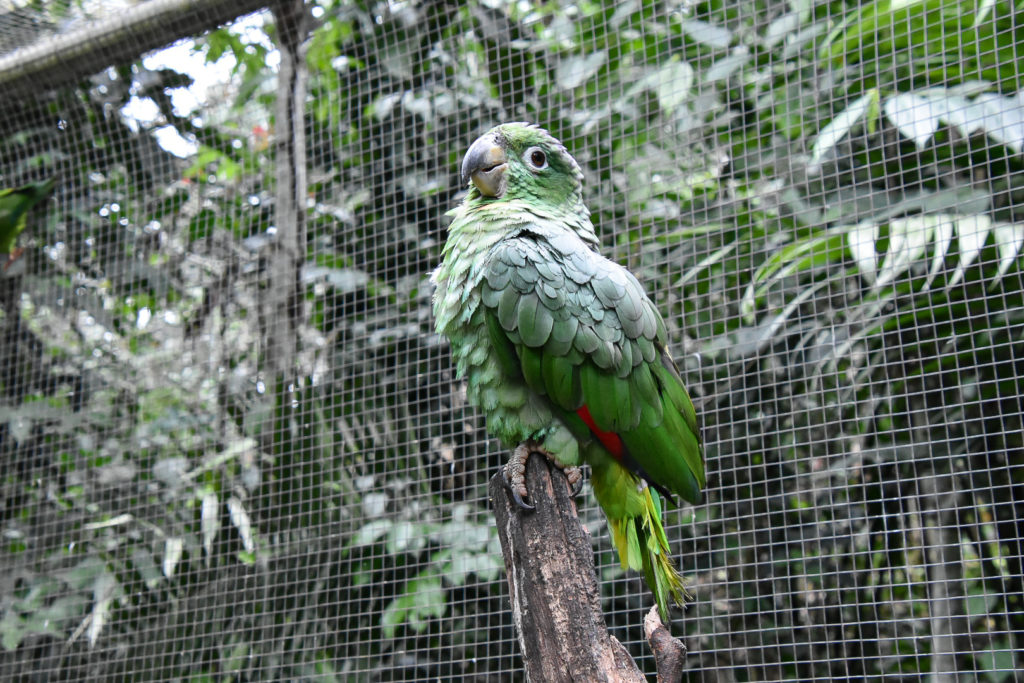
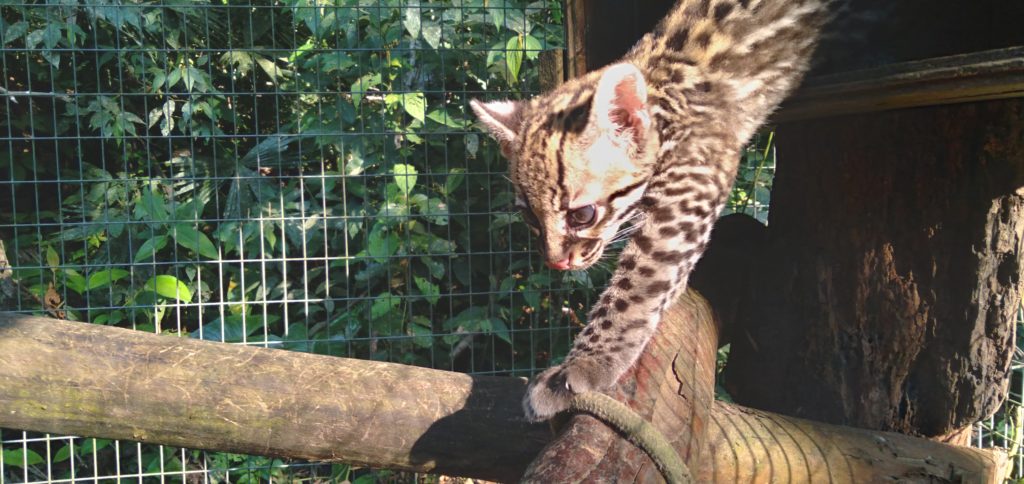
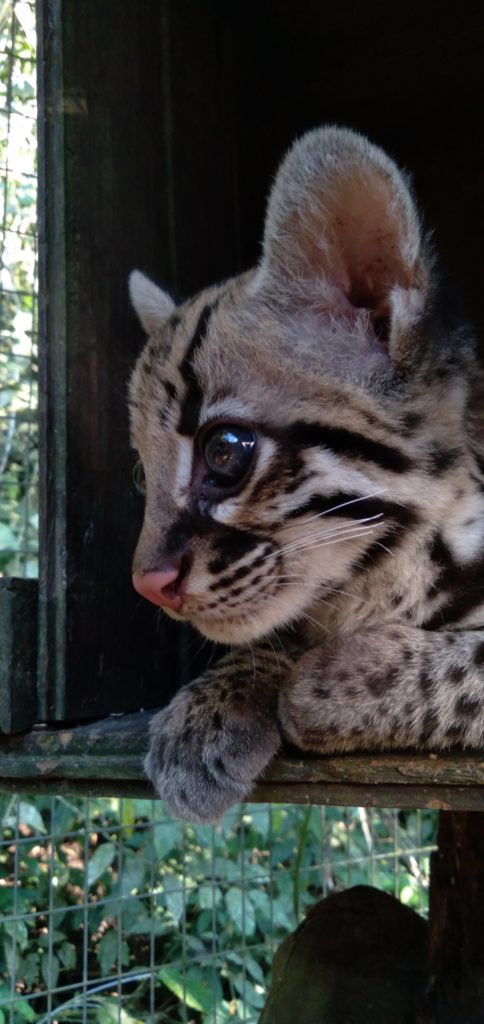
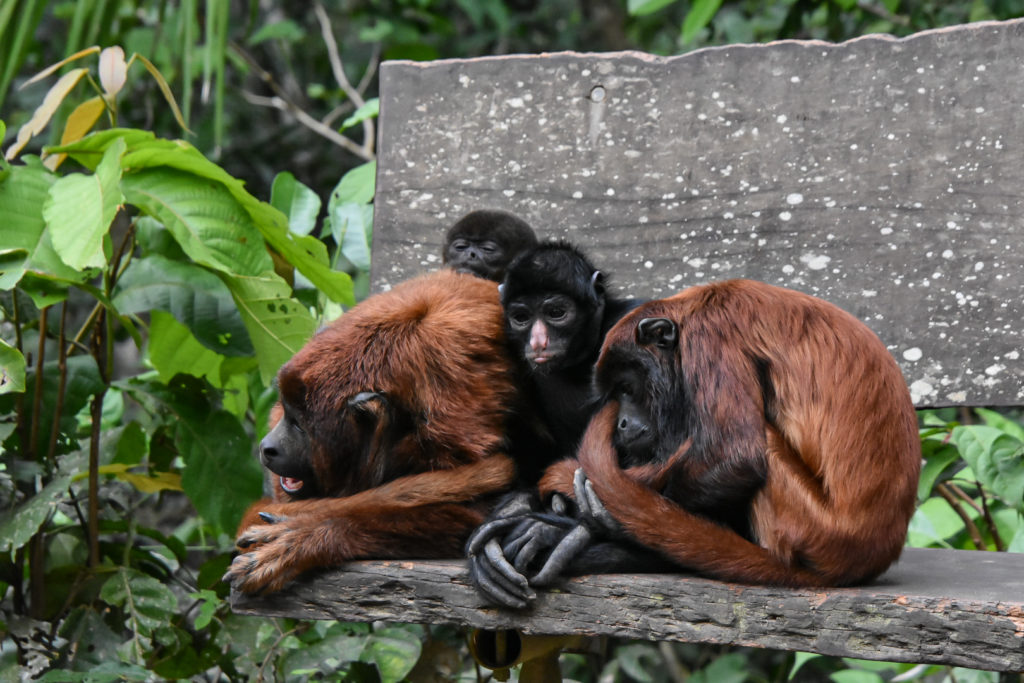
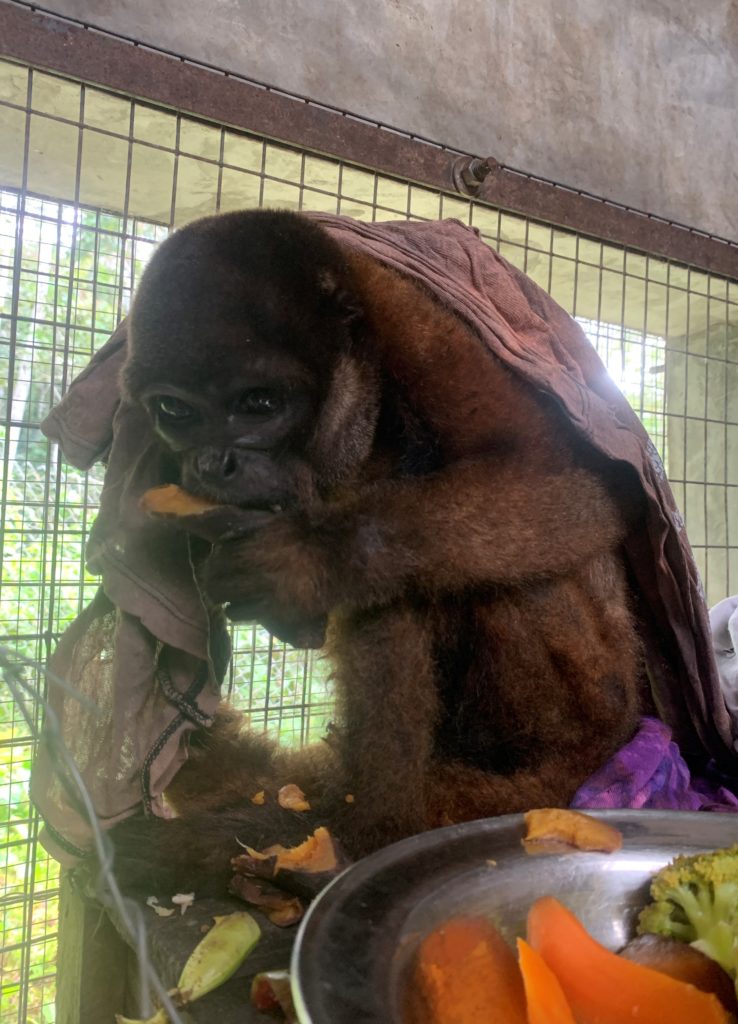
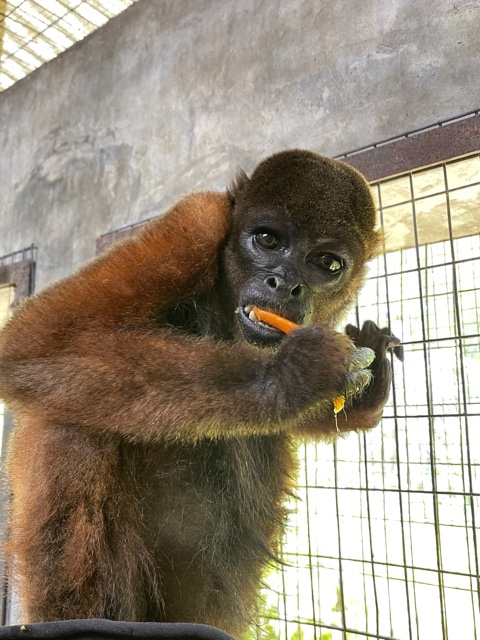
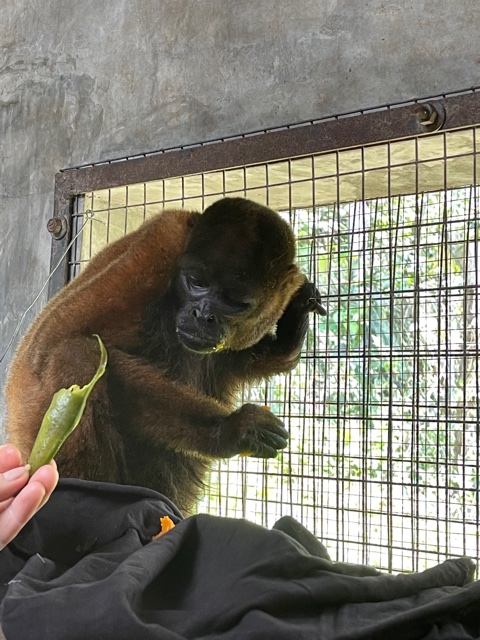
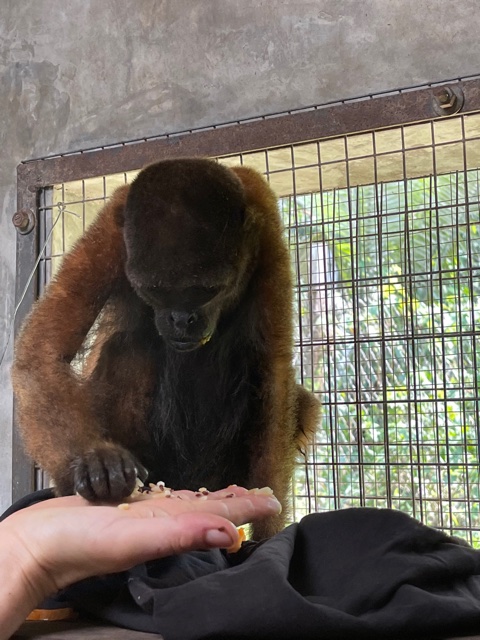
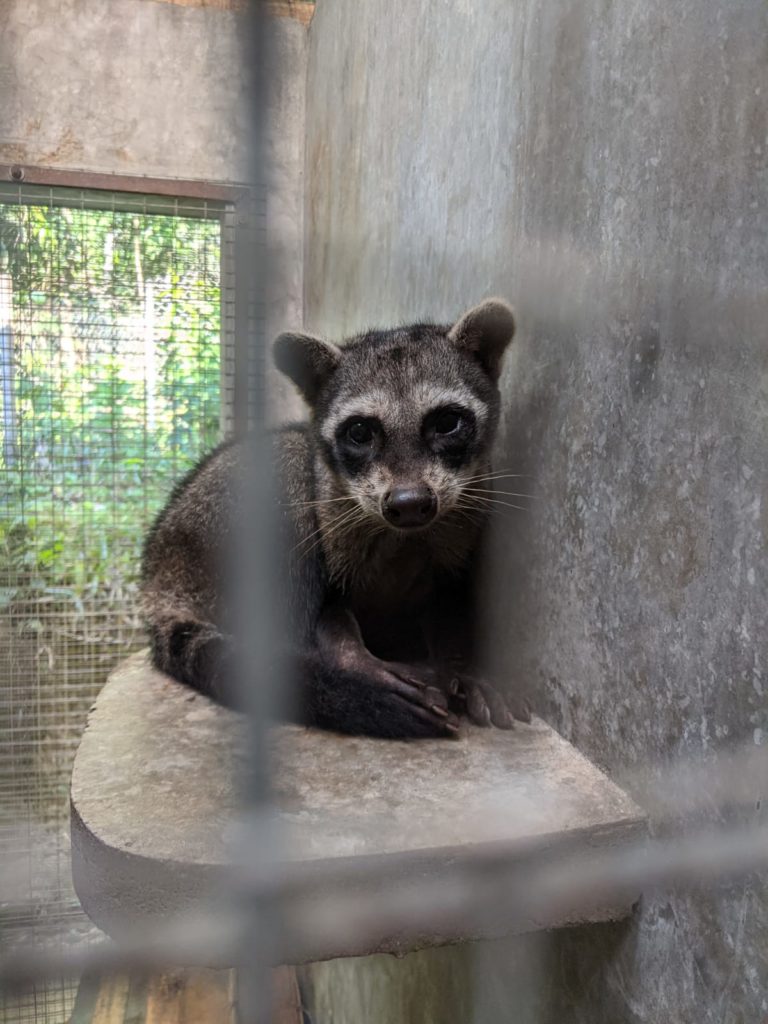
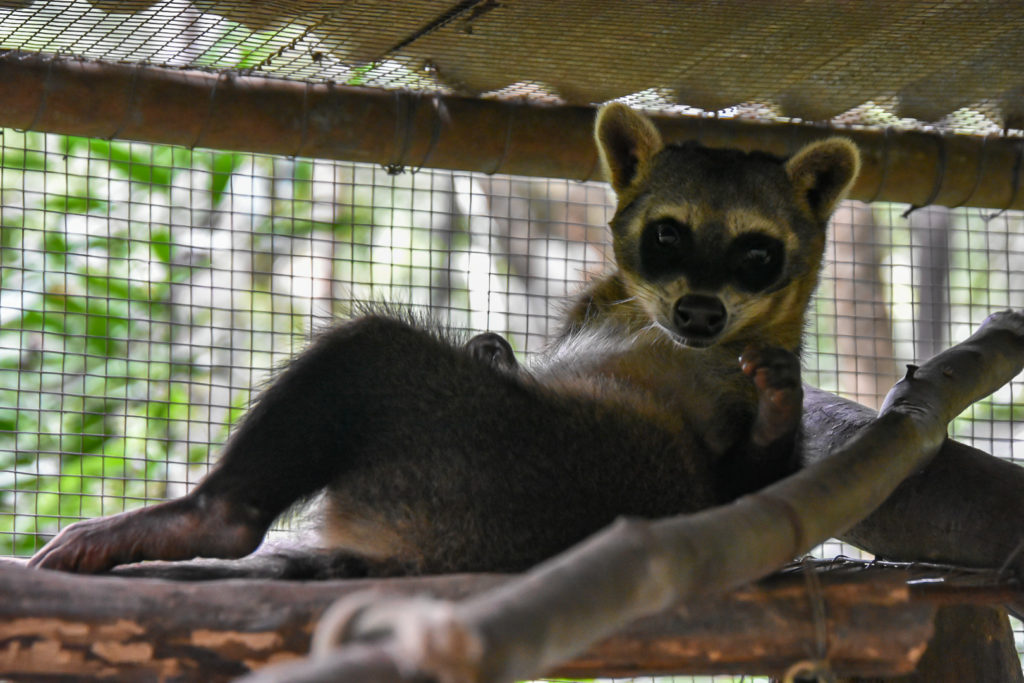
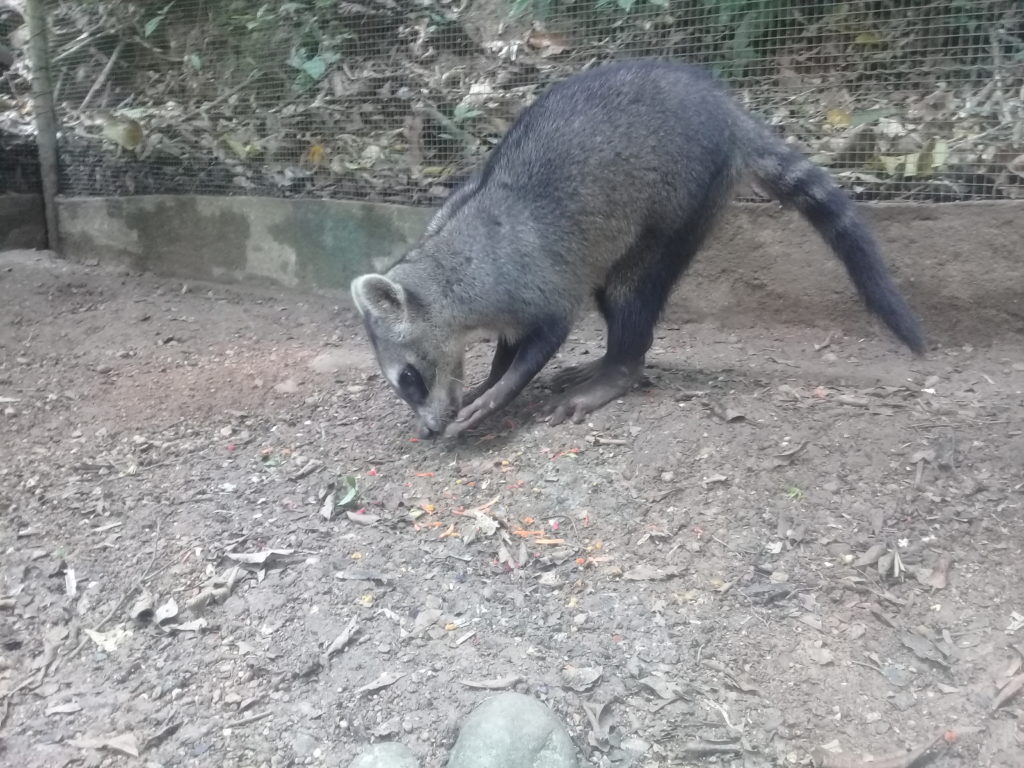
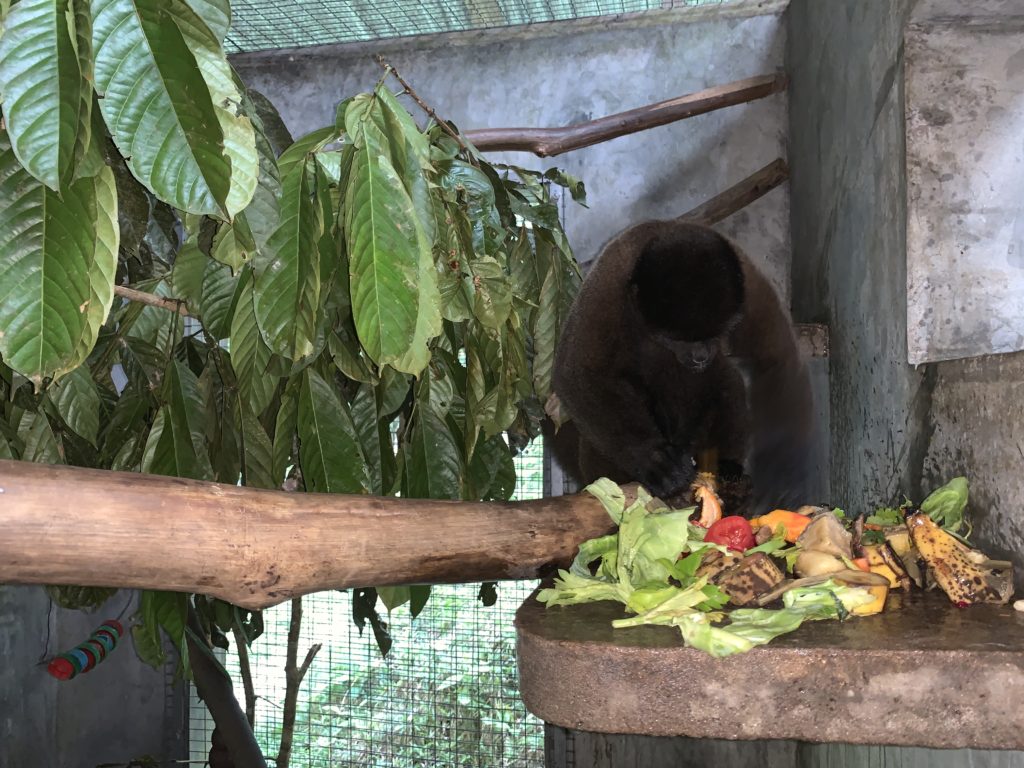
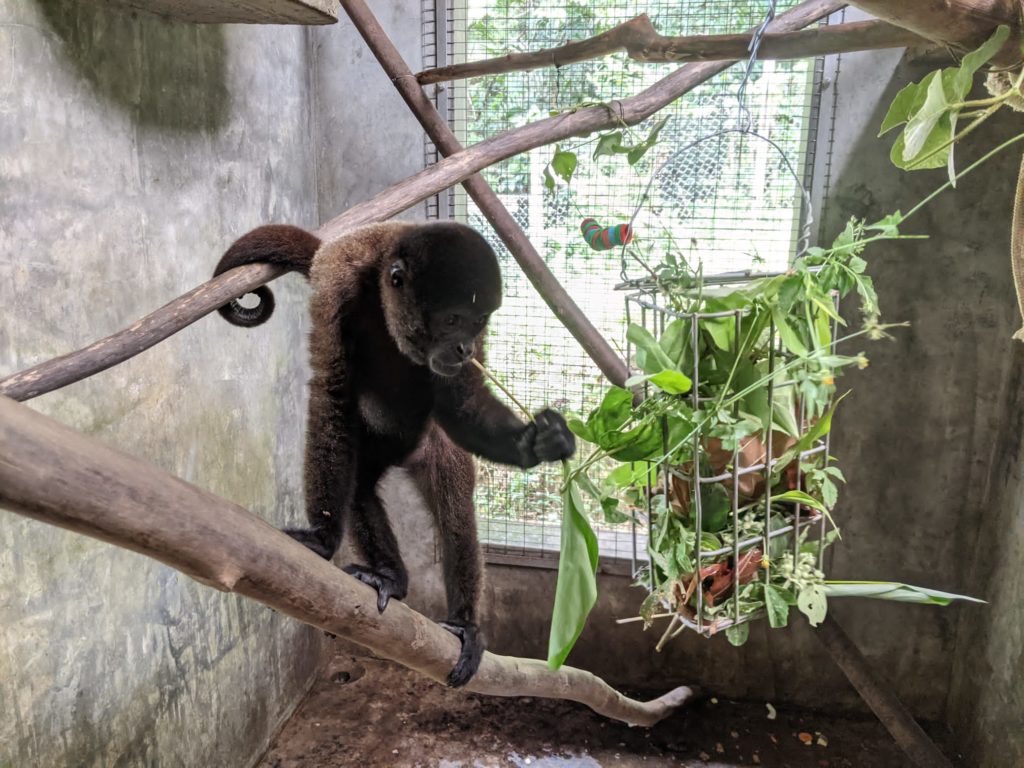
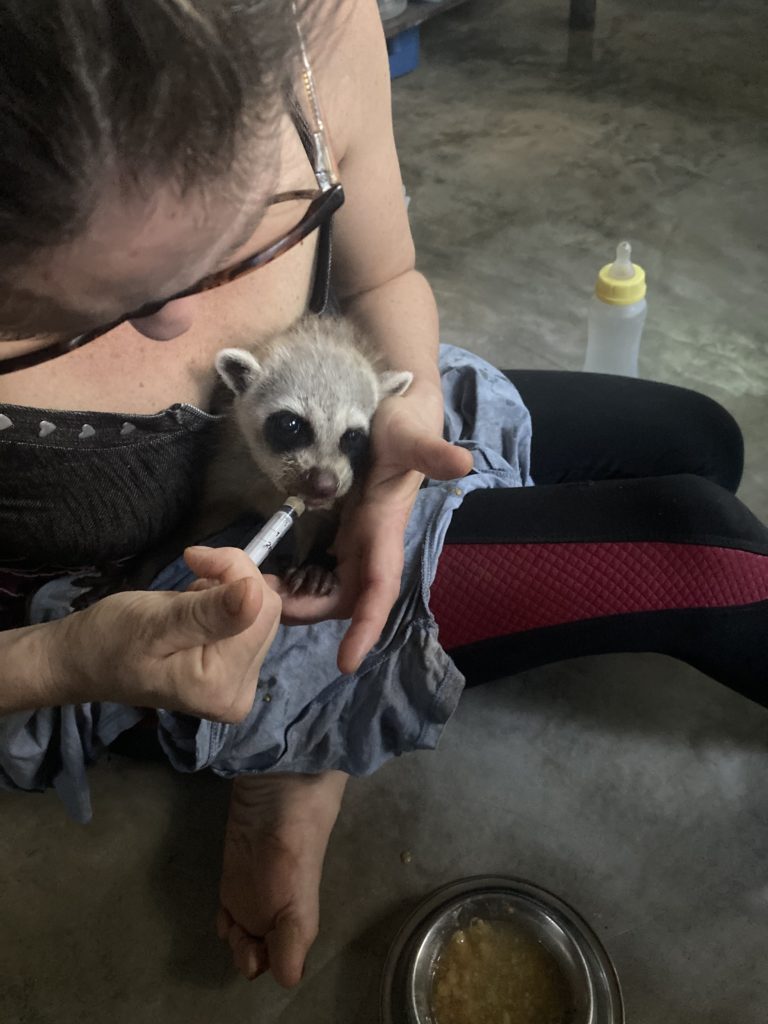
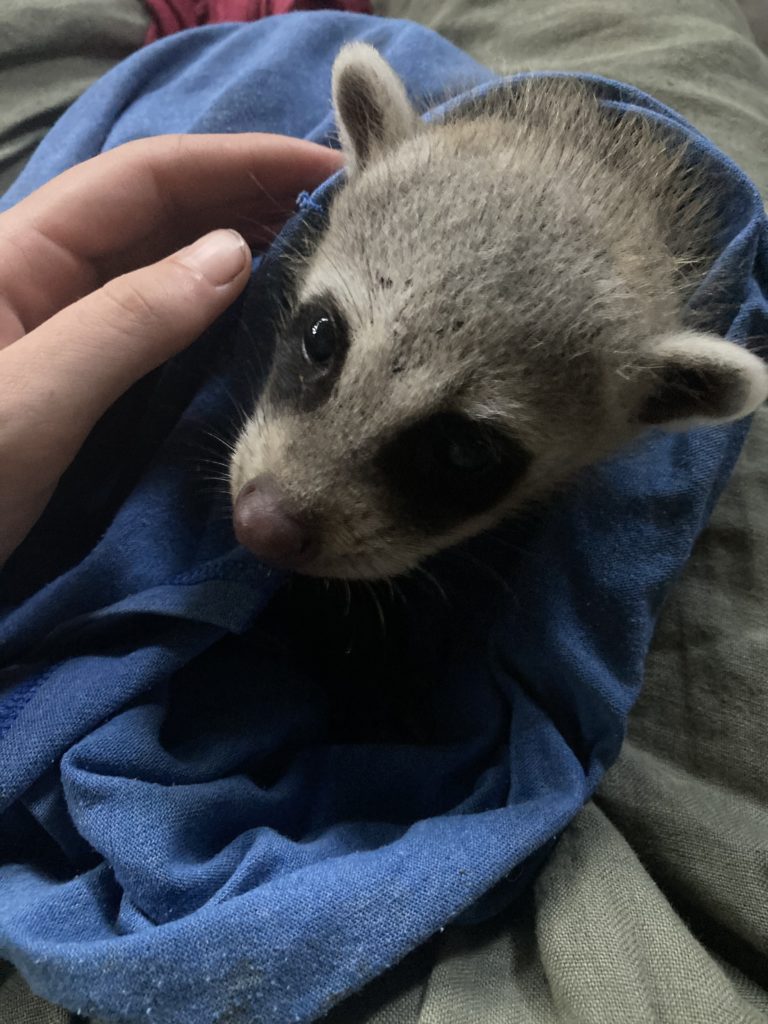
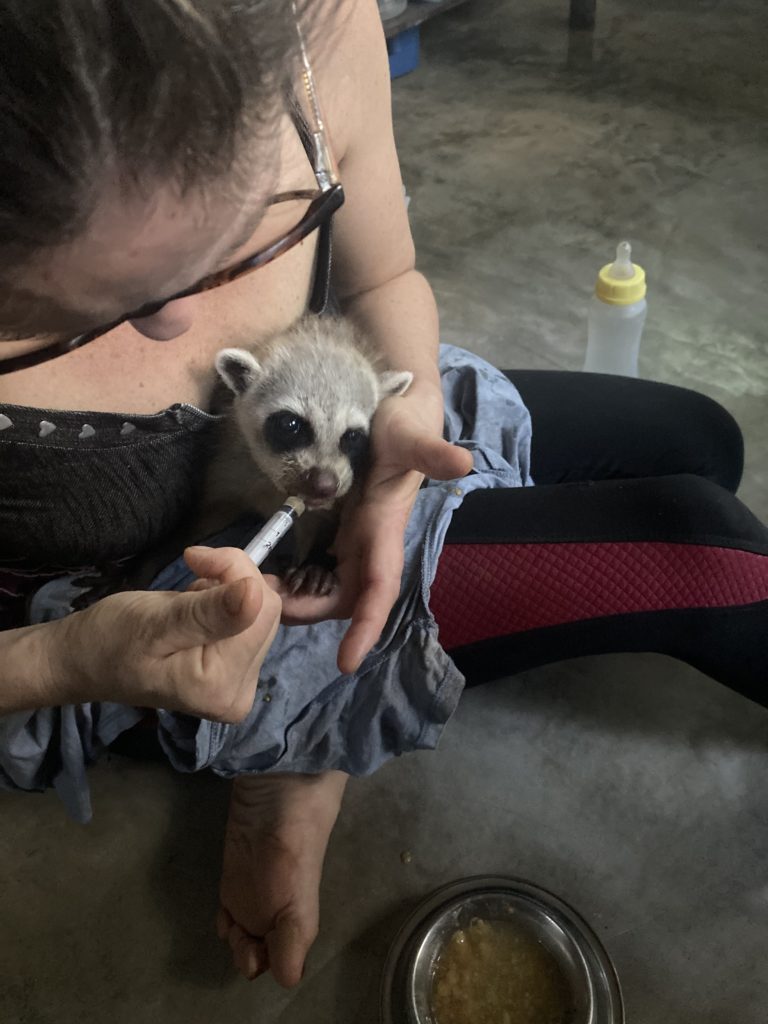
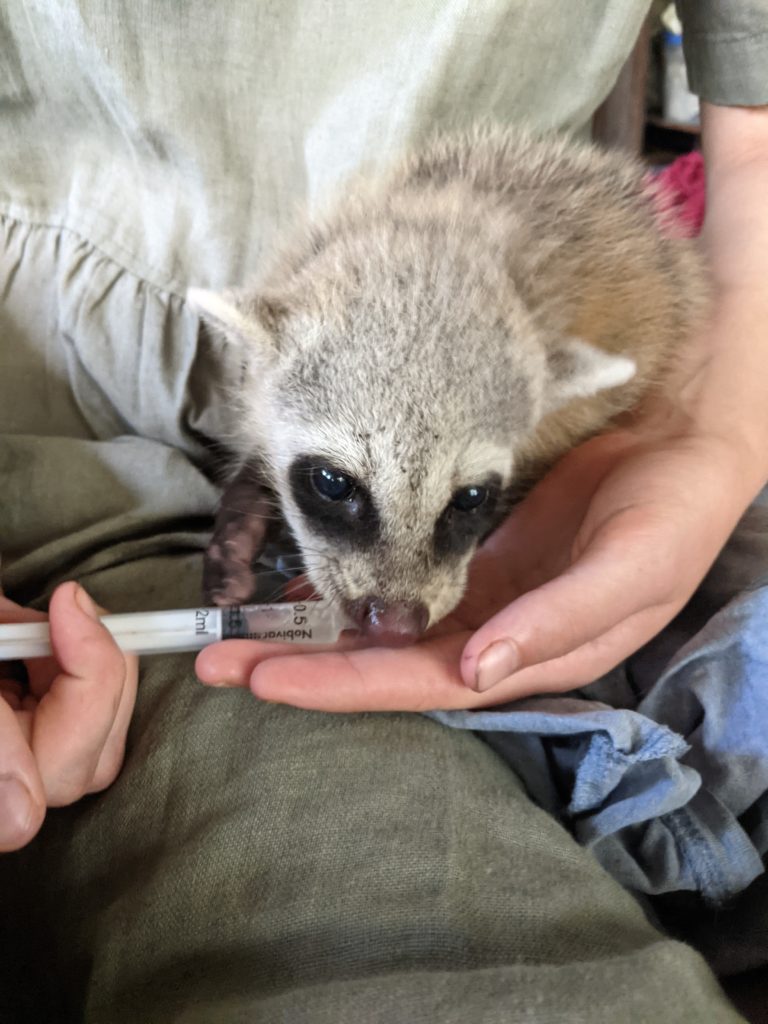
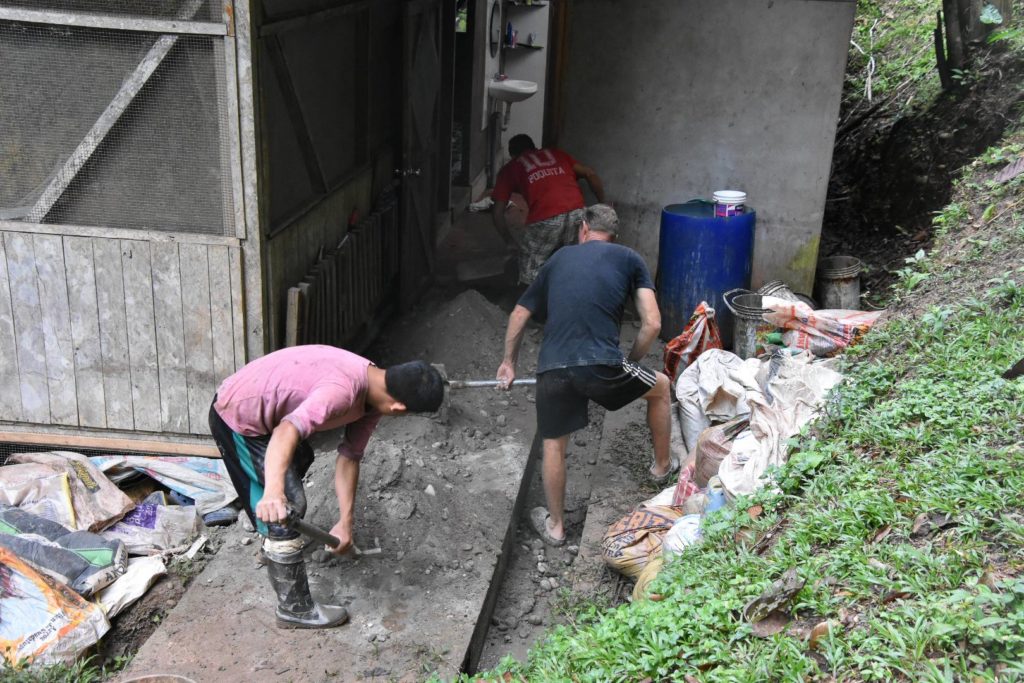
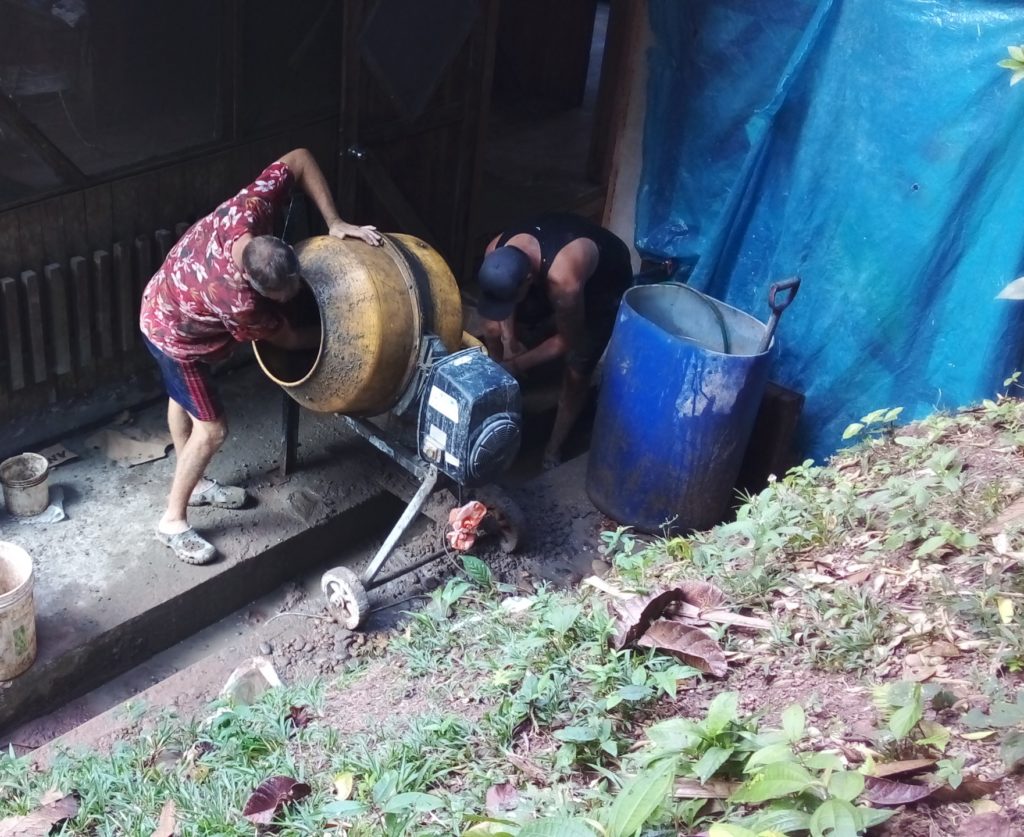
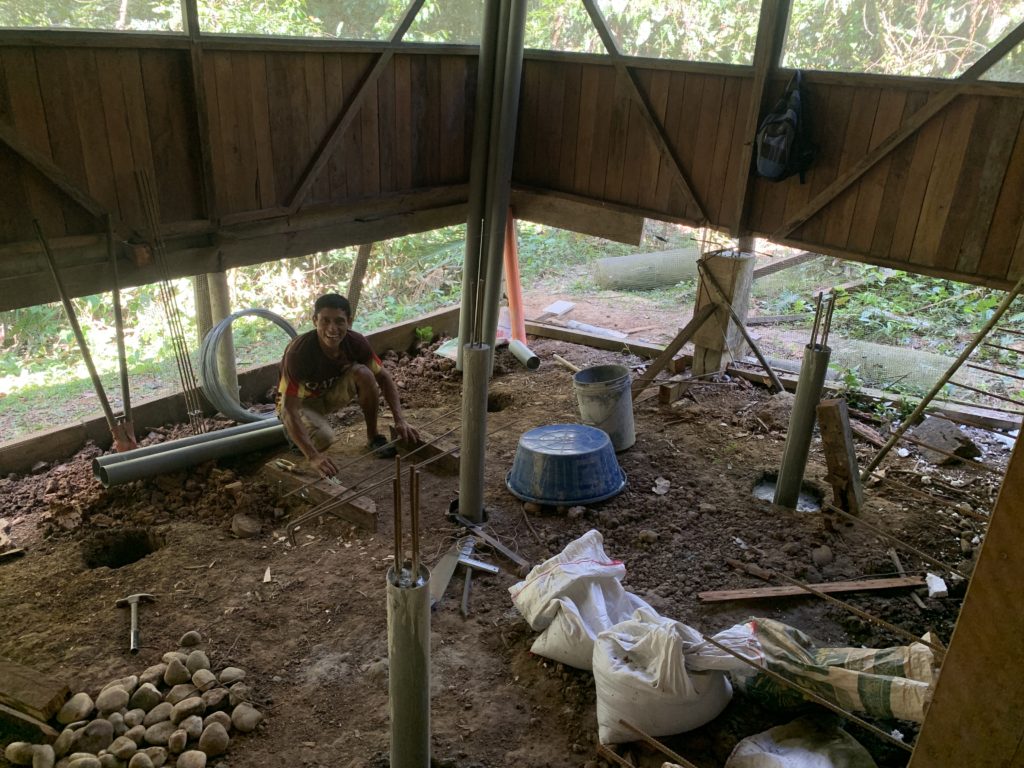
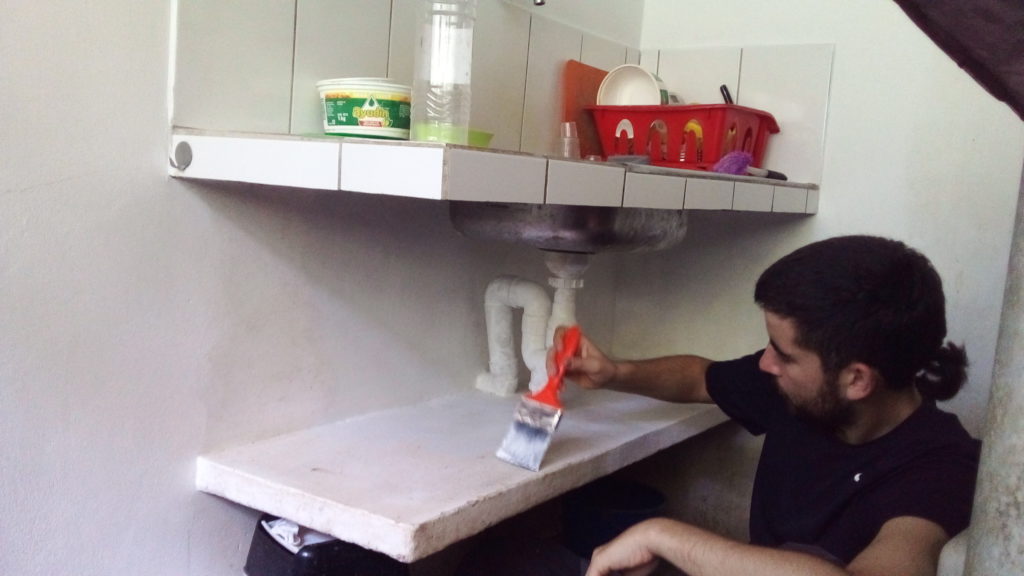
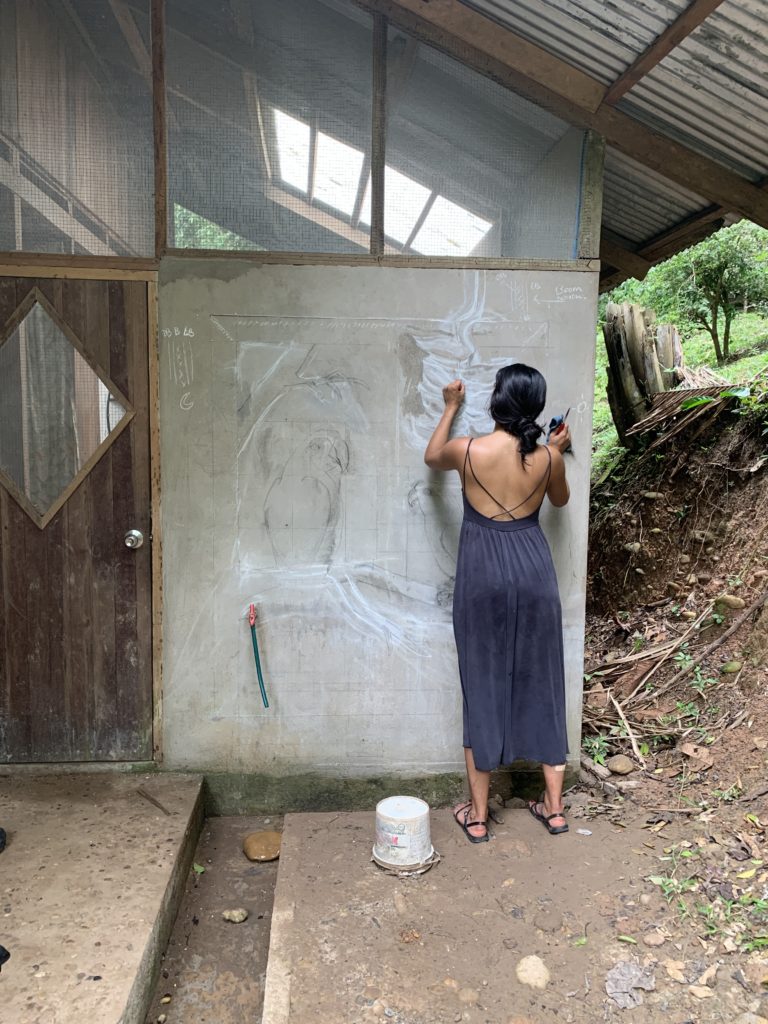
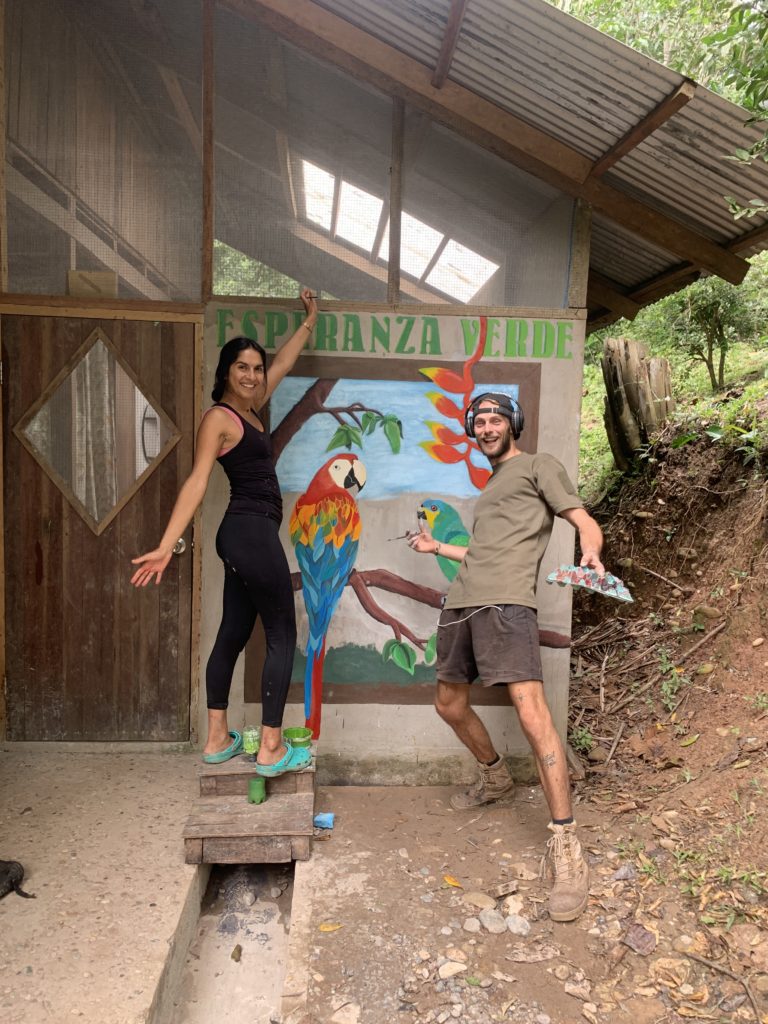
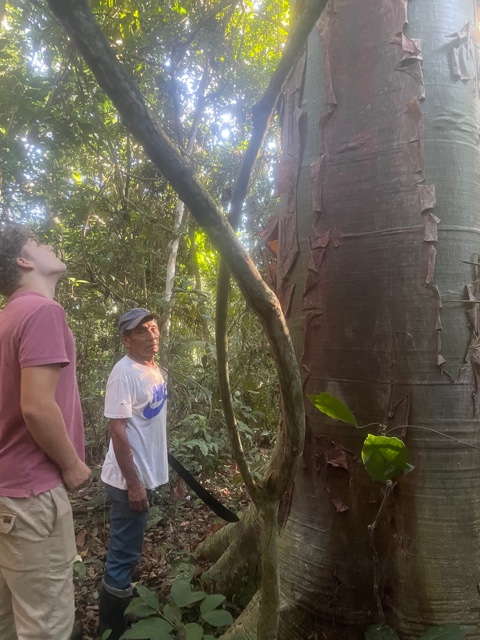
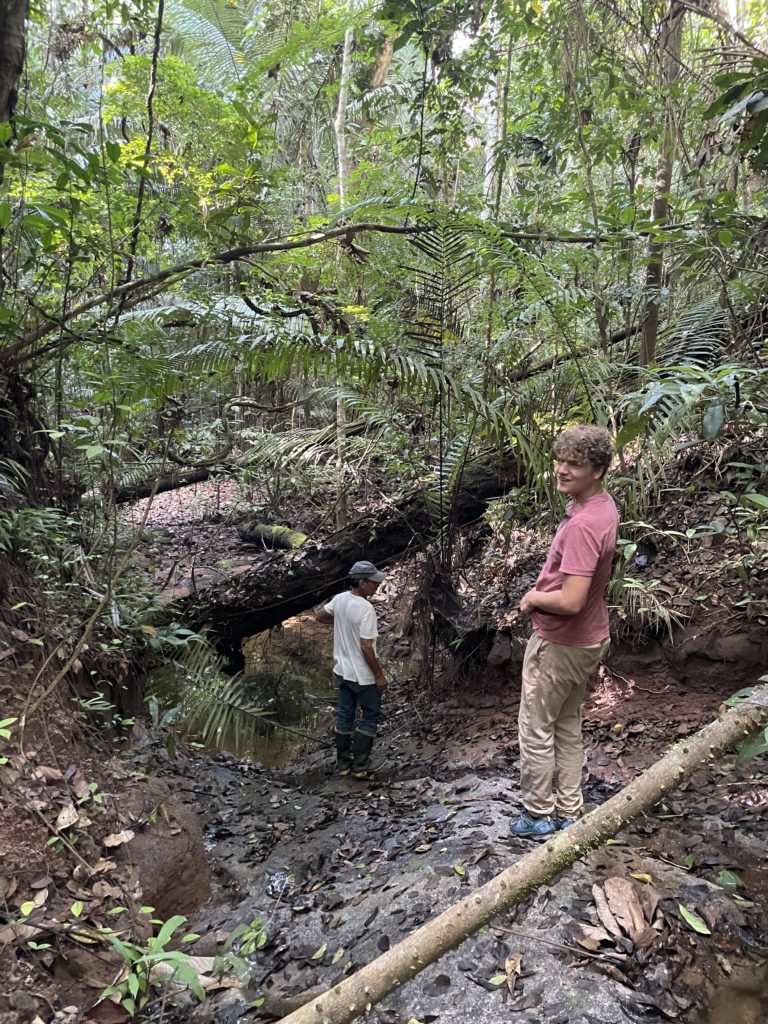
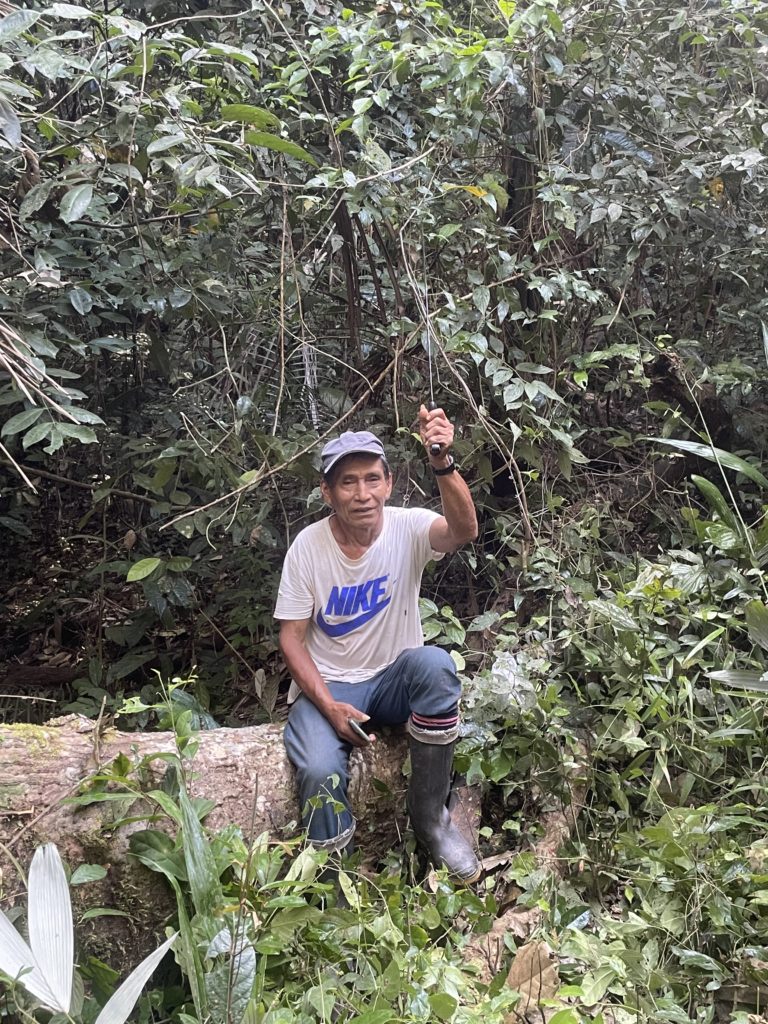
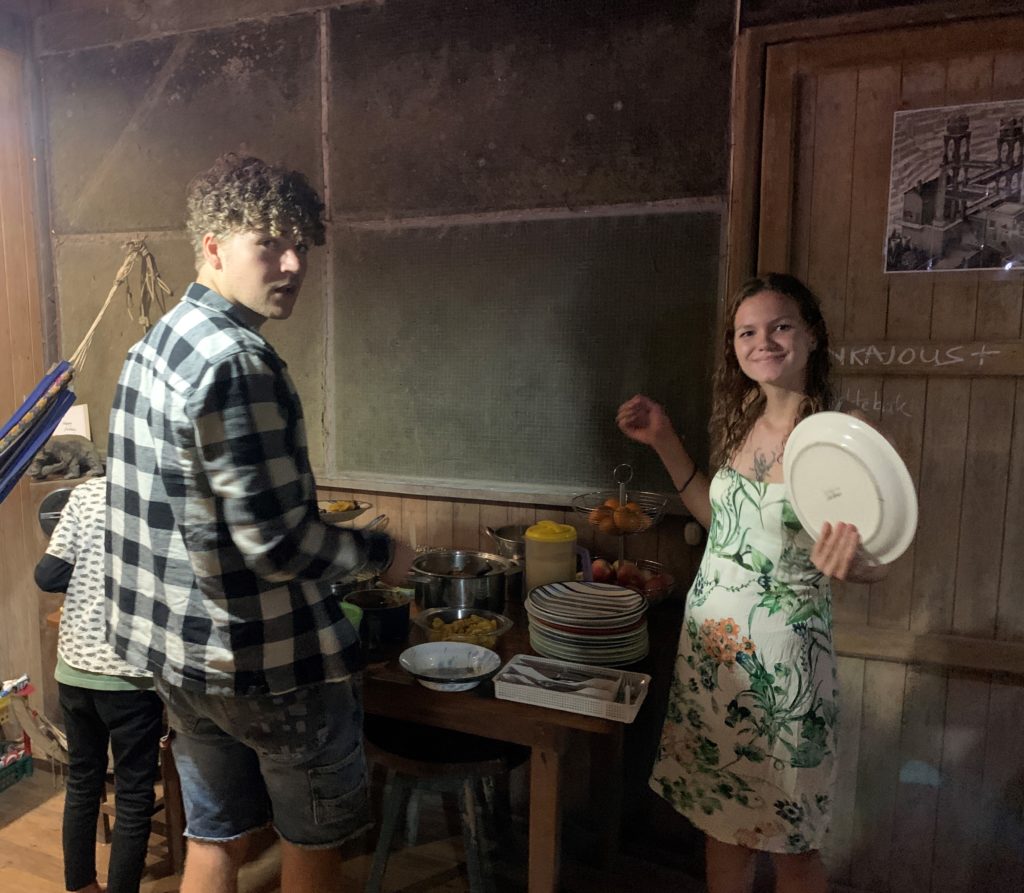
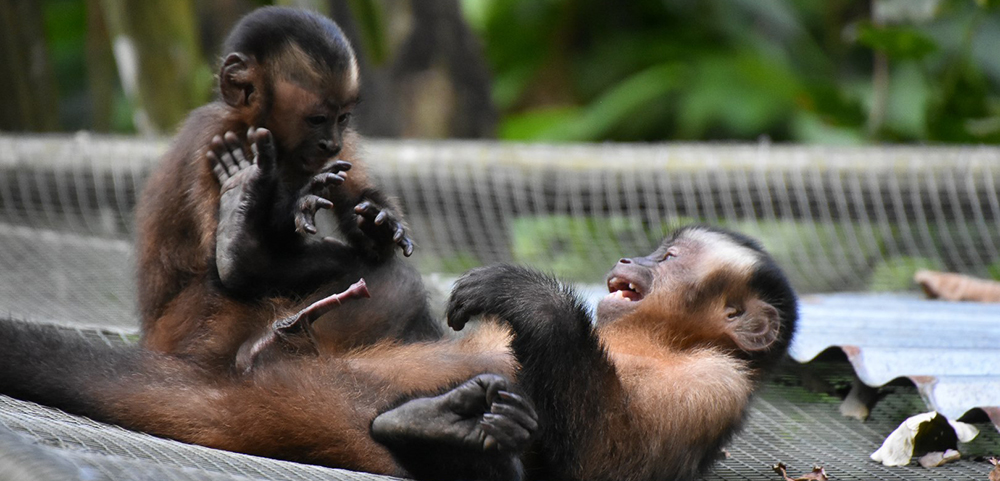
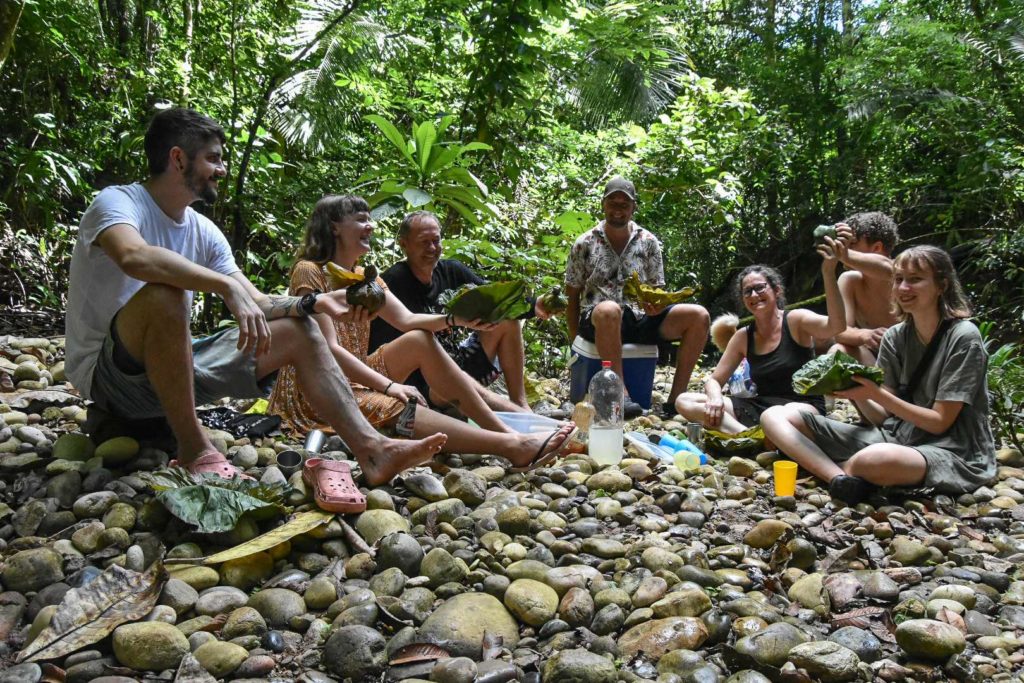
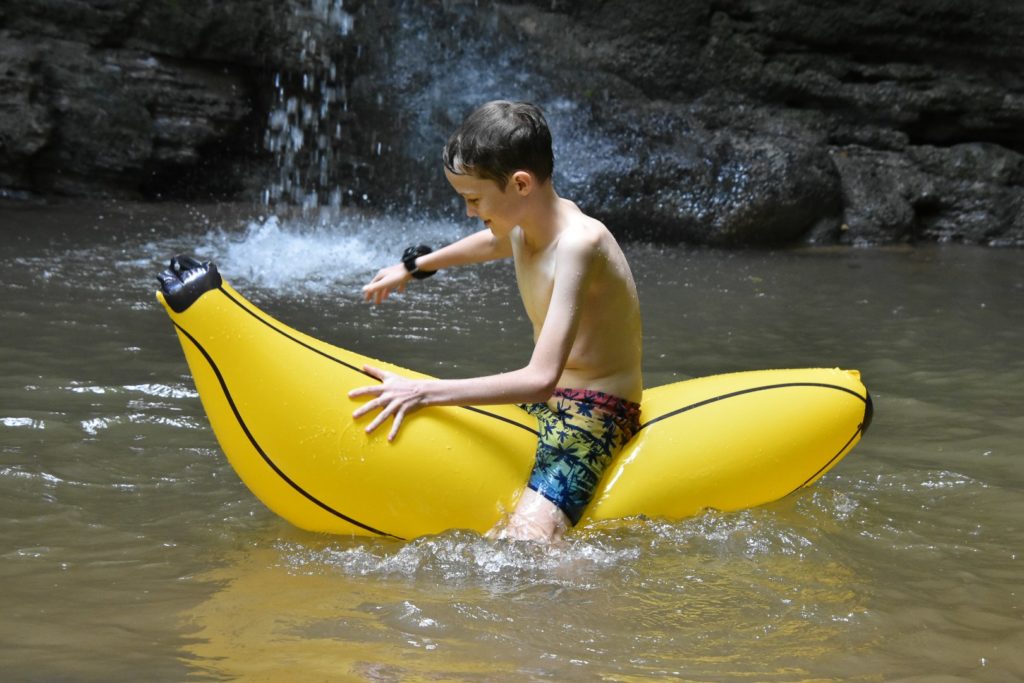
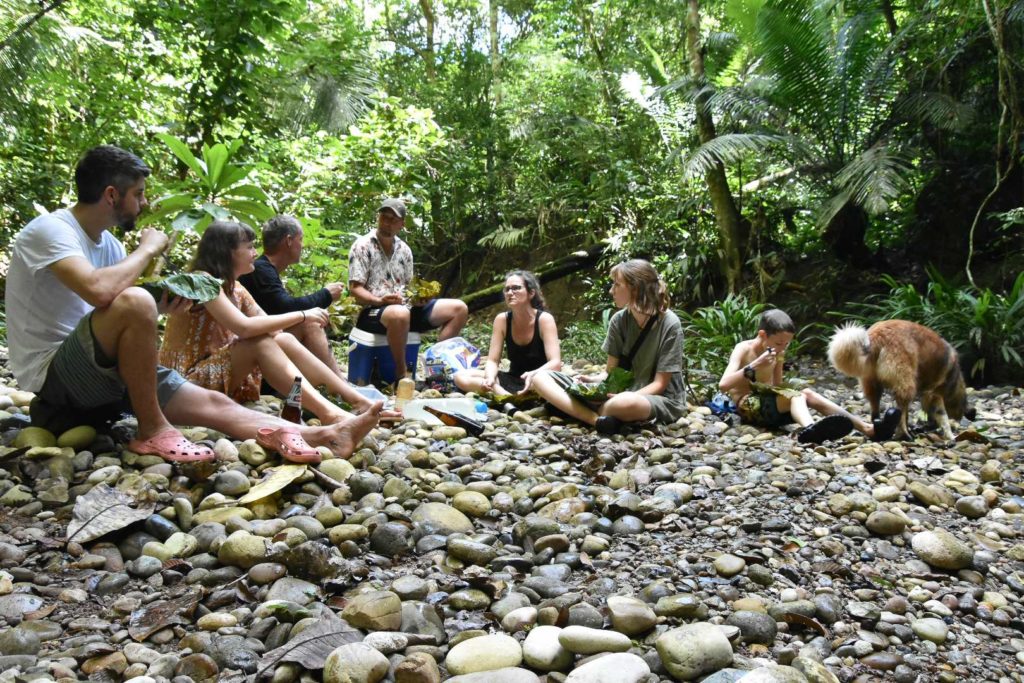
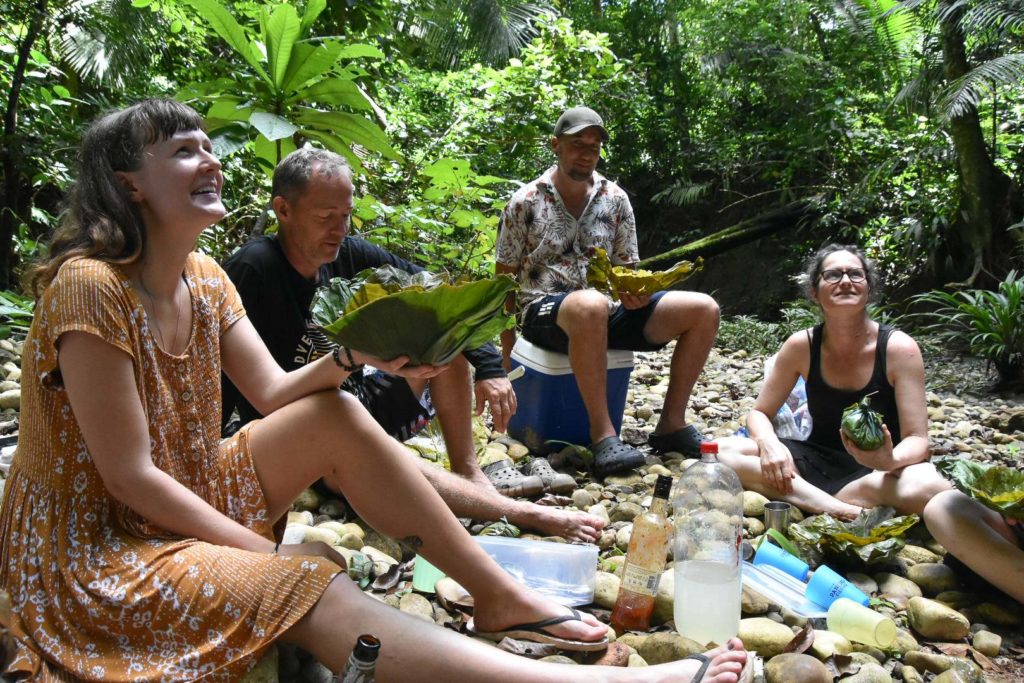
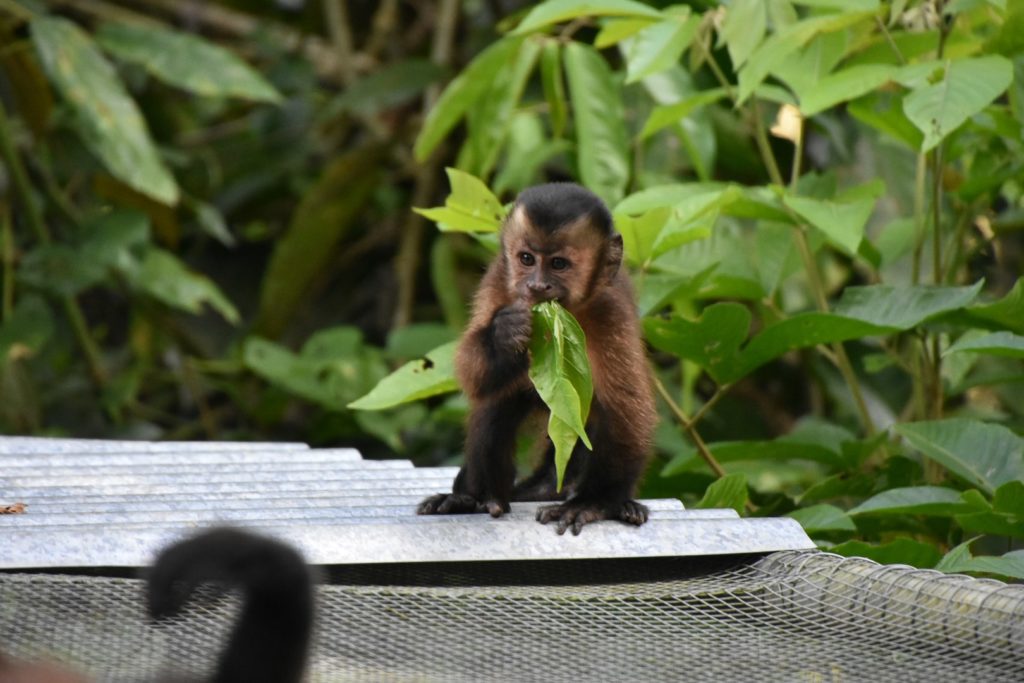
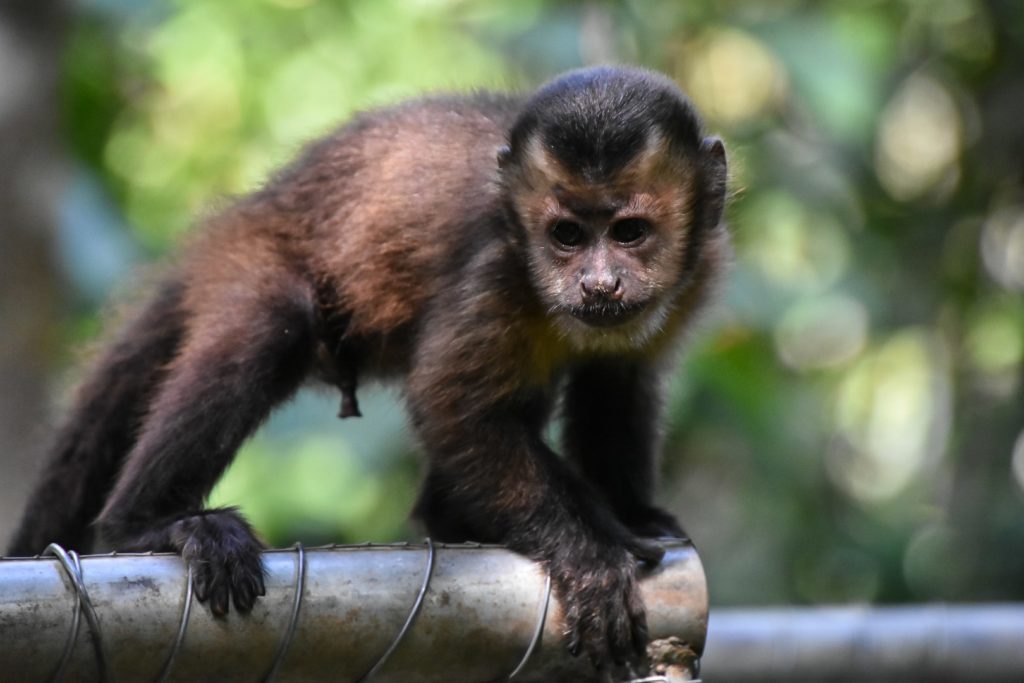
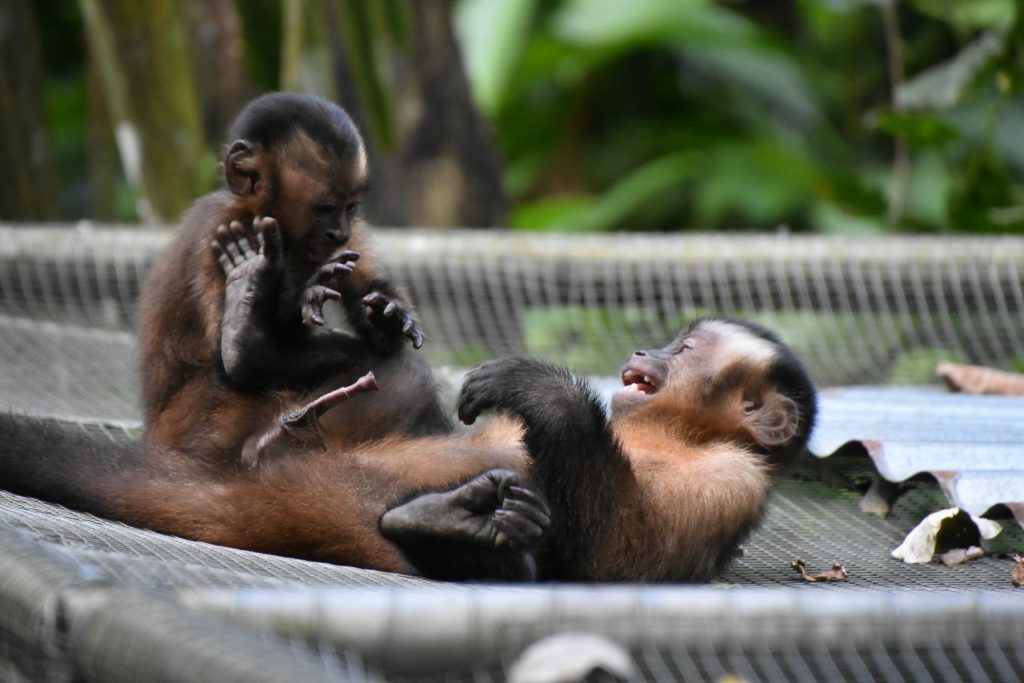
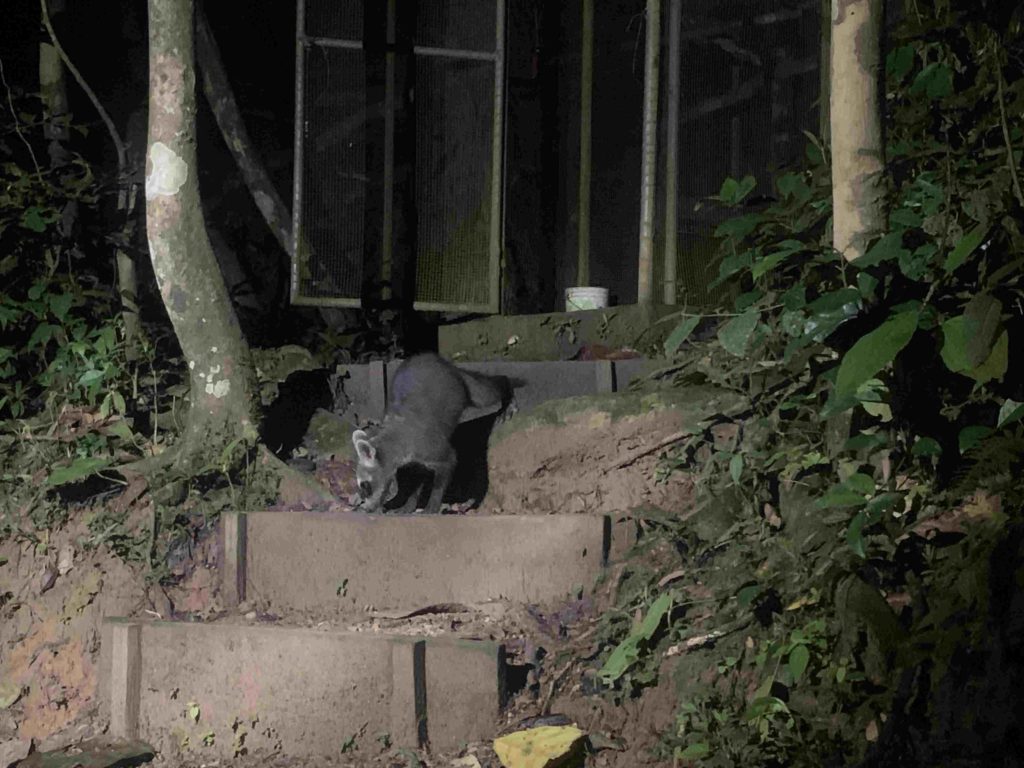
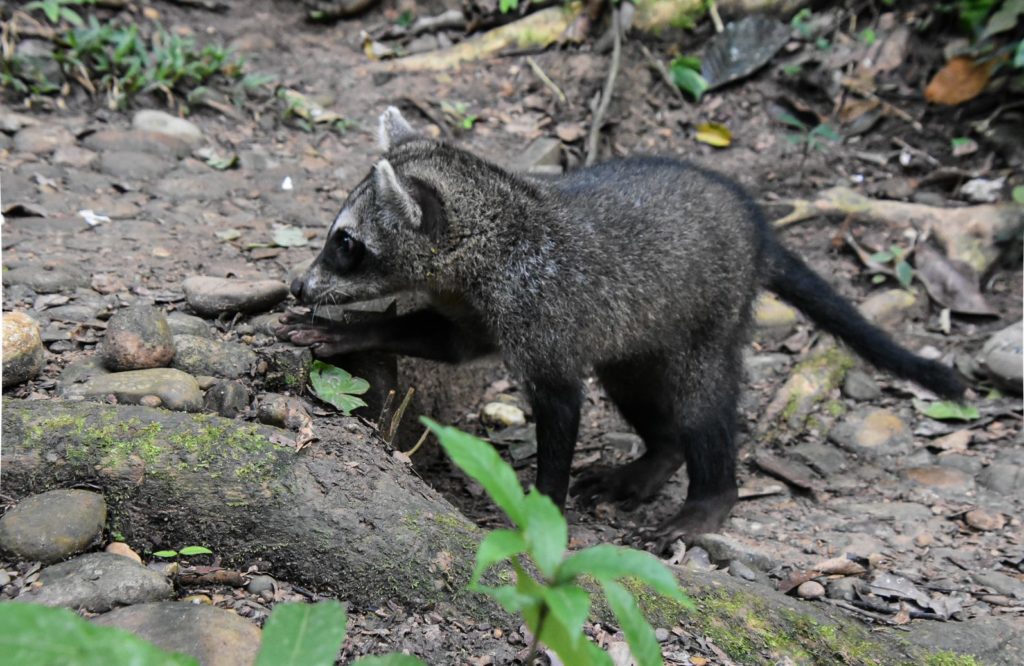
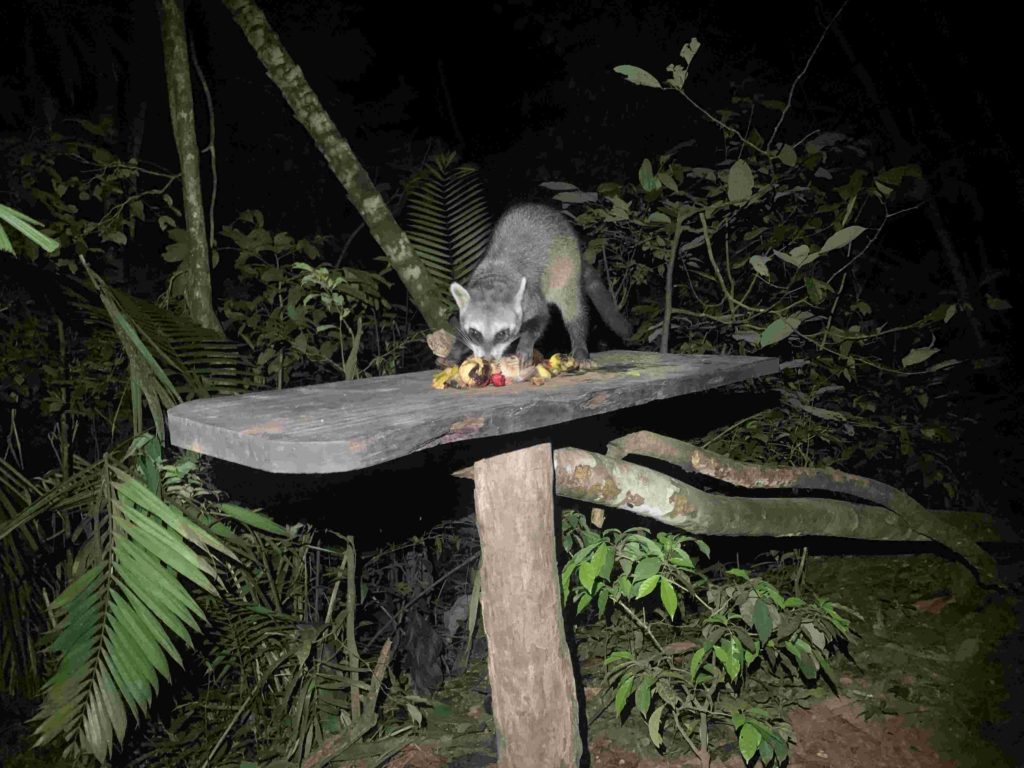
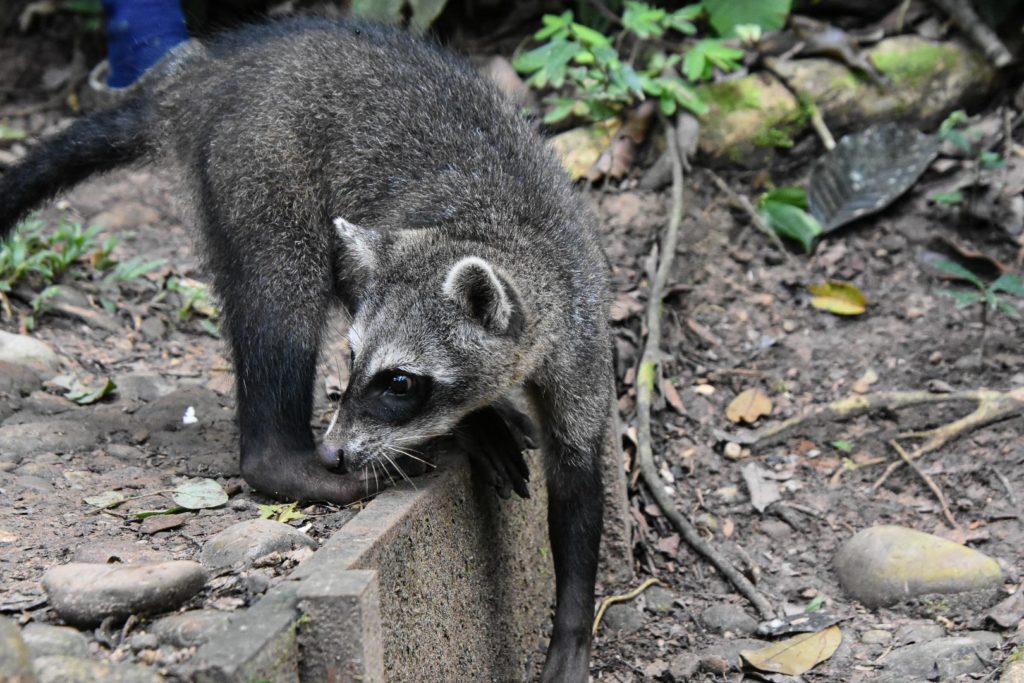
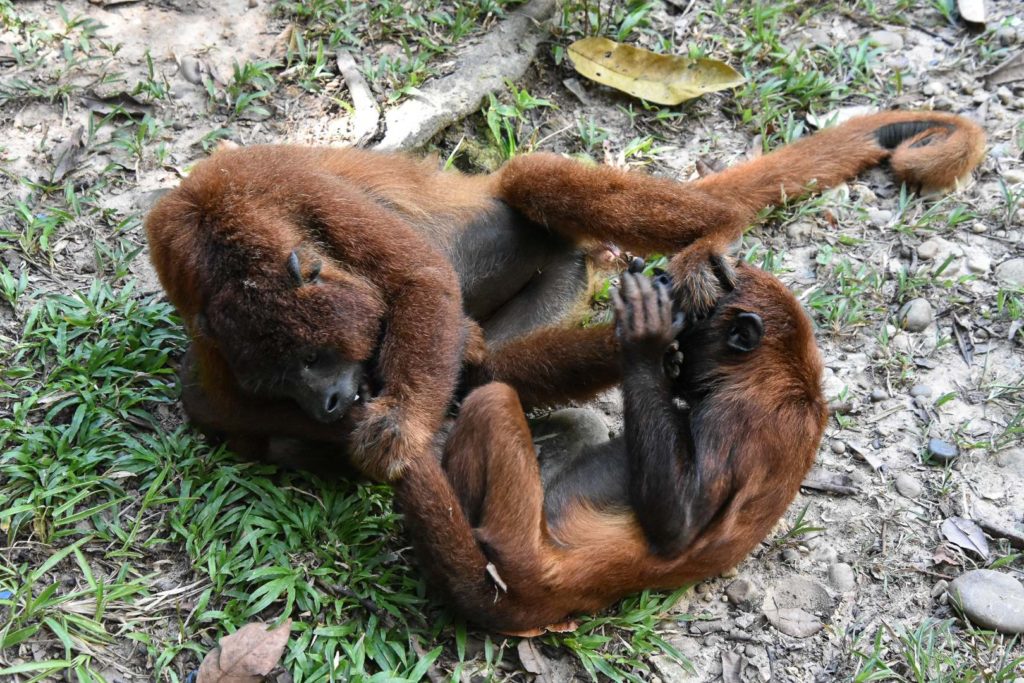
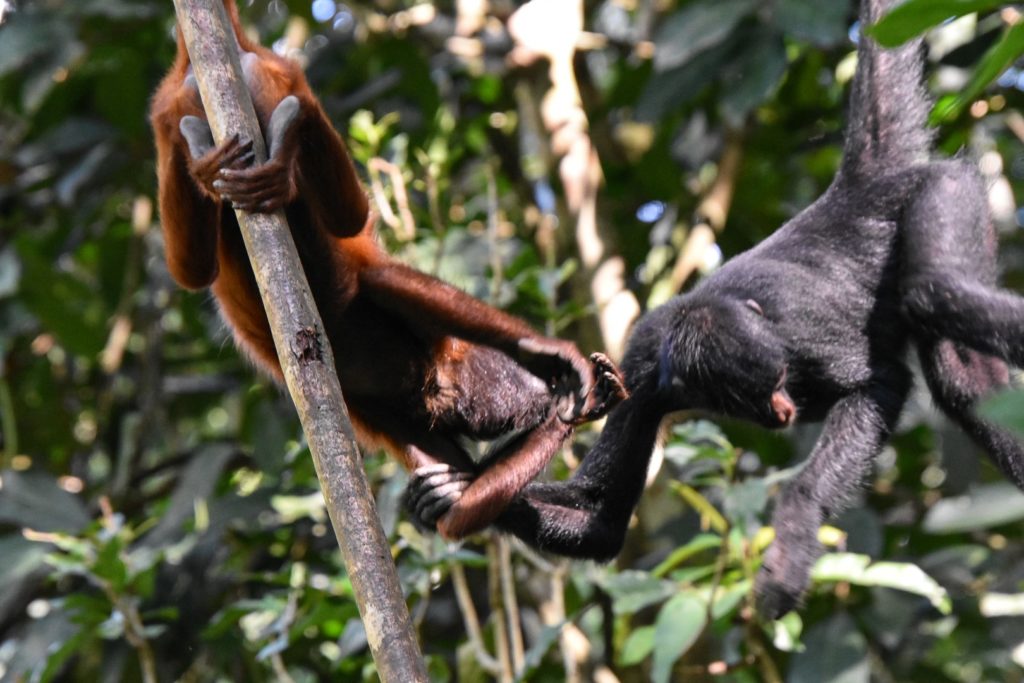
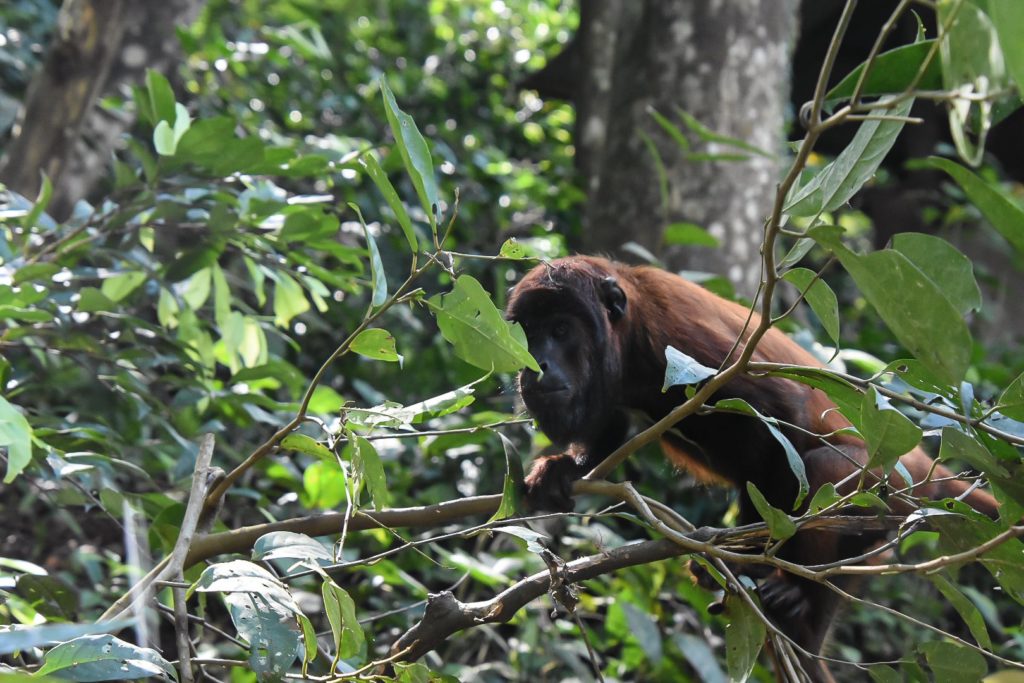
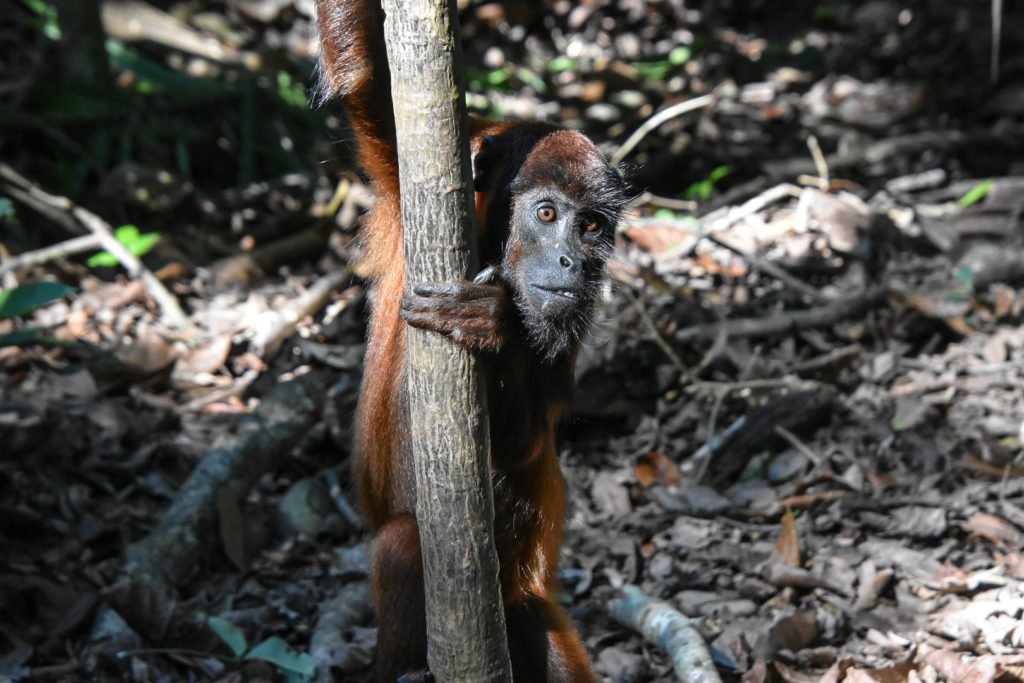
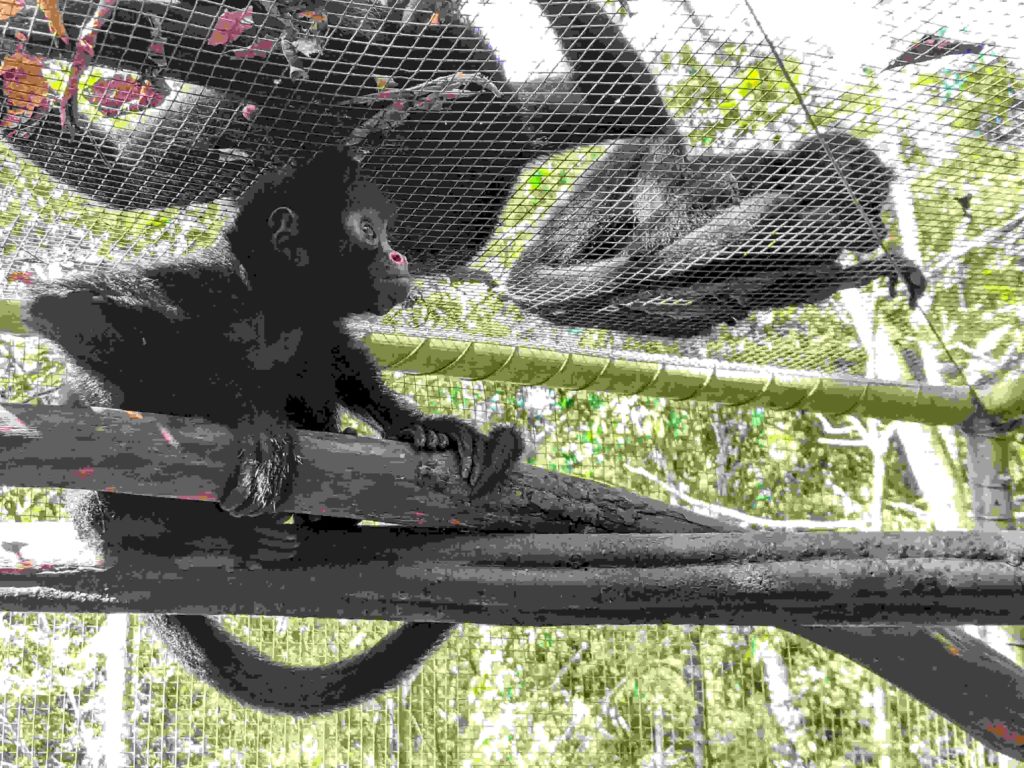
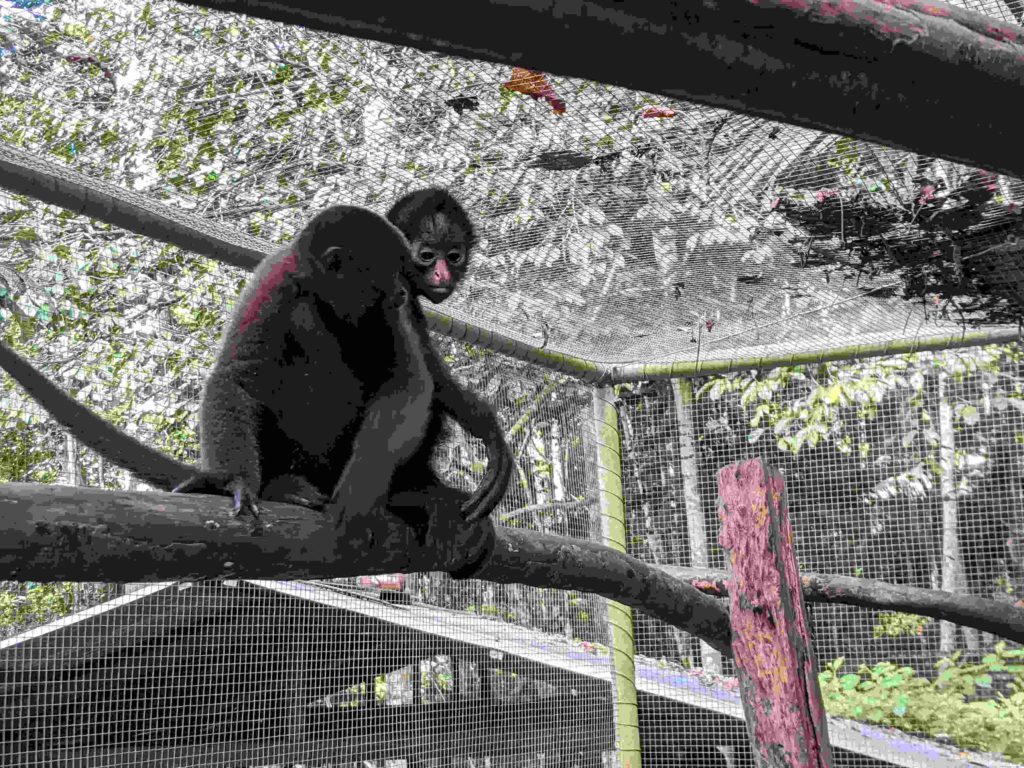
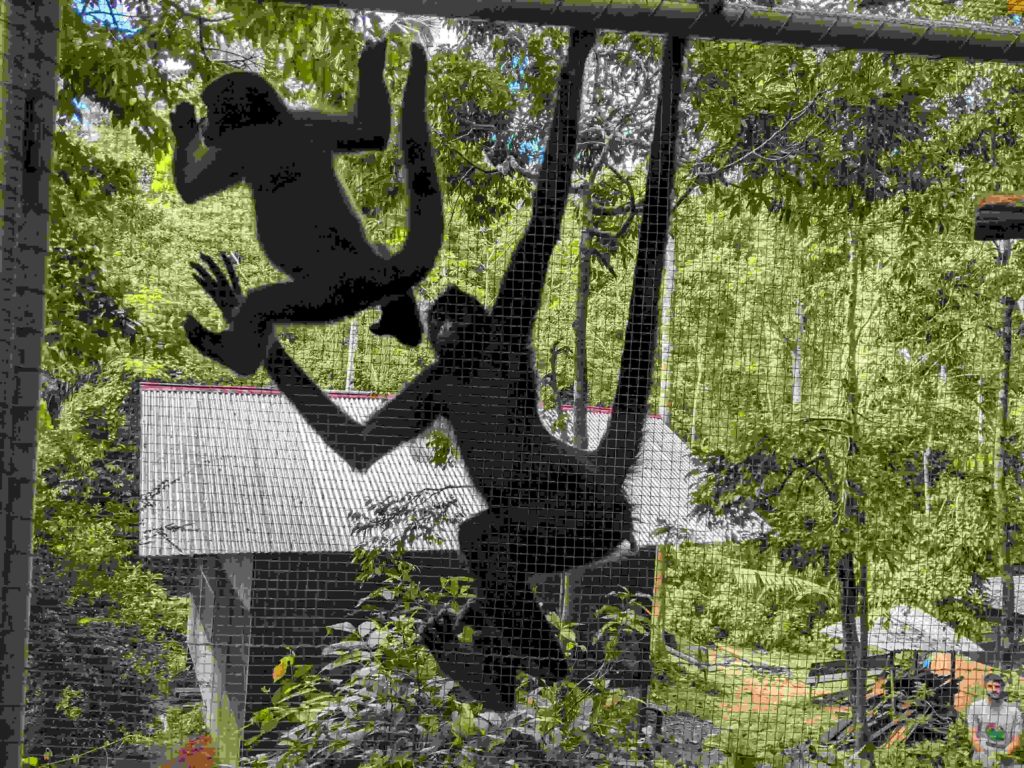
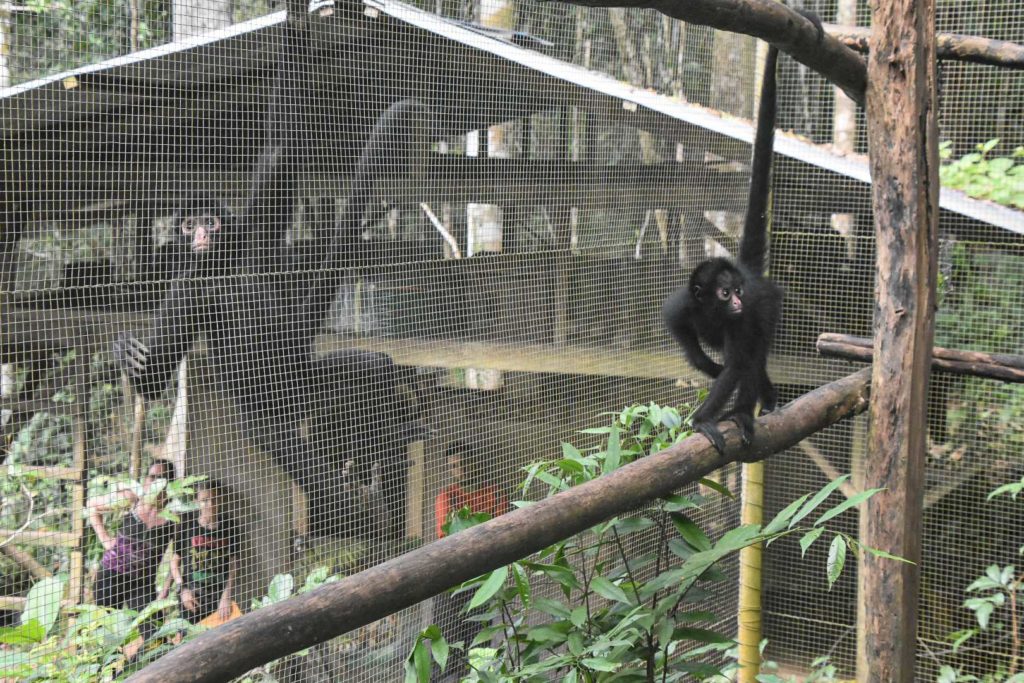
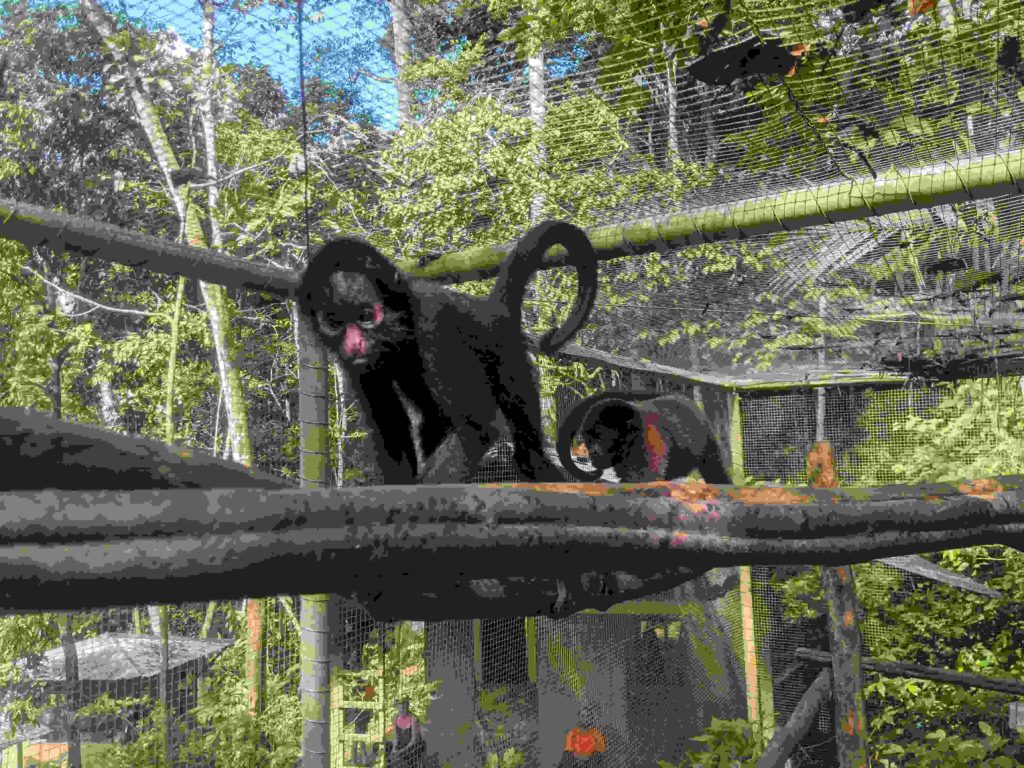
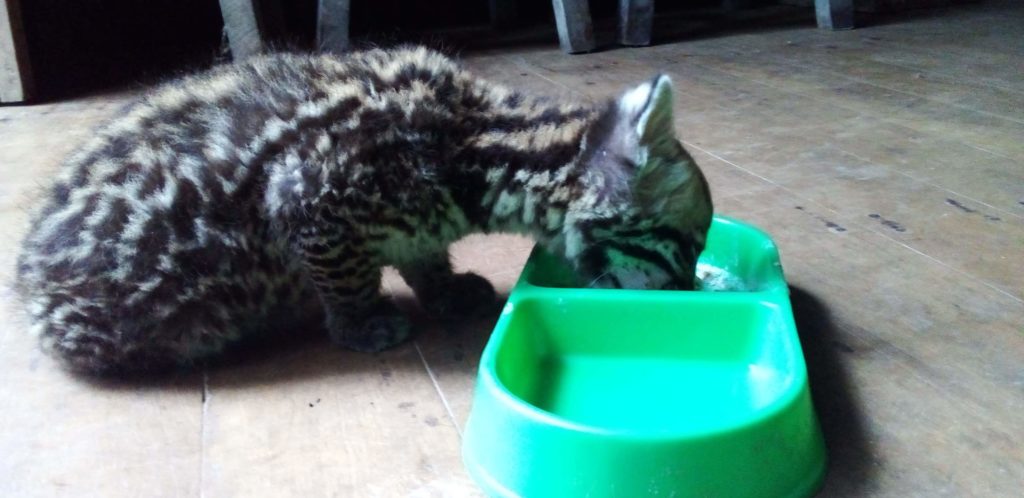
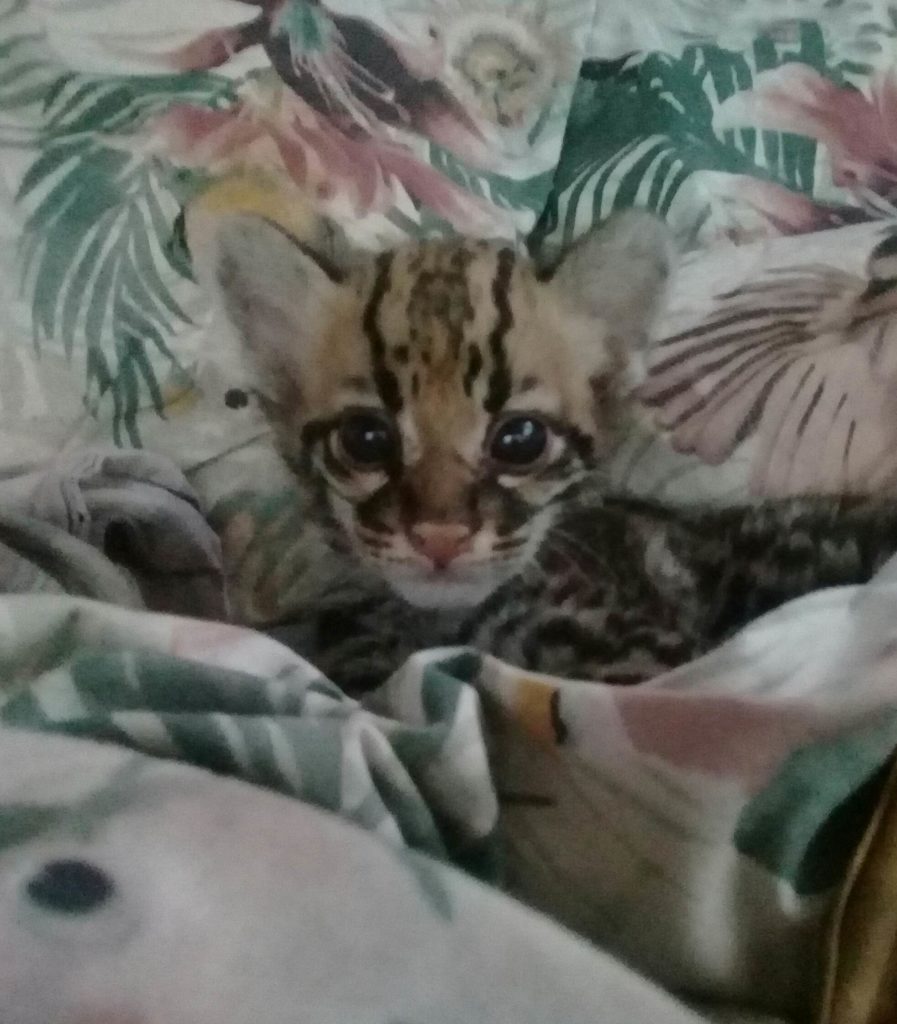
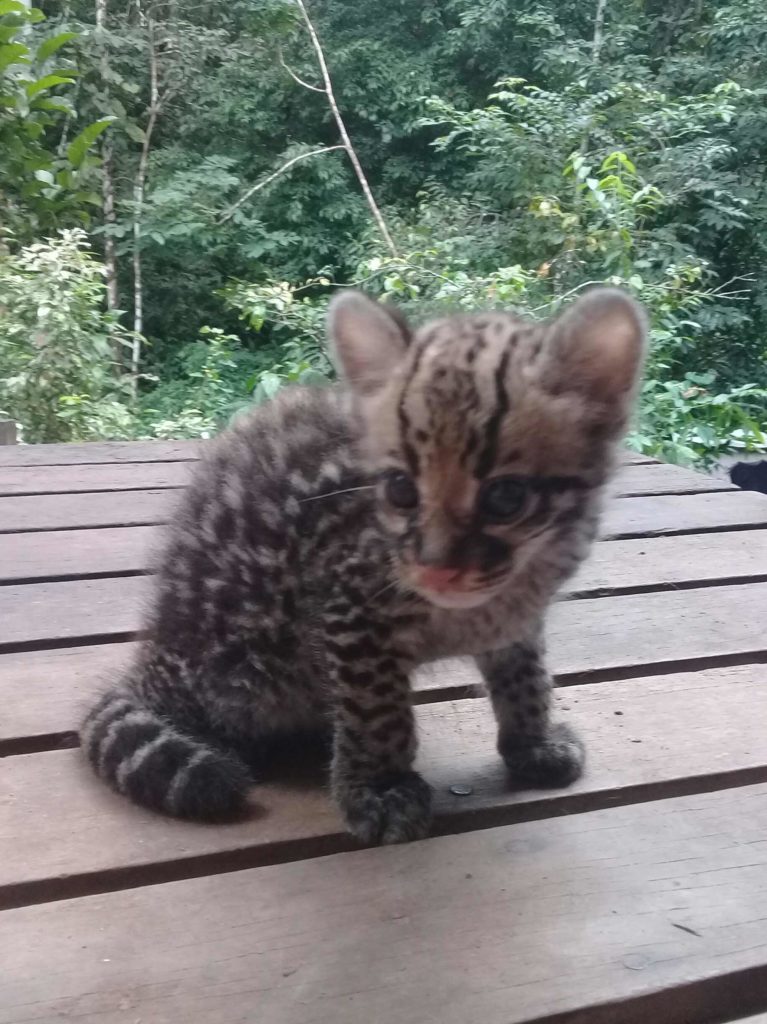
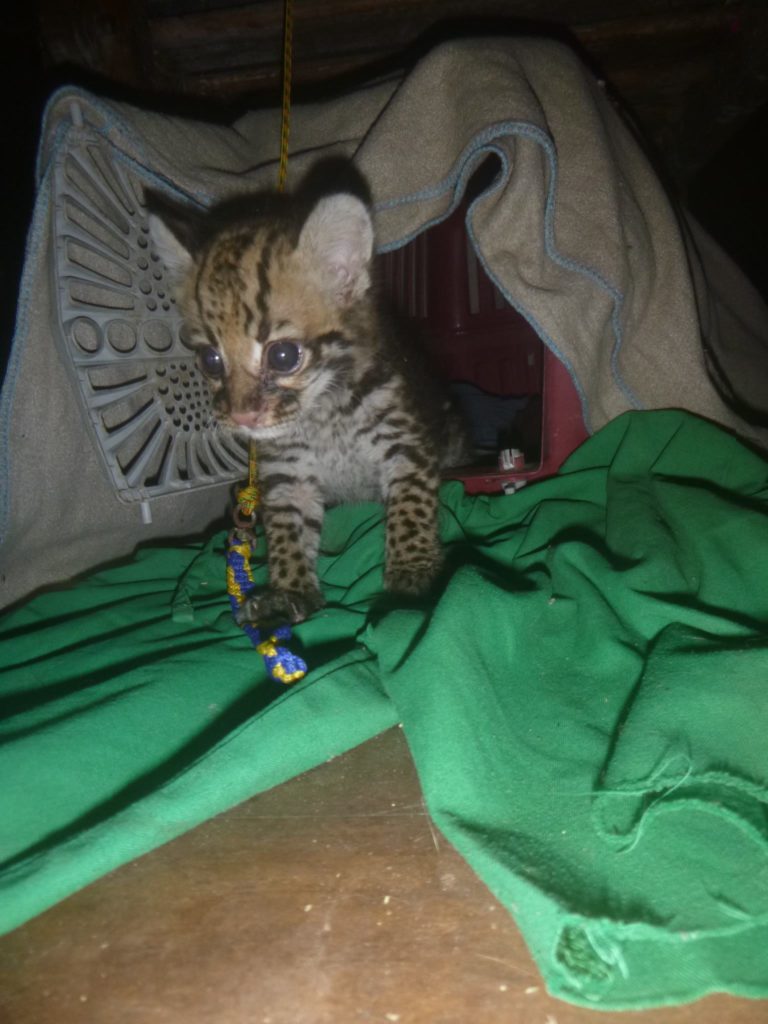
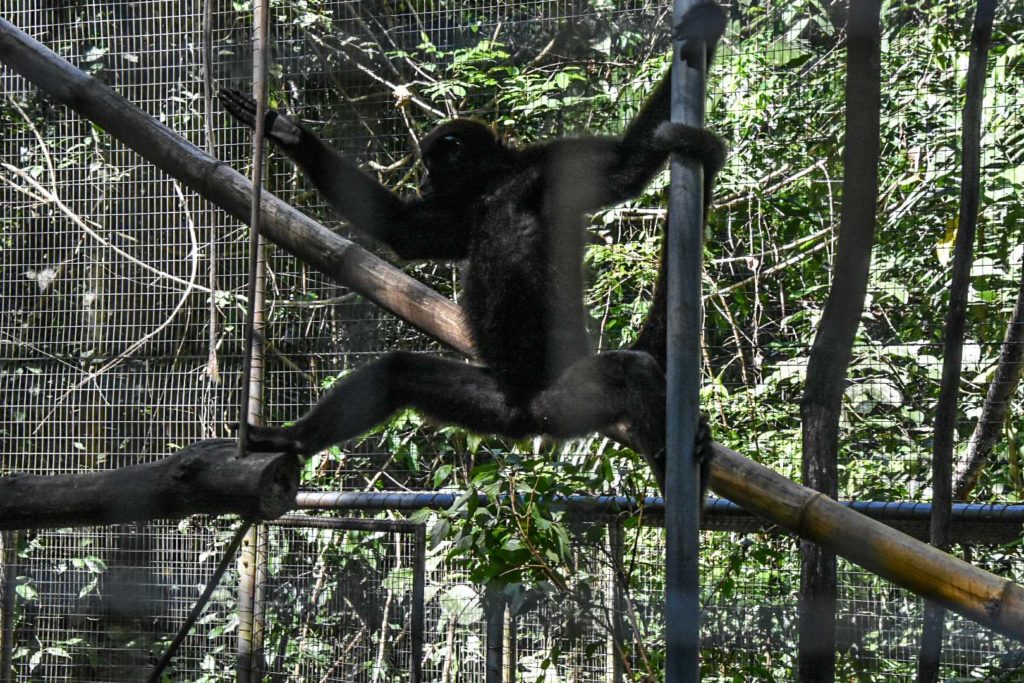
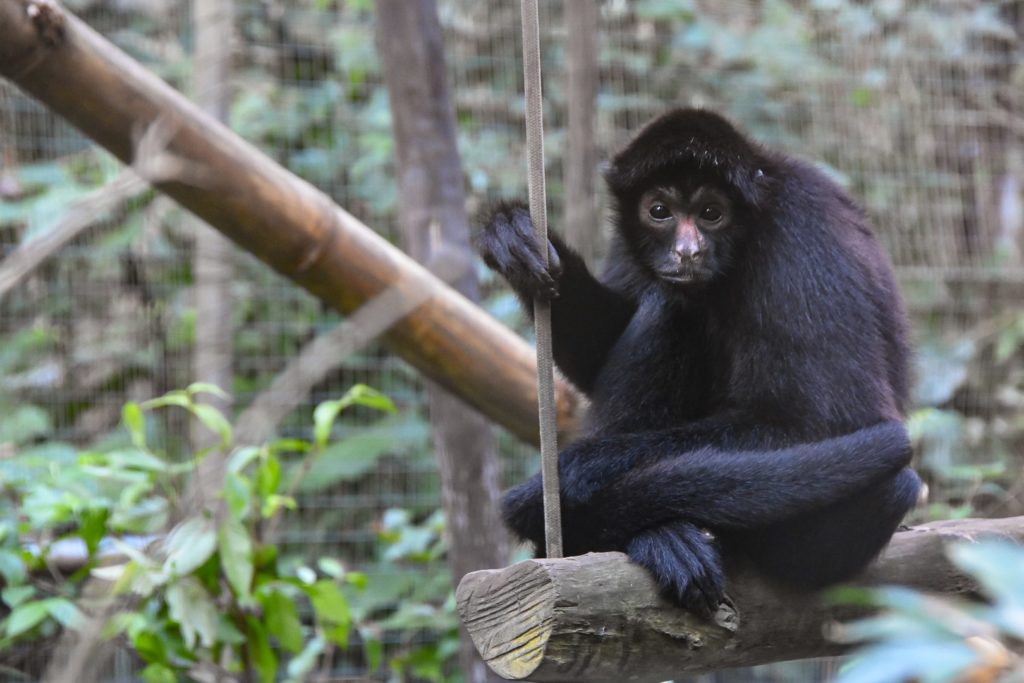
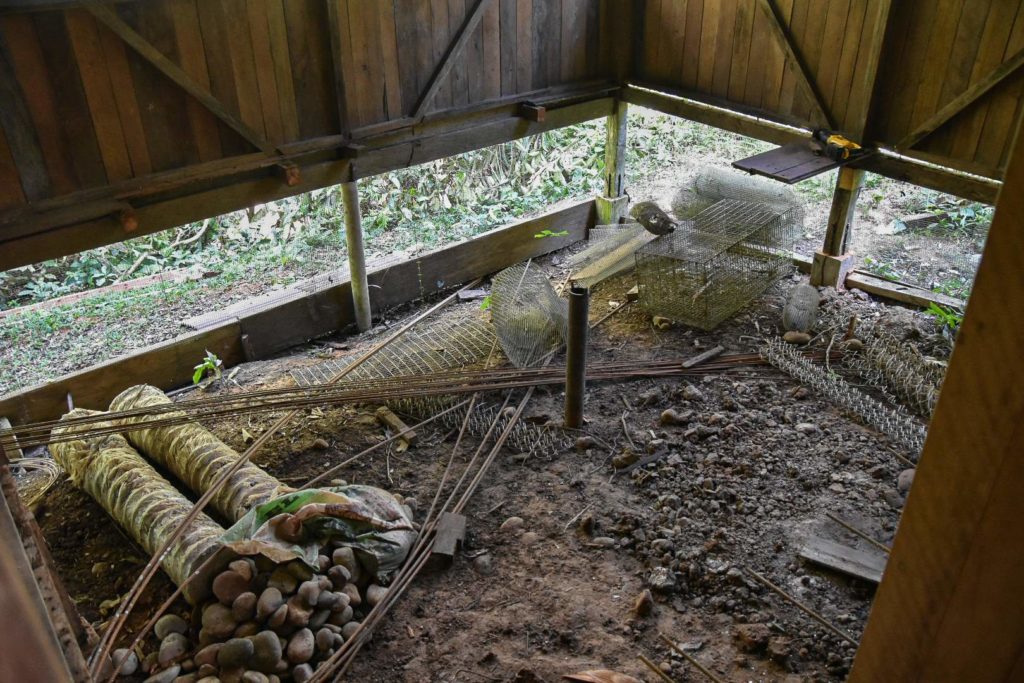
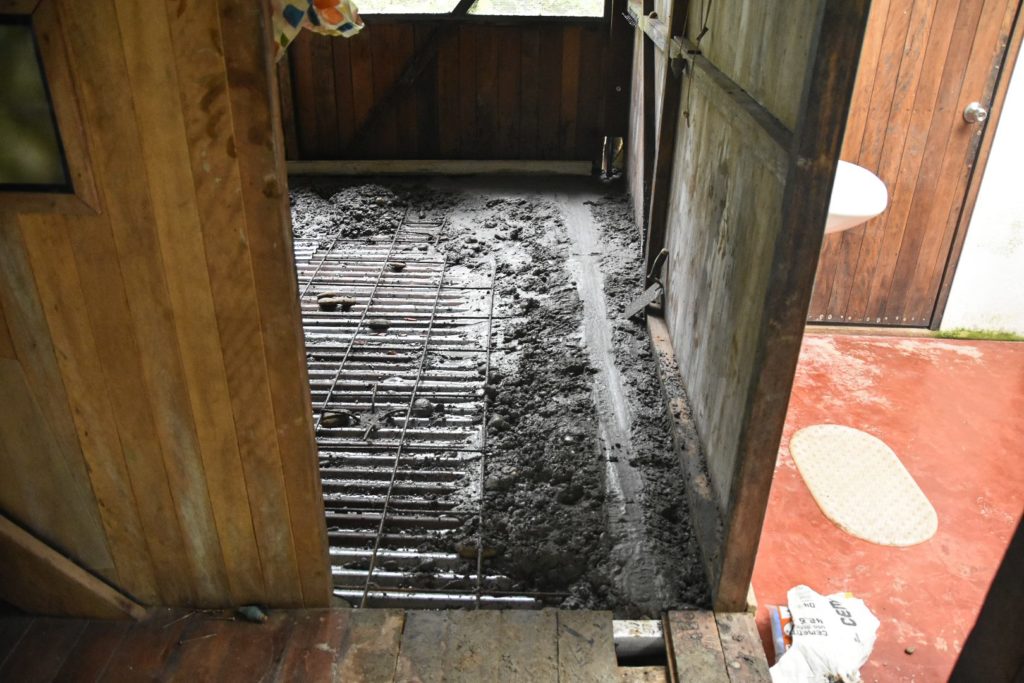
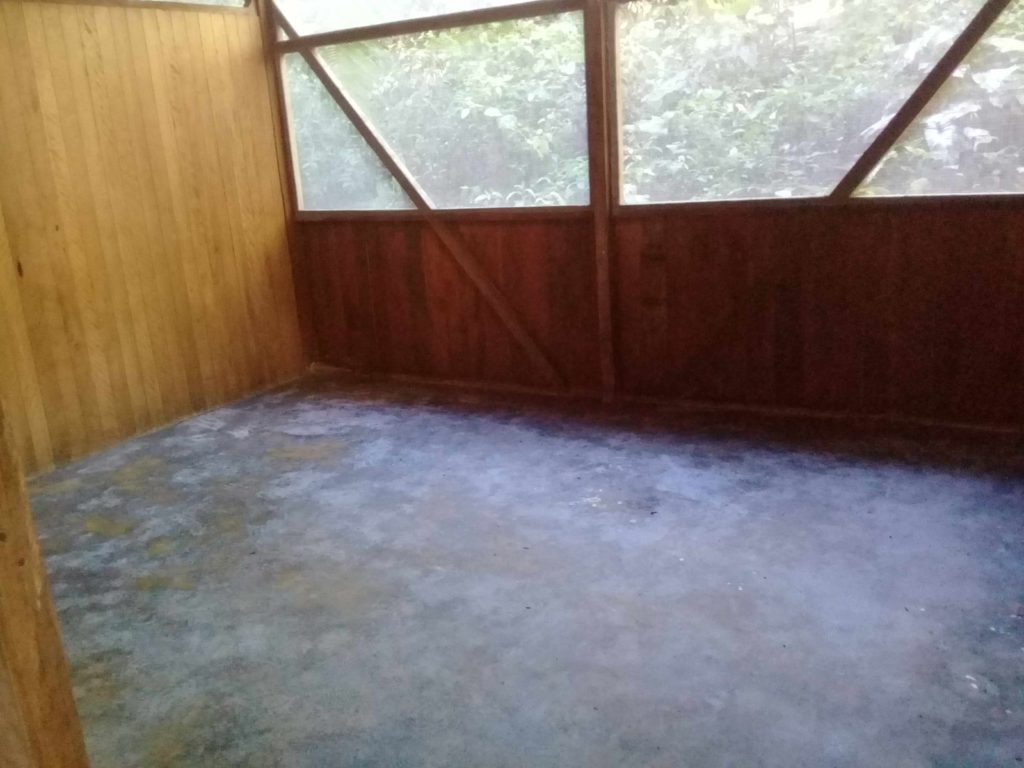
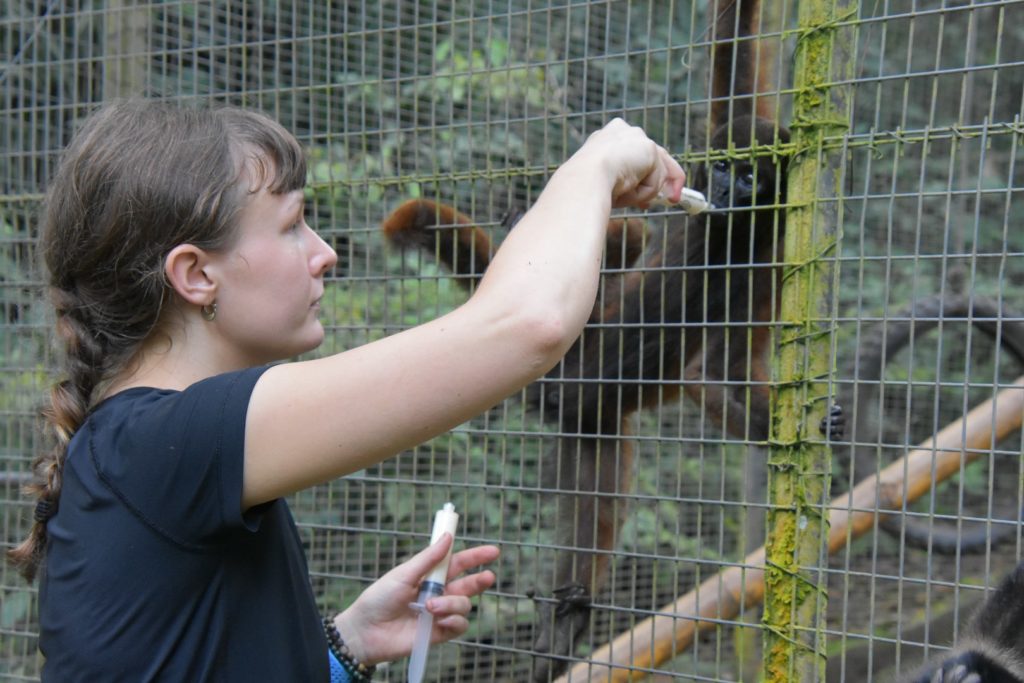
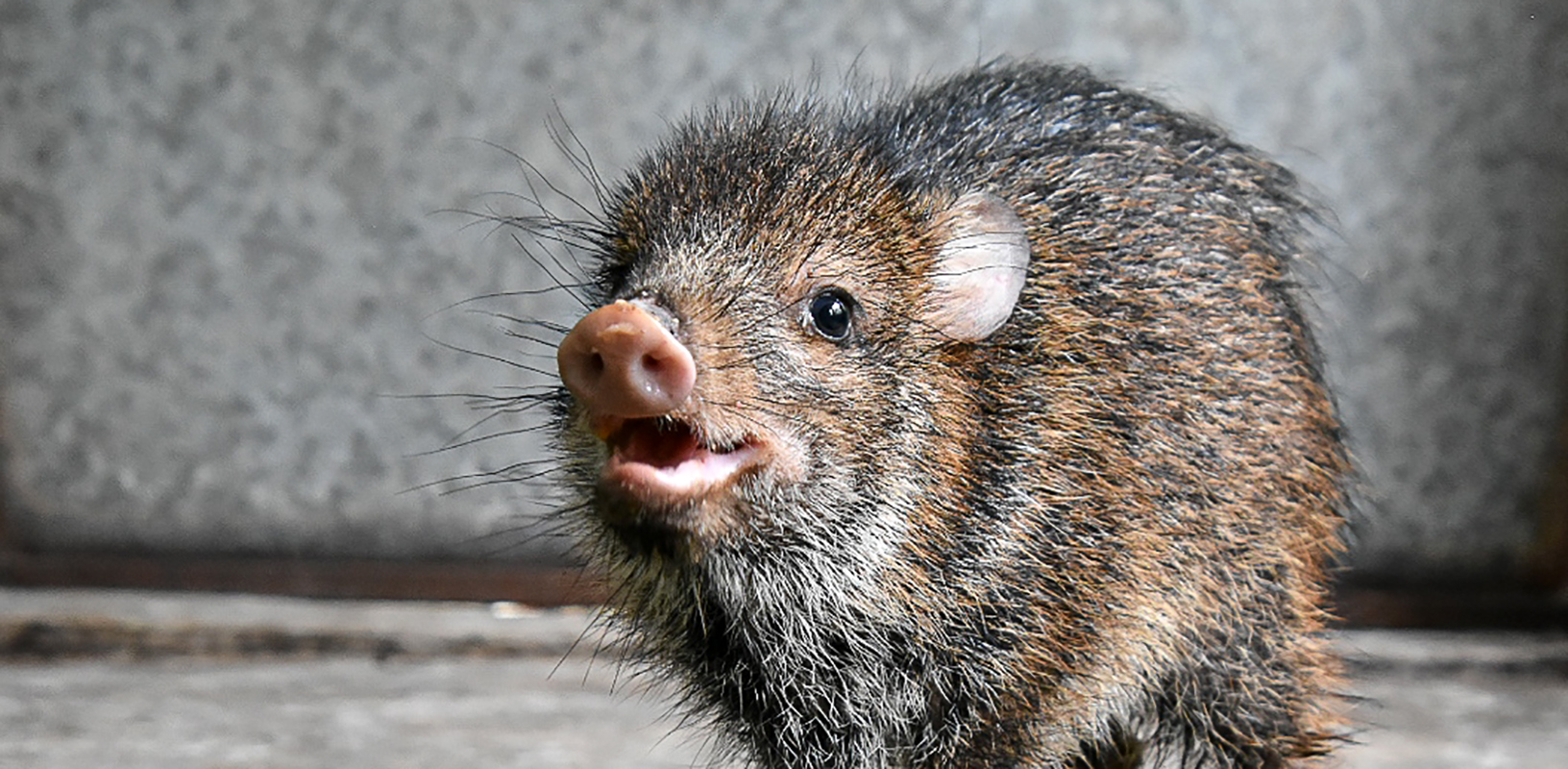
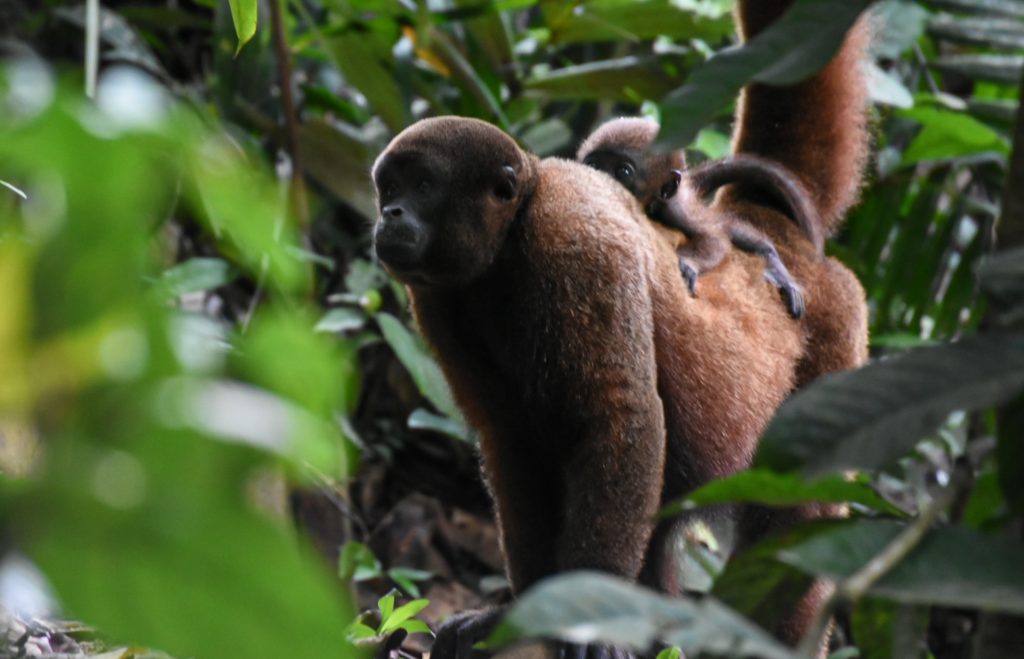
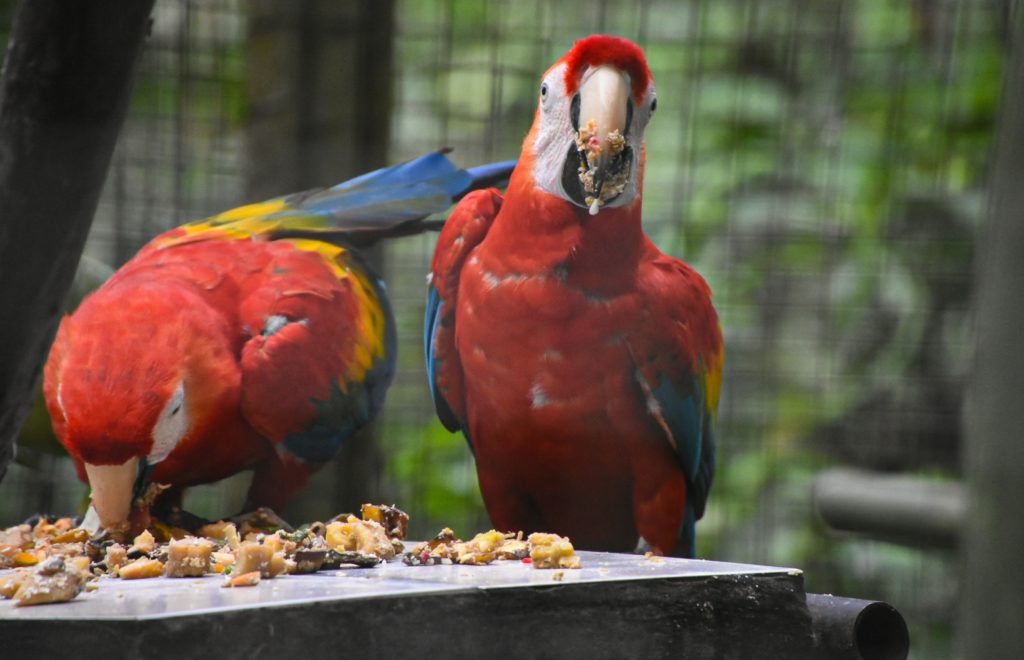
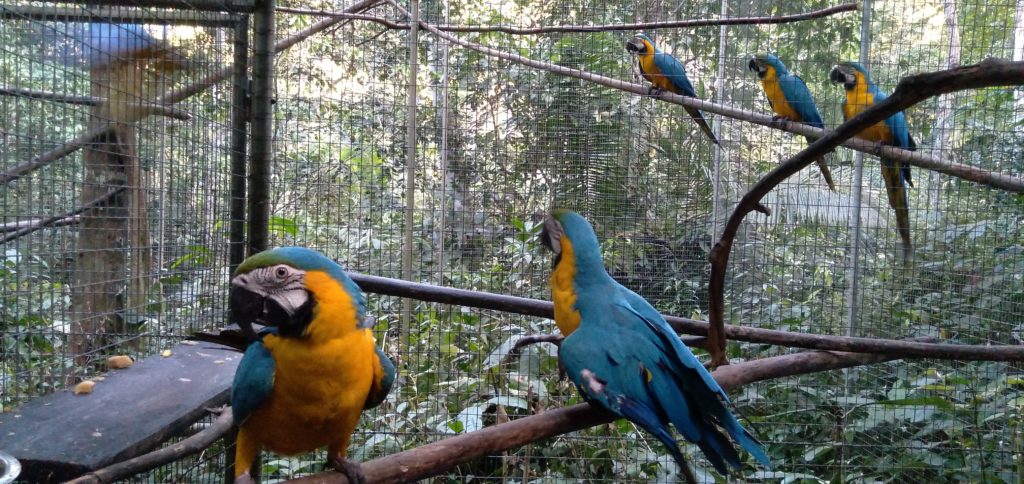
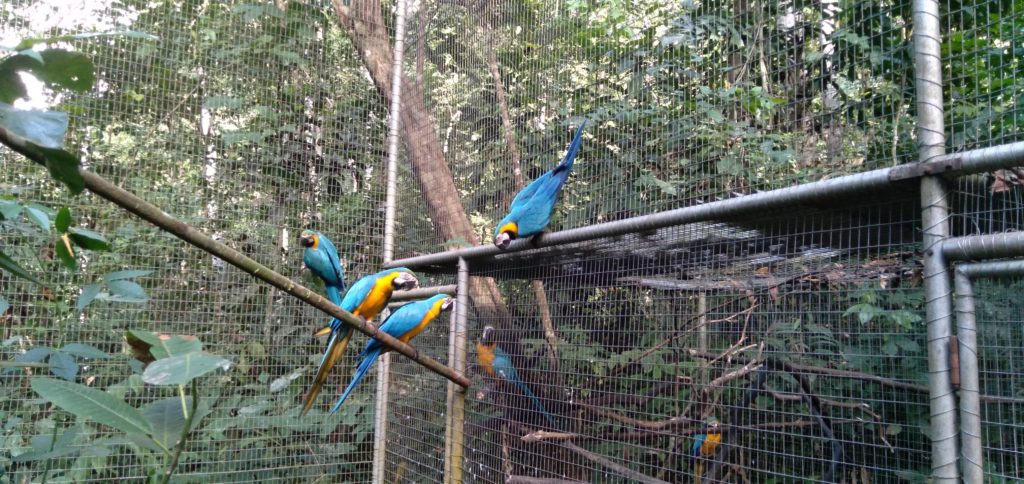
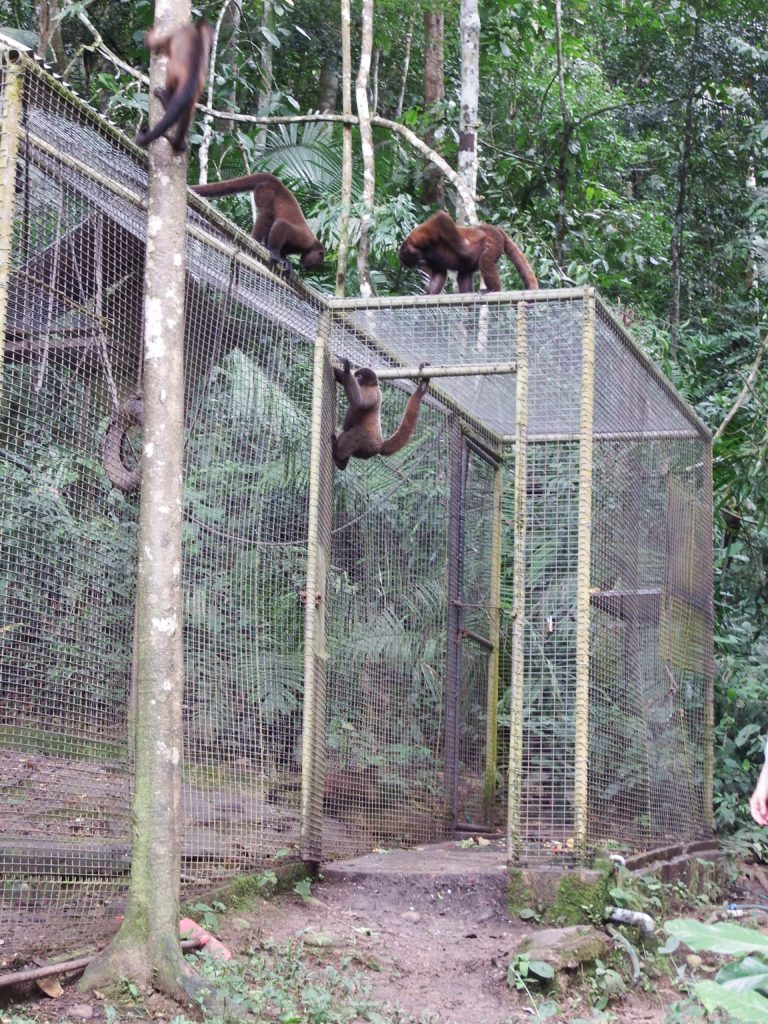
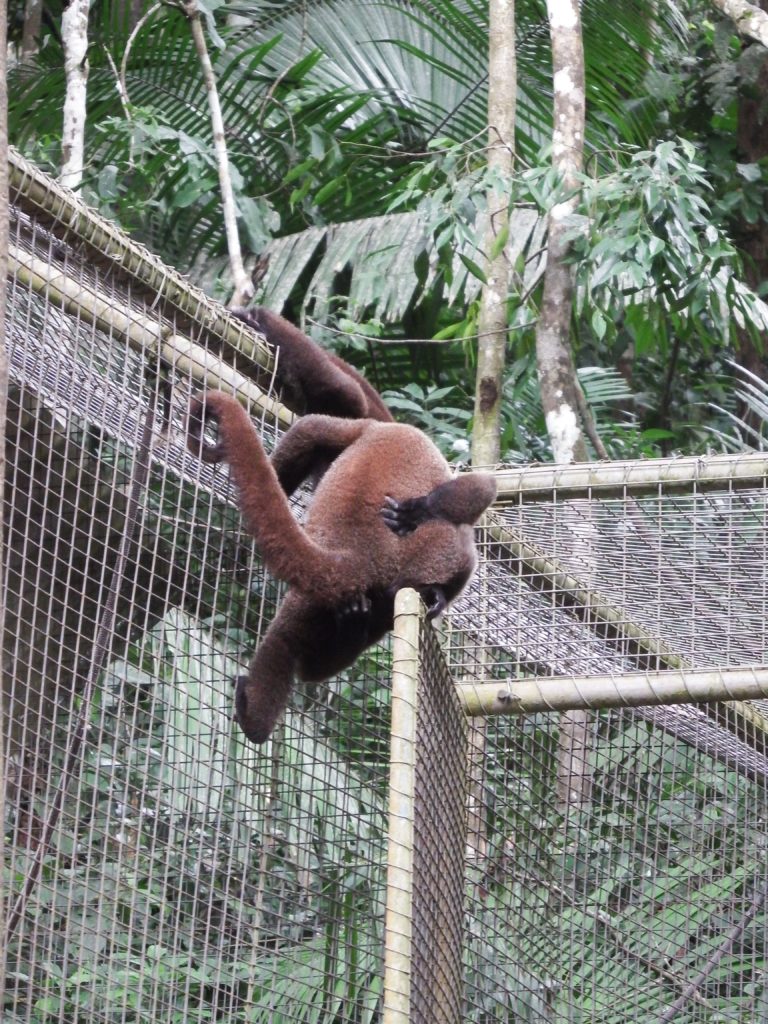
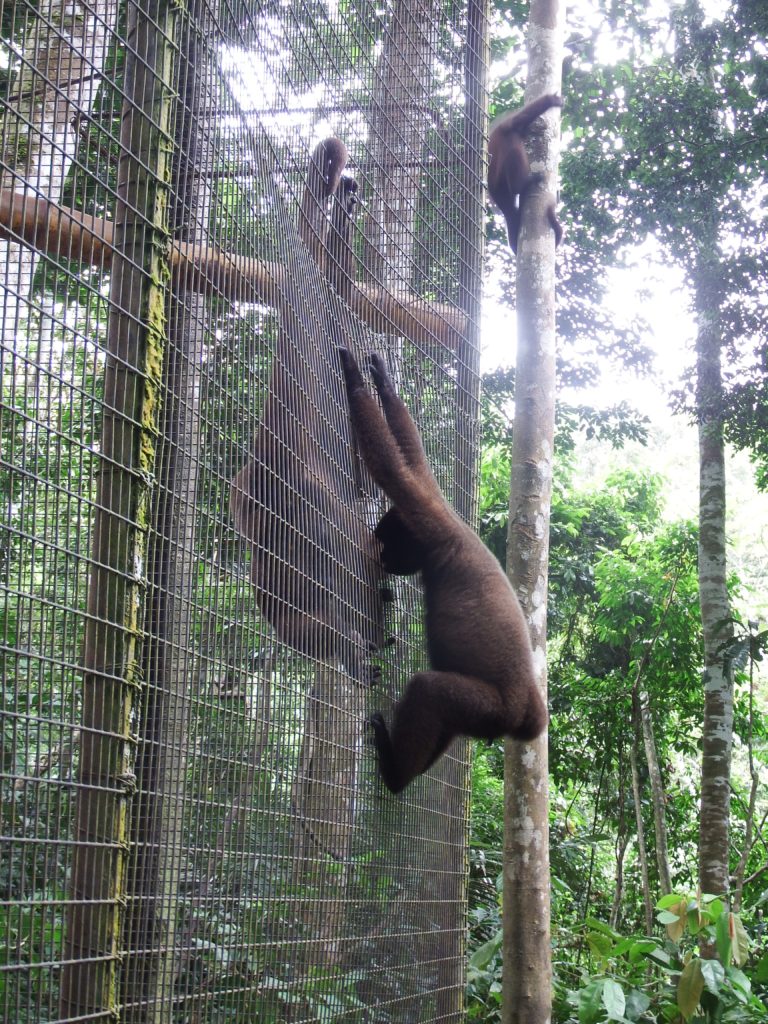
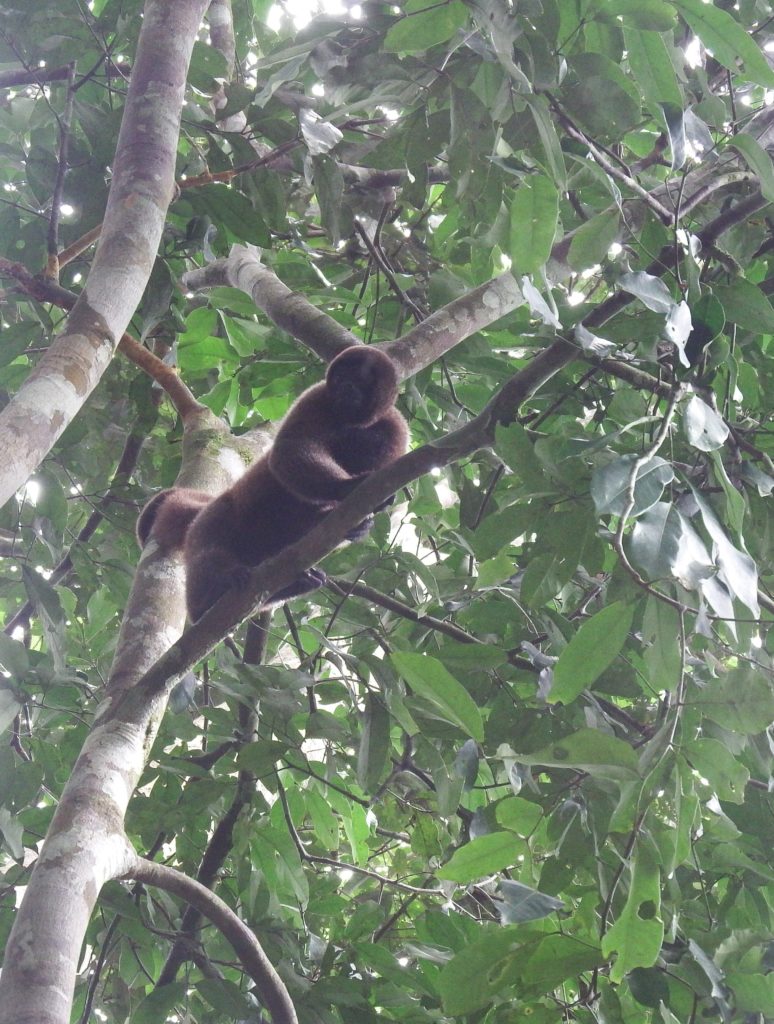
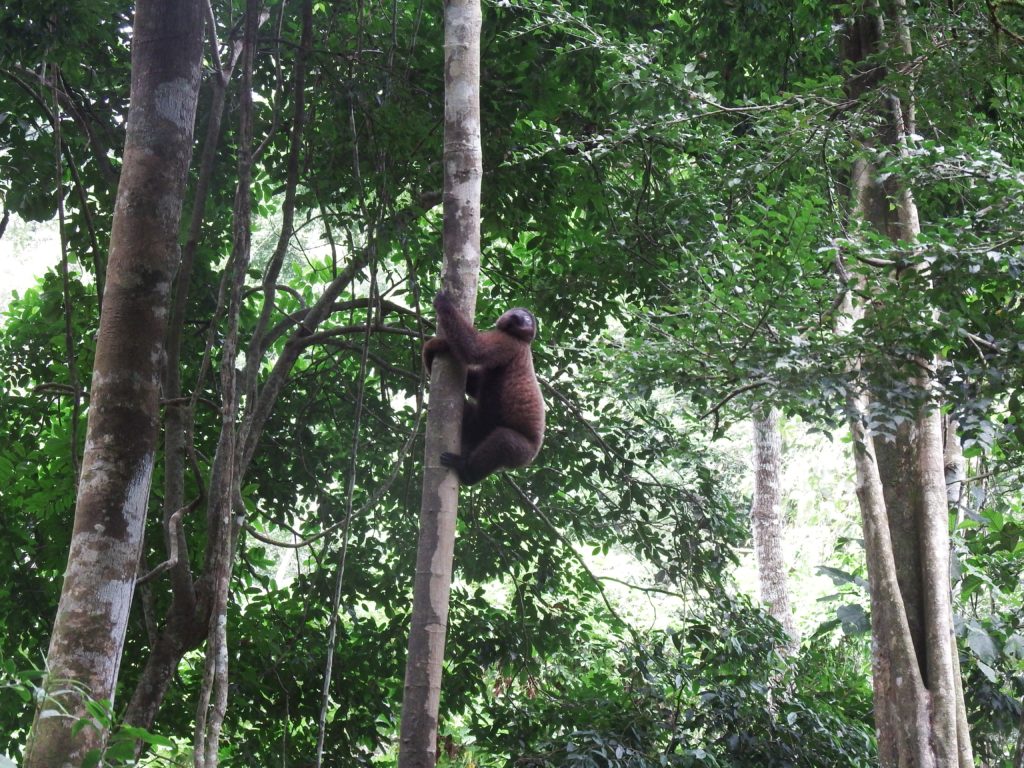
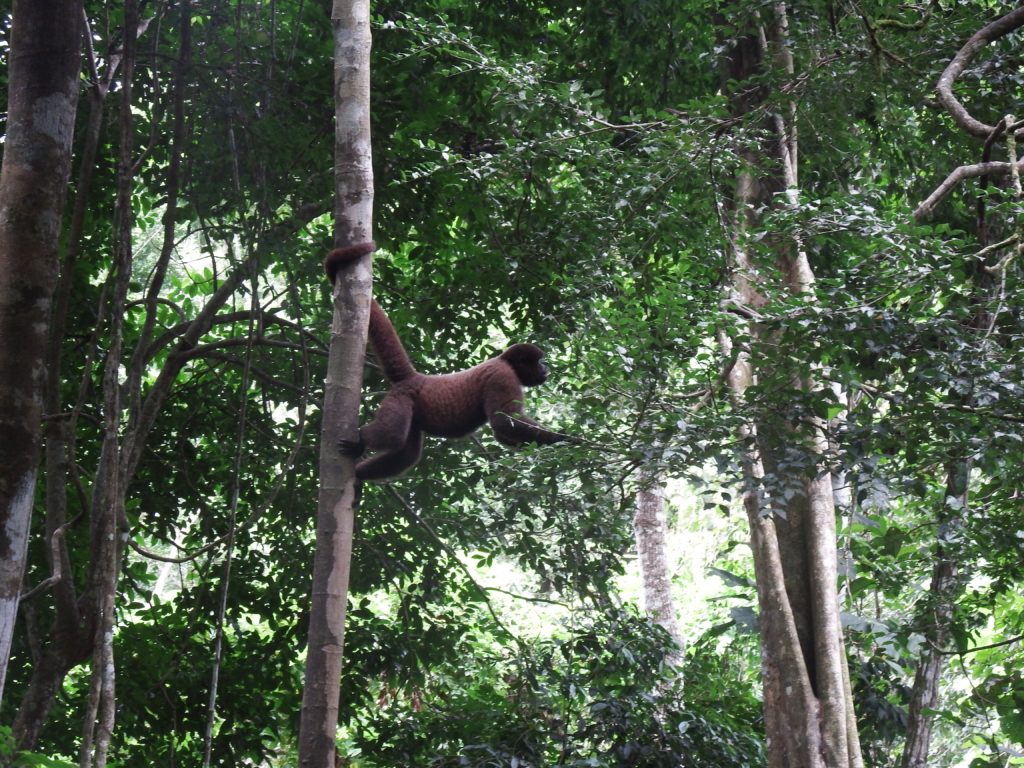
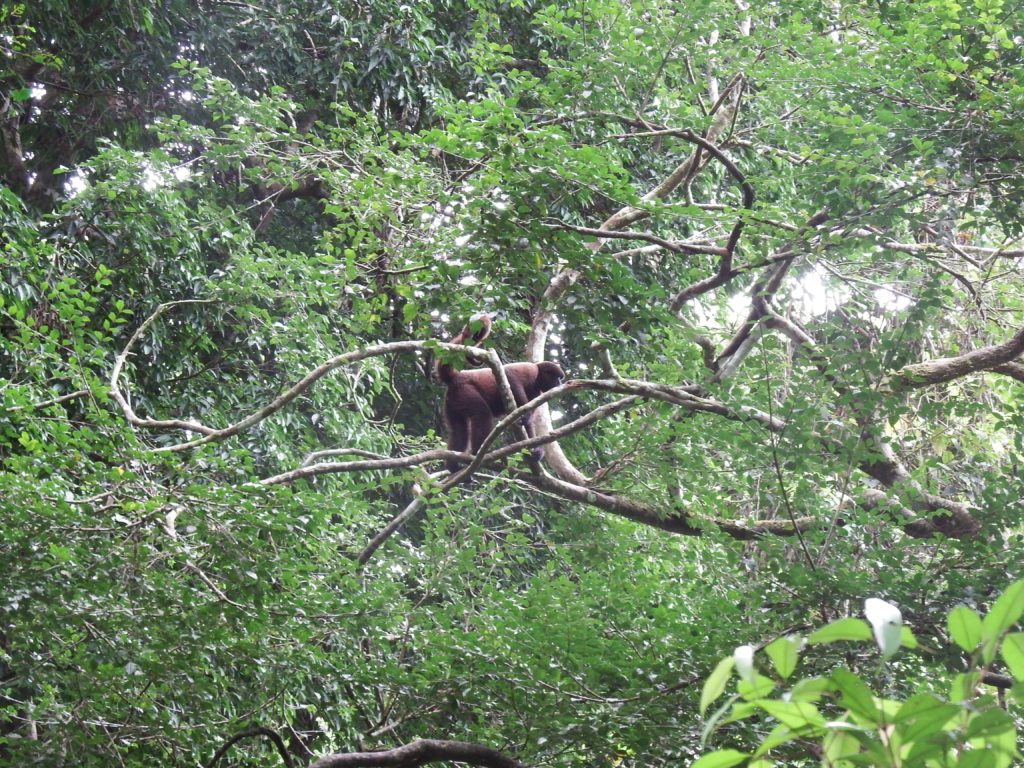
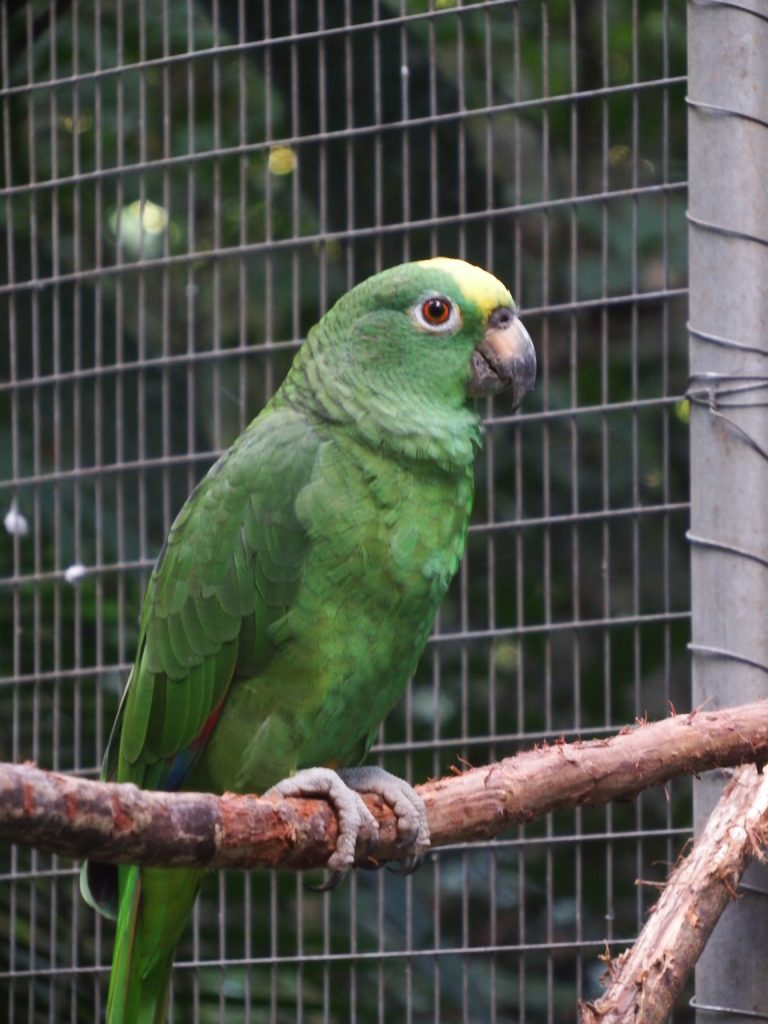
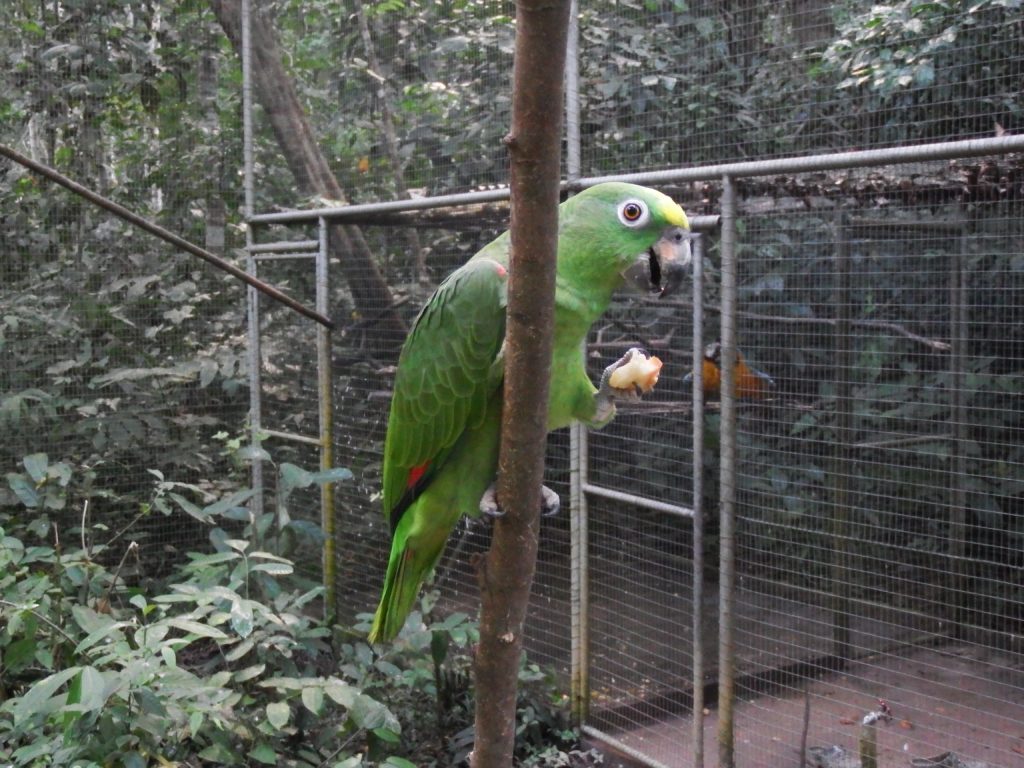
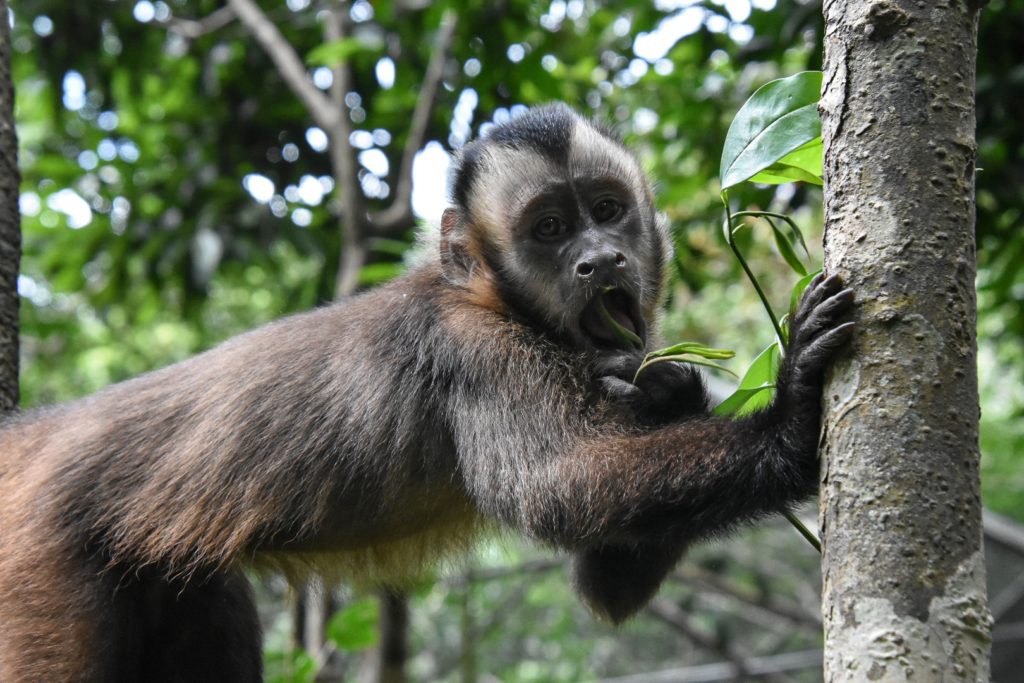
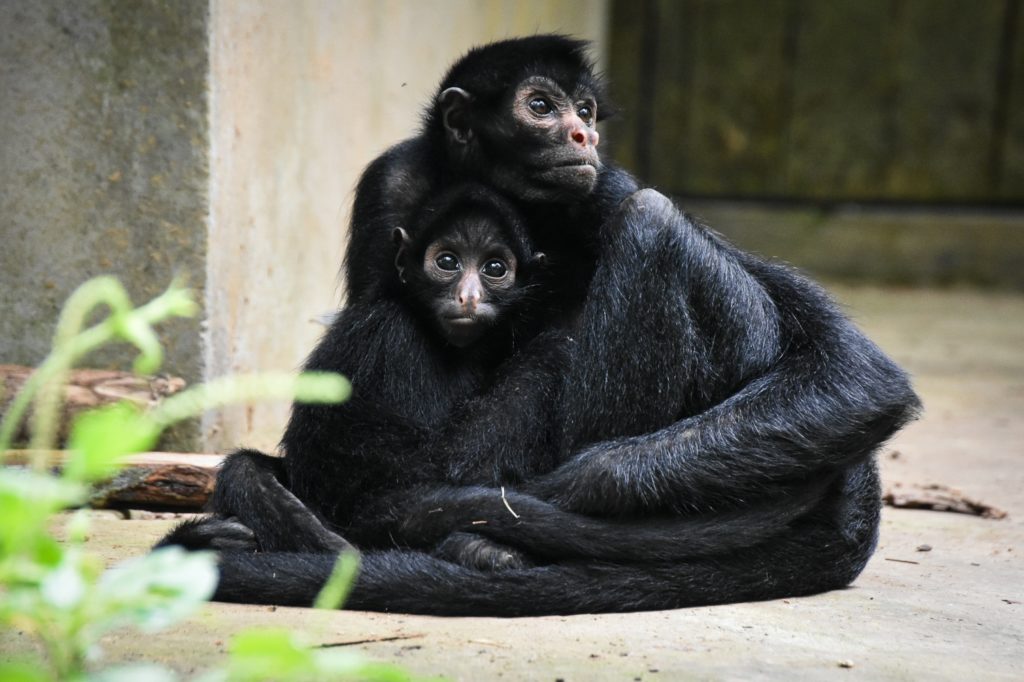
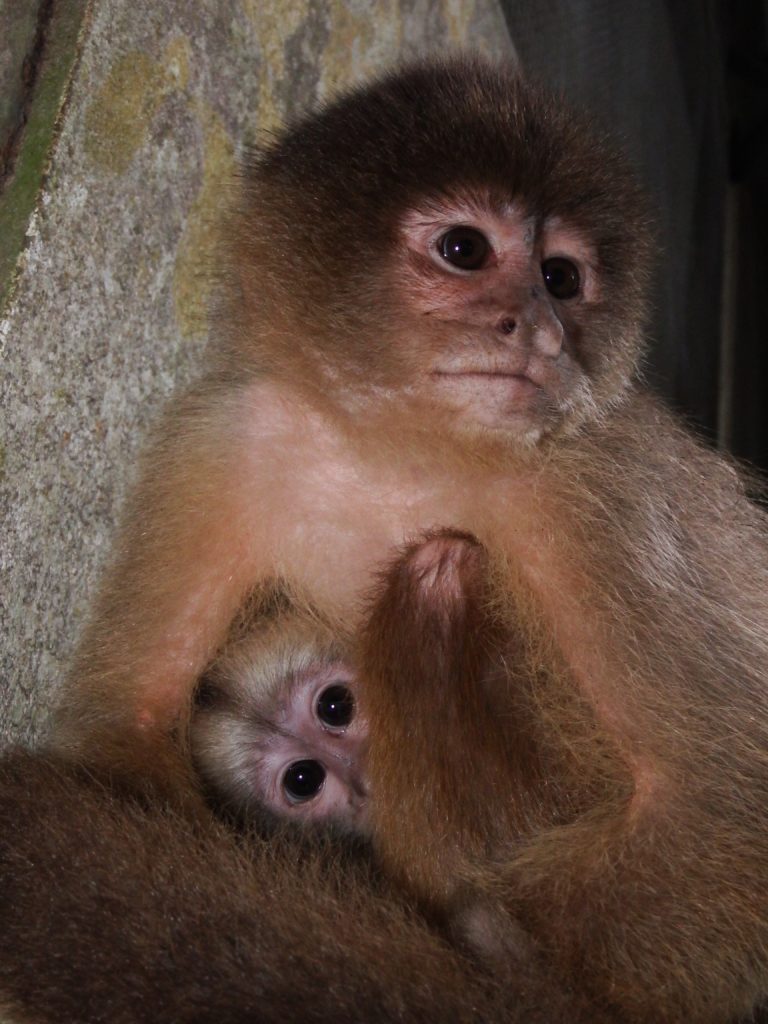
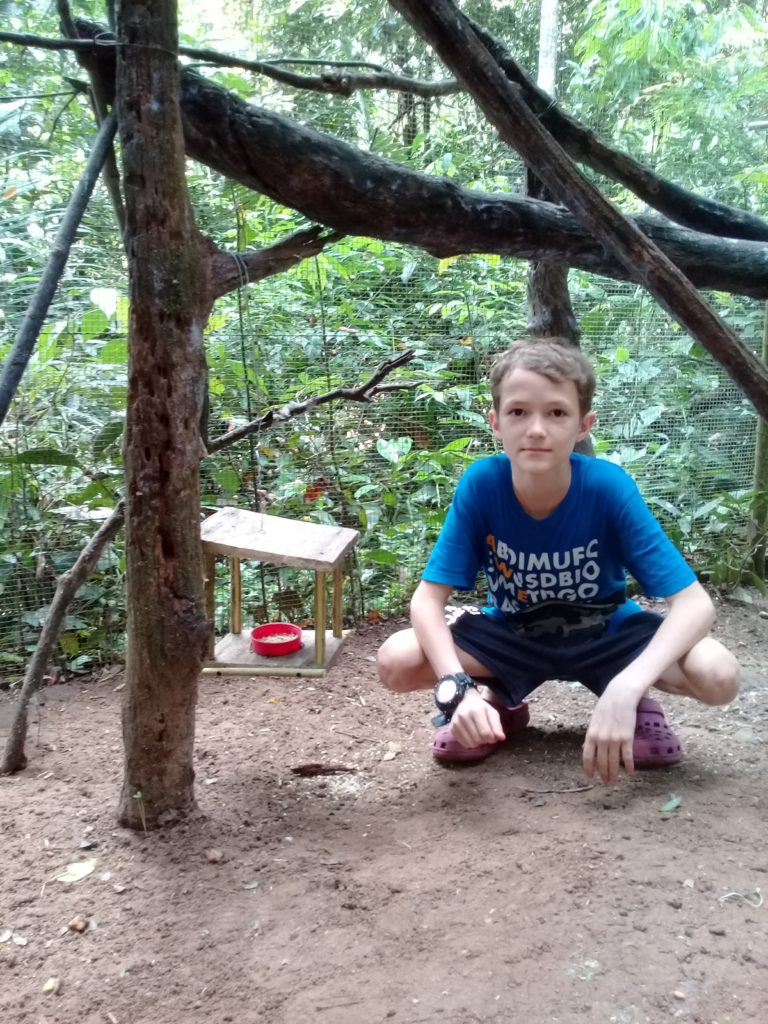
 Releases
Releases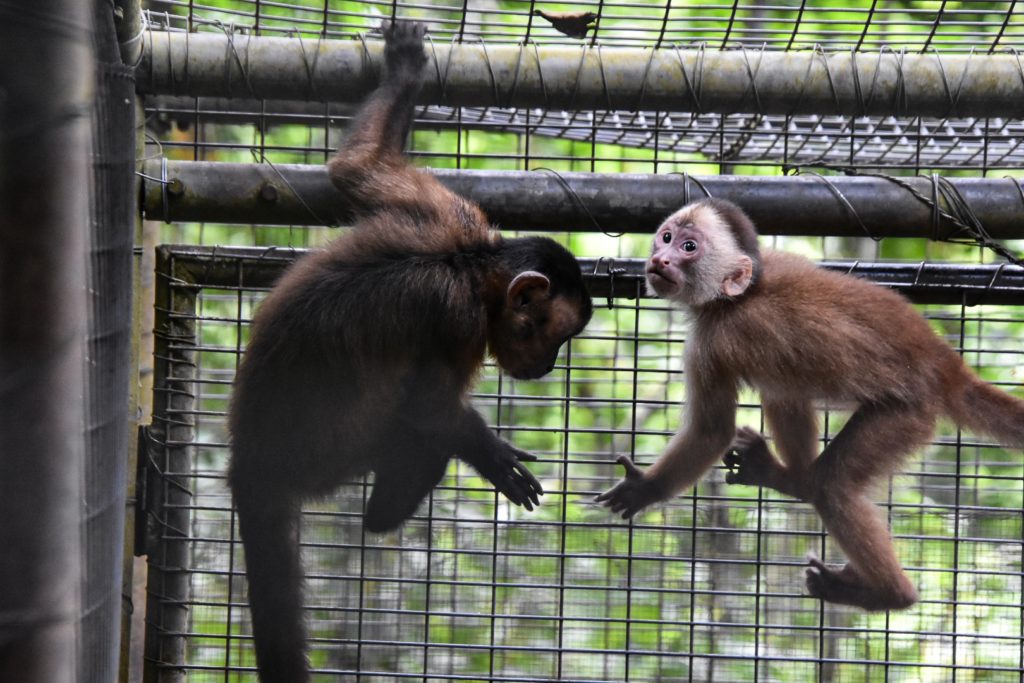
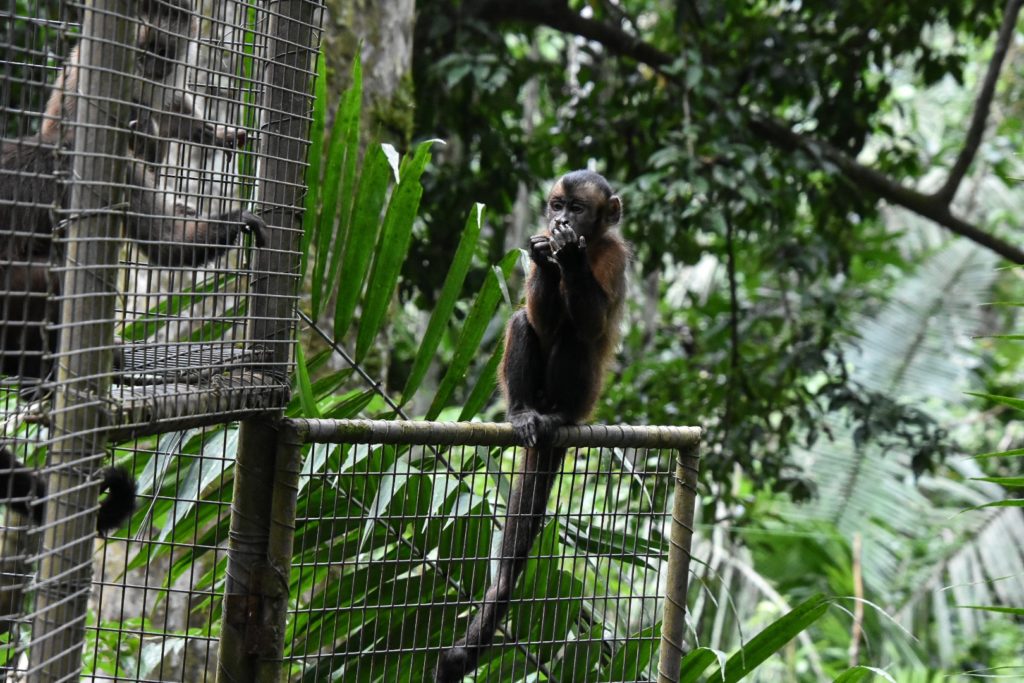
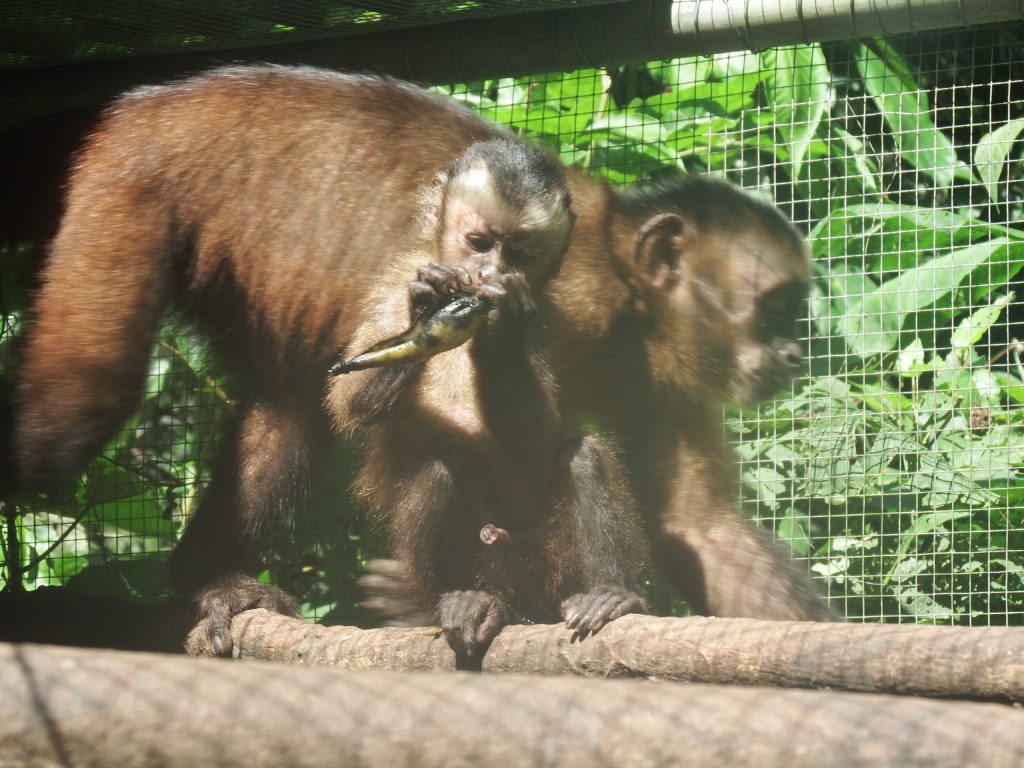
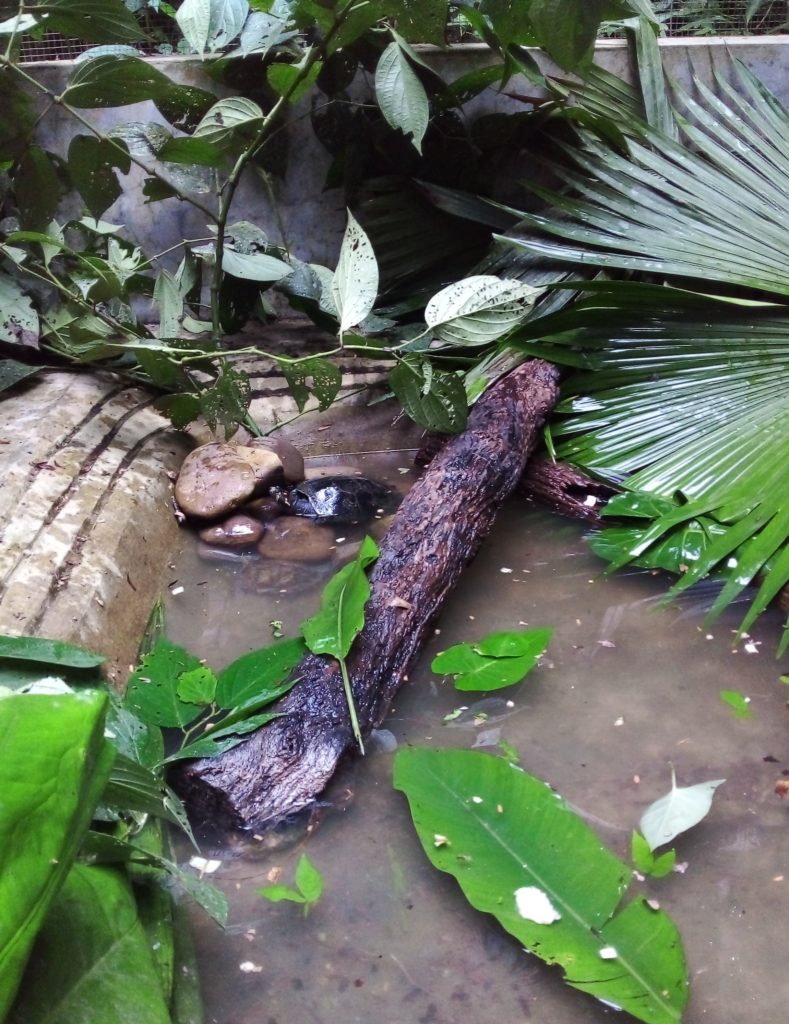
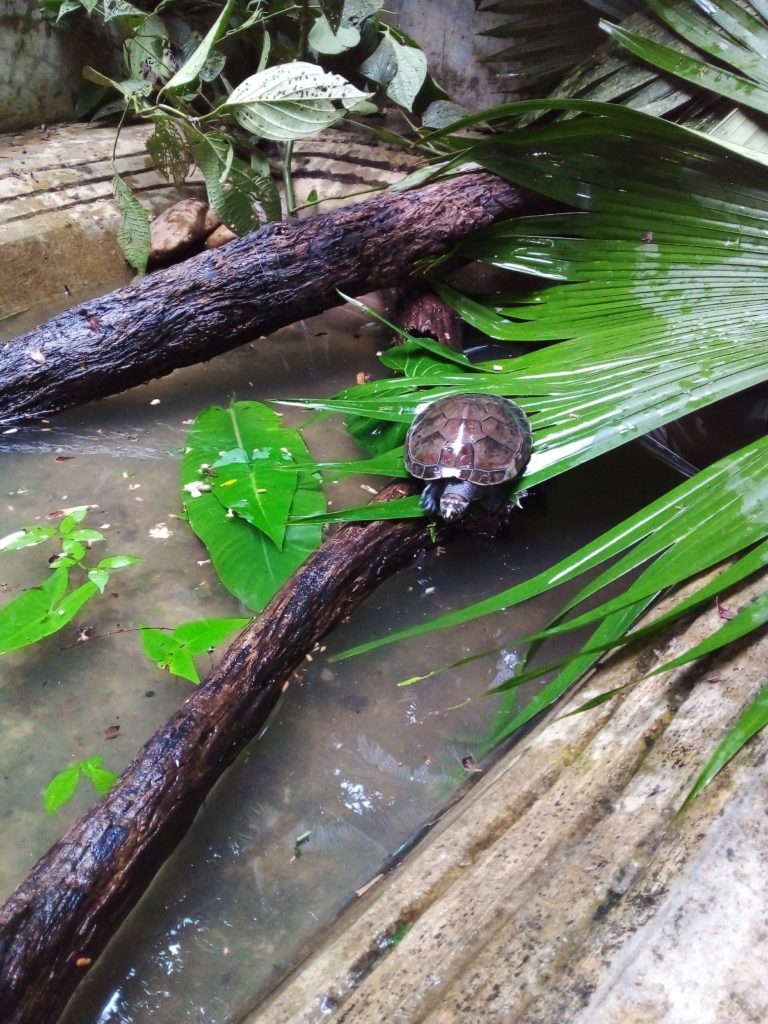
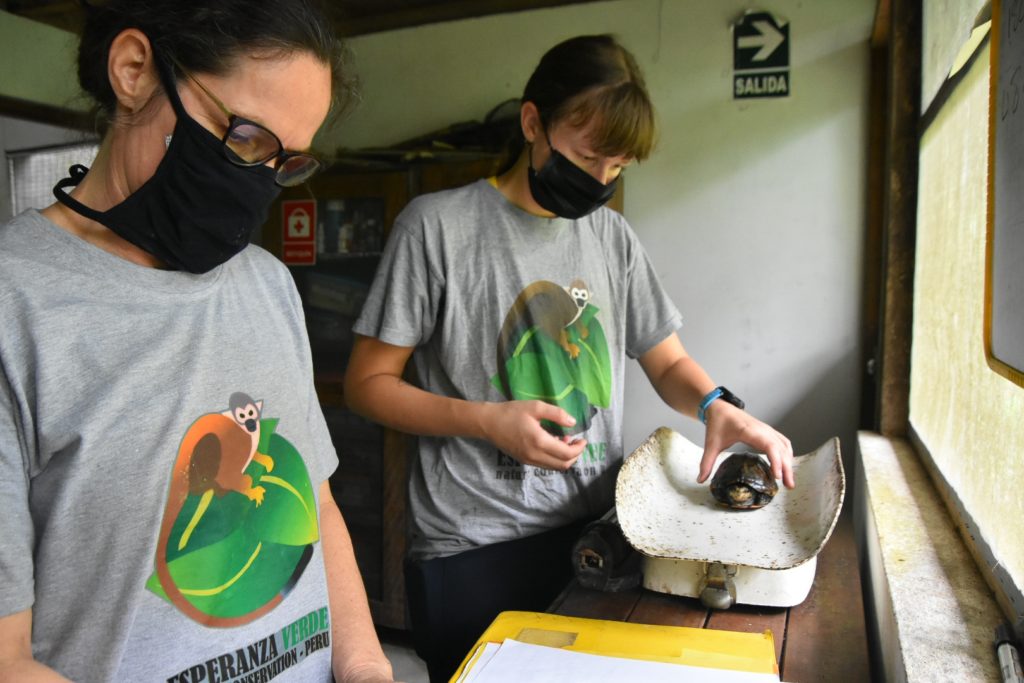
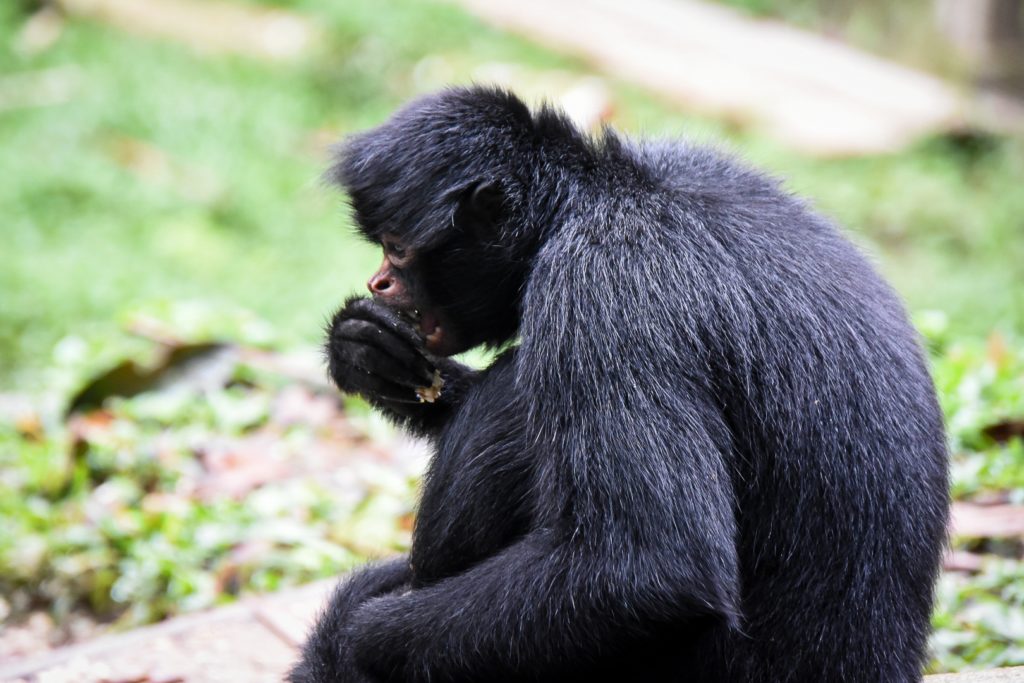
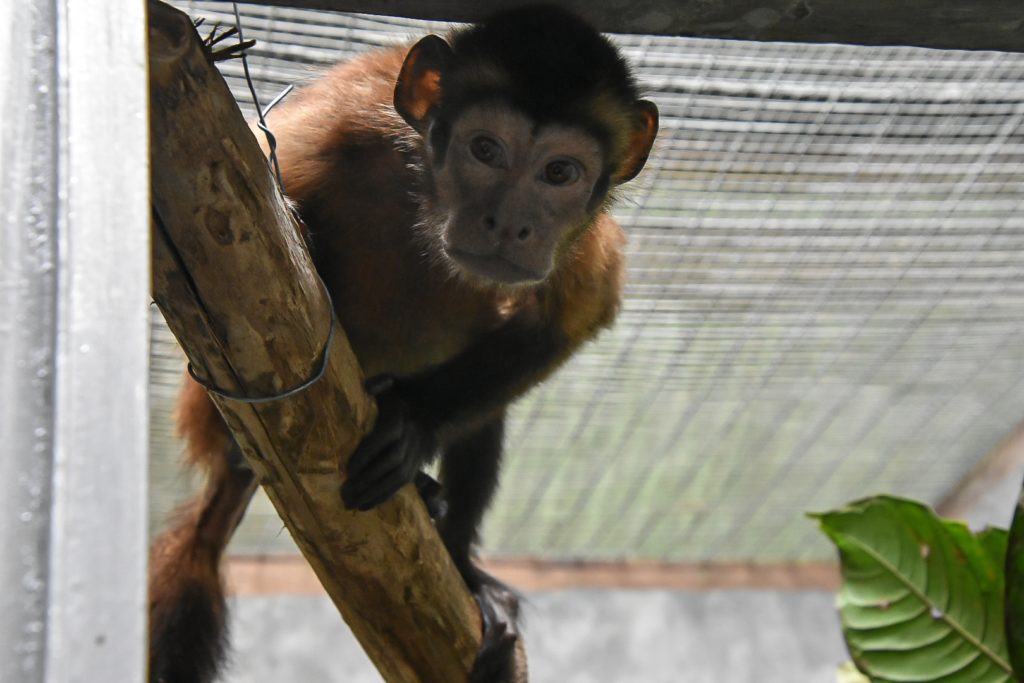
 New animals
New animals